Deliciously Low FODMAP
Inspire yourself with hundreds of delicious low FODMAP recipes, tips, and tools, and enjoy the abundance that is yours even when you have IBS.
Use the buttons and filters to find something specific or browse the complete collection for inspiration.
Discover a treasure trove of recipes with my FREE recipe club! Get new ideas delivered straight to your inbox every week.
Deliciously Low FODMAP is a trademark of IBS Game Changer, LLC
Filter to find Recipes and Tools
More Filtering Options
- All 704
- Appetizer 48
- BBQ 46
- Bowl 32
- Breakfast 58
- Cocktails 13
- Collection 1 58
- Collection 10 27
- Collection 11 30
- Collection 12 27
- Collection 13 31
- Collection 14 29
- Collection 15 31
- Collection 16 34
- Collection 17 31
- Collection 18 33
- Collection 19 36
- Collection 2 32
- Collection 20 33
- Collection 21 33
- Collection 22 27
- Collection 3 28
- Collection 4 29
- Collection 5 30
- Collection 6 32
- Collection 7 31
- Collection 8 31
- Collection 9 32
- Condiments 6
- Crock Pot 4
- Dessert 105
- Diabetes Game Changer Exception Protocol Contains Alcohol 11
- Diabetes Game Changer Exception Protocol Contains Flour 106
- Diabetes Game Changer Exception Protocol Contains Flour AND Sugar 76
- Diabetes Game Changer Exception Protocol Contains Sugar 46
- Diabetes Game Changer First Four Weeks 351
- Dinner 318
- Drink 7
- Free Guide 17
- Gluten-free 569
- Gut Microbiome 2
- Guthealth 3
- Holidays 63
- IBS Triggers 4
- Keto Friendly 112
- Lactose-Free 171
- Low FODMAP Diet 690
- Low Net Carb 126
- Low Net Starch 104
- Low Starch 107
Russian Potato Vegetable Soup (Low FODMAP)
15 Minutes prep • 30 Minutes cook • Low FODMAP • Vegetarian • Serves 4
15 Minutes prep • 30 Minutes cook • Low FODMAP • Vegetarian • Serves 4 • Ok to make ahead: Steps 1-3
It turns out by incorporating potatoes and dill as key flavor components, you'll experience a taste that's distinctly Russian. Departing from traditional seasonings, this soup offers a delightful twist. With its creamy texture and rich buttery notes, it's a hearty dish packed with wholesome winter vegetables. Whether you opt for vegetable broth for a fully vegetarian version or chicken broth for added depth, this soup promises deliciousness and satisfaction. Not only is it easy to prepare, but it's also healthy and low FODMAP, making it a perfect choice for any occasion.
Ingredients
3 tablespoons butter
1 cup leek greens, chopped
1 pound fresh oyster mushrooms, chopped
2 large carrots, chopped
6 cups low FODMAP Vegetable or chicken broth (I use Gourmend Organic Vegetable Broth or Gourmend low FODMAP Organic Chicken Broth - use code IBSGC15 for 15% discount)
2 teaspoons dried dill weed
1 teaspoon Kosher salt
1/2 teaspoon black pepper
1 bay leaf
1 pound small new potatoes, quartered (yellow or red or a combo)
1 pound broccoli florets, cut into bite-size pieces
1 cup lactose-free half-and-half or 1/2 cup Lactose-free whole milk and 1/2 cup heavy cream
Directions
(1) Cook the vegetables: Melt 3 tablespoons butter in a Dutch Oven or large soup pot over medium heat. Mix in leek greens, mushrooms, and carrots, and cook 5 minutes.
(2) Add the broth: Pour in the vegetable or chicken broth. Season with dill, salt, pepper, and bay leaf. Mix in potatoes, cover, and cook 10 minutes, then add the broccoli florets and continue cooking another 10 minutes or until potatoes are tender but firm. Remove and discard the bay leaf.
(3) Finish: Stir the half and half (or milk and cream) into the soup. Taste and add more salt or pepper if needed.
(4) Plate and serve: Serve in bowls with a grating of Parmesan cheese if you like. This soup has it all so no need to add anything on the side.
Eat and enjoy every bite because you can!
Recipe note: I use Diamond Crystal Kosher salt in all my recipes because it has a wonderful flat and crisp flake that tastes delicious. It is also the least salty salt available so you can use it more liberally as a seasoning than you can table salt or sea salt. If you use another type of salt, you may need to reduce the amount so it is not over-salted.
Have a question you’d like to have answered? Email me at hello@ibsgamechanger.com
Link note: This post may contain affiliate links for you to easily purchase items that are linked. I may earn a small commission from qualifying purchases but none of this costs you a thing so feel free to use the links! In addition, for some items, I have provided a special discount code for IBS Game Changers so be sure to use the code when you purchase an item to get the discount that has been arranged just for you.
More Deliciously Low FODMAP™ soup recipes
Pineapple Ginger Beef with Herby Cucumber Salsa (Low FODMAP)
10 Minutes prep • 20 Minutes cook • Low FODMAP • Gluten-free • Serves 4
10 Minutes prep • 20 Minutes cook • Low FODMAP • Gluten-free • Serves 4 • Ok to make ahead: Step 1
This is a great combination of sweet and savory with grass-fed ground beef, fresh pineapple, and plenty of herbs and seasonings. It’s quick to make so it’s great for a weeknight dinner. Serve it over brown or white rice or simply on its own. It’s delicious and leftovers heat up nicely on the stove so make enough for lunch tomorrow!
Ingredients: Beef
2 tablespoons garlic-infused olive oil
1 pound grass-fed (preferred) ground beef (or use ground chicken or pork)
1/2 teaspoon black pepper
1/2 teaspoon red pepper flakes
2 teaspoons Gourmend Garlic Scape Powder or Smoke N Sanity Essence of Garlic Salt (use code IBSGC 15 for 15% discount)
1/4 cup pickled ginger (or 1 tablespoon freshly grated ginger)
1/4 cup green onion greens, chopped (plus more for serving)
1 1/2 cups broccoli florets
1 1/2 cups fresh pineapple chunks - divided (or you can use unsweetened canned pineapple)
1/3 cup gluten-free soy sauce
1 tablespoon seasoned rice vinegar
1/4 cup Smoke N Sanity Sweet N Sassy Barbecue Sauce (use code IBSGC15 for 15% discount)
1/4 cup green onion greens, chopped
2 tablespoons sesame seeds (optional)
Ingredients: Herby Cucumber Salsa
4 Persian cucumbers, chopped
1 cup cilantro, chopped
1/2 cup fresh basil, chopped
2 tablespoons lime juice
1/3 cup chopped roasted peanuts
2 tablespoons toasted sesame seeds (optional for serving)
Directions
(1) Make the Herby Cucumber Salsa: In a bowl, toss 3/4 cup pineapple chunks with the cucumbers, cilantro, basil, lime juice, and peanuts.
(2) Cook the meat: In a large skillet over medium heat, add the garlic-infused olive oil once the pan is hot. Then, add the beef, black pepper, garlic scape powder or Essence of Garlic Salt, and chili flakes. Cook over medium heat, breaking up the meat as it cooks until browned, about 5 - 8 minutes. Add ginger and cook 2 more minutes.
(3) Add the vegetables: Mix in the broccoli and 3/4 cup chopped pineapple. Pour over the soy sauce, rice vinegar, Sweet N Sassy BBQ Sauce, and 1-2 tablespoons of juice from the pickled ginger jar. Cook until the sauce coats the beef, 3 - 5 minutes. Mix in the green onion greens and sesame seeds (if using). Remove from the heat.
(4) Plate and serve: Serve the beef and broccoli over bowls of rice. Top with plenty of herby cucumber salsa. Add the chopped green onions, and more red pepper flakes if you like.
Eat and enjoy every bite because you can!
Recipe note: I use Diamond Crystal Kosher salt in all my recipes because it has a wonderful flat and crisp flake that tastes delicious. It is also the least salty salt available so you can use it more liberally as a seasoning than you can table salt or sea salt. If you use another type of salt, you may need to reduce the amount so it is not over-salted.
Have a question you’d like to have answered? Email me at hello@ibsgamechanger.com
Link note: This post may contain affiliate links for you to easily purchase items that are linked. I may earn a small commission from qualifying purchases but none of this costs you a thing so feel free to use the links! In addition, for some items, I have provided a special discount code for IBS Game Changers so be sure to use the code when you purchase an item to get the discount that has been arranged just for you.
More Deliciously Low FODMAP™ main course recipes
Creamy Italian Chicken Soup with Cheesy Egg Noodles (Low FODMAP)
20 Minutes prep • 30 Minutes cook • Low FODMAP • Gluten-free • Serves 6
20 Minutes prep • 30 Minutes cook • Low FODMAP • Gluten-free • Serves 6 • Ok to make ahead: Steps 1-5
With flavors that remind you of a rich and creamy white lasagna, my father-in-law, who eats at my house every Sunday, declared this to be his new favorite soup. Creamy, flavorful, full of big chunks of white meat chicken all wrapped up in a delightful Italian-seasoned creamy mushroom base. It’s hearty and delicious and makes a perfect one-bowl meal. I made my own gluten-free egg noodles (recipe below), but you could use your favorite gluten-free pasta.
Ingredients
3 tablespoons garlic-infused olive oil or butter
2 tablespoons gluten-free all-purpose flour (helps to thicken the soup but optional for lower carb version)
2 teaspoons dried thyme
1 teaspoon dried basil
2 teaspoons dried oregano
1 cup chopped leek greens
2 cups oyster mushrooms, finely chopped
4 - 6 cups low-fodmap chicken broth (I use Whole Foods Organic 365 chicken broth or Gourmend low-FODMAP Organic Chicken Broth - use code IBSGC15 for 15% discount)
1 1/2 pounds boneless, skinless chicken breasts (cut into thirds if very large)
1/2 teaspoon Kosher salt
1/4 teaspoon black pepper
8 ounces gluten-free pasta (or make your own—recipe below)
4-6 cups baby spinach, thick stems removed and roughly chopped
1 cup heavy cream, lactose-free whole milk, or full-fat coconut milk
1/2 cup shredded extra sharp cheddar*
1/2 cup shredded gruyere
*Or use 1 cup of the Cheddar & Gruyere Melange Cheese from Trader Joe’s
1/2 cup freshly grated parmesan
2 ounces prosciutto, torn
Red pepper flakes (for serving)
Ingredients: Cheesy Egg Noodles
2 large eggs
4 ounces lactose-free cottage cheese or lactose-free cream cheese
1/4 cup Parmesan, grated
1 1/4 cups Mozerella, grated
1 teaspoon Italian Seasoning (or equal parts basil, oregano, and thyme)
Directions: Soup
(1) Prepare: Chop the leek greens. Wash and remove the thick stems and roughly chop the spinach. Grate the cheese. Cut the chicken breasts into pieces if they are very large. Make the Cheesy Egg Noodles (if using). Cook the gluten-free pasta per package instructions (if using).
(2) Cook the vegetables: Set a Dutch Oven or heavy soup pot over medium-high heat. When the pan has heated, add the garlic-infused olive oil. When the oil is hot, add the flour and cook for about 1 minute. Next, add the then add the thyme, basil, and oregano, and let the flavor of the herbs bloom in the fat for about 30 seconds. Finally, add the leek greens and mushrooms, stirring to combine. Cook for about 2 minutes until the vegetables are softened.
(3) Cook the chicken: Stir in the chicken broth. Add the chicken pieces and season with 1/2 teaspoon salt, and 1/4 teaspoon pepper. Reduce heat to medium, cover, and cook for about 20 minutes, until the chicken is cooked. Remove the chicken to a cutting board and use two forks to shred the chicken. Then return it to the pan.
(4) Finish: Reheat the soup just to a gentle boil over medium-high heat. Stir in the cream and the spinach. Stir in the cooked noodles, spinach, and cream and cook just until the noodles are heated through. Stir in the cheeses until melted.
(5) Crisp the Prosciutto: Preheat the oven to 350 degrees F. Line a baking sheet with parchment paper. Arrange the prosciutto in a single layer. Bake for 10-15 minutes or until the prosciutto is crisp.
(6) Plate and serve: Serve the soup topped with prosciutto and a few grinds of red pepper flakes.
Directions: Cheesy Egg Noodles
(1) Prepare: If using cream cheese, bring it to room temperature so it will blend with the other ingredients. If use cottage cheese, put it in your food processor and blend until smooth. Line a 9”x13” pan with parchment. Drizzle about 1 teaspoon of olive in the pan and use a pastry brush to spread it across the parchment paper (or use cooking spray).
(2) Blend: In the bowl of your food processor, add the cream cheese or cottage cheese and eggs together. Blend for about 30 seconds then scrape down the sides of the bowl and blend for another 10 - 15 seconds. Add all the rest of the ingredients and blend for another 10 - 15 seconds. Pour the mixture into the prepared pan. Spread out into one even layer.
(3) Bake: Bake at 375 degrees F for about 18 - 20 minutes. Remove from the oven and cool in the refrigerator for about 20 minutes. cut into whatever shape you want your “noodles.”
Eat and enjoy every bite because you can!
Recipe note: I use Diamond Crystal Kosher salt in all my recipes because it has a wonderful flat and crisp flake that tastes delicious. It is also the least salty salt available so you can use it more liberally as a seasoning than you can table salt or sea salt. If you use another type of salt, you may need to reduce the amount so it is not over-salted.
Have a question you’d like to have answered? Email me at hello@ibsgamechanger.com
Link note: This post may contain affiliate links for you to easily purchase items that are linked. I may earn a small commission from qualifying purchases but none of this costs you a thing so feel free to use the links! In addition, for some items, I have provided a special discount code for IBS Game Changers so be sure to use the code when you purchase an item to get the discount that has been arranged just for you.
More Deliciously Low FODMAP™ soup recipes
Taco Salad with a Healthy Twist (Low FODMAP)
10 Minutes prep • 15 Minutes cook • Low FODMAP • Gluten-free • Serves 4 - 6
10 Minutes prep • 15 Minutes cook • Low FODMAP • Gluten-free • Serves 4 - 6 • Ok to make ahead: Step 1
Get ready to embark on a plant-packed Taco Salad! This vibrant and wholesome recipe is a fiesta of flavors and textures, combining crisp greens, colorful veggies, and savory plant-forward ingredients. I leave the traditional tortilla chips out of this salad to keep it fresh and light (and low carb!) It's simple to make and it’s an all-in-one deliciously satisfying meal.
Ingredients: Taco Meat
2 tablespoons garlic-infused olive oil
1 leek, green part only, chopped
1 bunch green onions, green part only, chopped (plus more for serving)
1 pound oyster mushrooms, chopped (optional)
1 pound grass-fed, organic ground beef
1/2 pound organic, ground pork (or you can substitute ground turkey or ground chicken)
3/4 teaspoon Kosher salt
1/2 teaspoon black pepper
2 tablespoons (or more to taste) Smoke n Sanity Taco Seasoning (use code IBSGC15 for 15% discount)
Ingredients: Salad
4 cups lettuce, washed, spun dry, and torn into bite-size pieces
1 tomato, chopped
1/2 avocado, chopped
1/2 cup grated extra sharp cheddar cheese, for serving
Low FODMAP hot sauce, for serving
Ingredients: Dressing
2 tablespoons fresh lime juice
4 tablespoons cilantro, chopped
1/2 teaspoon Kosher salt
1/4 teaspoon black pepper
2 teaspoons seasoned rice vinegar
1 tablespoon maple syrup (optional)
1/2 cup extra virgin olive oil (or avocado oil)
Directions
(1) Prepare: Wash and chop or tear the lettuce. Chop the leek and green onion greens, and mushrooms (if using). Grate the cheese. Make the salad dressing by combining all dressing ingredients in a jar and shaking to combine.
(2) Cook the meat: In a large frying pan over medium-high heat, add the garlic-infused olive oil once the pan is heated through. Add the leek and green onion greens and chopped mushrooms, if using. Finally add the meat, breaking it up and stirring so it all gets evenly browned. Add the salt, pepper, and taco seasoning and continue to stir and cook until the meat is well mixed and cooked through.
(3) Prepare the salad: Add the salad greens, tomato, avocado, and grated cheese to a large bowl. Toss then drizzle with the dressing and toss again.
(4) Plate and serve: On each plate create a bed of salad. Then add the cooked meat and top with the grated cheese. Serve with some low FODMAP hot sauce on the side.
Eat and enjoy every bite because you can!
Recipe note: I use Diamond Crystal Kosher salt in all my recipes because it has a wonderful flat and crisp flake that tastes delicious. It is also the least salty salt available so you can use it more liberally as a seasoning than you can table salt or sea salt. If you use another type of salt, you may need to reduce the amount so it is not over-salted.
Have a question you’d like to have answered? Email me at hello@ibsgamechanger.com
Link note: This post may contain affiliate links for you to easily purchase items that are linked. I may earn a small commission from qualifying purchases but none of this costs you a thing so feel free to use the links! In addition, for some items, I have provided a special discount code for IBS Game Changers so be sure to use the code when you purchase an item to get the discount that has been arranged just for you.
More Deliciously Low FODMAP™ main course recipes
Anxiety and IBS: 8 Things You Can Do to Get Them Both Under Control
In this blog post, I’m addressing the intricate relationship between anxiety and Irritable Bowel Syndrome, exploring how they impact each other, and giving you some specific things you can do to get them both under control.
Anxiety, the pervasive feeling of worry and unease, is a common human experience. When it becomes chronic, however, it can manifest as a mental condition with far-reaching effects. In this blog post, I’m addressing the intricate relationship between anxiety and Irritable Bowel Syndrome, exploring how they impact each other, and giving you some specific things you can do to get them both under control.
Understanding Anxiety
At its core, anxiety is the response to a perceived threat, often related to an uncertain future event. Chronic anxiety, a mental condition characterized by excessive apprehension, is marked by real or perceived threats, leading to avoidance behaviors and physical symptoms such as increased heart rate and muscle tension. Anxiety disorders, including generalized anxiety disorder, panic disorder, PTSD, and social anxiety disorder, affect a significant portion of the adult population in the United States and around the world.
The Link Between IBS and Anxiety
Research indicates a clear link between IBS and anxiety. Approximately 44% of individuals with IBS also experience an anxiety disorder, compared to only 8% of those without IBS. Recent studies suggest shared genetic pathways between IBS and certain mental health conditions, emphasizing the close connection between the gut and the brain.
The Gut-Brain Connection
The gut-brain connection, a bidirectional communication system between the gut and the brain, plays a crucial role in regulating digestive functions, mood, and stress responses. Altered communication in people with IBS may lead to abnormal sensory processing, unpredictable gut functions, and visceral (organ) hypersensitivity, causing you to feel pain and other symptoms.
Breaking the Anxiety-IBS Cycle
The anxiety-IBS connection often creates a challenging cycle that people find difficult to break, leading to feelings of frustration and hopelessness. Treatment for IBS should include dietary and lifestyle changes, in addition to psychological interventions to address both physical and psychological aspects, and only in a few cases, medication.
Targeting the Gut-Brain Connection
Addressing both anxiety and IBS involves a holistic approach. Mindfulness, mind-body exercises, meditation, gut-directed hypnotherapy, and gut-directed Cognitive Behavioral Therapy (CBT) can target the gut-brain connection. On the mental health side, working with specialized professionals like therapists or psychologists helps address anxiety, while collaborating with a nutritional health coach can help you develop strategies for a healthier gut.
8 Things You Can Do Right Away to Help
Tackling the overlap between anxiety and IBS requires effort and multiple different strategies. While the journey may take time, gaining control over both aspects is possible, allowing you to live more fully. If you're navigating IBS and anxiety together, know that support and effective interventions are available, giving you a path toward a more balanced and fulfilling life.
Here are some things you can do right away that may help both anxiety and IBS:
Meditation/guided visualization for relaxation and stress/anxiety reduction, consider using the Nerva App from Mindset Health which is gut-directed hypnotherapy that has been studied and shown to be extremely effective.
If you drink caffeinated beverages, ween yourself off ASAP. Caffeine is a stimulant that in and of itself can cause anxiety. It’s also a gut-specific stimulant and those of us with IBS don’t need gut stimulation for the most part. I suggest switching to pure ginger tea which has excellent anti-inflammatory and antioxidant properties.
If you drink any sort of carbonated beverage (especially sugary or caffeinated sodas), ween yourself off ASAP. Carbonated beverages can cause GI irritation, gas, and bloating, and potentially exacerbate IBS symptoms. Switch to plain water (hot or cold).
If you drink alcohol, ween yourself off ASAP. Alcohol itself can cause anxiety (especially as a rebound after over-drinking) and it can irritate the GI tract, and change your gut motility (leading to diarrhea or constipation), it’s a diuretic that leads to dehydration (particularly bad if you suffer from constipation), it’s actually poison and your digestive system doesn’t need anything getting in the way of doing its good work.
Get some exercise even if it’s just around the house! If at all possible get outside in some sort of nature (even seeing just one tree!). If you can’t get out, then put some plants in your house so you can look at them while you walk around the house. This has been shown to reduce stress and anxiety almost as well as a walk in nature. If that’s impossible, even pictures of nature can be helpful! Just put them where you can look at them and do some visualization of being there in nature.
Journal – keep track of everything that goes into your body (food, drink, supplements, pills, all of it.). And document your symptoms every day too. This will help you start to see patterns that trigger flare-ups which in turn may trigger anxiety. You can use a blank journal or something like this Gut Health Journal. (If you sign up for coaching with me, I will send you my own journal—but really anything will work!)
A Low FODMAP diet can be key to reducing flare-ups and the associated anxiety that comes with those flare-ups. The diet is used to calm your system down and then, through a series of tests you conduct yourself, to determine your personal FODMAP sensitivity profile so you can reintroduce as many of the foods that once triggered you as possible. Want more information about the Low FODMAP diet? Check out my Low FODMAP FAQ.
Get connected with a health coach for guidance and support. This can help you get to resolution much faster than trying to do it all alone. If you’d like to have coaching time with me, feel free to schedule an appointment right here. We can do a 15-minute free intro and/or the full 8-week program so you can really make progress in getting your gut, your mind, and your life back on track.
Have a question you’d like to have answered? Email me at hello@ibsgamechanger.com
Selected sources:
Link note: This post may contain affiliate links for you to easily purchase items that are linked. I may earn a small commission from qualifying purchases but none of this costs you a thing so feel free to use the links! In addition, for some items, I have provided a special discount code for IBS Game Changers so be sure to use the code when you purchase an item to get the discount that has been arranged just for you.
More Deliciously Low FODMAP™ Tips and Tools
Butter Chicken Meatballs and Veggies (Low FODMAP)
15 Minutes prep • 15 Minutes cook • Low FODMAP • Gluten-free • Keto Friendly • Serves 4
15 Minutes prep • 15 Minutes cook • Low FODMAP • Gluten-free • Keto Friendly • Serves 4 • Ok to make ahead: Steps 1-4
The sauce is the main event here. So easy to make and so delicious you could put it on anything! The Indian seasoning is not only incredibly flavorful, but it’s also a great boost for your gut biome. Quick and easy to make, this is a perfect weeknight meal. And, if you’re watching your carbs, you can make it very low-carb by using pork panko and serving over spaghetti squash, zoodles, or other low-carb base instead of rice. Pour that sauce over the top and it will bring it all together perfectly.
Ingredients
1 pound ground turkey, pork, or chicken
1 large egg
1/2 cup gluten-free panko crumbs (or pork panko for lower carb version)
2 heaping tablespoons fresh ginger, grated and divided
4 teaspoons gluten-free soy sauce, divided
1/2 teaspoon each, Kosher salt and black pepper
2 tablespoons garlic-infused olive oil
3/4 cup chopped leek greens
3/4 cup chopped green onion greens
1 tablespoon garam masala OR 2 teaspoons cumin and 1/4 teaspoon allspice
2 teaspoons curry powder
1/2 teaspoon turmeric
1/4-1/2 teaspoon cayenne pepper (more or less to taste)
4 ounces tomato paste
1 can (14 ounces) full-fat coconut milk (I like Thai Kitchen)
1/2 cup lactose-free plain yogurt
1 medium zucchini, chopped
1 medium summer squash, chopped
1 bunch baby bok choi (or baby spinach) chopped
3 tablespoons salted butter
1/2 cup cilantro, chopped (plus more for serving)
Steamed rice, spaghetti squash, or zoodles for serving
Red pepper flakes (optional) for serving
Directions
(1) Prepare: Preheat the oven to 450 degrees F. Line a baking sheet with parchment. Chop the leek greens and green onion greens. Grate the ginger. Chop the veggies. Measure the spices into a small bowl and stir to blend.
(2) Make the meatballs: Add the ground meat, egg, panko crumbs, 1 tablespoon of grated ginger, 2 teaspoons of soy sauce, and 1/2 teaspoon each of salt and pepper to a bowl and blend together with your hands (messy but works well). Coat your hands with a bit of olive oil, and roll the meat into tablespoon-sized (or smaller) balls (1 pound of meat will make about 15-20 meatballs), placing them on the prepared baking sheet.
(3) Bake the meatballs: Transfer the pan to the oven and bake for 15 minutes or until the meatballs are browned on the bottom and cooked through (feel free to turn them while cooking if you want them more evenly browned).
(3) Make the sauce: Heat the garlic-infused olive oil in a large skillet over medium heat. Add the leek and green onion greens and cook 3 - 5 minutes or until the leeks are soft but not browned. Add the remaining 1 tablespoon of grated ginger and cook another 3 minutes. Sprinkle on your spice blend (the garam masala (or cumin and allspice), curry powder, turmeric, and cayenne) and cook for about 1 minute.
(4) Finish: Add the tomato paste, coconut milk, 1/2 cup water, and the remaining 2 teaspoons of soy sauce. Stir to combine, bring the sauce to a boil, and cook for 5 minutes, scraping down the sides of the pan periodically, until the sauce thickens slightly. Stir in the yogurt and butter. Add the chopped zucchini, summer squash, and bok choi or spinach. Stir to combine, then add the meatballs. Spoon the sauce over the meatballs and cook, stirring occasionally, until the sauce thickens slightly, about 5 minutes. Remove from the heat and stir in the cilantro (if using).
(5) Plate and serve: Serve the meatballs and sauce over bowls of steamed rice, my Fancy Oven Rice, spaghetti squash, or zoodles. Sprinkle each bowl with cilantro and red pepper flakes.
Eat and enjoy every bite because you can!
Recipe note: I use Diamond Crystal Kosher salt in all my recipes because it has a wonderful flat and crisp flake that tastes delicious. It is also the least salty salt available so you can use it more liberally as a seasoning than you can table salt or sea salt. If you use another type of salt, you may need to reduce the amount so it is not over-salted.
Have a question you’d like to have answered? Email me at hello@ibsgamechanger.com
Link note: This post may contain affiliate links for you to easily purchase items that are linked. I may earn a small commission from qualifying purchases but none of this costs you a thing so feel free to use the links! In addition, for some items, I have provided a special discount code for IBS Game Changers so be sure to use the code when you purchase an item to get the discount that has been arranged just for you.
More Deliciously Low FODMAP™ main course recipes
Buttery Chicken Drumettes (Low FODMAP)
10 Minutes prep • 35 Minutes cook • Low FODMAP • Gluten-free • Keto-friendly • Serves 8
10 Minutes prep • 35 Minutes cook • Low FODMAP • Gluten-free • Keto-friendly • Serves 8 • Ok to make ahead: Step 1
An absolute crowd-pleaser for any gathering, these succulent chicken drumettes boast an irresistibly buttery and crispy exterior achieved effortlessly in the oven. The entire process, from start to finish, takes less than 45 minutes, making them the ultimate party appetizer or tailgate contribution. Enjoy them on their own or dipped in my Maple BBQ Sauce or my Really Good Ranch Dressing.
Ingredients
32 chicken drumettes
5 tablespoons garlic-infused olive oil, divided
1 teaspoon Kosher salt
3/4 teaspoon black pepper
1 1/2 teaspoons Gourmend garlic scape powder, divided
4 teaspoons mixed dried herbs; such as basil, thyme, marjoram, oregano, and parsley
2 tablespoons salted butter, melted
Directions
(1) Prepare: Pat the chicken dummettes dry with paper towels and place them in a large mixing bowl. Combine 3 tablespoons garlic-infused olive oil, garlic scape powder, dried herbs, salt, and pepper. Toss until the drumettes are evenly coated with the seasoning. Cover and let sit in the refrigerator until you’re ready to cook them.
(2) Bake: When ready to cook, preheat oven to 450 degrees F. Line two rimmed baking sheets with foil and put them in the oven while it preheats so they get hot. Carefully remove the hot pans from the oven, brush the foil in each pan with a tablespoon of the remaining olive oil, and evenly distribute the dummettes across both baking sheets. Put them back in the oven and cook, turning the drumettes occasionally, until golden brown and crispy, about 30 minutes.
(3) Finish: Remove the drumettes from the oven and drizzle the melted butter over them. Toss to coat and return to the oven for 5 minutes more.
(4) Plate and serve: Transfer the drumettes to a serving platter, sprinkle with salt, and serve with my Maple BBQ Sauce or my Really Good Ranch Dressing.
Eat and enjoy every bite because you can!
Recipe note: I use Diamond Crystal Kosher salt in all my recipes because it has a wonderful flat and crisp flake that tastes delicious. It is also the least salty salt available so you can use it more liberally as a seasoning than you can table salt or sea salt. If you use another type of salt, you may need to reduce the amount so it is not over-salted.
Have a question you’d like to have answered? Email me at hello@ibsgamechanger.com
Link note: This post may contain affiliate links for you to easily purchase items that are linked. I may earn a small commission from qualifying purchases but none of this costs you a thing so feel free to use the links! In addition, for some items, I have provided a special discount code for IBS Game Changers so be sure to use the code when you purchase an item to get the discount that has been arranged just for you.
More Deliciously Low FODMAP™ appetizer recipes
What You Need to Know About Cheese and the Low FODMAP Diet
Not all cheeses are created equal in terms of their compatibility with the low FODMAP diet. This article will help you make informed choices that align with both your preferences and your gut health.
Cheese comes in all shapes, sizes, flavors, and ages. Good cheese can be an amazing flavor enhancer in all kinds of recipes from savory to sweet. It’s also delicious on its own. But cheese has lactose and I’m on a low FODMAP diet. Doesn’t that mean it’s off-limits for me??
No, it does not! Read on to learn why and to understand how to identify the best cheeses for you to enjoy.
According to Monash University, a dairy product qualifies as low FODMAP if its lactose content is 1 gram or less per serving. This can be determined by assessing the Total Carbs, which includes both Carbohydrates and Sugars, as indicated on the cheese label. This is great to know because it means, whether a cheese has undergone lab testing or not, you can gauge its FODMAP content by examining the nutrition label.
If the Total Carbs on the nutrition label amount to 1 gram or less per serving, you can reasonably conclude that the dairy product is low FODMAP per serving. This aligns with Monash University's guideline of a low FODMAP serving containing 1 gram or less of lactose.
Individuals with IBS are often advised to adopt a "lactose-free" approach, leading to the exclusion of milk and cheese from their diets. However, it's important to note that a low FODMAP diet is not synonymous with being entirely lactose-free. (While some people with IBS may also be sensitive to dairy itself, this is a different issue.)
Nevertheless, not all cheeses are created equal in terms of their compatibility with the low FODMAP diet. This article aims to serve as a helpful guide, navigating you through the intricacies so you can make informed choices that align with both your preferences and your gut health.
Can You Eat Cheese on a Low FODMAP Diet?
Navigating the FODMAP content of cheese can be a bit intricate, but fear not – by the end of this article, you'll have a clear understanding of what you need to consider when selecting your cheese, whether it's undergone lab testing or not.
Numerous cheeses have been tested for their FODMAP content, and you can easily access this information through the Monash App on your phone. To make things even more straightforward, here's a list of cheeses that have been tested and confirmed to be low FODMAP in a serving size of 1.4 ounces (40 grams):
Brie
Cheddar
Feta
Goat cheese (such as Montrachet)
Havarti
Monterey Jack
Mozzarella
Swiss
What About Cheese That Hasn’t Been Tested?
Now, let's address the cheeses that haven't undergone lab testing, which includes some of my favorites, such as blue cheese, Gruyere, Jarlsberg, Parmesan, Fontina, and Provolone just to name a few. You are probably wondering if these cheeses are on the Low FODMAP menu.
The answer is: YES!
You absolutely can include these cheeses in your diet. As always, the key is to be a vigilant label reader and remember you’re looking for total carbohydrates and relative serving size.
It's worth noting that when you purchase cheese from a specialty cheese store, the cheese is typically cut to order and won't carry the nutrition label. What you learn from reading labeled cheese can be applied to these cut-to-order cheeses as well. Just keep serving sizes and weights in mind.
Decoding FODMAPs In Cheese
When it comes to cheese and FODMAPs, the primary concern is lactose. Learn more about Lactose and its effect on those of us with IBS in this excellent article written by my brilliant sister, Sarah Aitken, RN, MS, WHNP/FNP, MHP, NBC-HWC.
Here's the key to figuring out the serving size of untested cheese yourself: if the Total Carbohydrates and/or Total Sugars on the nutrition label amount to 1 gram or less per serving, you can confidently consider that the cheese is low FODMAP per serving. This aligns with Monash University's threshold for a low FODMAP serving regarding lactose, which is 1 gram per serving. So, by keeping an eye on these numbers, you can make informed choices about the FODMAP content in your cheese, ensuring a gut-friendly indulgence.
Read Those Cheese Labels!
Let's take a look at the label of traditional Danish blue cheese. Notice that the Total Carbohydrate per serving is listed as zero. Sometimes this may also be listed as < 1 (less than one). Zero does not mean there are zero carbs at any serving size but it DOES mean there is less than 1 gram of carbs per serving (which is 1 ounce in the case of most cheeses). This indicates that you can enjoy this particular blue cheese, adhering to the recommended serving size, even during the strict elimination phase of a Low FODMAP diet. And you may find, over time, you can tolerate larger serving sizes of cheese if you are not significantly triggered by lactose. (Need help figuring this out? Check out my Game Changer Program right here!)
In every case, when the Carbohydrates and Sugars—collectively referred to as Total Carbs—are under 1 gram per serving, they align with the low FODMAP designation established by Monash University, the gold standard for the FODMAP content of food.
If you come across blue cheese, Gruyere, or any other cheese in a recipe, a simple calculation of serving sizes will reveal whether the recipe falls within the low FODMAP category, specifically concerning the cheese. Whether you're referencing the nutrition label at home or doing this on the spot while shopping, a quick math check ensures you stay in tune with your FODMAP-friendly choices.
How Dairy Becomes Low FODMAP
Some dairy products are treated to reduce their lactose content, making them suitable for individuals with lactose intolerance or those following a low FODMAP diet. These products are labeled “lactose-free” even though most of them do contain lactose but they have been augmented with enzymes to break the lactose down as you eat it. Processes such as fermentation, aging, and specific enzyme treatments can also break down lactose before it even gets to your mouth.
As cheese ages, bacteria and enzymes used in the fermentation process actually consume some of the lactose in the cheese to fuel the fermentation. This results in lower levels of lactose in the final product. So, in general, the longer a cheese is aged, the lower the lactose in the cheese. Both soft and hard cheeses undergo distinct changes as they age and they share the commonality of containing low FODMAP amounts. Examples of aged cheeses include cheddar, Gruyere, Brie, Swiss, Parmesan, and so many more.
So, eat and enjoy every bite because you can!
Quick and Delicious Zuppa Toscana (Low FODMAP)
10 Minutes prep • 50 Minutes cook • Low FODMAP • Gluten-free • Serves 4
10 Minutes prep • 30 Minutes cook • Low FODMAP • Gluten-free • Serves 4 • Ok to make ahead: Steps 1-6
Get ready to transport your taste buds to the heart of Tuscany with my Quick and Delicious Zuppa Toscana—a flavorful journey that captures the essence of Italian comfort in every spoonful. This recipe is not just about speed; it's a celebration of robust flavors and the joy of creating a soul-satisfying soup without the fuss. Whether you're a fan of Italian cuisine or simply seeking a quick and delicious weeknight dinner, my Zuppa Toscana is here to deliver. Join me in the kitchen to create Tuscan-inspired goodness.
Ingredients: Soup
1 tablespoon garlic-infused olive oil
3 teaspoons Italian Sausage Seasoning (recipe below)
1 pound grass-fed (preferred) ground pork
2 teaspoons Gourmend Garlic Chive Powder or Smoke N Sanity Essence of Garlic Salt
(Use code IBSGC15 for 15% discount on either Gourmand or Smoke N Sanity products)
1/2 - 1 teaspoon crushed red pepper flakes plus more for serving
4 slices thick-cut bacon, cut into 1/2-inch pieces
1 cup chopped leek greens
4 - 6 cups low FODMAP chicken broth (I use Whole Foods Organic 365 chicken broth or Gourmend low FODMAP Organic Chicken Broth - use code IBSGC15 for 15% discount)
12 small new potatoes, thinly sliced
3/4 cup heavy cream
2 teaspoons gluten-free soy sauce
5 ounces (one package) fresh baby spinach, stems removed and roughly chopped
1 medium zucchini, cubed
1/2 cup fresh parsley, chopped
Shaved Parmesan and red pepper flakes (optional) for serving
Ingredients: Italian Sausage Seasoning
3/4 teaspoon fennel seed (lightly crushed)
3/4 teaspoon dry thyme
3/4 teaspoon dry basil
3/4 teaspoon dry oregano
1/4 teaspoon cayenne pepper
1 teaspoon Kosher salt
3/4 teaspoon black pepper
Directions
(1) Prepare: Chop the leeks and the bacon. Slice the potatoes. Make the Italian Sausage Seasoning.
(2) Cook the meat: Heat the garlic-infused olive in a Dutch oven or heavy soup pot. When the oil is hot, add the Italian Sausage Seasoning and red pepper flakes and let sizzle in the hot oil for about 30 seconds. Then add the ground pork and cook, breaking the pork up as you stir it, until the meat is no longer pink (about 10 - 15 minutes). Remove the cooked pork from the pan and set aside.
(3) Cook the bacon: In the same Dutch oven or soup pot, over medium heat, cook the bacon pieces until crisp, about 10 minutes. Drain, leaving a few tablespoons of drippings from the bacon in the bottom of the pan.
(4) Cook the leeks: Stir the chopped leek greens in with the cooked bacon and cook until leek greens are softened, about 3 minutes.
(5) Add broth and potatoes: Stir in the chicken broth and bring just to a boil over high heat. Add potatoes and reduce heat to simmer until the potatoes are fork tender, about 20 minutes.
(6) Finish: Reduce heat to medium; stir in cream, soy sauce, cooked sausage, zucchini, parsley, and spinach. Cook and stir until spinach has wilted and sausage is warmed through (about 3 minutes).
(7) Plate and serve: Serve in bowls with a few grinds of red pepper flakes and shaved Parmesan cheese. Add some sourdough bread or buttered sourdough toast, if you like, alongside.
Eat and enjoy every bite because you can!
Recipe note: I use Diamond Crystal Kosher salt in all my recipes because it has a wonderful flat and crisp flake that tastes delicious. It is also the least salty salt available so you can use it more liberally as a seasoning than you can table salt or sea salt. If you use another type of salt, you may need to reduce the amount so it is not over-salted.
Have a question you’d like to have answered? Email me at hello@ibsgamechanger.com
Link note: This post may contain affiliate links for you to easily purchase items that are linked. I may earn a small commission from qualifying purchases but none of this costs you a thing so feel free to use the links! In addition, for some items, I have provided a special discount code for IBS Game Changers so be sure to use the code when you purchase an item to get the discount that has been arranged just for you.
More Deliciously Low FODMAP™ soup recipes
Sesame Almond Snack Bars (Low FODMAP)
15 Minutes prep • 20 Minutes cook • 30 Minutes cool • Low FODMAP • Gluten-free • Makes 18 bars
15 Minutes prep • 20 Minutes cook • 30 Minutes cool • Low FODMAP • Gluten-free • Makes 18 bars
I often get asked for links to low FODMAP portable snacks including granola bars and the like. The ones you buy off the shelf tend to be hard to find and quite pricey when you do find them. So, this recipe is an attempt to provide a crunchy/chewy and satisfying on-the-go snack that’s easy to make, minimally sweet, and maximally flavorful. The almonds, sesame seeds, flax seeds, and rolled oats provide a rich, nutty taste, while the combination of dark chocolate, cranberries, and a hint of salt brings out the perfect balance of salty sweetness. Join me in the kitchen and treat yourself to a homemade snack that's as easy to make as it is delightful to enjoy.
Ingredients
1 1/2 cups gluten-free old-fashioned oats
1/2 cup sesame seeds
1/2 cup gluten-free brown rice crisp cereal
1/2 cup raw almonds, chopped (optional)
1/2 cup dried cranberries, chopped (optional)
1/4 cup almond flour
1/4 cup cacao nibs
3 tablespoons ground flax seeds
1 tablespoon psyllium husk powder or chia seeds
1/2 teaspoon Kosher salt
1/4 teaspoon baking soda
1/4 cup maple syrup
1/4 cup corn syrup*
2 tablespoons coconut oil
2 teaspoons vanilla extract
5 ounces tempered dark chocolate (I use Ghirardelli Dark Chocolate melting Wafers)
2 tablespoons toasted sesame seeds, for topping
Flakey salt (optional) for topping
Directions
(1) Prepare: Preheat oven to 350 degrees F. Line an 8x8 inch square pan with parchment paper.
(2) Blend dry ingredients: In a bowl, mix the oats, sesame seeds, brown rice crisps, chopped almonds, almond flour, ground flax seed, psyllium husk or chia seeds, and baking soda.
(3) Heat the liquid: Warm the maple syrup, corn syrup, and coconut oil together in the microwave. Stir, add vanilla extract, then pour over the oats. Stir well to coat all the dry ingredients with the maple syrup mixture. Press the dough into the prepared pan and flatten it out with a rubber spatula. Press the dough down so it’s nicely compacted.
(4) Bake: Bake for 20 minutes, until golden on top. Let cool for 10-15 minutes, then remove the bars and the parchment from the pan to a cutting board. Cut into squares or bars.
(5) Finish: Melt dark chocolate melting wafers (tempered chocolate) in the microwave and drizzle the melted chocolate over the bars. Sprinkle with the toasted sesame seeds and flaky salt. Let stand until the chocolate hardens (about 15 minutes—depending on the temperature in your kitchen. Put in the refrigerator or freezer if you’re in a rush). Store extras in an airtight container.
Eat and enjoy every bite because you can!
Recipe note:
*I use Karo brand corn syrup, which contains no high-fructose corn syrup (HFCS is high in FODMAPS).
I use Diamond Crystal Kosher salt in all my recipes because it has a wonderful flat and crisp flake that tastes delicious. It is also the least salty salt available so you can use it more liberally as a seasoning than you can table salt or sea salt. If you use another type of salt, you may need to reduce the amount so it is not over-salted.
Have a question you’d like to have answered? Email me at hello@ibsgamechanger.com
Link note: This post may contain affiliate links for you to easily purchase items that are linked. I may earn a small commission from qualifying purchases but none of this costs you a thing so feel free to use the links! In addition, for some items, I have provided a special discount code for IBS Game Changers so be sure to use the code when you purchase an item to get the discount that has been arranged just for you.
More Deliciously Low FODMAP™ dessert recipes
Creamy Broccoli and White Cheddar Soup (Low FODMAP)
10 Minutes prep • 30 Minutes cook • Low FODMAP • Vegetarian • Keto-friendly • Serves 4
10 Minutes prep • 30 Minutes cook • Low FODMAP • Vegetarian • Keto-friendly • Serves 4 • Ok to make ahead: Steps 1-4
Dive into a bowlful of comfort with my Creamy Broccoli and White Cheddar Soup—a delicious combination of the wholesome goodness of broccoli and the velvety richness of white cheddar. Whether you're a fan of classic comfort food or simply seeking a cozy bowl to curl up with, my Creamy Broccoli and White Cheddar Soup is a go-to recipe. Join me in the kitchen to transform simple ingredients into creamy decadence.
Ingredients
3 tablespoons salted butter
1 cup of chopped leek greens (about 1 large leek)
2 tablespoons all-purpose gluten-free flour (or substitute 1/2 - 1 teaspoon Xantham Gum for low carb version)
3/4 cup Lactose-free whole milk
1/4 cup heavy cream
2 cups Low FODMAP vegetable broth (use code IBSGC15 for 15% discount)
1/2 teaspoon Kosher salt
1/4 teaspoon black pepper
2 cups broccoli florets, chopped
1 carrot, chopped
1 celery stalk, chopped
1 cup extra sharp white cheddar cheese, grated
1/2 cup gruyere cheese, grated (or use all cheddar)
Red Pepper flakes for serving (optional) and here’s a nifty Red Pepper Flake Grinder too
Directions
(1) Prepare: Chop the leek greens, broccoli, carrot, and celery. Grate the cheeses.
(2) Make the soup: In a Dutch Oven or large soup pot set over medium-high heat, melt the butter. Once melted, add the leek greens and saute until tender, 2 to 3 minutes. Whisk in the flour and continue to stir until the mixture turns golden brown, about 3 minutes. Slowly add the milk/cream mixture to the leek mixture, stirring until smooth. Add vegetable (or chicken) broth; season with salt and fresh ground black pepper.
(3) Add vegetables: Reduce heat to medium-low and simmer for about 10 minutes until thickened. Add broccoli, carrot, and celery. Simmer until vegetables are tender but not mushy, about 20 minutes.
(4) Finish: Reduce the heat to low. Add the grated cheese and cook, stirring, until cheese melts, about 1 - 2 minutes.
(5) Plate and serve: Serve with a few grinds of red pepper flakes and some crusty sourdough bread or buttered sourdough toast on the side.
Eat and enjoy every bite because you can!
Recipe note: I use Diamond Crystal Kosher salt in all my recipes because it has a wonderful flat and crisp flake that tastes delicious. It is also the least salty salt available so you can use it more liberally as a seasoning than you can table salt or sea salt. If you use another type of salt, you may need to reduce the amount so it is not over-salted.
Have a question you’d like to have answered? Email me at hello@ibsgamechanger.com
Link note: This post may contain affiliate links for you to easily purchase items that are linked. I may earn a small commission from qualifying purchases but none of this costs you a thing so feel free to use the links! In addition, for some items, I have provided a special discount code for IBS Game Changers so be sure to use the code when you purchase an item to get the discount that has been arranged just for you.
More Deliciously Low FODMAP™ soup recipes
Quick Miso Ginger Broccoli and Beef (Low FODMAP)
10 Minutes prep • 15 Minutes cook • Low FODMAP • Gluten-free • Lactose-free • Serves 4-6
10 Minutes prep • 15 Minutes cook • Low FODMAP • Gluten-free • Lactose-free • Serves 4-6 • Ok to make ahead: Steps 1-2
Get ready to whip up something tasty in no time with my Quick Low FODMAP Miso Ginger Broccoli and Beef. It’s tender beef, vibrant broccoli, and a zingy miso-ginger sauce that proves you don't need hours to whip up something seriously delicious. This recipe is the perfect blend of cozy comfort and a kick of excitement. So, when time is short and the craving for an excellent meal is high, my Quick Miso Ginger Broccoli and Beef is a great go-to dinner choice.
Ingredients: Sauce
1/2 cup gluten-free low-sodium soy sauce
1 cup beef bone broth or vegetable broth
2 tablespoons brown rice miso paste
2 teaspoons maple syrup
2 tablespoons ginger juice (or use juice from the pickled ginger jar)
1 tablespoon toasted sesame oil
1 tablespoon gluten-free flour
Ingredients: Beef
1 1/2 pounds flank steak, thinly sliced
1/2 - 1 teaspoon black pepper
3 cups broccoli florets
2 tablespoons garlic-infused extra virgin olive oil
1 cup chopped leek greens
1 tablespoon fresh chopped ginger
Toasted sesame seeds, red pepper flakes, chopped green onion greens, and/or pickled ginger, for serving
Steamed white or brown rice, for serving
Directions
(1) Prepare: Slice the beef thinly and season with black pepper. Do not salt! This recipe has plenty of salt in it with the Miso. Chop broccoli, leek greens, and fresh ginger. Make the steamed rice.
(2) Make the sauce: Combine all the sauce ingredients in a small bowl or jar and whisk or shake to combine. Taste and if it tastes a bit too salty for your liking, add another 1/4 cup broth or water and which or shake to combine.
(3) Sear the meat: In a large frying pan, heat the garlic olive oil over medium-high heat. Add the beef in one layer and cook, undisturbed, until seared about 2 minutes. Toss the meat, turning most of the pieces over, and add the broccoli, leek greens, and fresh ginger. Toss again and cook for 2-3 minutes, until the meat is just browned.
(4) Add the sauce: Pour the sauce over the meat. Stir and bring to a simmer. Simmer the meat in the sauce for about 5 minutes, until the sauce thickens and coats the beef and broccoli.
(5) Finish: Remove from the heat. Serve the beef and broccoli over rice, topped with toasted sesame seeds, green onions, or even pickled ginger.
Eat and enjoy every bite because you can!
Have a question you’d like to have answered? Email me at hello@ibsgamechanger.com
Link note: This post may contain affiliate links for you to easily purchase items that are linked. I may earn a small commission from qualifying purchases but none of this costs you a thing so feel free to use the links! In addition, for some items, I have provided a special discount code for IBS Game Changers so be sure to use the code when you purchase an item to get the discount that has been arranged just for you.
More Deliciously Low FODMAP™ main course recipes
Perfect Angel Food Cake (Low FODMAP)
20 Minutes prep • 40 Minutes cook • Low FODMAP • Gluten-free • Lactose-free • Serves 8
20 Minutes prep • 40 Minutes cook • Low FODMAP • Gluten-free • Lactose-free • Serves 8
Thought you would never be able to enjoy Angel Food Cake while following a gluten-free diet? Think again and embrace the joy of having your cake and eating it too! Indulge in my Perfect Gluten-Free Angel Food Cake that captures the light and airy essence of the classic, but completely gluten-free. This cake is not only delicious, it's a testament to gluten-free desserts that can be just as light and delicious as the original. The secret lies in the seamless blend of gluten-free flour alternatives, ensuring a light and tender crumb that satisfies even the most discerning Angel Food Cake enthusiast.
Ingredients
1 1/2 cups egg whites from 10-11 large eggs
1/2 cup gluten-free all-purpose flour
1/2 cup GF Jules gluten-free baking flour
3/4 cup powdered sugar
3/4 cup + 2 tablespoons superfine baking sugar (or granulated sugar that has been pulsed in the food processor a few times)
1/2 teaspoon Kosher salt
1 1/2 teaspoons cream of tartar
1 tablespoon vanilla extract
1/4 teaspoon almond extract
Directions
(1) Prepare: Separate the egg whites and allow them to sit at room temperature for about 30 minutes. Preheat the oven to 350 degrees F. In the bowl of a food processor, pulse together the flour, cornstarch, and powdered sugar together until well blended, about 30 seconds. Set aside in a bowl. Put the granulated sugar in the bowl of your food processor and pulse the sugar about 5-7 times. You don't want to turn it into powdered sugar, just a little finer than it normally is. Set aside.
(2) Beat the egg whites: Place the egg whites in the clean bowl of a stand mixer. With the whisk attachment, beat on high until the egg whites start to foam, then add the salt and cream of tartar and whip a few more seconds to combine. Add the vanilla and almond extract and continue whipping on high speed for another 30 seconds.
(3) Add the sugar: Add the granulated sugar slowly, about 1 tablespoon at a time to the egg whites while they are whipping. Continue whipping until stiff peaks form. (Remove the whisk attachment and lift it out of the mixture—if the peaks left behind stay standing, you have reached “stiff peak” stage.)
(4) Add the dry ingredients: Slowly fold in the dry ingredients 1/3 at a time with a spatula. Do this carefully and slowly so you don't deflate the egg whites. (This is the key to light and airy angel food cake.) Scoop into an ungreased 10-inch tube or round cake pan.
(5) Bake: Bake at 350 degrees F for about 35-40 minutes until lightly golden. Immediately invert the pan onto a cooling rack when you remove it from the oven. Cool completely then run a knife along the edges of the pan and carefully plate the cake.
Eat and enjoy every bite because you can!
Recipe note: I use Diamond Crystal Kosher salt in all my recipes because it has a wonderful flat and crisp flake that tastes delicious. It is also the least salty salt available so you can use it more liberally as a seasoning than you can table salt or sea salt. If you use another type of salt, you may need to reduce the amount so it is not over-salted.
Have a question you’d like to have answered? Email me at hello@ibsgamechanger.com
Link note: This post may contain affiliate links for you to easily purchase items that are linked. I may earn a small commission from qualifying purchases but none of this costs you a thing so feel free to use the links! In addition, for some items, I have provided a special discount code for IBS Game Changers so be sure to use the code when you purchase an item to get the discount that has been arranged just for you.
More Deliciously Low FODMAP™ dessert recipes
Nourishing Gut Health: Unveiling the Benefits of Bone Broth for Irritable Bowel Syndrome
The warmth and soothing nature of bone broth can provide relief from digestive discomfort. Sipping on a warm cup of bone broth may help ease symptoms such as bloating and cramping.
Living with IBS can be challenging, and finding things you can eat that promote digestive well-being is often a key focus. In recent years, bone broth has gained attention as a nourishing elixir that can offer substantial benefits for people dealing with IBS symptoms. In this blog post, I delve into the reasons why bone broth may be your go-to ally in soothing and supporting your digestive system. I also provide links to make or buy good bone broth so you can try it yourself.
1. Gut Soothing Properties:
Bone broth is rich in gelatin and collagen, which can help soothe and repair the lining of the gut. This may be particularly beneficial for individuals with IBS, where inflammation and irritation of the digestive tract are common concerns.
2. Easy Digestibility:
The slow simmering of bones and connective tissues in the broth breaks down collagen into gelatin, making it easier for the digestive system to absorb essential nutrients. This ease of digestibility is especially advantageous for those with sensitive stomachs.
3. Nutrient-Rich Composition:
Bone broth is a nutritional powerhouse, packed with essential nutrients like amino acids, vitamins, and minerals. These elements provide a nourishing boost to individuals managing dietary restrictions or deficiencies associated with IBS.
4. Supports Healthy Microbiome:
The gelatin in bone broth acts as a prebiotic, fostering the growth of beneficial gut bacteria. A balanced and thriving microbiome is crucial for maintaining gut health, and bone broth can contribute to this microbial harmony.
5. Promotes Hydration:
Staying hydrated is vital for individuals with IBS. Bone broth's liquid base helps maintain hydration levels, supporting overall digestive function and alleviating common symptoms associated with IBS.
6. Amino Acids for Gut Repair:
Amino acids like glutamine, found in bone broth, play a crucial role in gut repair and regeneration. These compounds contribute to the healing process of the intestinal lining, potentially reducing inflammation associated with IBS.
7. Eases Digestive Discomfort:
The warmth and soothing nature of bone broth can provide relief from digestive discomfort. Sipping on a warm cup of bone broth may help ease symptoms such as bloating and cramping.
8. Ideal for Elimination Diets:
Bone broth is versatile and aligns well with various dietary restrictions. It serves as a valuable addition for individuals following elimination diets or seeking nourishing options within the constraints of their IBS management plan.
9. Enhances Nutrient Absorption:
The gelatin in bone broth not only aids digestion but also supports nutrient absorption. Improved nutrient assimilation can contribute to overall health and vitality for those with IBS.
10. Culinary Versatility:
Incorporating bone broth into your diet is easy and versatile. Whether used as a base for soups, stews, or enjoyed on its own, its adaptability makes it a convenient and enjoyable addition to your recipe repertoire.
11. Make your own or buy:
Making bone broth at home using leftover bones is a cost-effective way to access its nutritional benefits. Here’s a link to a Master Class on making bone broth. Of course, you will substitute chopped leek greens, spring onion greens, and/or garlic scapes for high FODMAP ingredients such as onion and garlic, and you should use bones from organically raised, free-range, and/or grass-fed animals if possible.
If you don’t want to make your own, Gourmend makes wonderful organic bone broths and they ship directly to you.
Gourmend Organic Low-Fodmap Chicken Bone Broth (use code IBSGC15 for 15% discount)
Gourmend Organic Low-Fodmap Beef Bone Broth (use code IBSGC15 for 15% discount)
12. Long-Standing Tradition:
Bone broth has a rich history in various cultures as a healing elixir. Embracing this culinary tradition provides a comforting and holistic approach to supporting your digestive health.
13. Encourages Mindful Eating:
Preparing and savoring a cup of bone broth can encourage mindful eating practices. Taking the time to enjoy this nourishing beverage may promote a sense of calm and mindfulness, which can positively impact overall well-being.
In conclusion, bone broth emerges as a valuable asset for individuals navigating the challenges of Irritable Bowel Syndrome. Its gentle yet potent properties contribute to gut health, offering a comforting and flavorful addition to your dietary routine. As with any dietary changes, it's advisable to consult with a healthcare professional to ensure that bone broth aligns with your individual health needs and goals. Embrace the nourishing benefits of bone broth, and empower yourself on your journey toward digestive well-being.
Have a question you’d like to have answered? Email me at hello@ibsgamechanger.com
More Deliciously Low FODMAP™ Tips and Tools
One Pan Seared Chicken in Mushroom Cream Sauce (Low FODMAP)
15 Minutes prep • 25 Minutes cook • Low FODMAP • Serves 6
15 Minutes prep • 25 Minutes cook • Low FODMAP • Serves 6 • Ok to make ahead: Steps 1-3
This recipe marries juicy seared chicken with rich and velvety mushroom cream sauce, all crowned with the salty crunch of crispy prosciutto for a perfectly delicious finish. With the simplicity of using just one pan, this recipe is not only a feast for the taste buds but also a convenient option when you want a delicious meal without the hassle of cleaning up multiple pans. Get ready to savor the flavors in every bite when you dive into this delicious low-FODMAP delight.
Ingredients
1 1/2 pounds thin-cut chicken breasts, or three chicken breasts that you filet into two (or more) pieces each
1/3 cup all-purpose gluten-free flour
1 teaspoon Gourmend garlic scape powder (use code IBSGC15 for a 15% discount)
1 teaspoon Gourmend garlic chive powder (use code IBSGC15 for a 15% discount)
1/2 teaspoon paprika
1 pinch cayenne
1 teaspoon Kosher salt
1/2 teaspoon black pepper
3 ounces prosciutto
4 tablespoons salted butter, divided
1 tablespoon garlic-infused olive oil
2 cups chopped oyster mushrooms (you may use 2 ounces dried oyster mushrooms reconstituted; directions to reconstitute here)
2 leeks, green party only, or spring onion greens, chopped (about 1 cup of chopped greens)
2 teaspoons dry thyme (or 2 tablespoons fresh chopped thyme)
1 teaspoon dry sage (or 1 tablespoon fresh chopped sage)
3 cups chicken broth (or use 1/2 mushroom broth and 1/2 Gourmend chicken broth or Gourmend chicken bone broth)
1/2-1 cup heavy cream
1 cup grated Parmesan cheese, plus more for serving
Fresh thyme leaves (optional) for serving
Directions
(1) Prepare the chicken: This step is optional but results in a more flavorful and tender chicken. Remove chicken from the package, and put it in one layer on a rimmed plate or baking dish. Season both sides of each piece lightly with Kosher salt (about 1/4 - 1/2 teaspoon per side). Cover the dish with plastic wrap and refrigerate until ready to use, ideally 4 hours before cooking or overnight.
(2) Prepare: Fillet the chicken breasts into thinner pieces and sprinkle lightly with Kosher salt and pepper. Place the flour, garlic scape powder, garlic chive powder, paprika, cayenne, salt, and pepper in a shallow bowl and blend together with a fork. Dredge the chicken through the flour mixture and toss to coat. Set aside.
(3) Crisp the Prosciutto: Arrange the prosciutto in one layer in a large skillet set over medium-high heat. Cook until crispy all over, about 5 minutes. Turn frequently to avoid over-browning. Remove from the pan to a paper towel to cool. Once cooled, chop into pieces for serving.
(4) Sear the chicken: In the same skillet, add 1 tablespoon garlic-infused olive oil and 1 tablespoon butter and the chicken. Sear on both sides until golden, 3-5 minutes per side. Add 1 tablespoon butter and allow the butter to brown around the chicken, about 2 minutes. Remove the chicken from the skillet and set aside.
(5) Cook the mushrooms: Add the mushrooms to the pan. Cook undisturbed for 5 minutes or until golden. Add 2 tablespoons butter, the leek greens or spring onion greens, thyme, sage, and a pinch each of salt and pepper. Cook for about 5 minutes, until the mushrooms have browned a bit.
(6) Make the cream sauce: Add the broth. Simmer for 5 minutes, pour in the cream. Add the Parmesan or gruyere cheese and stir into the sauce. Simmer for another 5 minutes until the sauce thickens a bit. Add the chicken to the skillet. Continue to simmer for 5-10 minutes, until the chicken is just cooked through. Remove from the heat. If the sauce is too thin, add more Parmesan cheese.
(7) Plate and serve: Serve the chicken with a sprinkling of grated Parmesan cheese and fresh thyme leaves. Some crusty sourdough bread alongside for soaking up the delicious creamy sauce is a great addition too. Have more sauce than you need? Put it in the blender with some additional cream or whole milk and blend until smooth. Heat and enjoy a delicious cream of mushroom soup!
Eat and enjoy every bite because you can!
Recipe note: I use Diamond Crystal Kosher salt in all my recipes because it has a wonderful flat and crisp flake that tastes delicious. It is also the least salty salt available so you can use it more liberally as a seasoning than you can table salt or sea salt. If you use another type of salt, you may need to reduce the amount so it is not over-salted.
Have a question you’d like to have answered? Email me at hello@ibsgamechanger.com
Link note: This post may contain affiliate links for you to easily purchase items that are linked. I may earn a small commission from qualifying purchases but none of this costs you a thing so feel free to use the links! In addition, for some items, I have provided a special discount code for IBS Game Changers so be sure to use the code when you purchase an item to get the discount that has been arranged just for you.
More Deliciously Low FODMAP™ main course recipes
Easy Umami Chicken and Vegetable Soup (Low FODMAP)
15 Minutes prep • 25 Minutes cook • Low FODMAP • Gluten-free • Serves 6
15 Minutes prep • 25 Minutes cook • Low FODMAP • Gluten-free • Serves 6 • Ok to make ahead: Steps 1-4
This time of year drives me into the kitchen to create hearty and delicious soup recipes. This one came together quickly with simple ingredients I had on hand. I encourage you to embrace the warmth and simplicity of my Easy Umami Chicken and Vegetable Soup—a comforting bowl that invites you to savor the nourishing goodness of a whole range of delicious and healthy ingredients. Perfect when you want a quick and heartwarming meal, this soup combines tender chunks of chicken with herbs, seasonings, vegetables, and rich broth. Whether you're in need of a quick weeknight dinner or a soothing remedy for a chilly evening, my Easy Umami Chicken and Vegetable Soup will be just right for everyone.
Ingredients
2 tablespoons garlic-infused olive oil
2 tablespoons salted butter
1 teaspoon each dry thyme, rosemary, and sage
3/4 cup chopped leek greens
2 - 3 medium size carrots, chopped
2 stalks celery, chopped
3/4 teaspoon Kosher salt
1/2 teaspoon black pepper
6 cups chicken bone broth and/or chicken broth (I used Gourmend Low FODMAP Chicken Bone Broth or Gourmend low FODMAP Organic Chicken Broth - use code IBSGC15 for 15% discount)
1 cup white rice
2 boneless skinless chicken breasts, cut into bite-sized pieces
1 parmesan rind (optional but adds flavor)
2 bay leaves (optional but adds flavor)
1/2 cup grated Parmesan cheese
3 tablespoons gluten-free soy sauce or tamari
2 tablespoons lemon juice
1 bunch (or bag) baby spinach, washed, long stems removed, and roughly chopped (optional)
3 tablespoons salted butter
Grated Parmesan cheese, lemon wedges, and/or fresh thyme for serving (optional)
Directions
(1) Prepare: Chop the leek greens, carrots, celery, and chicken. Wash, remove long stems, and roughly chop the spinach. Grate Parmesan cheese and juice lemon.
(2) Cook the vegetables: In a Dutch Oven or large soup pot, set over medium heat, add the garlic-infused olive oil and 2 tablespoons of salted butter. When hot, add the dry herbs and let sizzle in the fat for about 30 seconds. Then add the leek greens, carrots, and celery. Season with salt and pepper and stir to combine. Saute uncovered over medium heat until the vegetables are tender, 3 - 5 minutes, stirring occasionally.
(3) Add the chicken and the broth: Turn the heat to medium-high, add the chicken broth, and heat just to a boil. Rinse and add the rice and stir to combine. Season chicken with salt and pepper then add to the broth mixture and stir to combine. Add the Parmesan rind and bay leaves, if using. Reduce the heat to medium or low and allow to simmer, uncovered, until rice is tender, 15-20 minutes.
(4) Finish: In the last two minutes of cooking, remove the Parmesan rinds and bay leaves. Then, add the lemon juice, soy sauce, Parmesan cheese, and chopped spinach and stir to let the spinach wilt into the soup. Remove the pot from the heat and add 3 tablespoons salted butter. Let the butter melt into the soup. Stir, taste, and then add more salt and/or pepper if needed.
(5) Plate and serve: Ladle the soup into bowls and serve with fresh thyme leaves, parmesan cheese, and a generous squeeze of lemon.
Eat and enjoy every bite because you can!
Recipe note: I use Diamond Crystal Kosher salt in all my recipes because it has a wonderful flat and crisp flake that tastes delicious. It is also the least salty salt available so you can use it more liberally as a seasoning than you can table salt or sea salt. If you use another type of salt, you may need to reduce the amount so it is not over-salted.
Have a question you’d like to have answered? Email me at hello@ibsgamechanger.com
Link note: This post may contain affiliate links for you to easily purchase items that are linked. I may earn a small commission from qualifying purchases but none of this costs you a thing so feel free to use the links! In addition, for some items, I have provided a special discount code for IBS Game Changers so be sure to use the code when you purchase an item to get the discount that has been arranged just for you.
More Deliciously Low FODMAP™ soup recipes
Mushroom Bourguignon with Smoky Sourdough Croutons (Low FODMAP)
20 Minutes prep • 40 Minutes cook • Low FODMAP • Gluten-free • Vegetarian • Serves 4 - 6 • Ok to make ahead: Steps 1-4
20 Minutes prep • 40 Minutes cook • Low FODMAP • Gluten-free • Vegetarian • Serves 4 - 6 • Ok to make ahead: Steps 1-4
Step into a world of hearty indulgence with my Mushroom Bourguignon with Smoky Sourdough Croutons—an enticing vegetarian feast that will satisfy the heartiest of appetites. Imagine richness and flavor reminiscent of the best beef bourguignon you've tasted, but with a delightful twist—this time, it's entirely meat-free. I've combined Low FODMAP oyster mushrooms, with leek greens, aromatic herbs, and spices to create a dish that doesn't compromise on taste or satisfaction. Smoky sourdough croutons add the perfect finishing touch complementing the savory mushrooms and adding an element of crunchy texture to the dish. Whether you're a devoted vegetarian or simply looking to explore a soul-warming, meatless main course, this Mushroom Bourguignon will leave your taste buds craving more.
Ingredients: Mushroom Bourguignon
3 - 4 tablespoons butter
3 tablespoons garlic-infused extra-virgin olive oil, plus more as needed
2 pounds fresh oyster mushrooms, chopped or 4 ounces dried oyster mushrooms, reconstituted (see instructions here)
2 large leeks, green part only, chopped (about 2 cups chopped greens)
1 teaspoon Kosher salt
1/2 teaspoon black pepper
2 medium carrots, cut into matchsticks
1 tablespoon tomato paste
2 1/2 tablespoons gluten-free all-purpose flour
1 1/2 cups dry red wine
1 1/2 cups low-FODMAP mushroom broth or low-FODMAP vegetable or beef broth
1 tablespoon gluten-free soy sauce, plus more to taste
3 large stalks of fresh thyme or 1 teaspoon dried thyme
1 bay leaf
1 - 2 Parmesan rinds (optional to add extra flavor)
Ingredients: Smoky Sourdough Croutons
6 slices real sourdough bread, cubed
2 tablespoons garlic-infused extra-virgin olive oil
2 teaspoons smoked paprika
1/2 teaspoon Kosher salt
1/2 teaspoon black pepper
Cooked polenta, gluten-free pasta, zoodles, spaghetti squash, quinoa, or mashed potatoes, for serving
Directions: Mushroom Bourguignon
(1) Prepare: Chop mushrooms, leek greens, and carrots. If using dried mushrooms, reconstitute them. Instructions to do that can be found in this blog post. Be sure to save the soaking liquid to use as mushroom broth in this recipe.
(2) Cook the mushrooms: Add 2 tablespoons butter or oil to a large Dutch oven or heavy soup pot set over medium heat. When the fat is hot, add half the mushrooms in one layer in the pan. (If it doesn’t all fit in the pan in one layer, you might have to do this in two or three batches.) Cook the mushrooms until they are golden brown on one side, about 3 minutes. Stir and let them brown on the other side, 2 to 3 minutes more. Transfer mushrooms to a rimmed baking sheet or plate and sprinkle lightly with Kosher salt and black pepper. Repeat with another 2 tablespoons butter and the remaining mushrooms and leek greens, seasoning them with salt and pepper as you go.
(3) Cook the leek greens and carrot: After cooking and removing all the mushrooms, reduce heat to medium-low. To the same pan, add another 1 tablespoon butter or olive oil. Add leek greens and carrot sticks and sauté until the leek greens start to soften, about 5 minutes. Stir in tomato paste and cook for 1 minute. Stir in flour and cook, stirring, for 1 minute, then add the wine, broth, 1 tablespoon gluten-free soy sauce, thyme, and bay leaf, scraping down the sides and bottom of the pot. Add the Parmesan rinds (if using).
(4) Add cooked mushrooms: Add reserved cooked mushrooms back to the pot and bring to a simmer. Partly cover the pot and simmer on low heat until the sauce is thick, 30 to 40 minutes. Taste and add more salt and/or soy sauce if needed.
(5) Plate and serve: Serve the mushroom bourguignon on a bed of polenta, mashed potatoes, zoodles, spaghetti squash, or quinoa topped with smoky sourdough croutons.
Directions: Smoky Sourdough Croutons
(1) Prepare: Preheat oven to 300 degrees F. Remove most of the crust and cube the sliced sourdough bread.
(2) Season the bread cubes: Put the bread cubes in a large bowl, drizzle with olive oil, and toss gently but well (you want the bread to maintain its shape but also get coated with olive oil). Add more olive oil if the bread seems dry. Sprinkle with about half the smoked paprika, salt and pepper. Toss. Sprinkle with the remaining smoked paprika, salt and pepper. Toss again.
(3) Bake: Spread in one layer on a rimmed baking sheet and bake at 300 degrees F until crisp (about 20 minutes). Toss halfway through baking.
Eat and enjoy every bite because you can!
Recipe note: I use Diamond Crystal Kosher salt in all my recipes because it has a wonderful flat and crisp flake that tastes delicious. It is also the least salty salt available so you can use it more liberally as a seasoning than you can table salt or sea salt. If you use another type of salt, you may need to reduce the amount so it is not over-salted.
Have a question you’d like to have answered? Email me at hello@ibsgamechanger.com
Link note: This post may contain affiliate links for you to easily purchase items that are linked. I may earn a small commission from qualifying purchases but none of this costs you a thing so feel free to use the links! In addition, for some items, I have provided a special discount code for IBS Game Changers so be sure to use the code when you purchase an item to get the discount that has been arranged just for you.
More Deliciously Low FODMAP™ vegetarian recipes
The Art of Cooking with Low FODMAP Dried Oyster Mushrooms
Cooking with dried oyster mushrooms unveils a world of culinary possibilities
As I’m sure you know, oyster mushrooms are the one mushroom, tested by Monash University and determined to be low in FODMAPs. This is, of course, the reason I use them exclusively in my low FODMAP recipes. But they’re on the pricey side so I set out to find a less expensive alternative. Dried oyster mushrooms turn out to be a great alternative. Just one ounce of dried oyster mushrooms can remarkably replace eight ounces of fresh mushrooms in your recipes.
If you haven’t already, delve into the world of dried oyster mushrooms, where the concentrated flavors and tremendous nutritional value of these magical fungi have the power to elevate your culinary creations. In this blog post, I share the wonders of cooking with dried oyster mushrooms—truly a game-changer in the kitchen.
Dried Mushroom Magic:
Dried oyster mushrooms boast an intense flavor profile that makes them a secret weapon for enhancing the taste of various dishes. Not only are they a pantry staple with a long shelf life, but they also offer a robust alternative to their fresh counterparts. The concentrated essence of dried oyster mushrooms means that just one ounce can remarkably replace eight ounces of fresh mushrooms—a budget-friendly and flavor-packed option.
Proper Reconstitution is Critical:
Bringing dried oyster mushrooms to life is a simple yet crucial step in unleashing their culinary potential. Begin by simmering the mushrooms in boiling water for approximately 30 minutes. Use enough water to cover the dried mushrooms in the pan. This process not only rehydrates the mushrooms but also infuses the soaking liquid with its rich essence. Once plump and tender, lift the reconstituted mushroom pieces out of the liquid and cut them as needed for your recipe.
Liquid Gold:
Don't overlook the liquid produced during the rehydration process—it's culinary gold! Allow the soaking liquid to stand for a few minutes, enabling any residual grit to settle at the bottom. Carefully pour off the clear liquid, which is now a flavorful mushroom broth. This liquid gold serves as a fantastic addition to your recipes, imparting depth and richness to broths, sauces, and more.
A Treasure Trove at Your Fingertips:
Dried oyster mushrooms aren't hard to find; they're readily available in many supermarkets and specialty stores. Conveniently, popular chains like Trader Joe's, and Sprouts often stock them. For those who prefer online shopping, you can brands such as Harmony House dried oyster mushrooms on Amazon here.
Culinary Creativity Unleashed:
The versatility of dried oyster mushrooms knows no bounds. From risottos and stir-fries to soups and stews, these mushrooms add a distinctive umami depth that transforms ordinary dishes into extraordinary culinary experiences. Experiment with your favorite recipes or explore new ones, letting the rich, earthy flavor of dried oyster mushrooms take center stage.
A Note of Caution: Discard the Murky Remains:
While the soaking liquid is a culinary gem, exercise caution by discarding the murky remains settled at the bottom. This step ensures that any residual grit or impurities are left behind, allowing you to enjoy the pure, unadulterated essence of your dried oyster mushrooms.
Cooking with dried oyster mushrooms unveils a world of culinary possibilities. Whether you're a seasoned chef or a home cook looking to elevate your dishes, these concentrated fungi promise a flavorful adventure in every bite. So, embark on a journey of culinary magic and let dried oyster mushrooms redefine the way you approach cooking, one umami-infused dish at a time.
Have a question you’d like to have answered? Email me at hello@ibsgamechanger.com
Link note: This post may contain affiliate links for you to easily purchase items that are linked. I may earn a small commission from qualifying purchases but none of this costs you a thing so feel free to use the links! In addition, for some items, I have provided a special discount code for IBS Game Changers so be sure to use the code when you purchase an item to get the discount that has been arranged just for you.
More Deliciously Low FODMAP™ Tips and Tools
Navigating Life with Irritable Bowel Syndrome: A Guide to Empowerment
Tips and Tools to help you navigate life while dealing with IBS
Living with Irritable Bowel Syndrome (IBS) can be a daily challenge, but it doesn't have to define your life. By approaching it from multiple directions and adopting a proactive and holistic approach, you can empower yourself to lead a fulfilling and balanced life. In this blog post, I’m sharing some practical tips and strategies to help you navigate the complexities of IBS and discover a sense of well-being.
Understand Your Triggers: The first step towards managing IBS is identifying your triggers. A great way to do this is to keep a daily diary to track your diet, hydration, exercise, stress, along with any symptoms you might be experiencing. This will help you pinpoint specific foods or stressors that may exacerbate your symptoms. Knowledge is power, and understanding your triggers is key to making informed choices.
Consult with Healthcare Professionals: Confirming your symptoms are related to IBS, vs something else, is a very important step. Once you’ve identified your most common triggers it’s always a good idea to consult with a gastroenterologist or your primary healthcare provider to discuss your symptoms, rule out other possible causes, and develop a personalized treatment plan.
Try a Low FODMAP Diet: Consider experimenting with a Low FODMAP diet, which restricts certain fermentable carbohydrates known to trigger IBS symptoms. It’s important, when trying any new diet, to keep your diary going by documenting your intake and your symptoms. It’s also important to ensure you're maintaining a balanced and nutritious diet. Lots of people identify a few things they can tolerate and they stick to just those things. This is not a good long-term strategy for managing IBS as you need great variety to ensure good health.
Prioritize Stress Management: Stress is a common trigger for IBS symptoms. Incorporate stress-reducing activities into your daily routine, such as mindfulness meditation, yoga, or deep breathing exercises. Establishing a consistent self-care routine can help you manage your stress levels and promote an overall sense of well-being, which in turn can diminish your IBS symptoms.
Stay Hydrated: Getting adequate hydration is crucial for digestive health. Ensure you're drinking enough water throughout the day (every day), as it helps maintain bowel regularity and supports overall digestive function. Build habits that help you maintain your hydration such as using a water bottle, or filling a glass in the kitchen that you drink every time you pass through.
Regular Exercise: Engage in regular physical activity, tailored to your comfort level. Exercise has been shown to alleviate IBS symptoms by promoting healthy digestion and reducing stress. Choose activities that you enjoy, whether it's walking, swimming, riding your bike, or doing some other form of gentle exercise. The most important thing, when choosing an exercise, is that you choose something you enjoy doing so you will do it regularly.
Build a Support System: Living with IBS can be emotionally challenging. Establish a support system of understanding friends and family, and consider joining an online community, such as my IBS Game Changer Community, where you can share experiences and get low FODMAP recipes and tips. Connecting with others who understand what you're going through can provide comfort and valuable insights.
Living with Irritable Bowel Syndrome is a journey, and it's essential to approach it with patience and self-compassion. By understanding your triggers, adopting a balanced lifestyle, and seeking support when needed, you can reclaim control over your life and thrive despite the challenges of IBS. Remember, you're not alone, and with the right strategies, living well with IBS is entirely within reach.
Need help on your journey?
More Deliciously Low FODMAP™ Tips and Tools
Mastering Mindful Eating: 13 Essential Strategies to Detox from Mindless Munching
After the holidays or any time you want to improve your relationship with food, use these techniques to master mindful eating and regain control of your health.
For better or for worse, the holidays are often focused on food. And not just healthy, nourishing food, but food that may be extra rich, extra sugary, and full of FODMAP Triggers. So how do you get back to a mindful mindset when it comes to eating? Detoxing from mindless eating involves building (or rebuilding) mindful eating habits and breaking free from automatic, unconscious consumption. In this blog post, I am sharing some steps to help you regain control and foster a more mindful relationship with food.
You can start by creating a focus on what your body needs, not what your primitive brain wants. This will help you make decisions and prioritize those decisions that support your focus on health. For me, that focus is captured in this variation on Michael Pollan’s philosophy on food: Eat real food. Mostly plants. Prepare it yourself.
Read on for some specific things you can do to help yourself reset after the holidays.
Raise Awareness:
Start by acknowledging and recognizing your mindless eating habits. Be aware of situations, emotions, or triggers that lead to unconscious eating.
Be Mindful:
Engage your senses when eating. Sit down and pay attention to the food on your plate. Notice the colors, textures, and flavors of your food. Chew slowly. Savor each bite. This helps you appreciate your food and recognize the signals your body sends when you have had enough.
Create a Distraction-Free Zone:
Designate specific eating areas and times. Avoid eating in front of the TV, or computer, or while scrolling through your phone. Minimize distractions so you can focus on your meal.
Control Your Portion Sizes:
Eat your meals on a plate or in a bowl to maintain a clear sense of how much you’re eating and encourage appropriate portion sizes. Don’t eat out of the container, bag, or carton. This can help prevent overeating.
Meal Planning:
Plan your meals in advance. Having a structured eating schedule reduces the likelihood of impulsive, mindless eating.
Stay Well-Hydrated:
Stay hydrated throughout the day. Sometimes, feelings of hunger are actually signals of dehydration. Start your day with a big glass of water (this can also help regulate your bowel movements). Drink water before reaching for a snack, then wait 15 minutes to be sure you're truly hungry before eating.
Listen to Hunger Cues:
Pay attention to your body's hunger and fullness signals. Eat when you're hungry and stop when you're satisfied, rather than relying on external cues or emotional triggers. Don’t eat so fast that you zoom right past your body’s ability to let you know it’s full! Slow down, chew your food, and put your fork down between bites.
Mindful About Snacking:
If you can break the habit of snacking altogether, that’s a great way to minimize mindless eating. But, if you want to keep snacks in your diet, choose them thoughtfully. Opt for real food here too, and something with protein, fiber, and fat that will be filling and satisfying (a handful of nuts, a few of my Amazing Seed Crackers with cheese or Nutzo Nut & Seed Butter, or some chopped vegetables and lactose-free cottage cheese or Nutzo Nut & Seed Butter are great choices). Be conscious of portion sizes. Sit down and savor your snack rather than eating it on the go.
Emotional Awareness:
Identify emotional triggers for mindless eating. When you feel stressed, bored, or anxious, find alternative ways to cope, such as taking a short walk, practicing deep breathing, or engaging in a hobby. Work on just feeling your emotions instead of letting them drive you to the kitchen to drown them in a bag of chips or a box of cookies. If you give them time, these feelings usually pass within a few minutes, and you can avoid the need to buffer them with food.
Keep a Food Journal:
Track your meals and snacks in a journal or phone app. This helps you become more aware of what, when, and how. much you eat, making it easier to identify patterns of mindless eating. It’s a great way to be “onto yourself” about portions and portion sizes too.
Mindful Grocery Shopping:
Plan your meals and related grocery shopping list ahead of time and stick to it. Avoid shopping when hungry, as this can lead to impulse purchases of unplanned and less nutritious foods.
“Safe” Refrigerator and Pantry Shelves:
Clear out your fridge and pantry of the foods that you tend to eat mindlessly. Often that means the highly processed salty, sugary, or fatty foods that come in boxes and bags. If you live with others and the refrigerator and pantry are shared, then establish certain shelves that are just for you and that contain only the foods you want to be eating. Then you can focus only on those shelves when you’re hungry or preparing a meal. Avoiding temptations is a huge step in the direction of preventing mindless eating in the first place!
Seek Support:
Share your goals with friends, family, or a support group. Having a supportive network can provide encouragement and accountability on your journey toward more mindful eating.
Remember, developing mindful eating habits takes time and patience. Be kind to yourself throughout the process, celebrate small victories, and gradually integrate these practices into your daily life for a sustainable and positive transformation. The more you practice these techniques, the less you overload your body and the better you feel. It’s something to look forward to!
Need help on your journey? Make an appointment and let’s talk!
Have a question you’d like to have answered? Email me at hello@ibsgamechanger.com
Link note: This post may contain affiliate links for you to easily purchase items that are linked. I may earn a small commission from qualifying purchases but none of this costs you a thing so feel free to use the links! In addition, for some items, I have provided a special discount code for IBS Game Changers so be sure to use the code when you purchase an item to get the discount that has been arranged just for you.
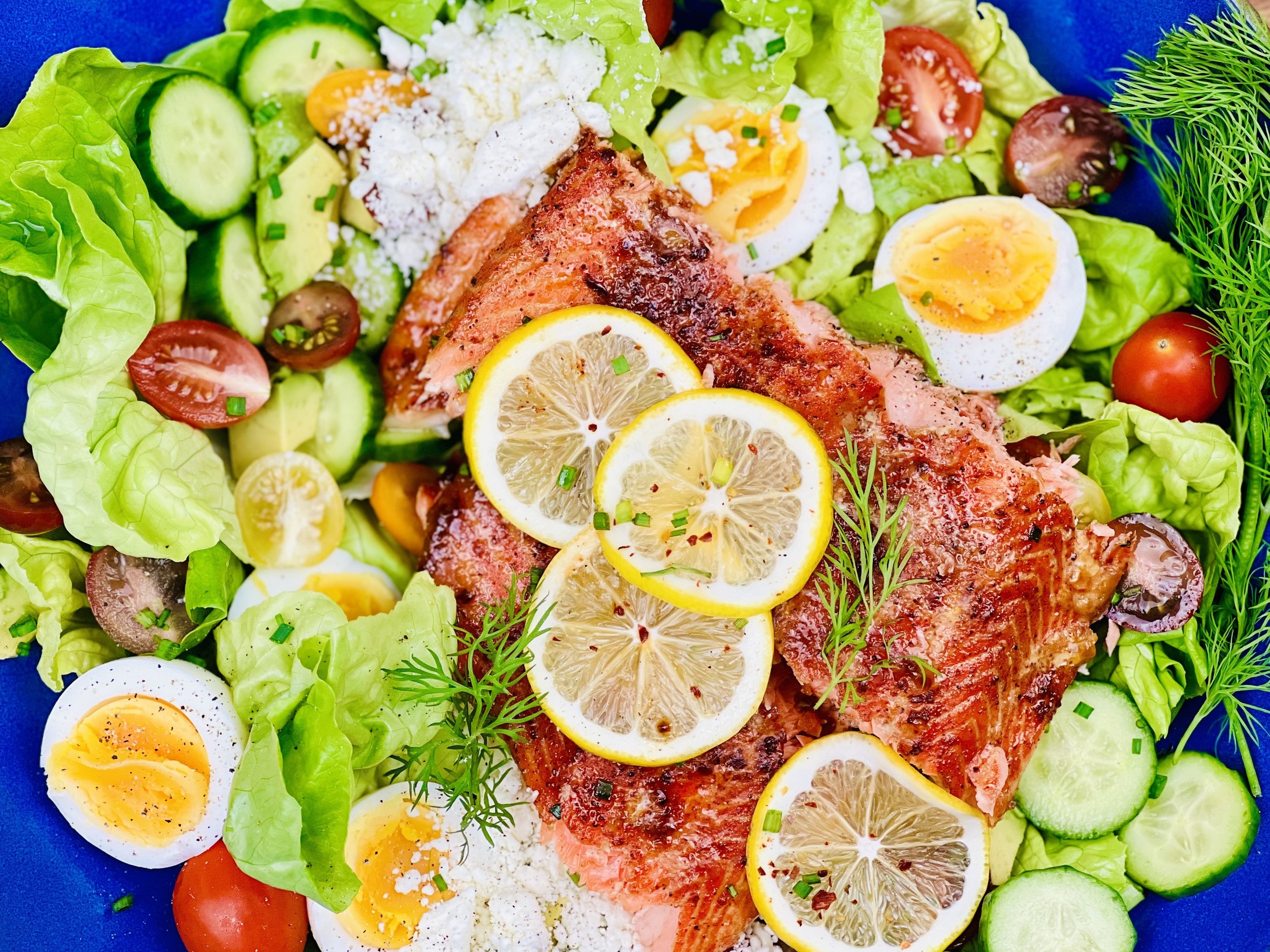
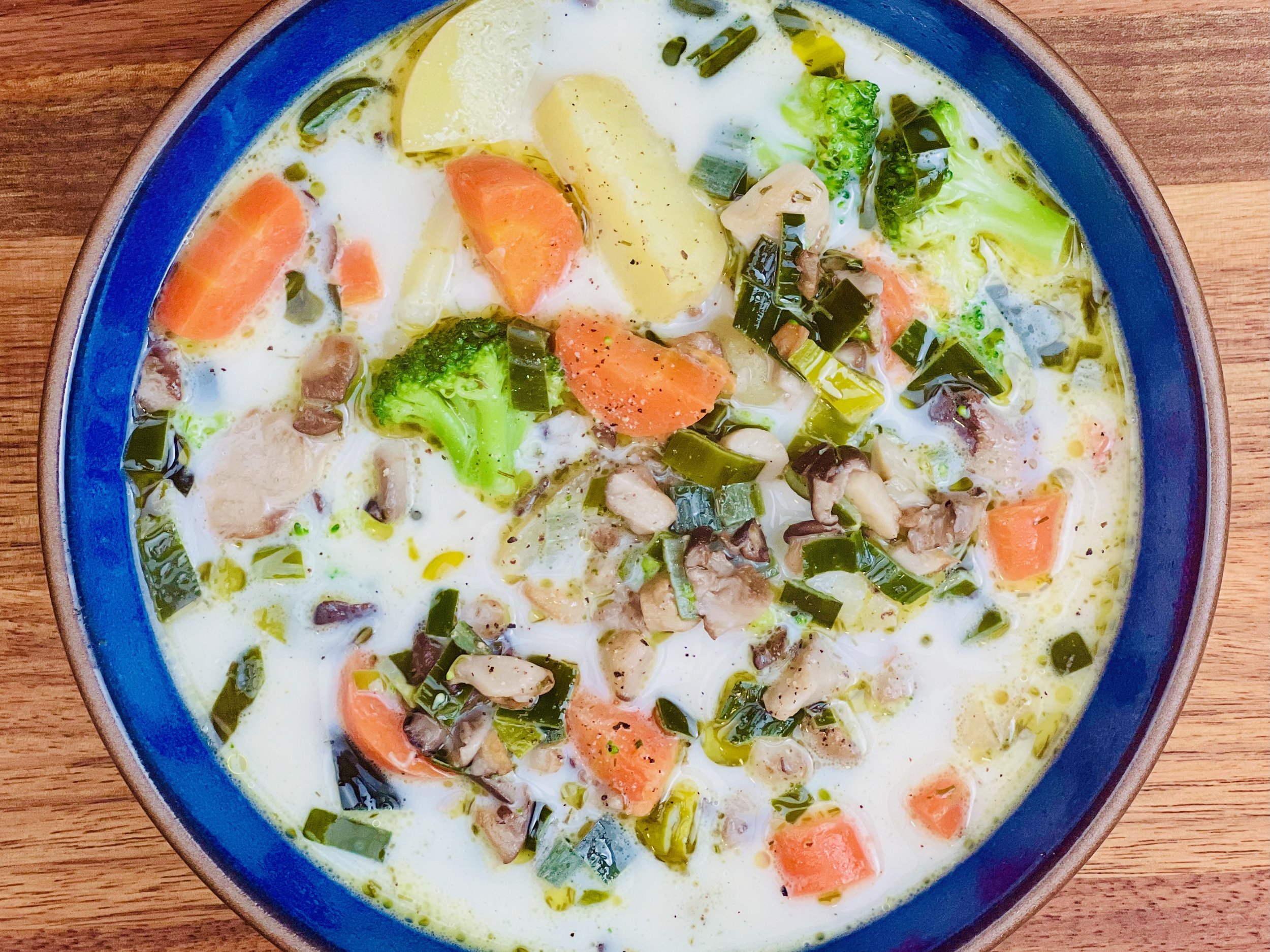



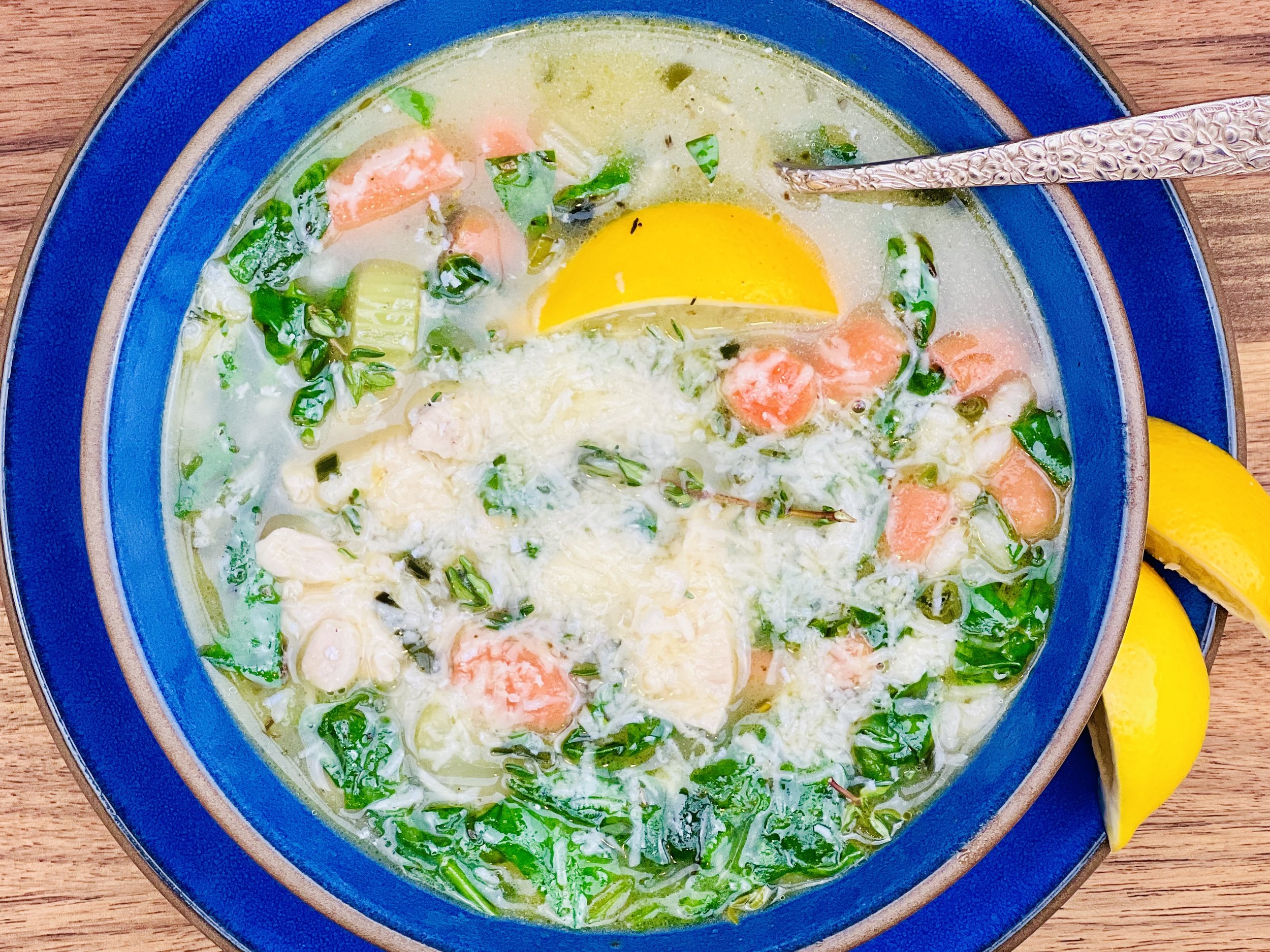
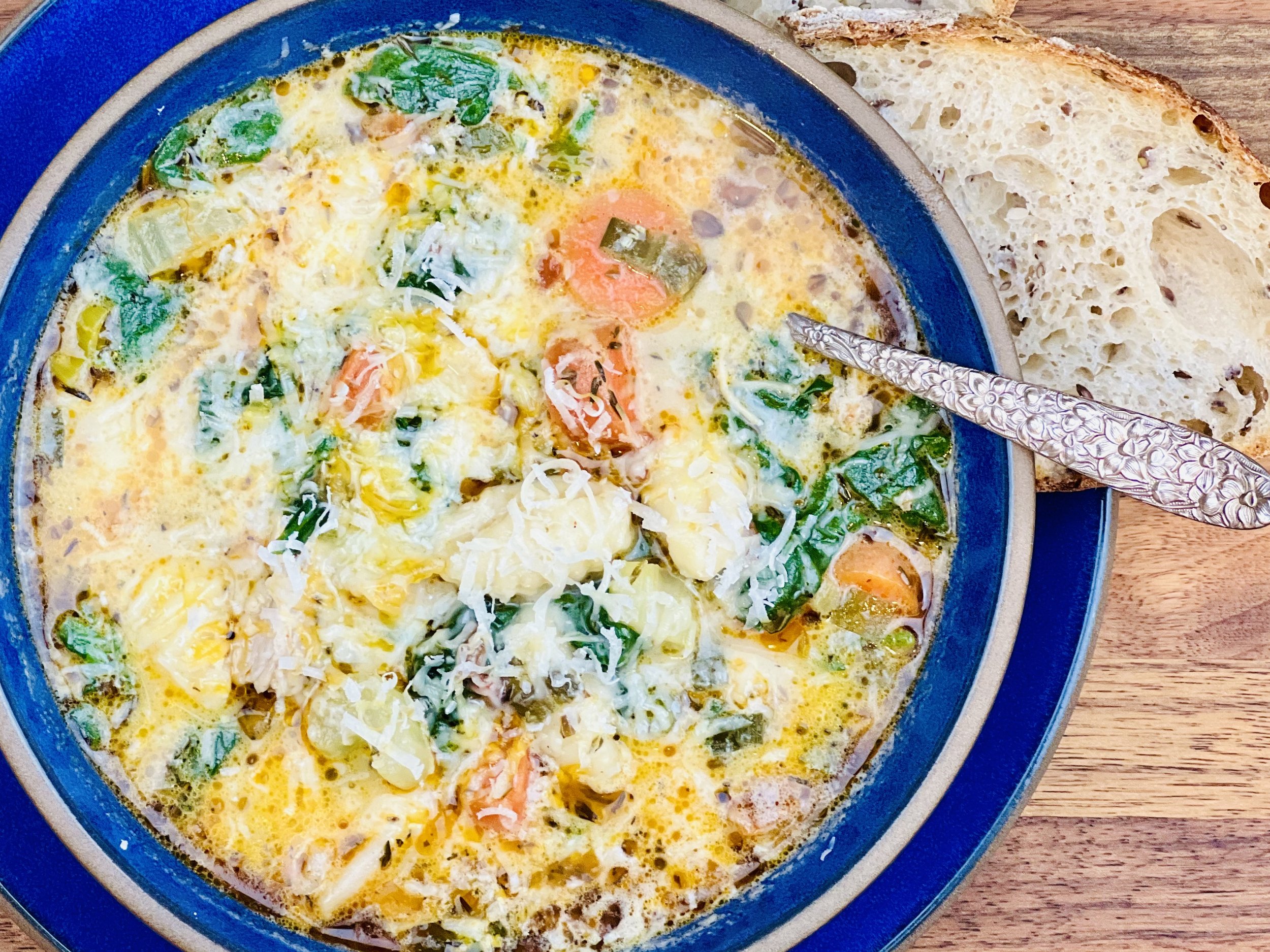


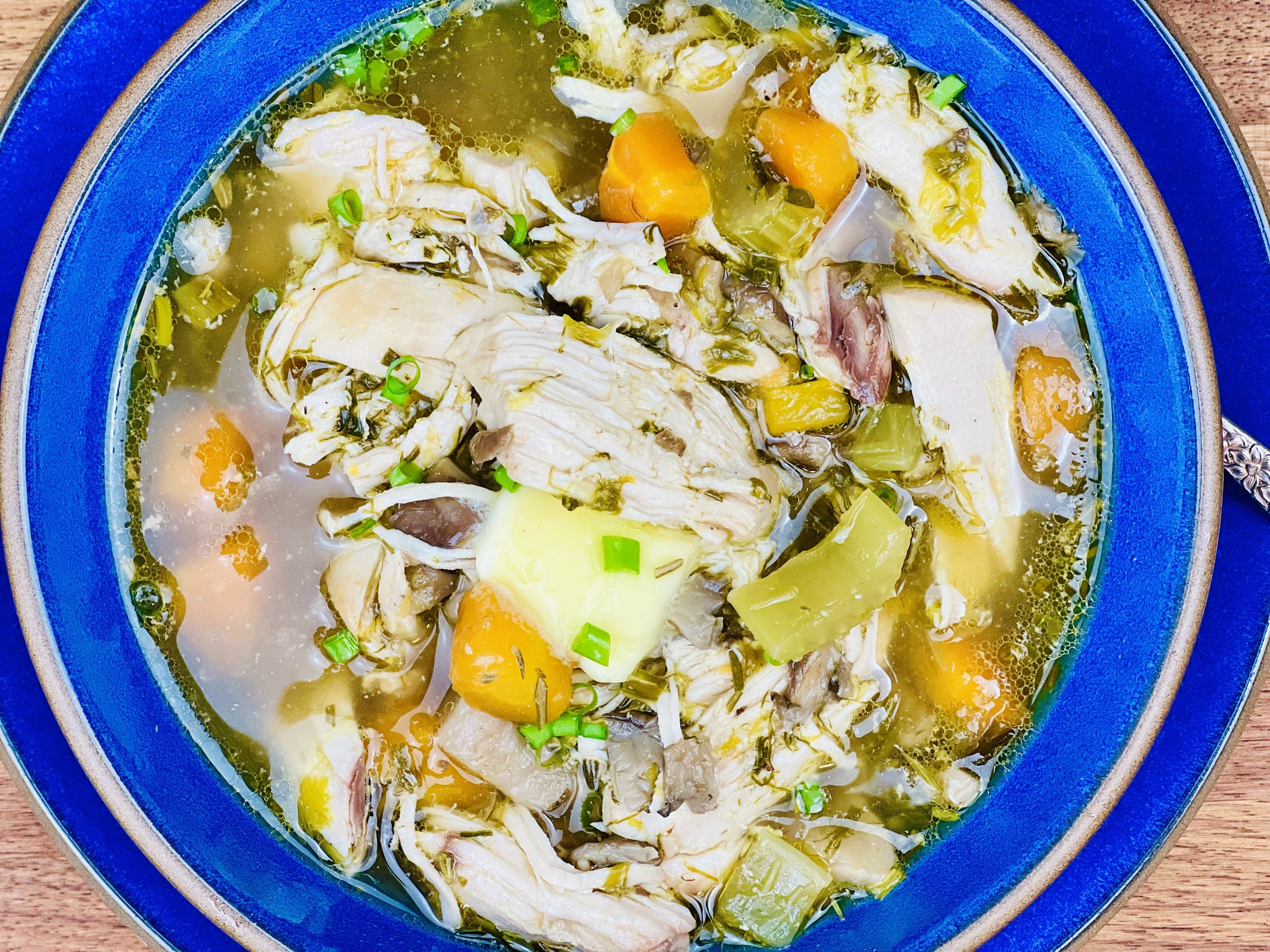
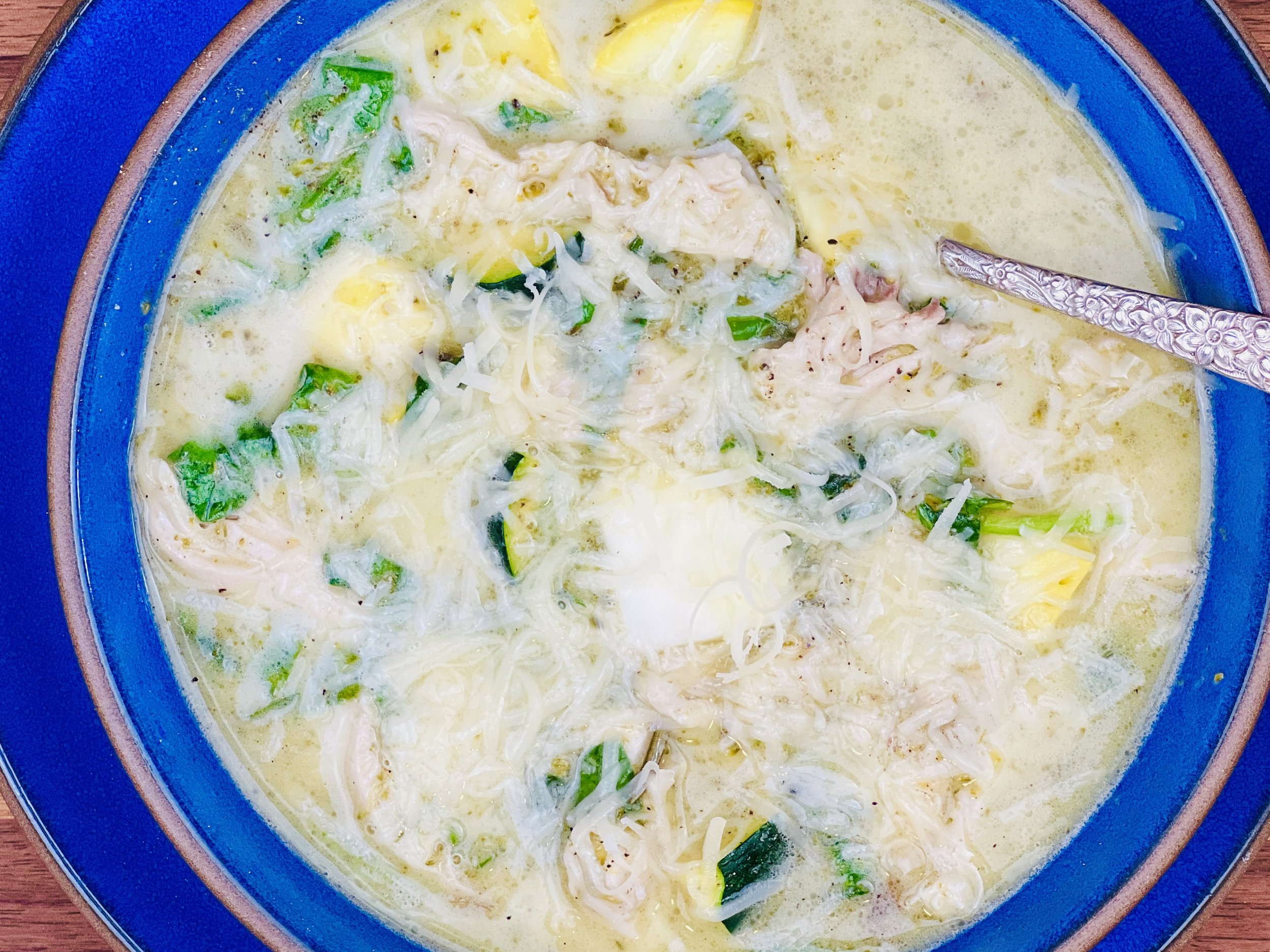
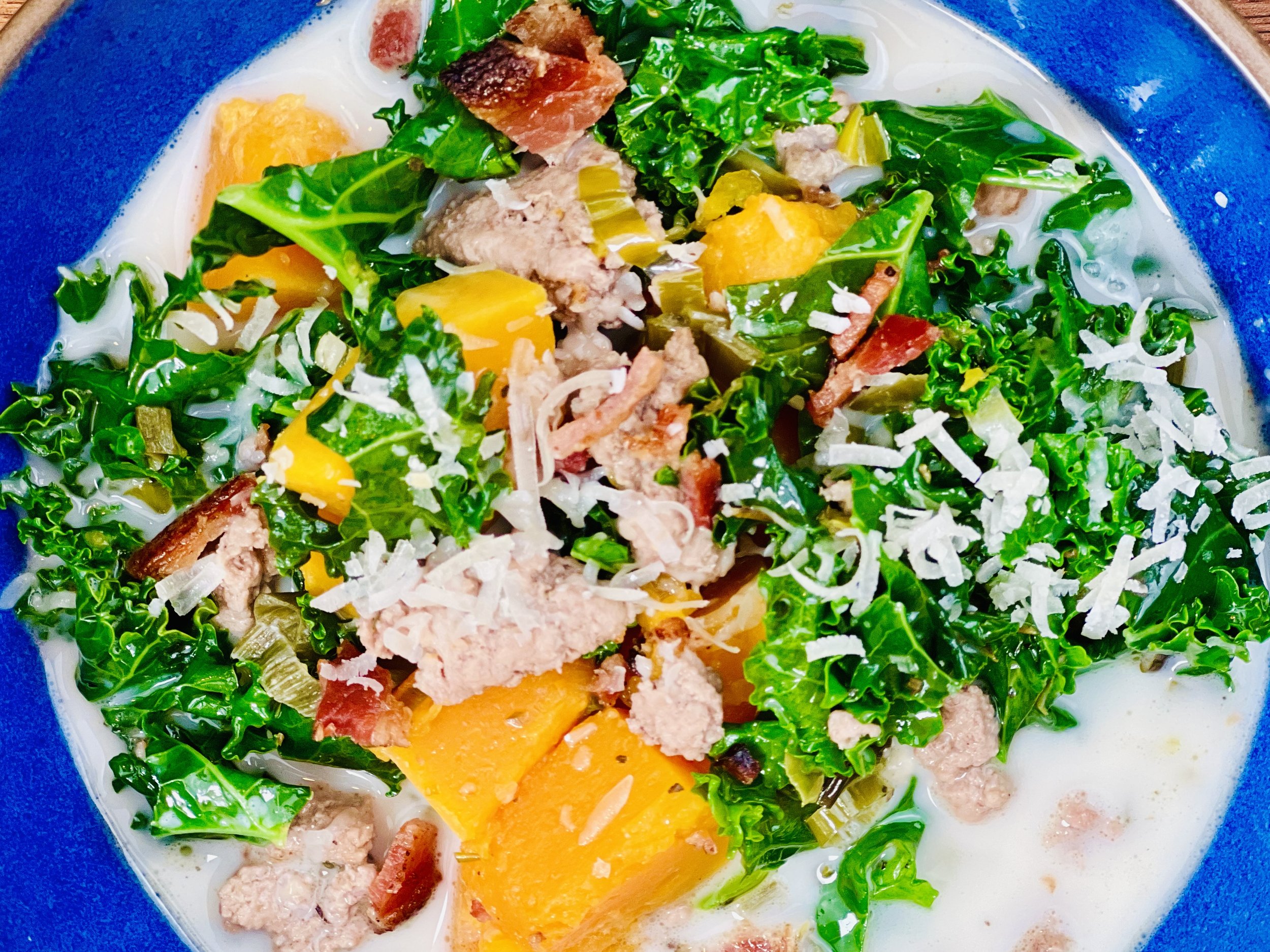
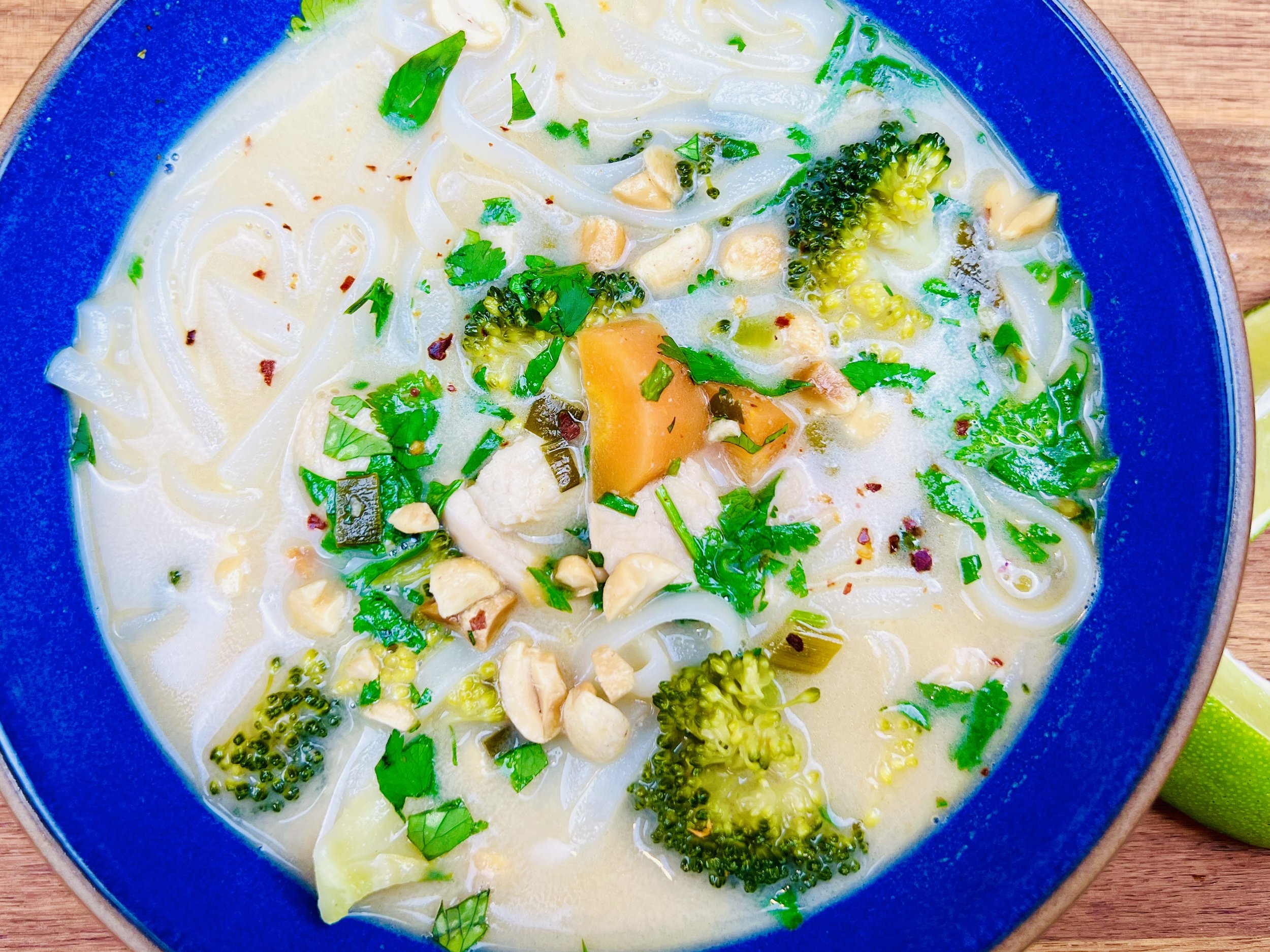
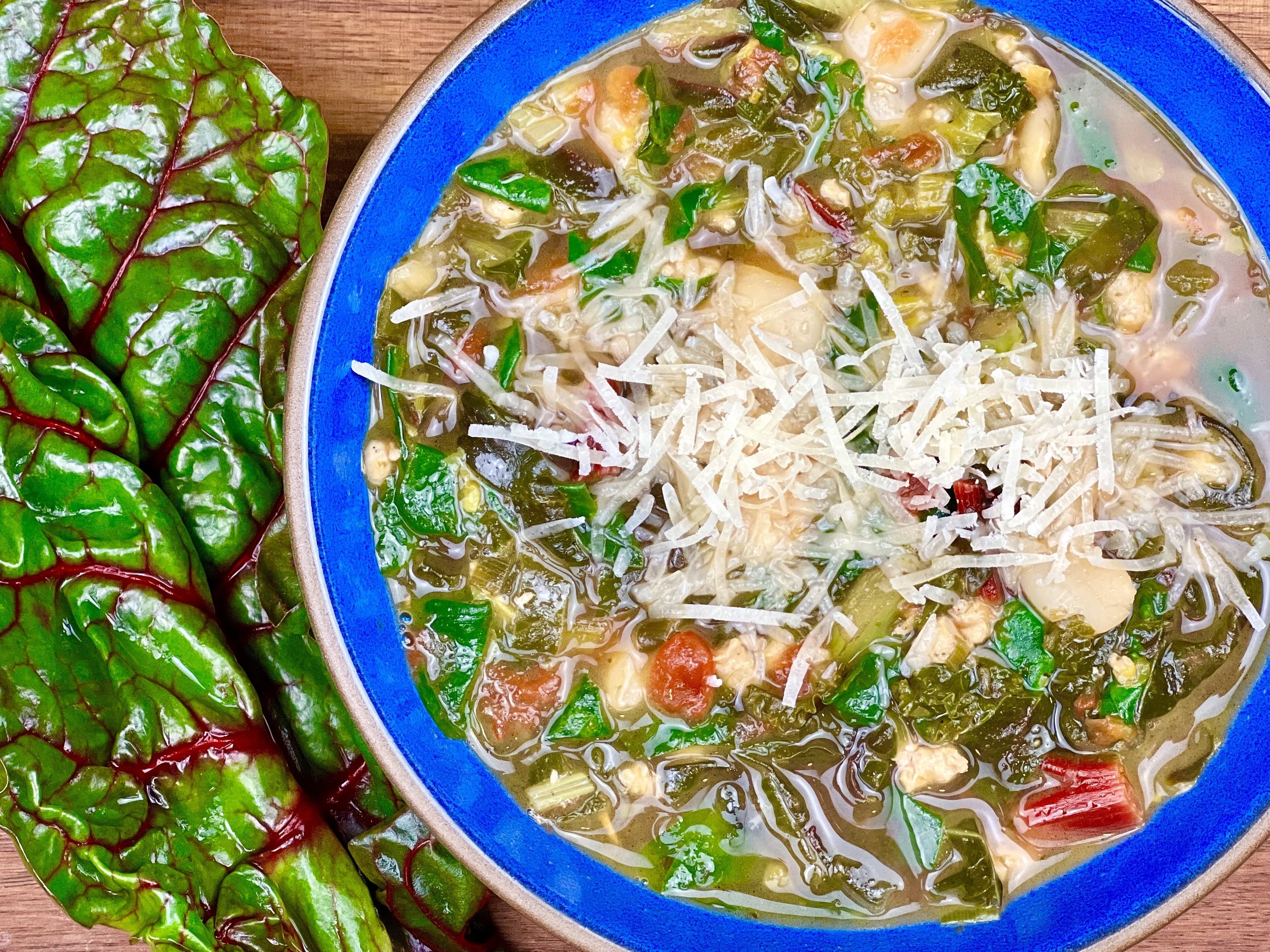
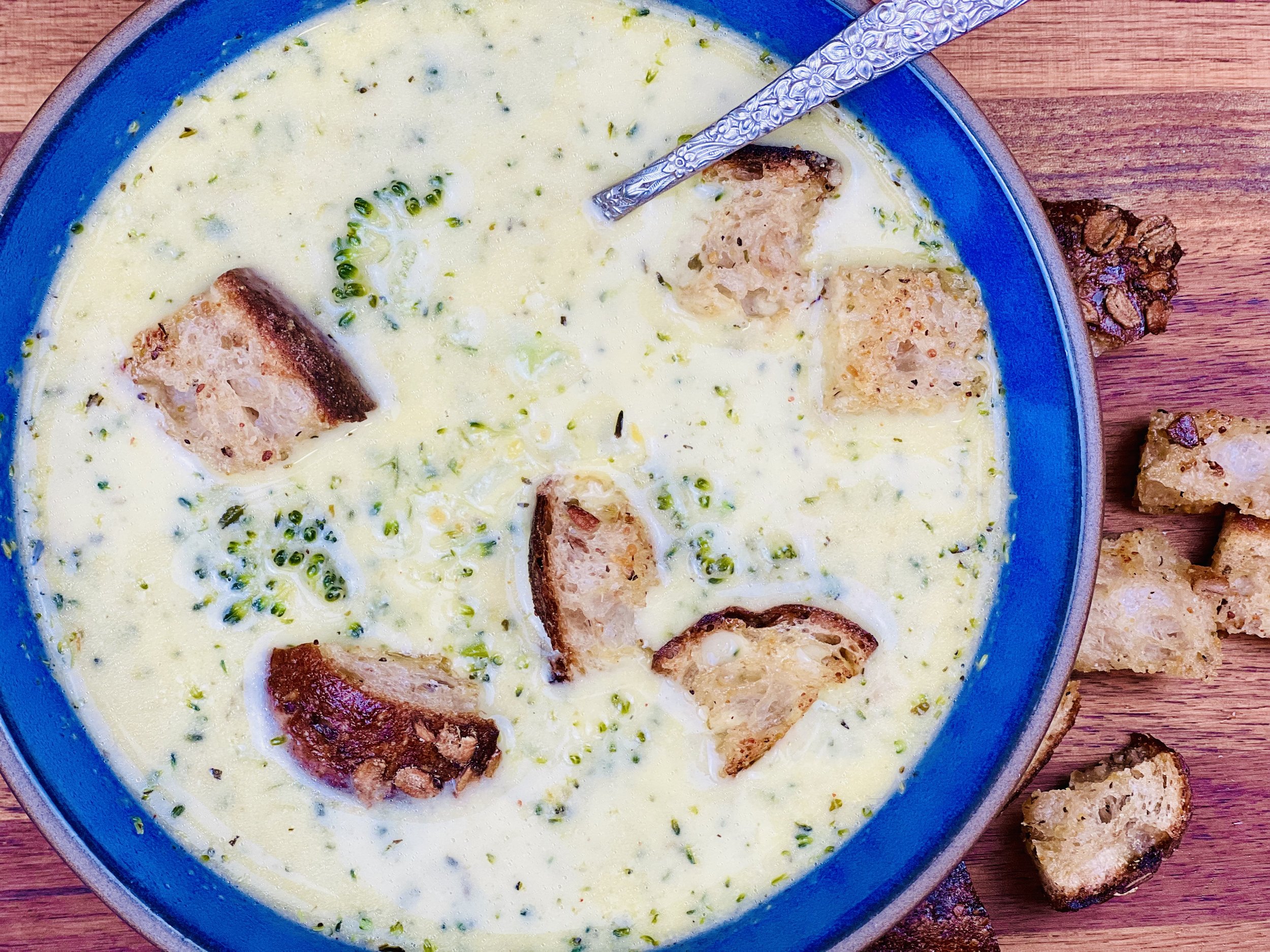
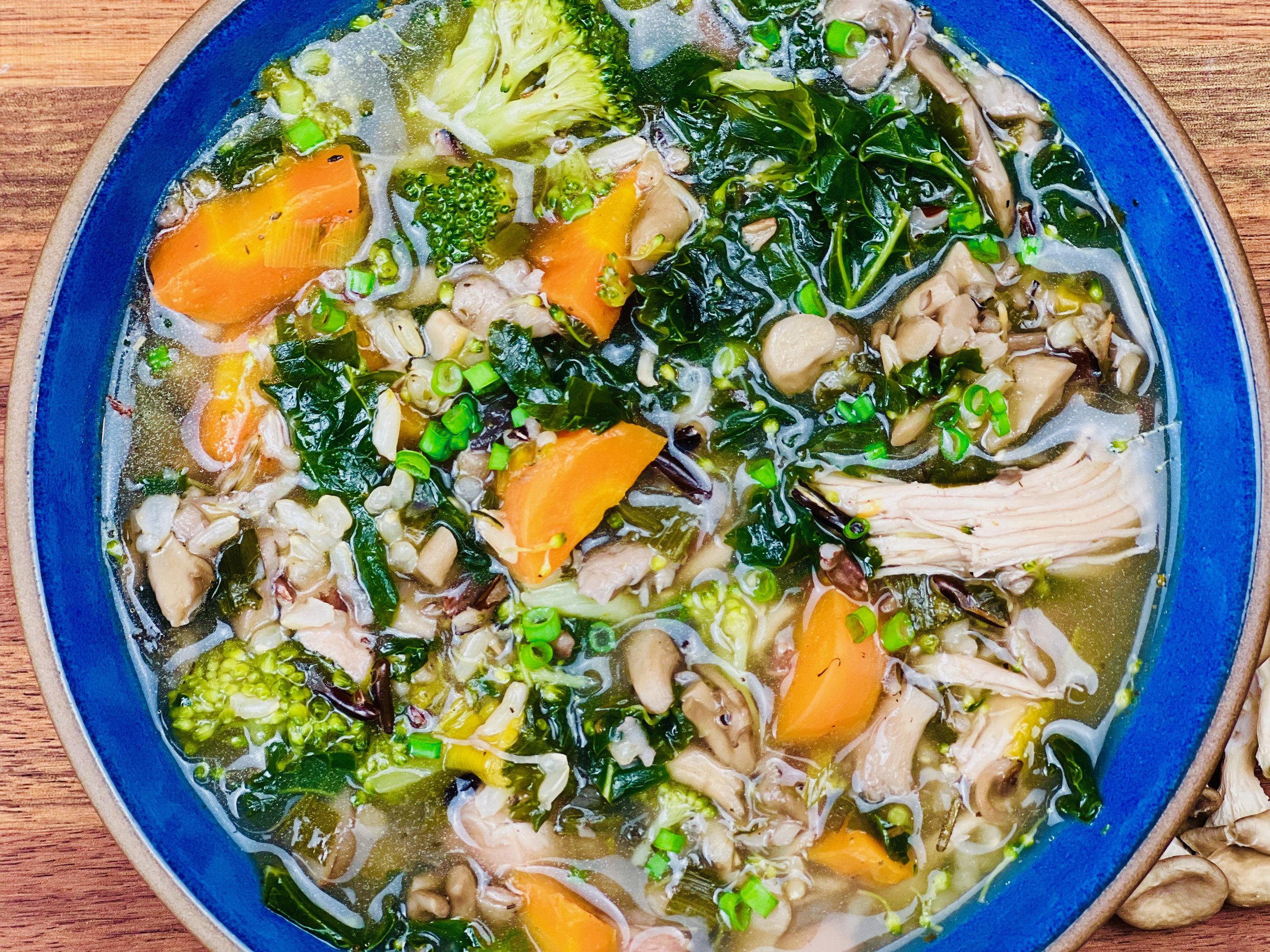
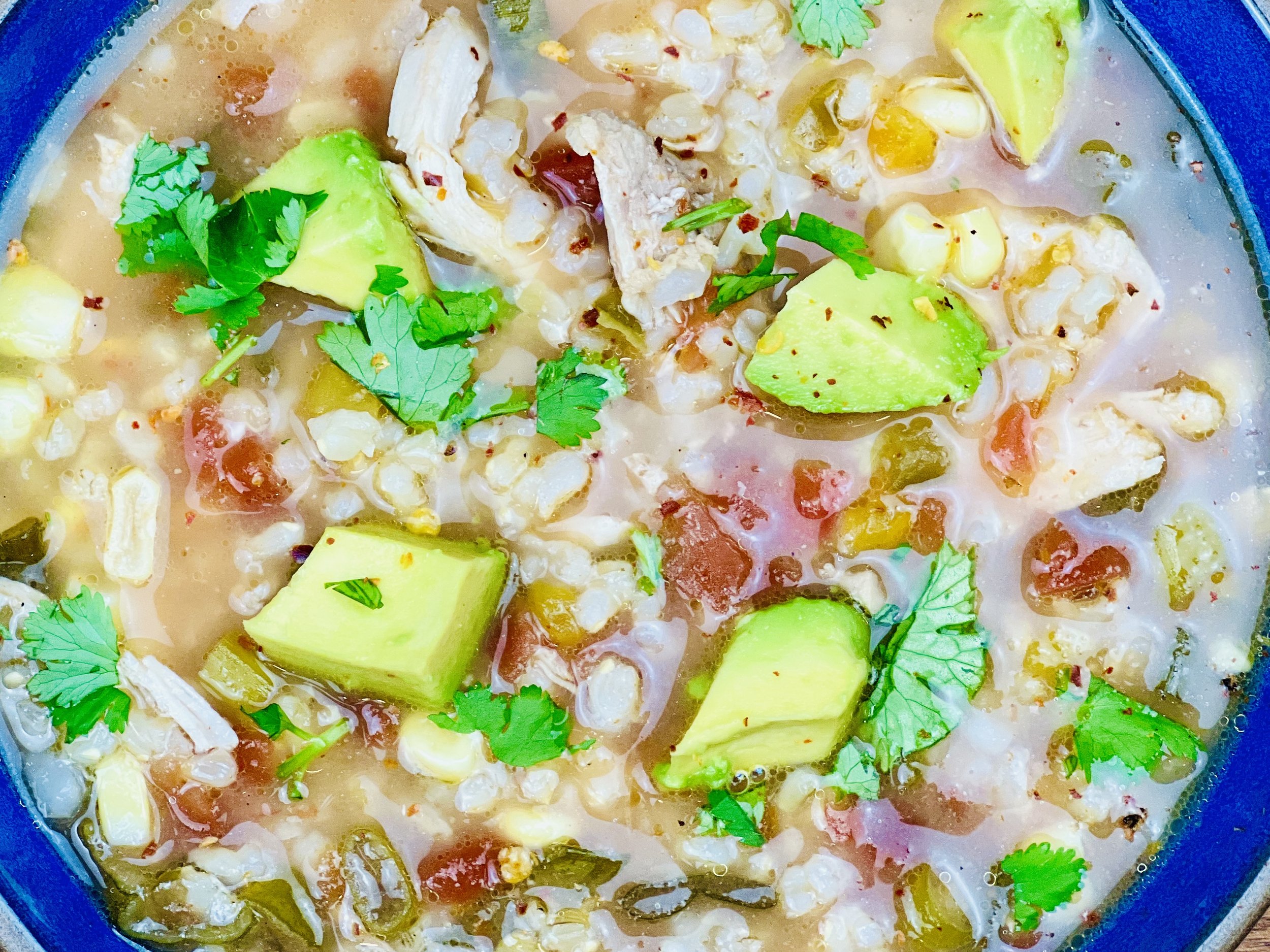
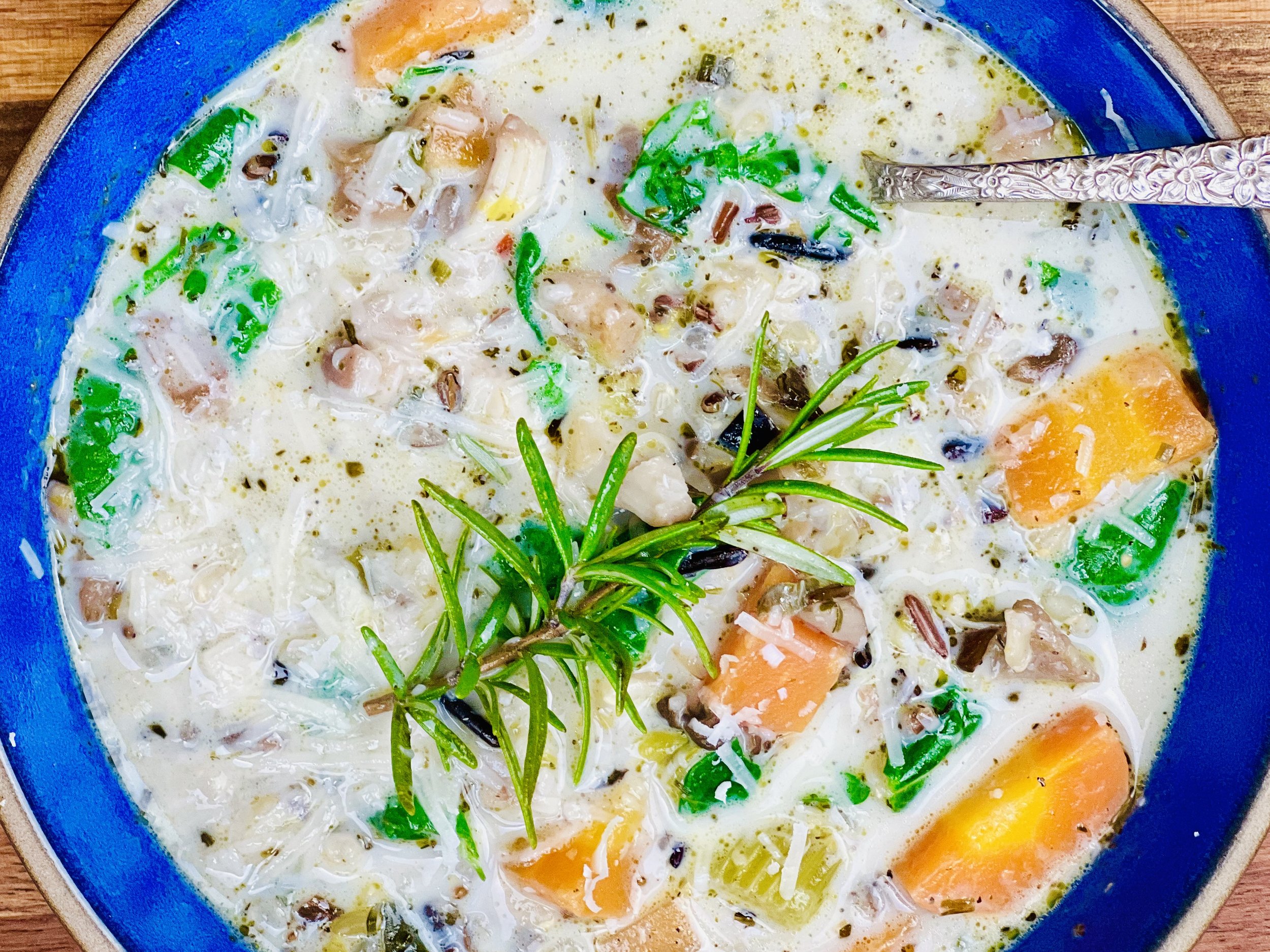
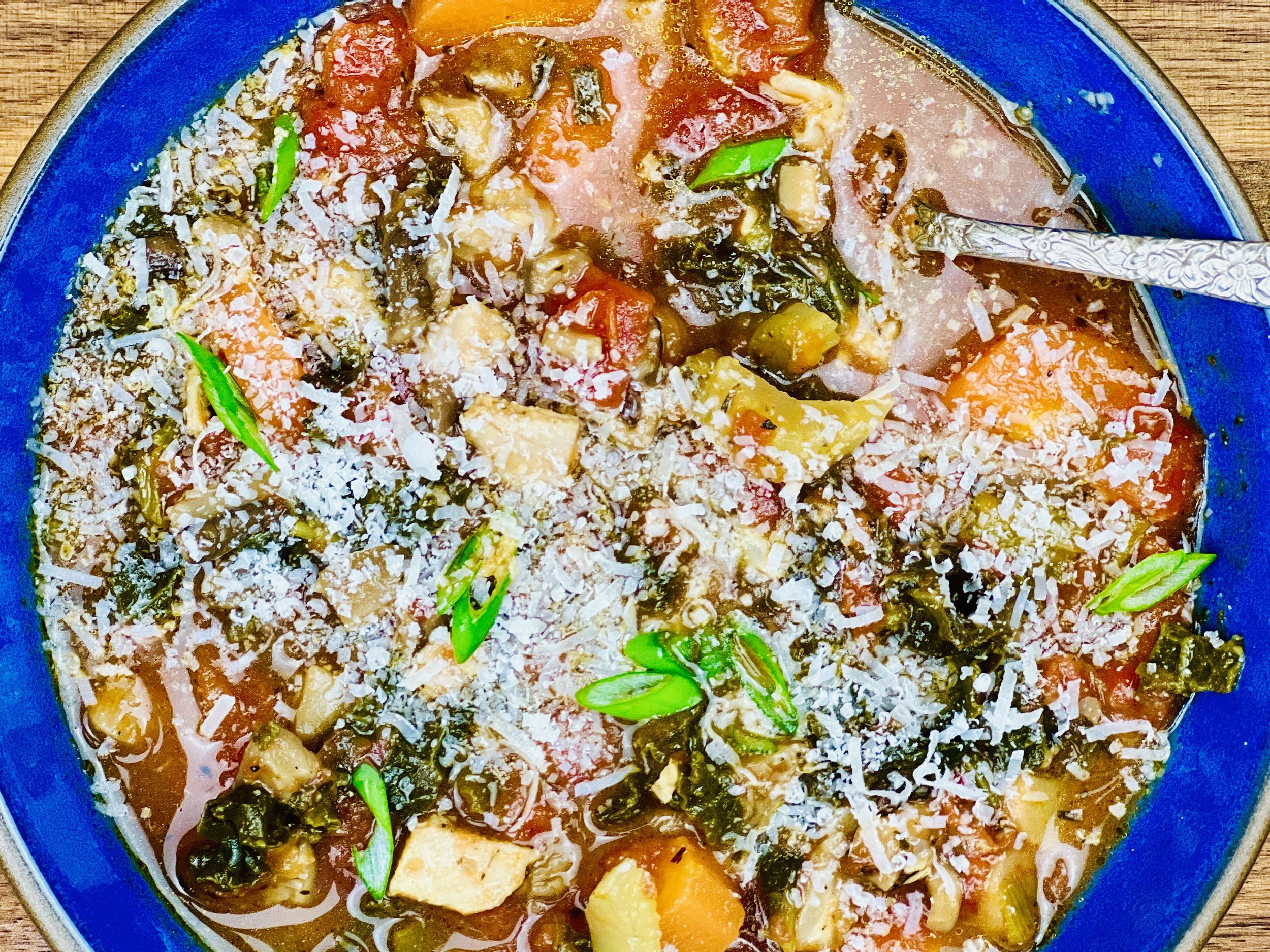
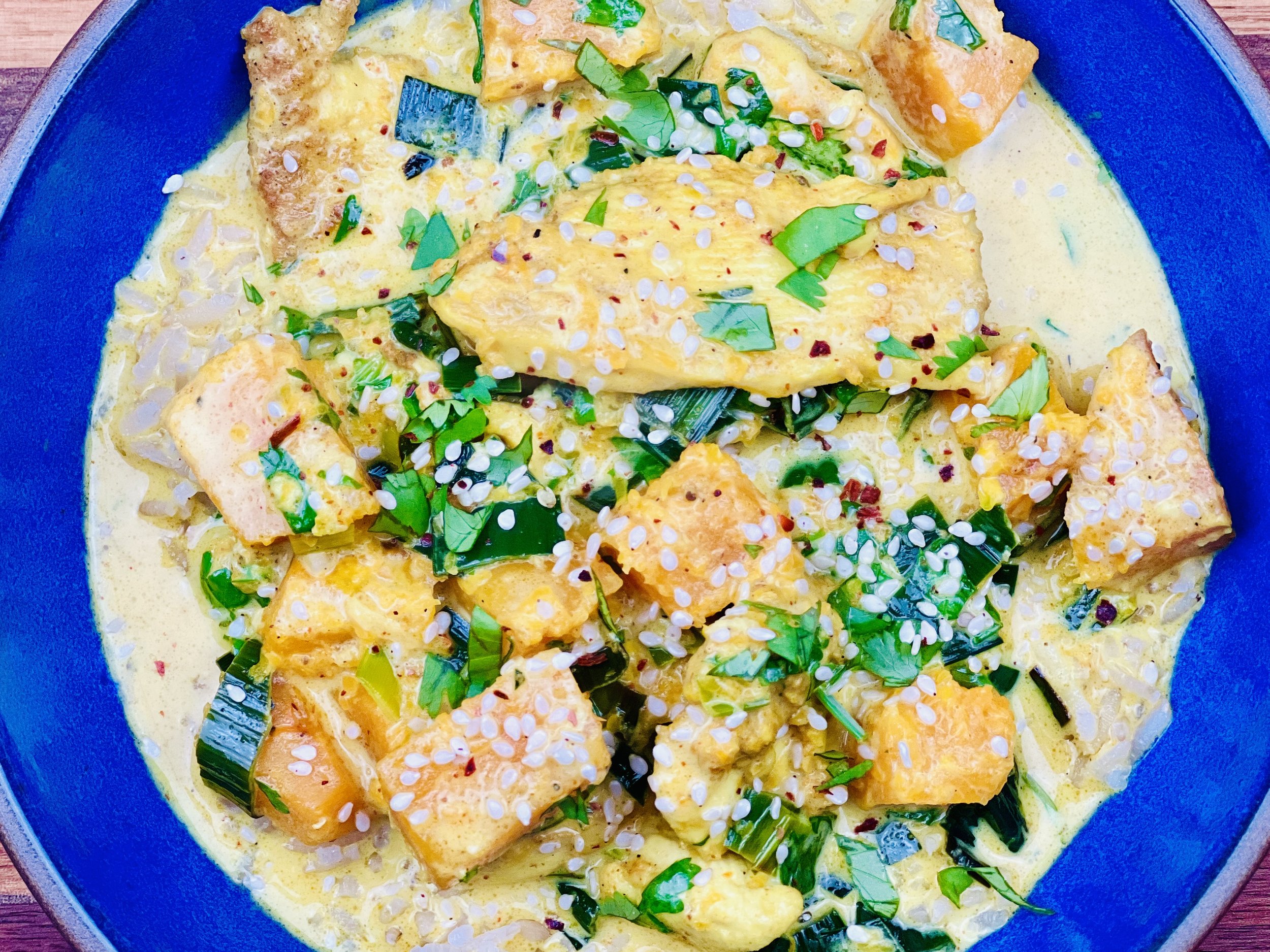
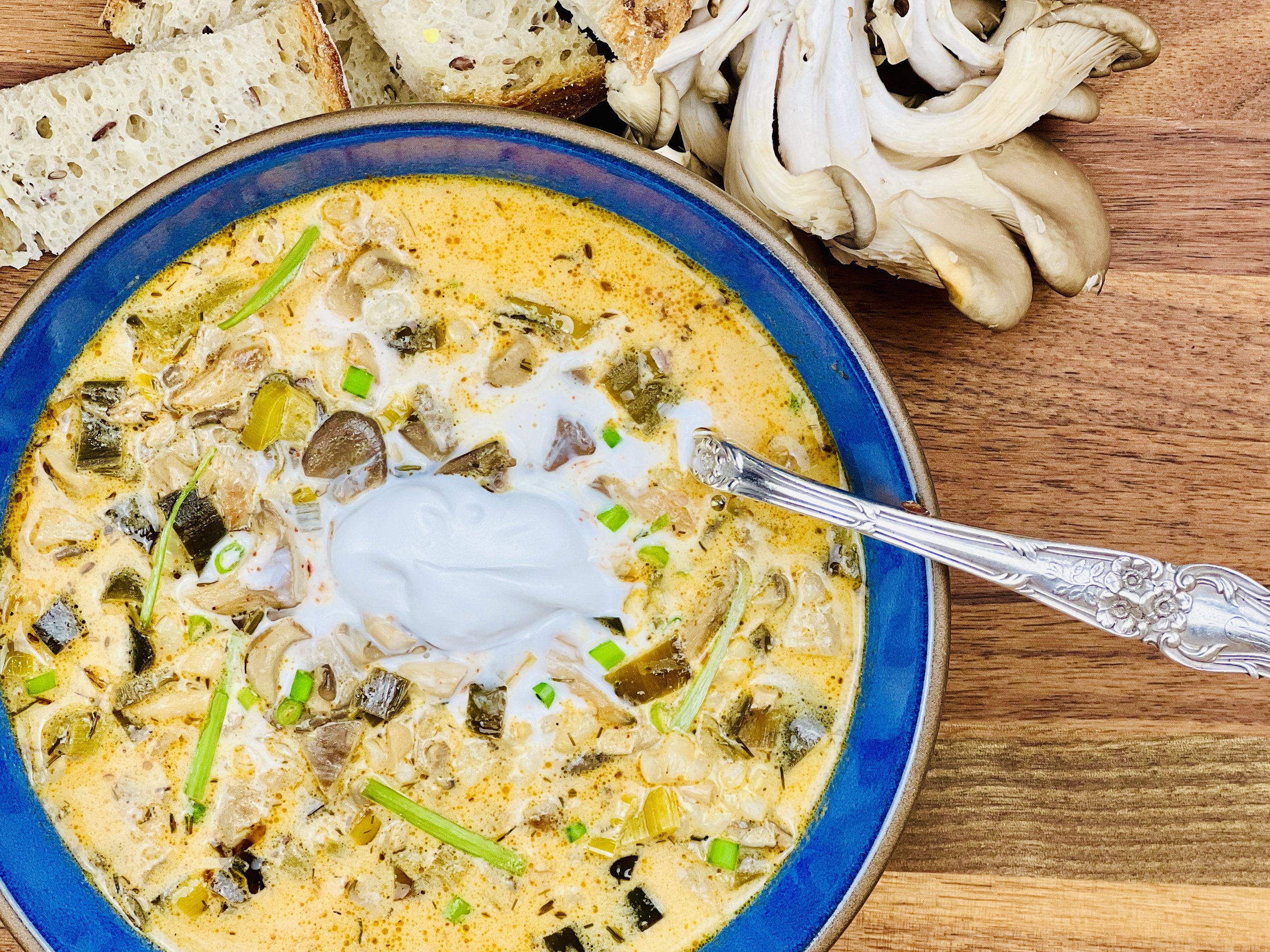
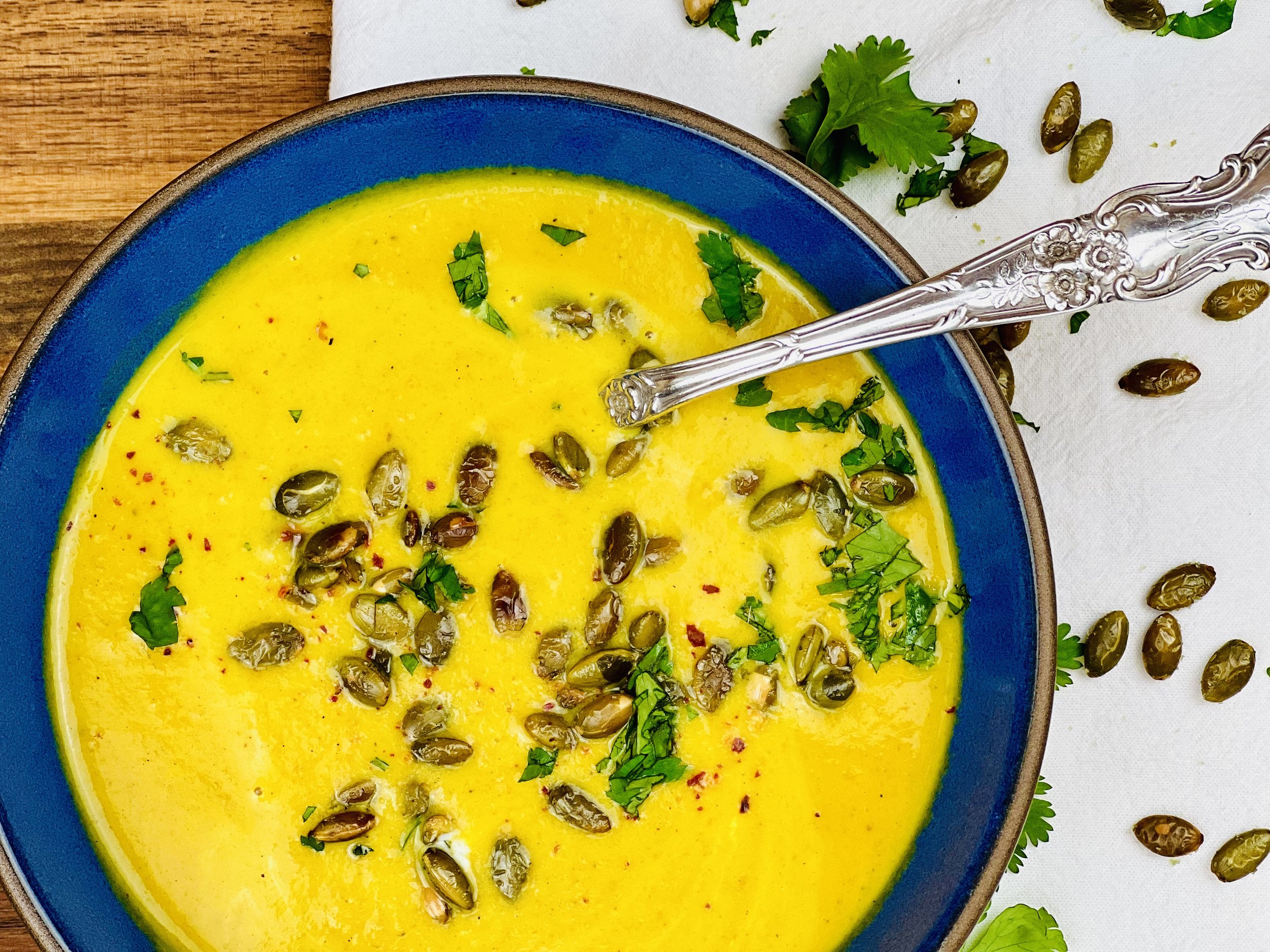
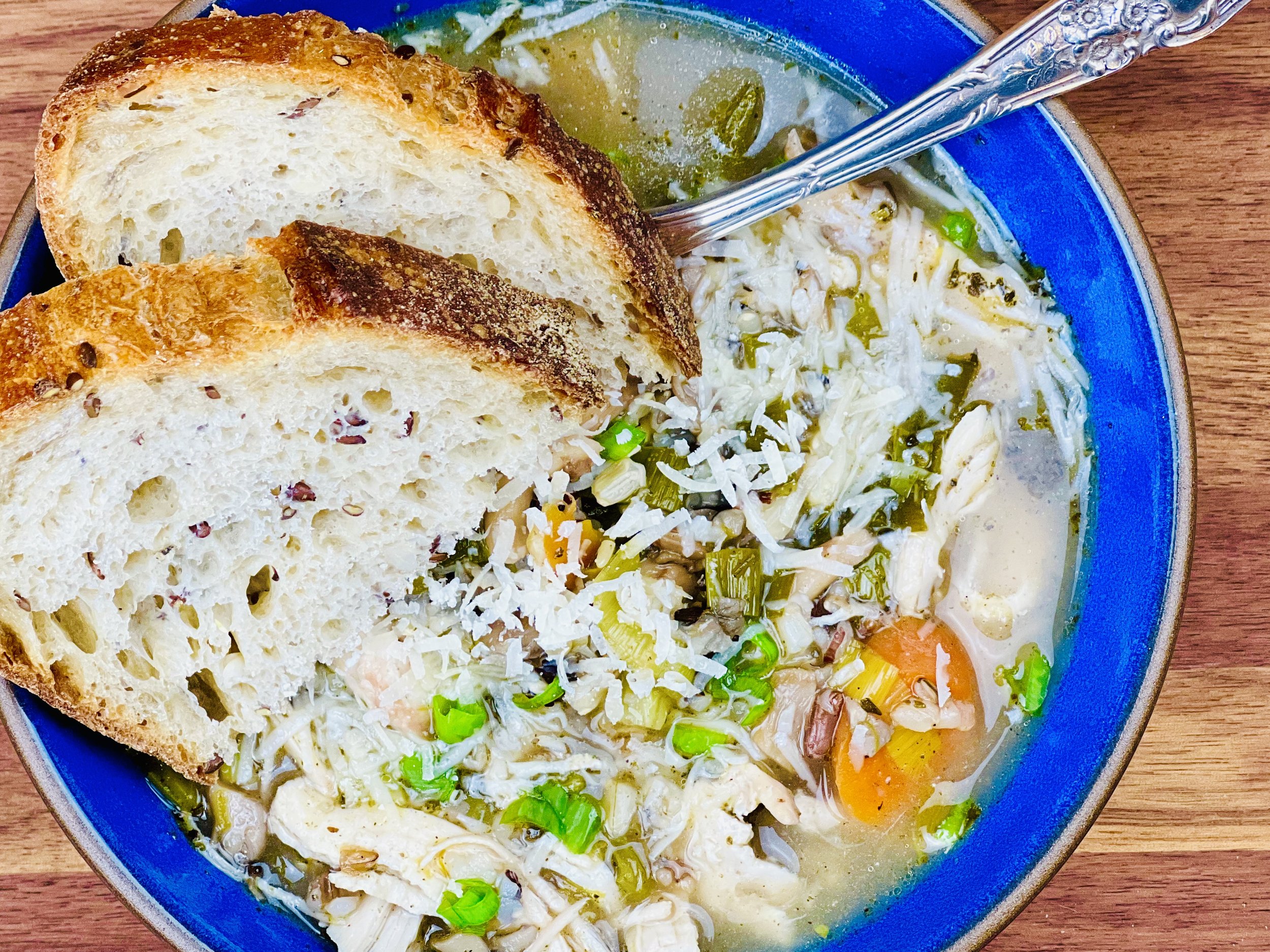
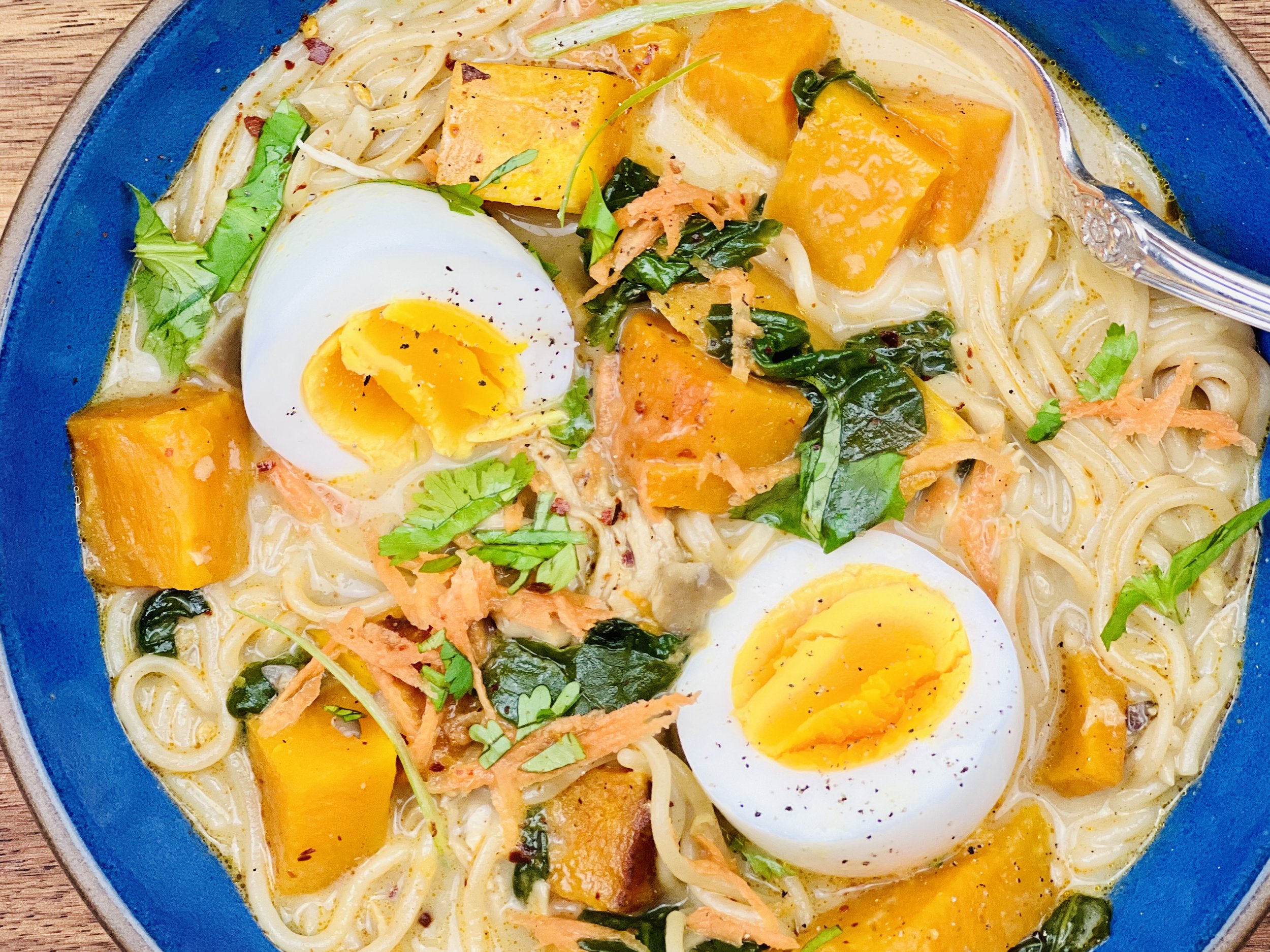

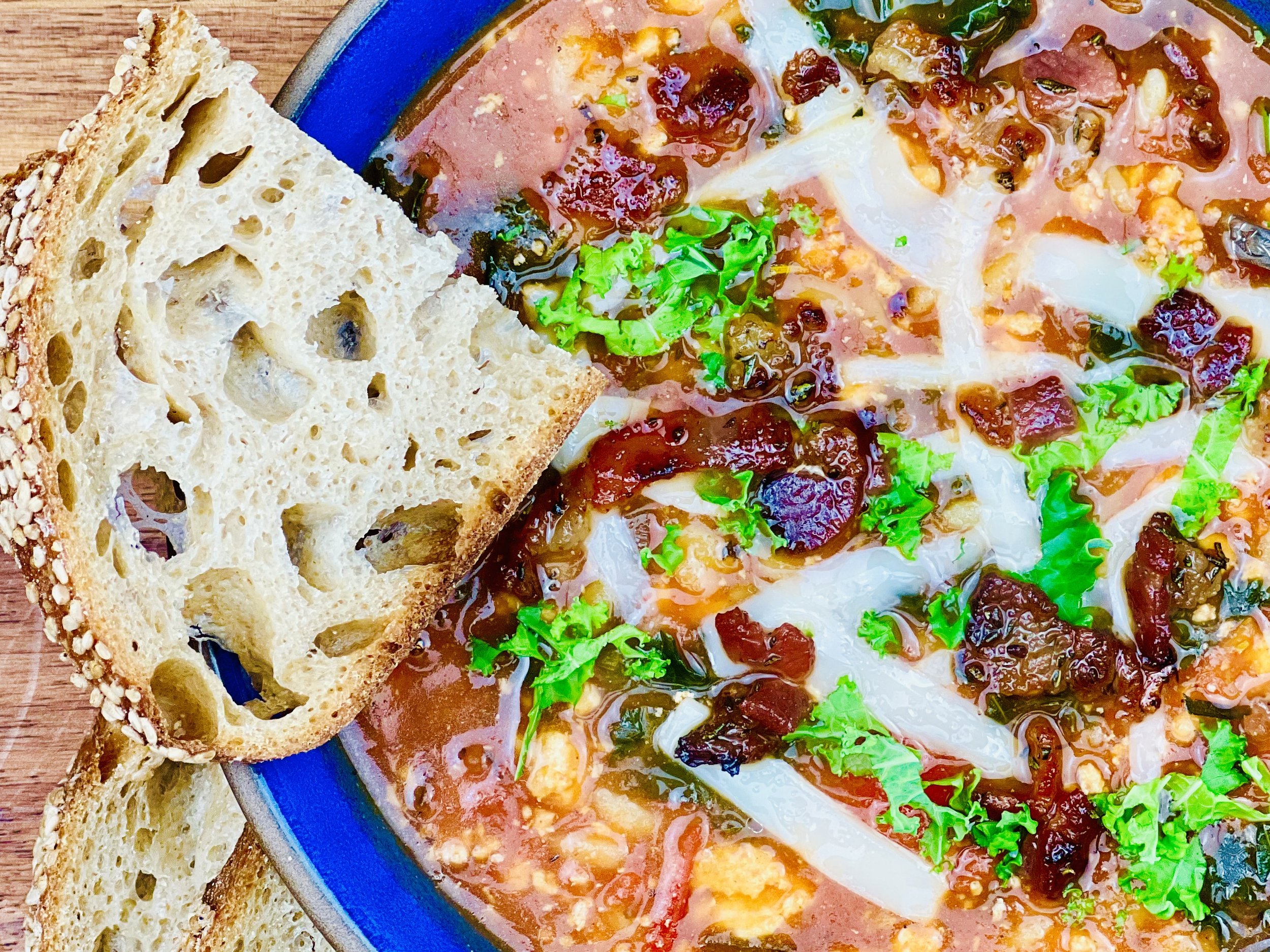
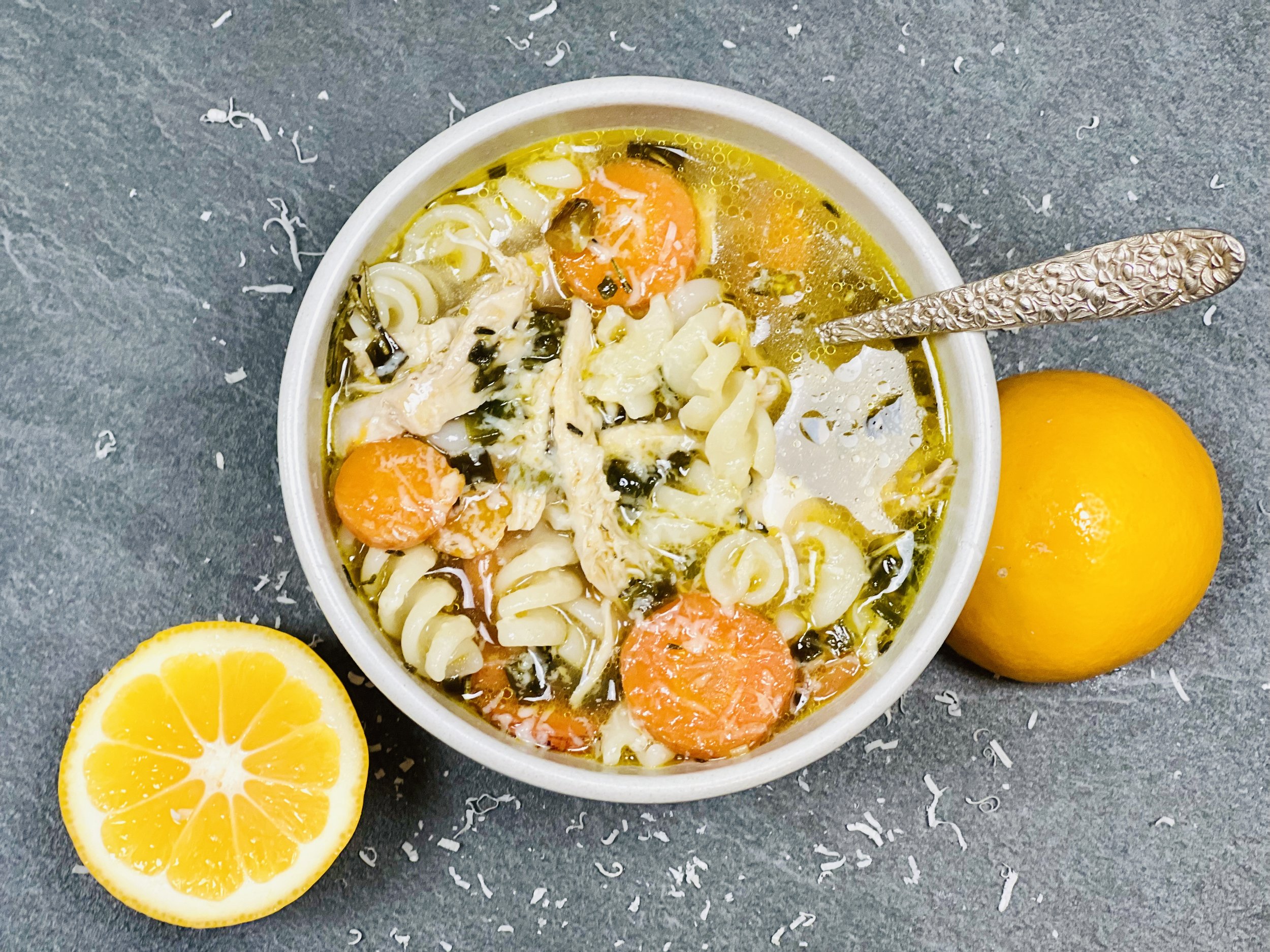
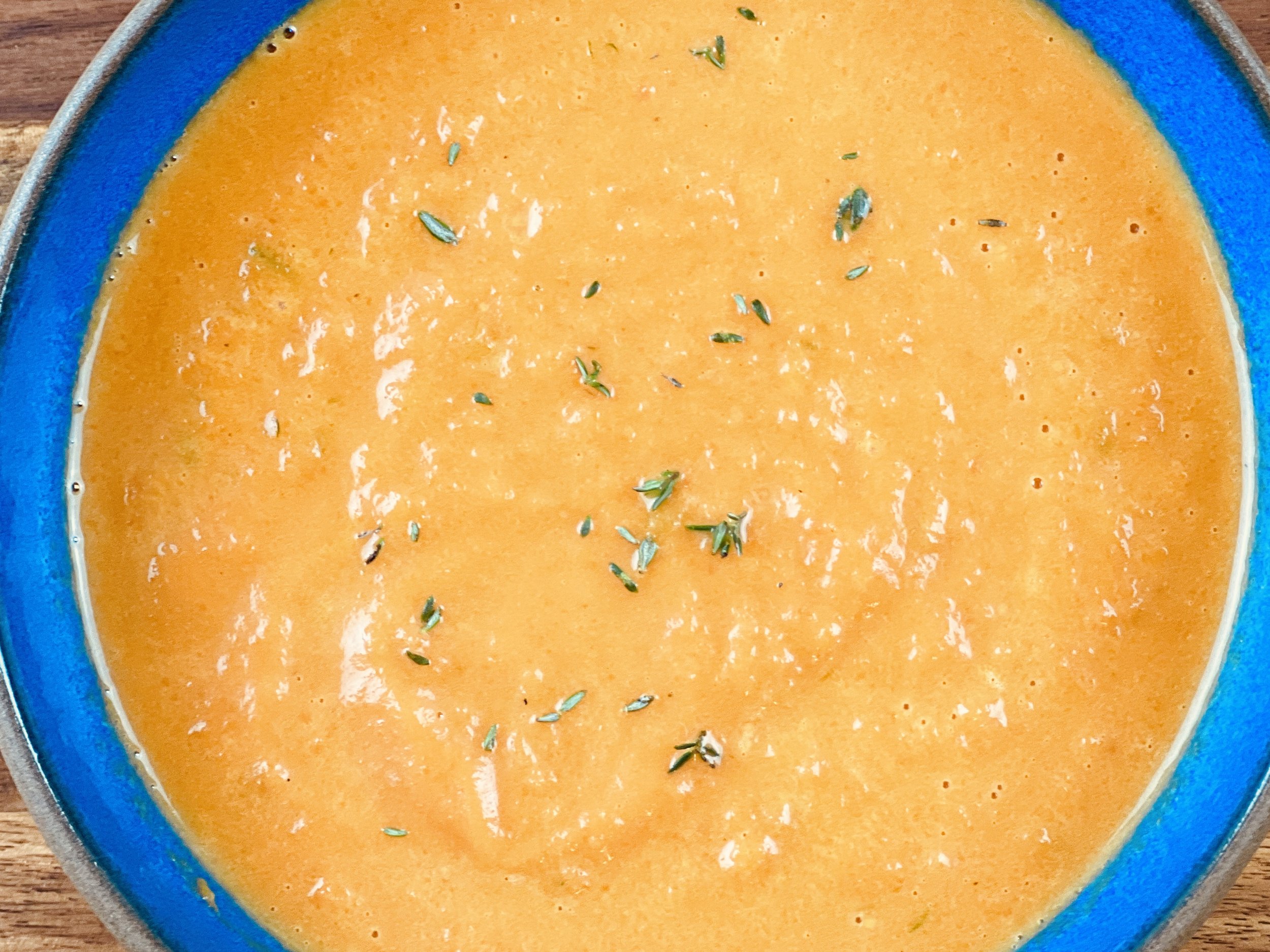
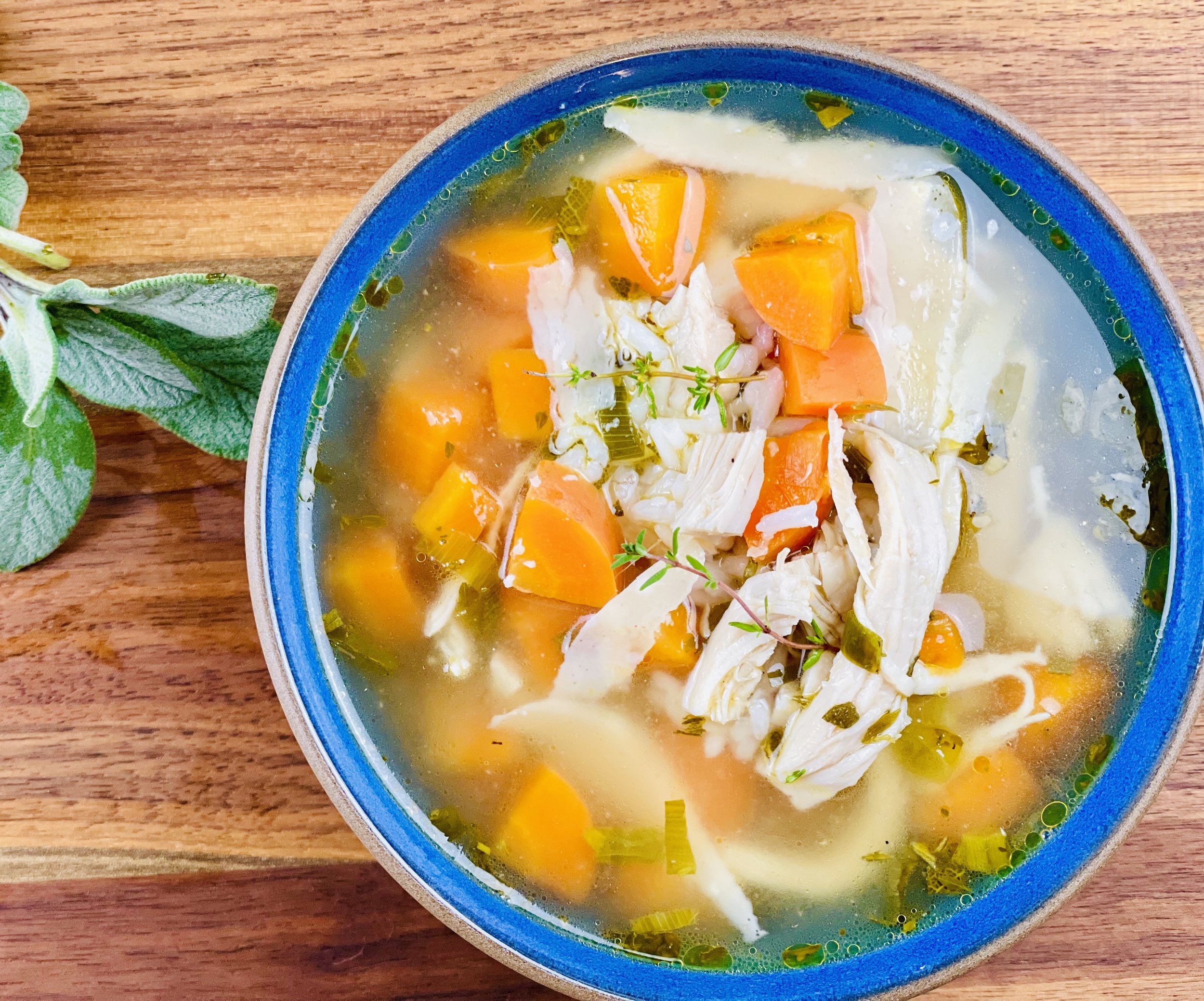
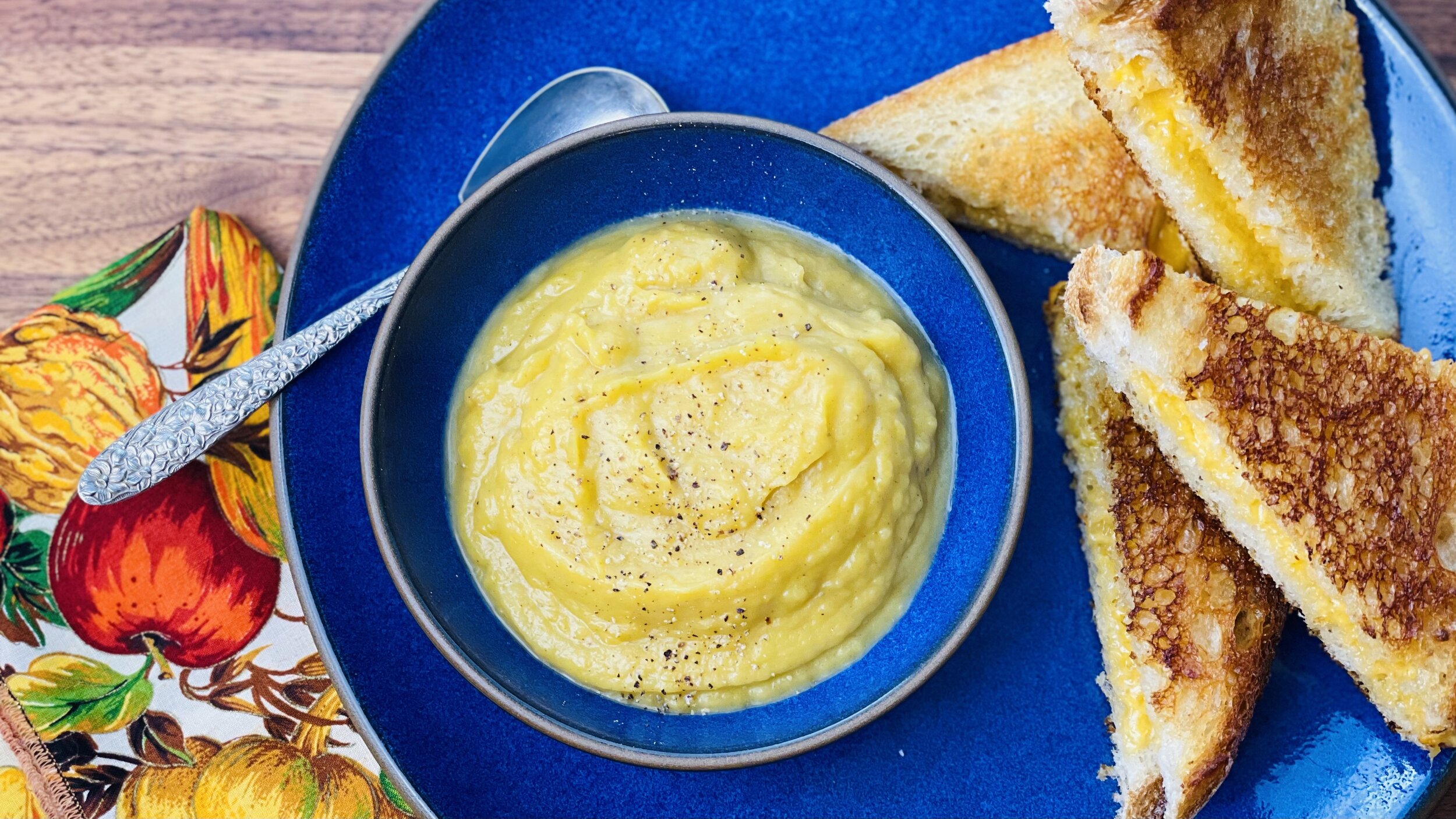
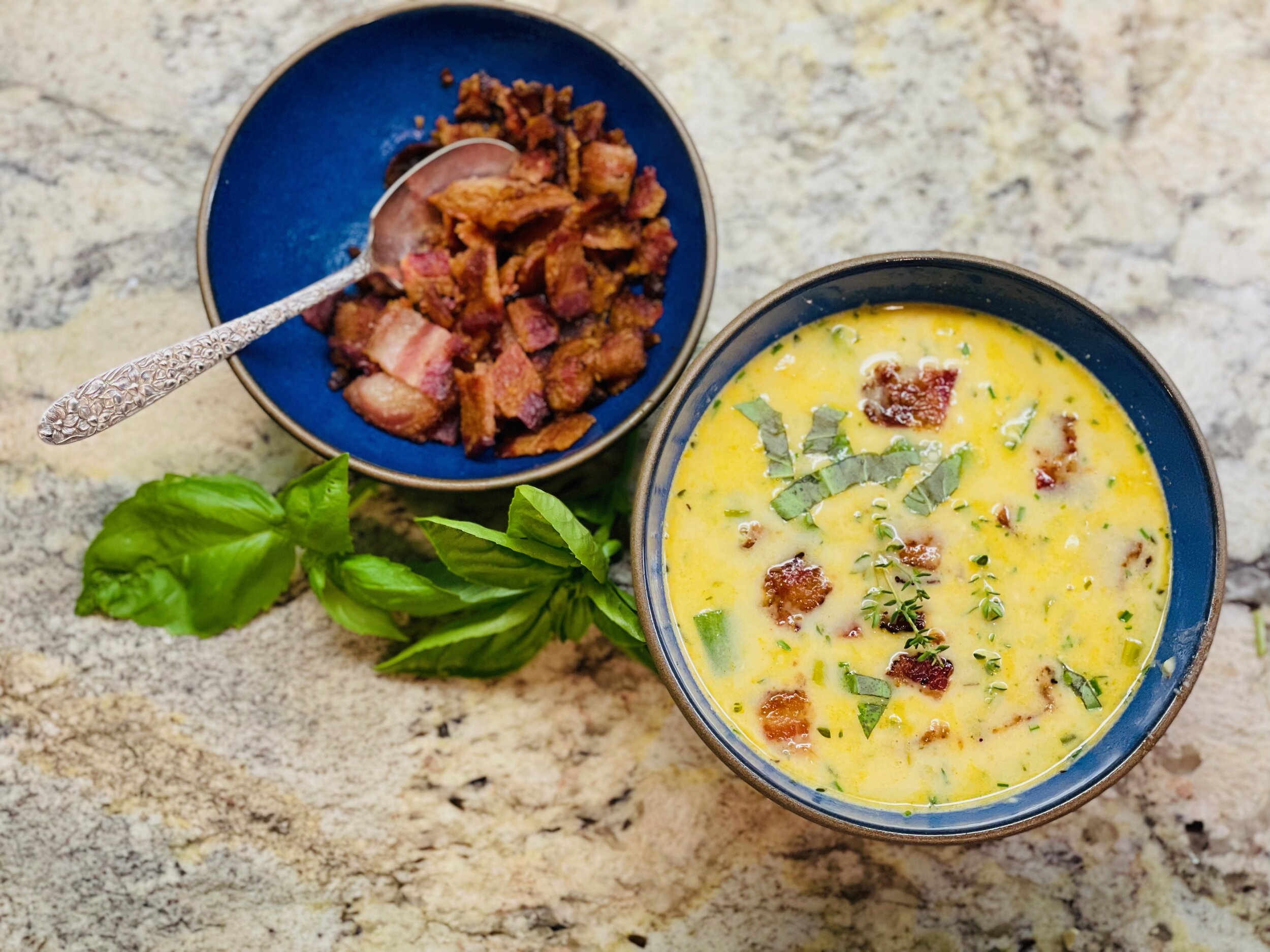
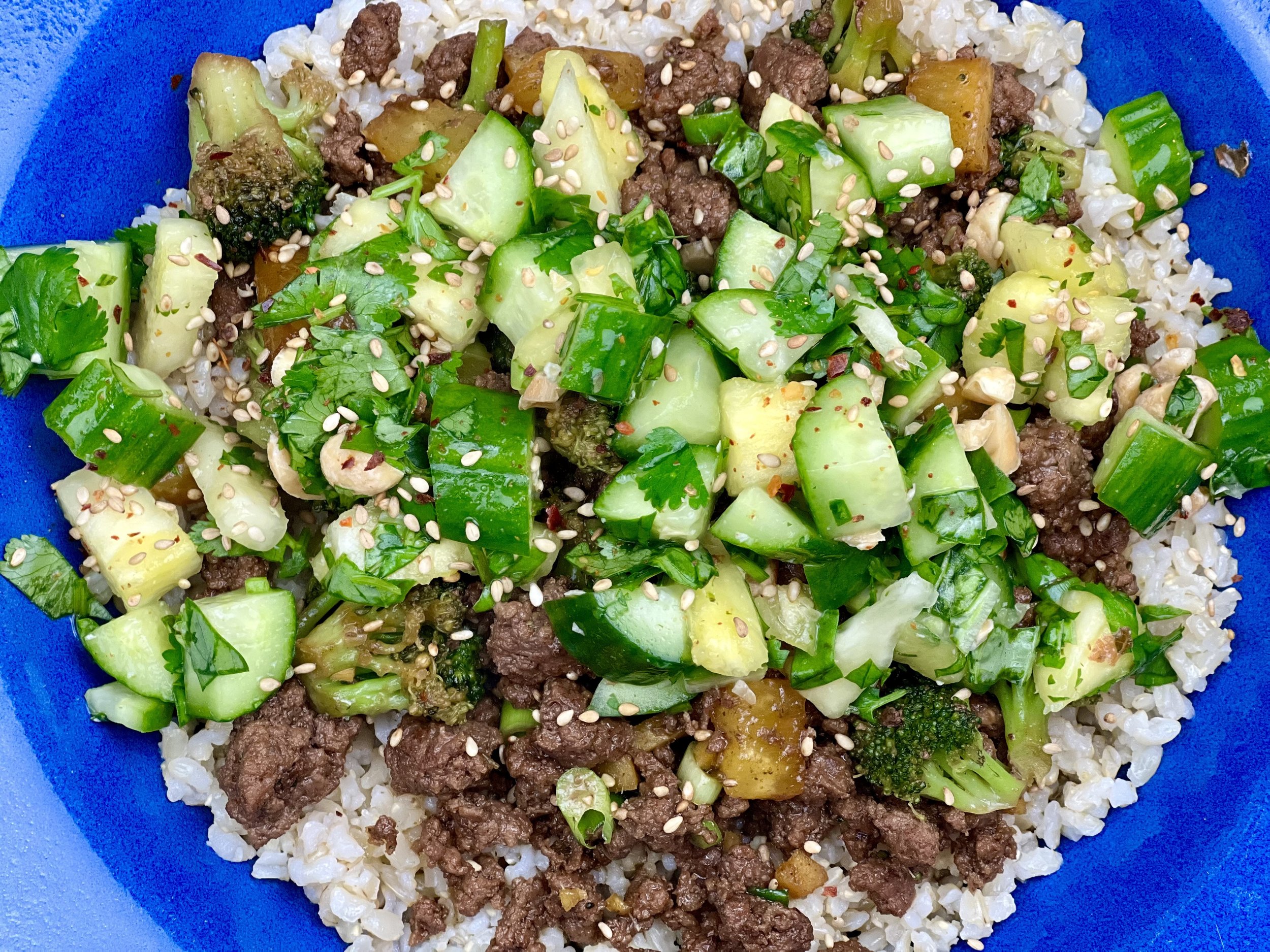
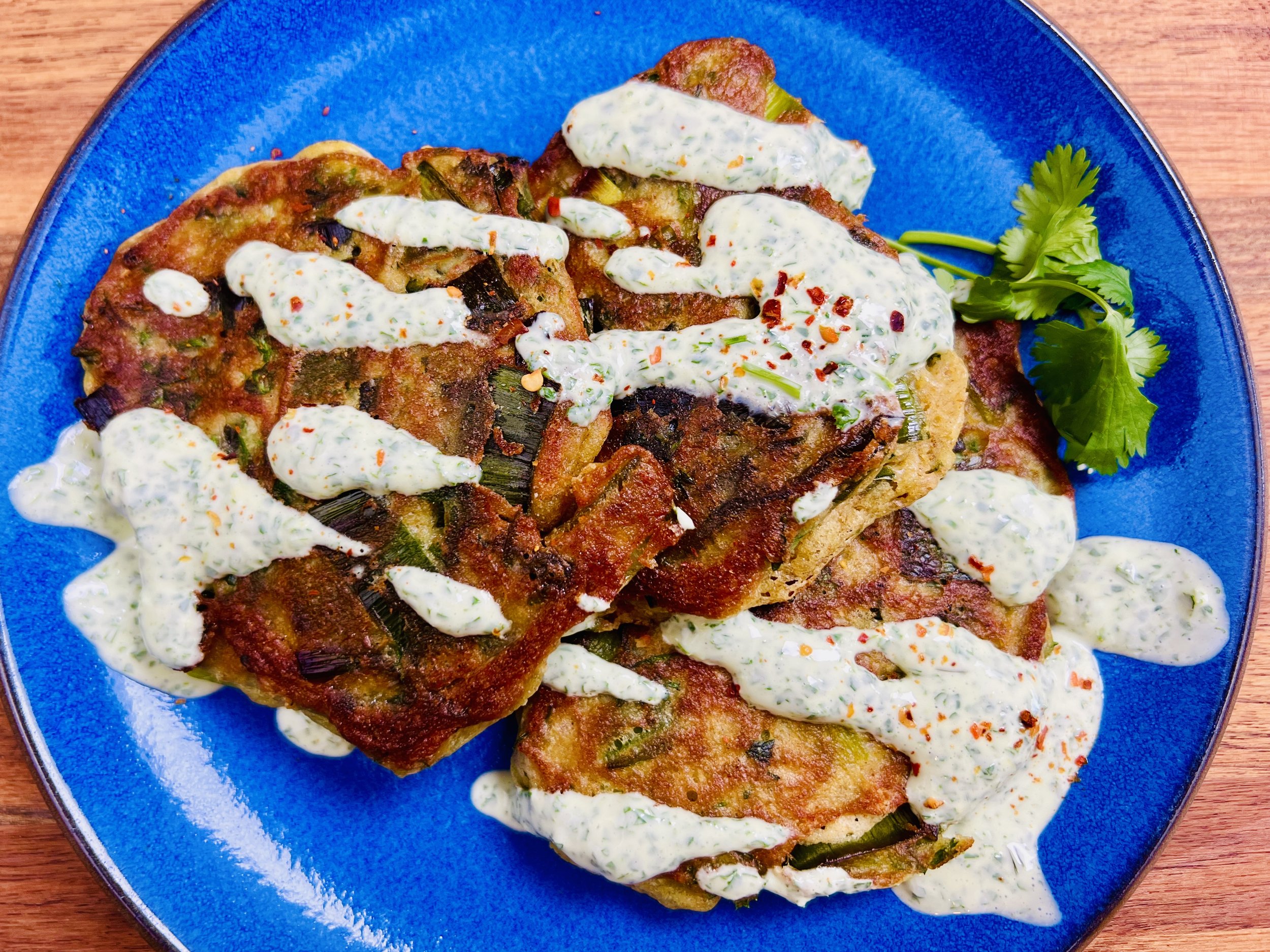
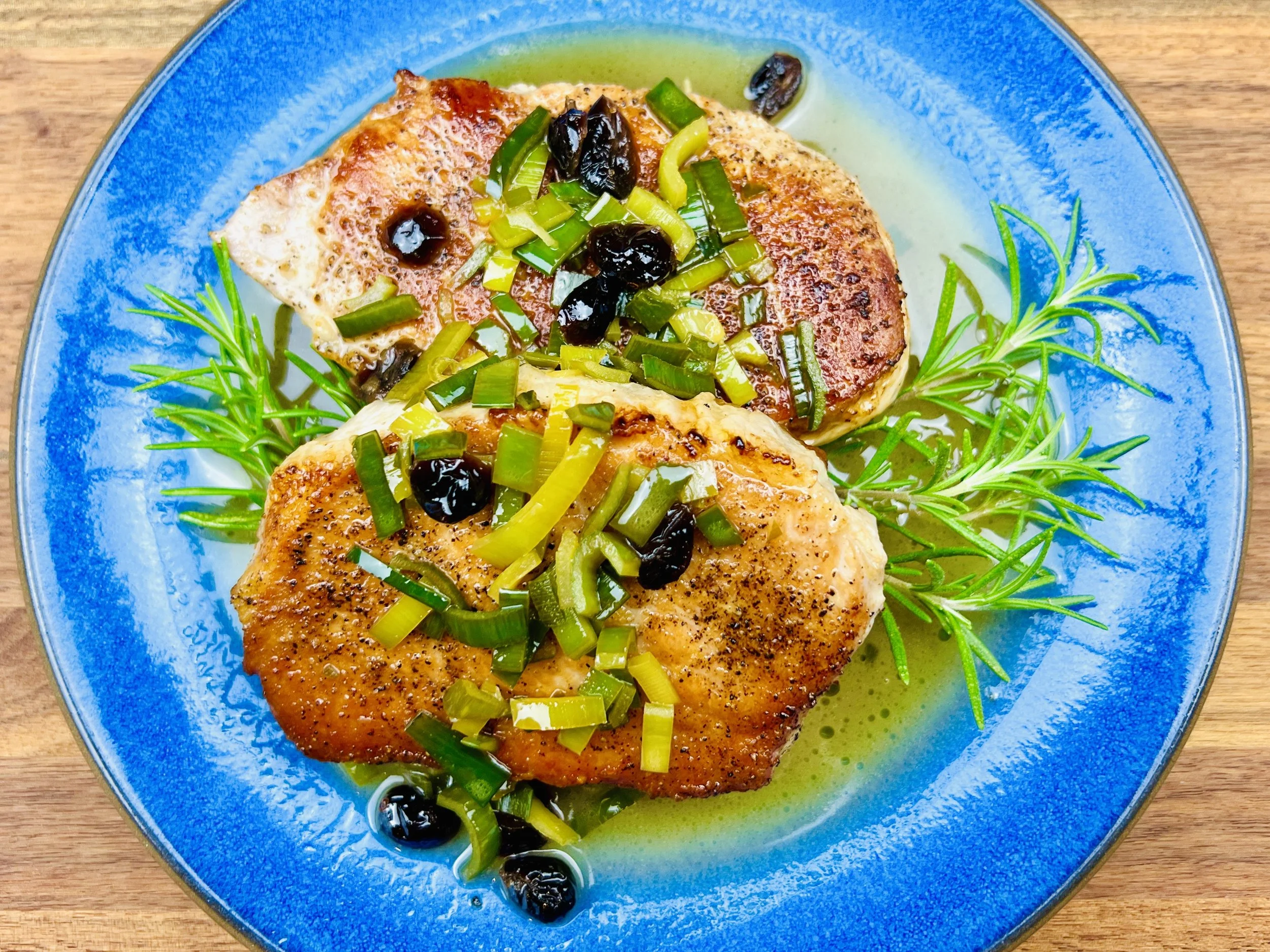



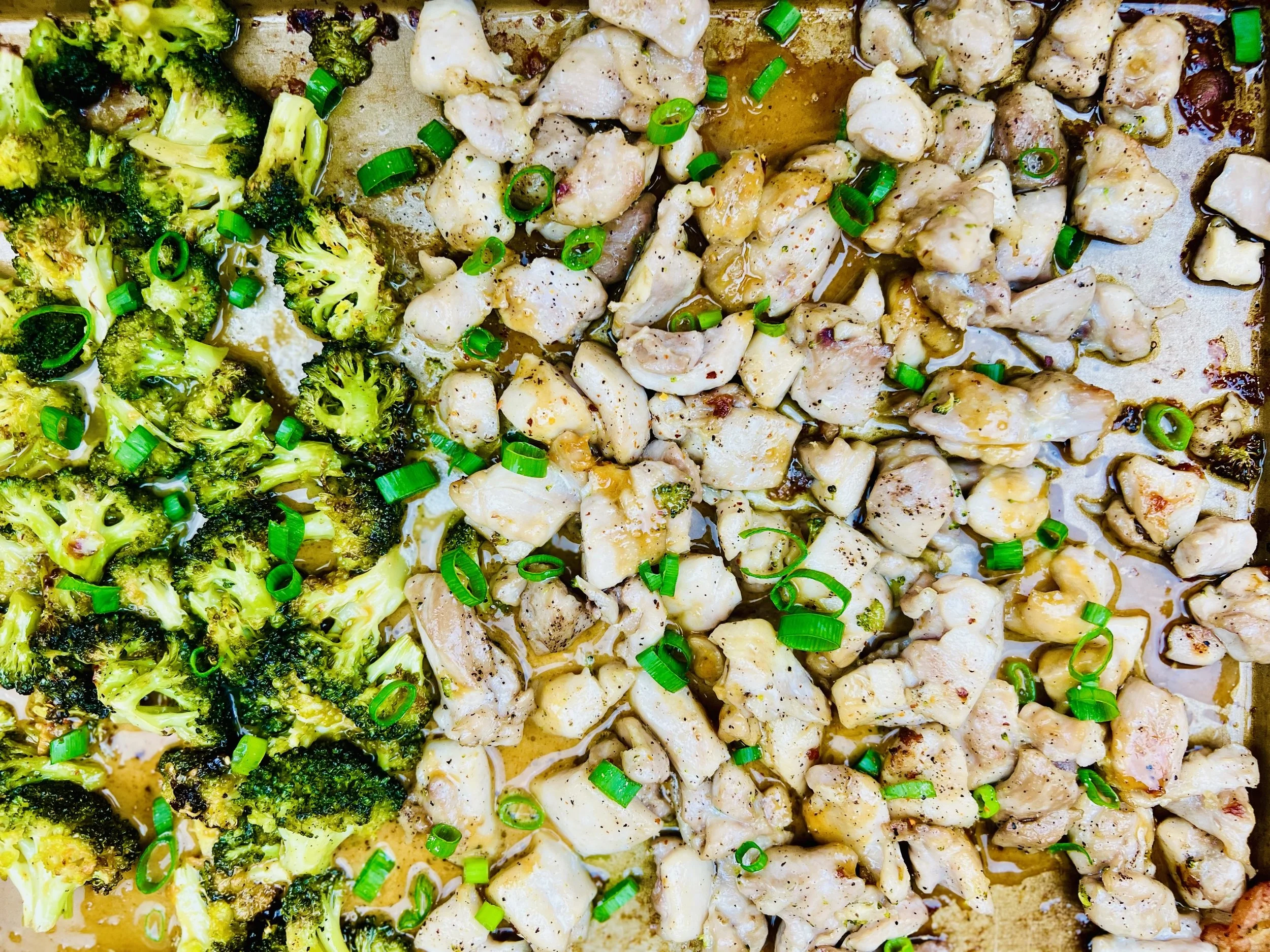

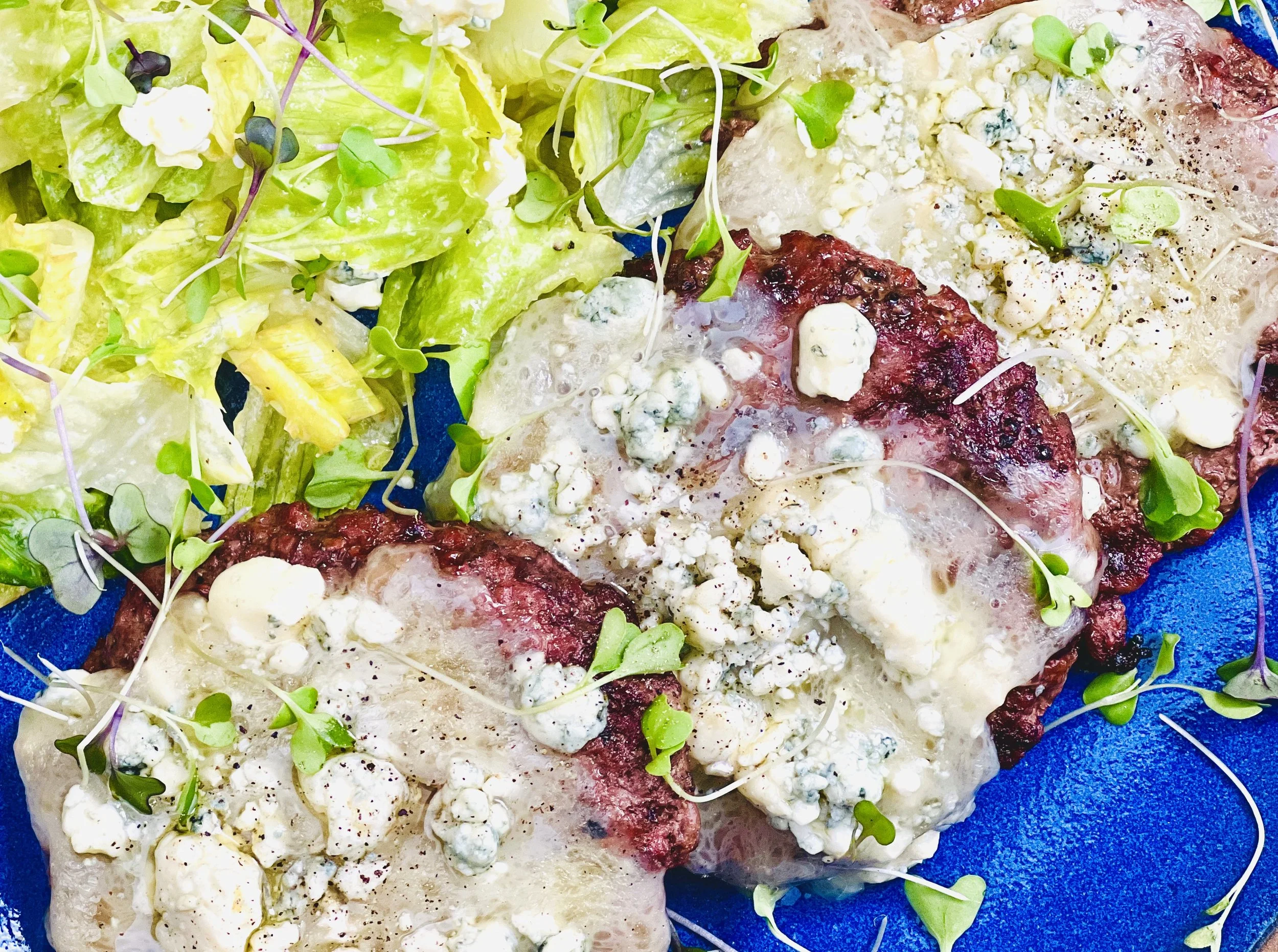

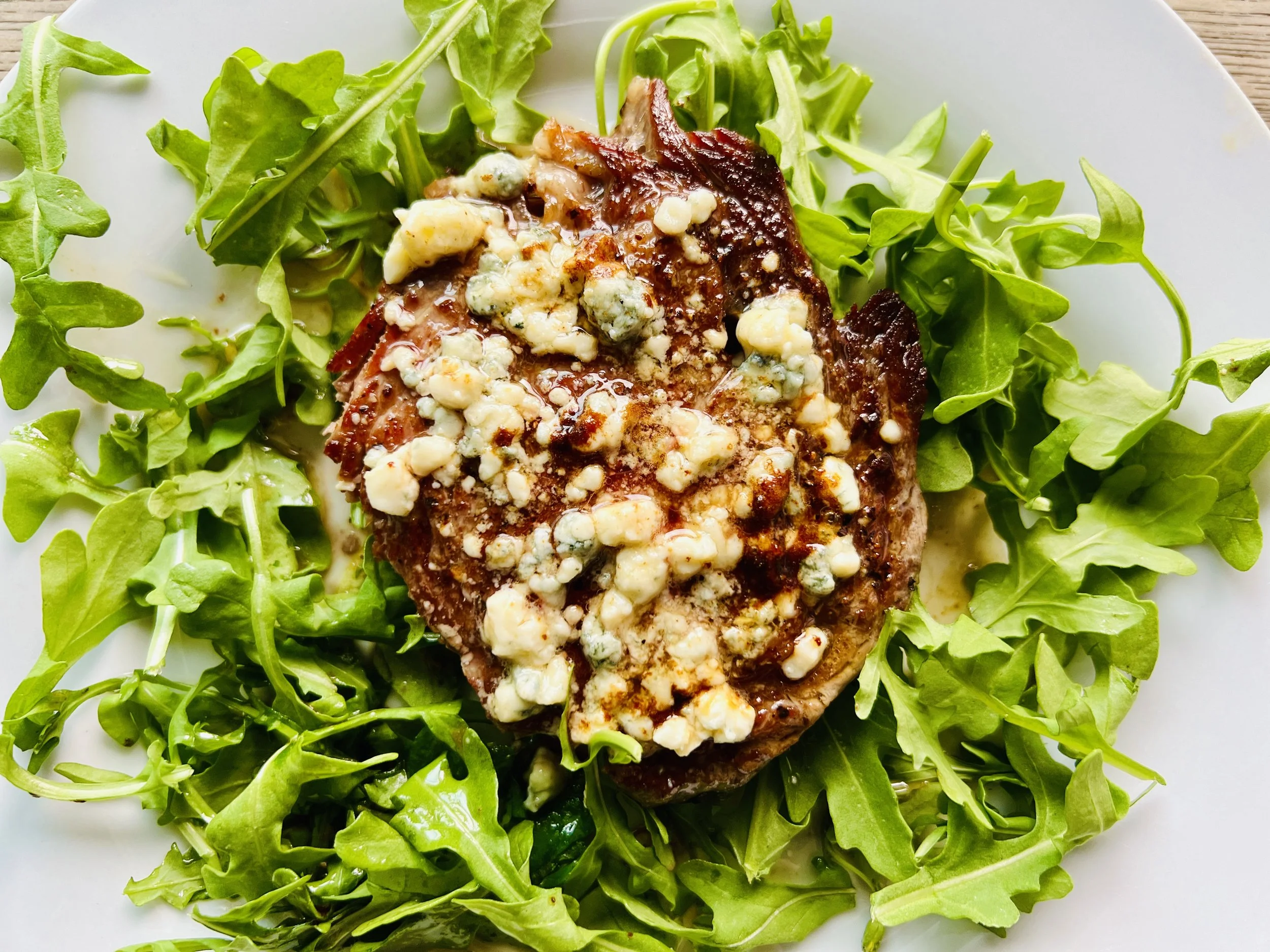
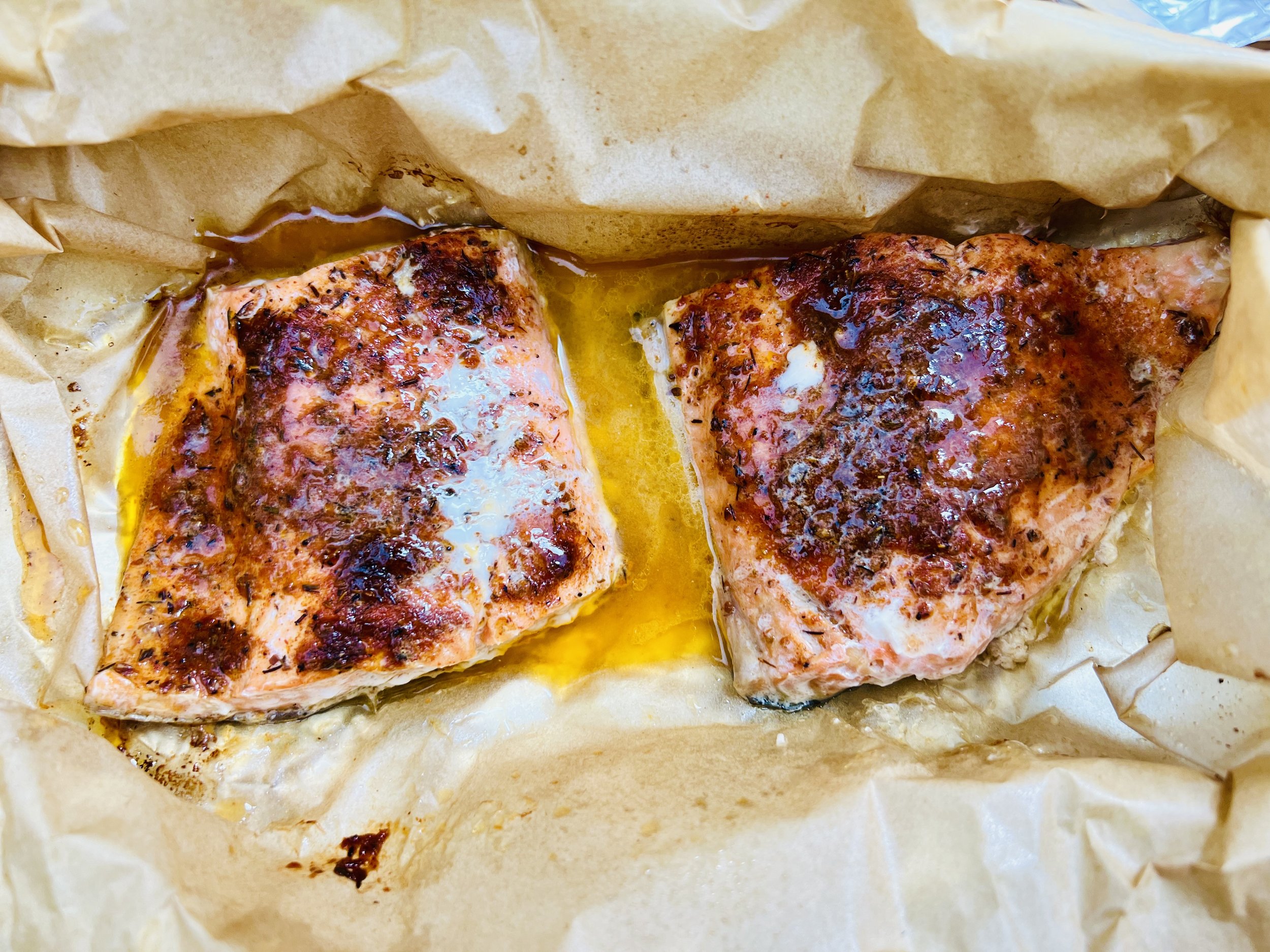





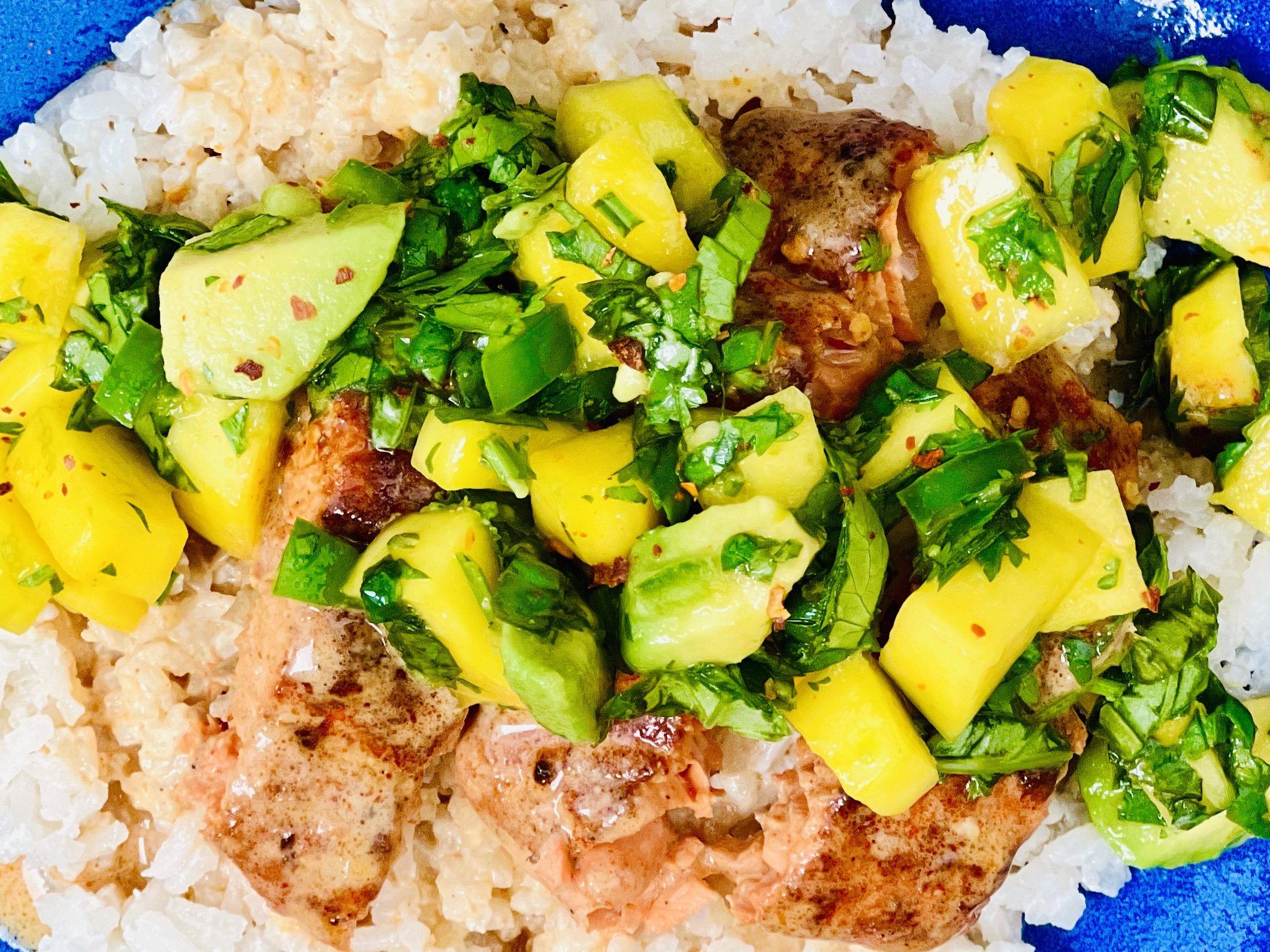
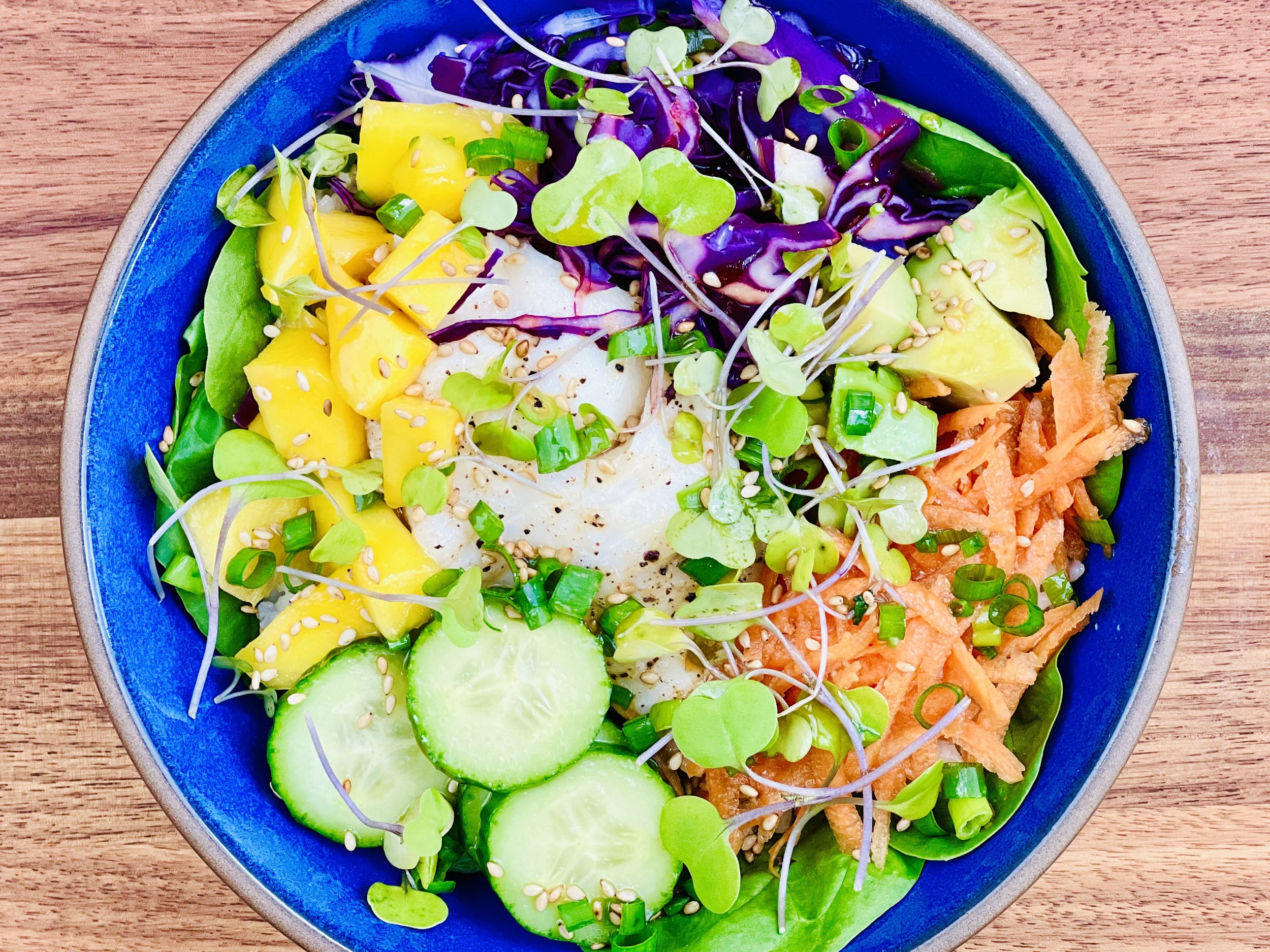
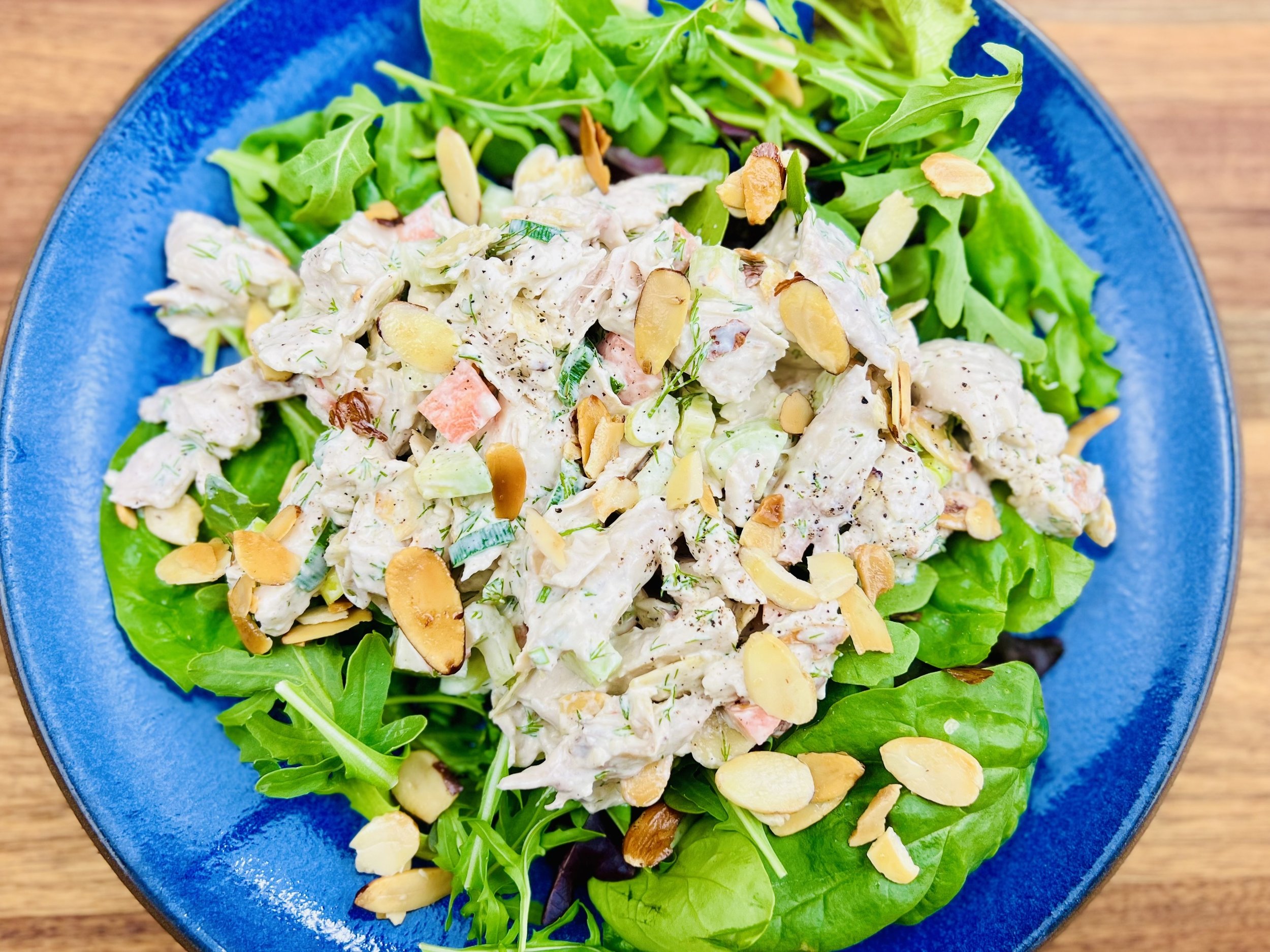
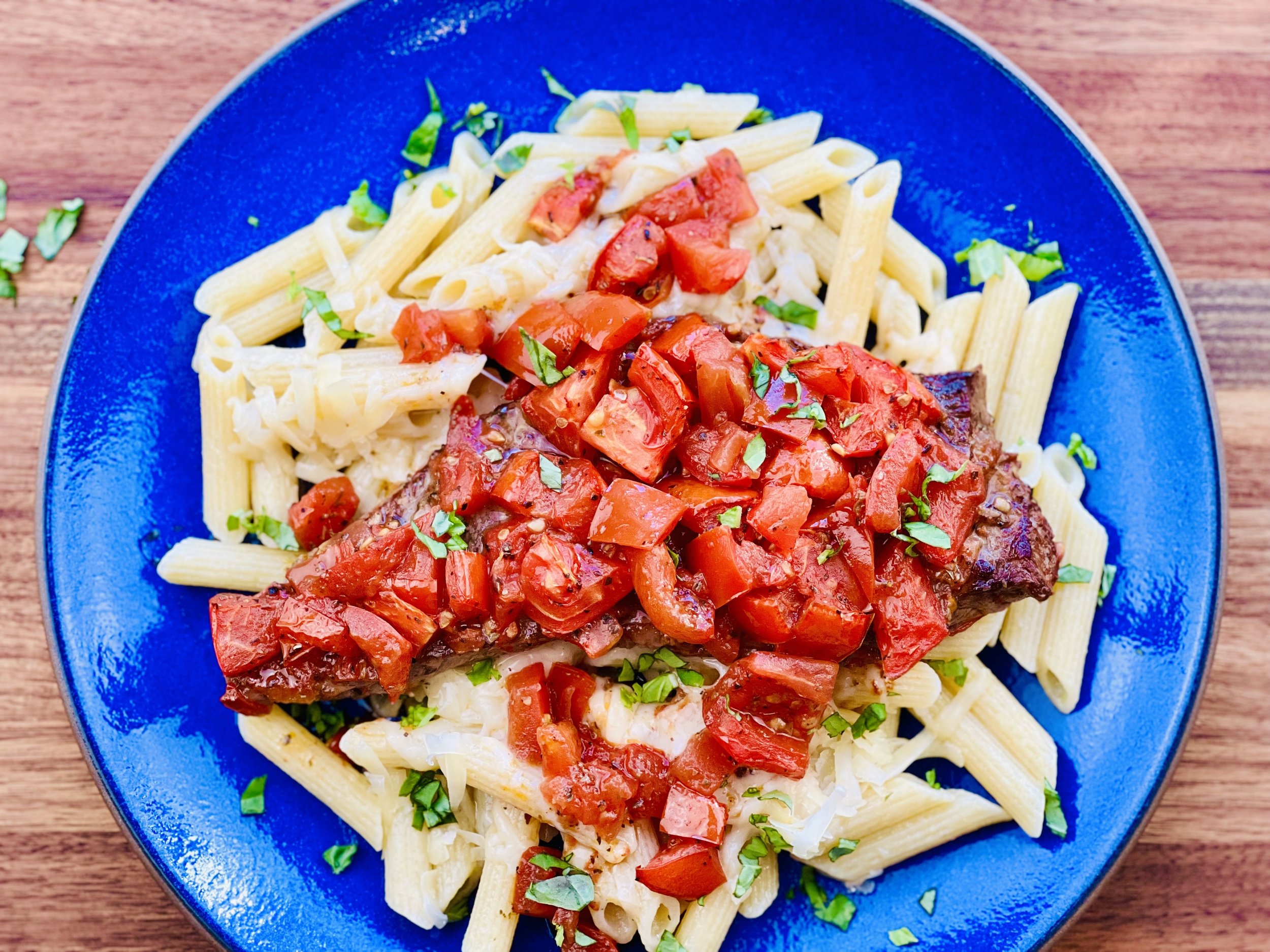
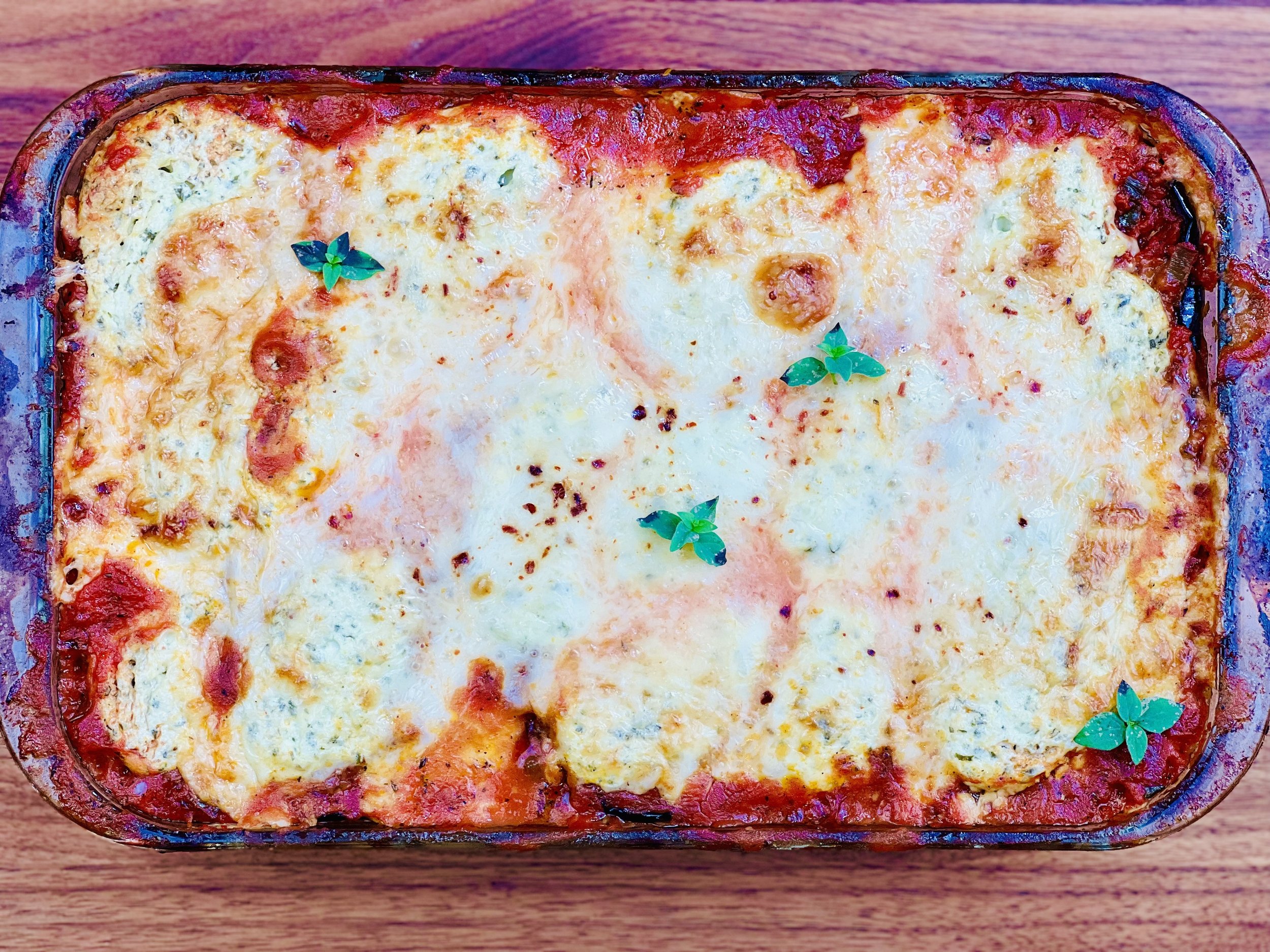
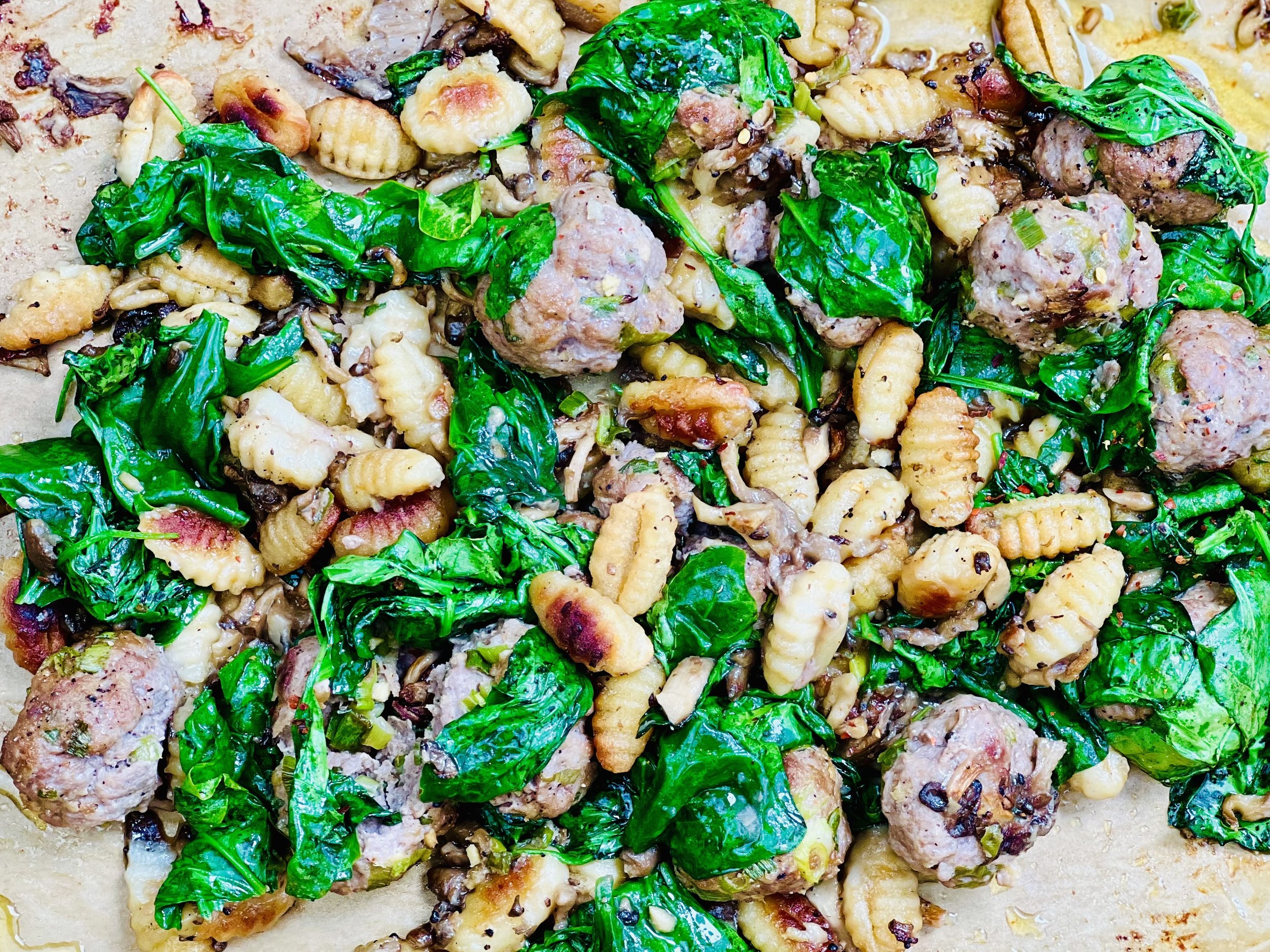
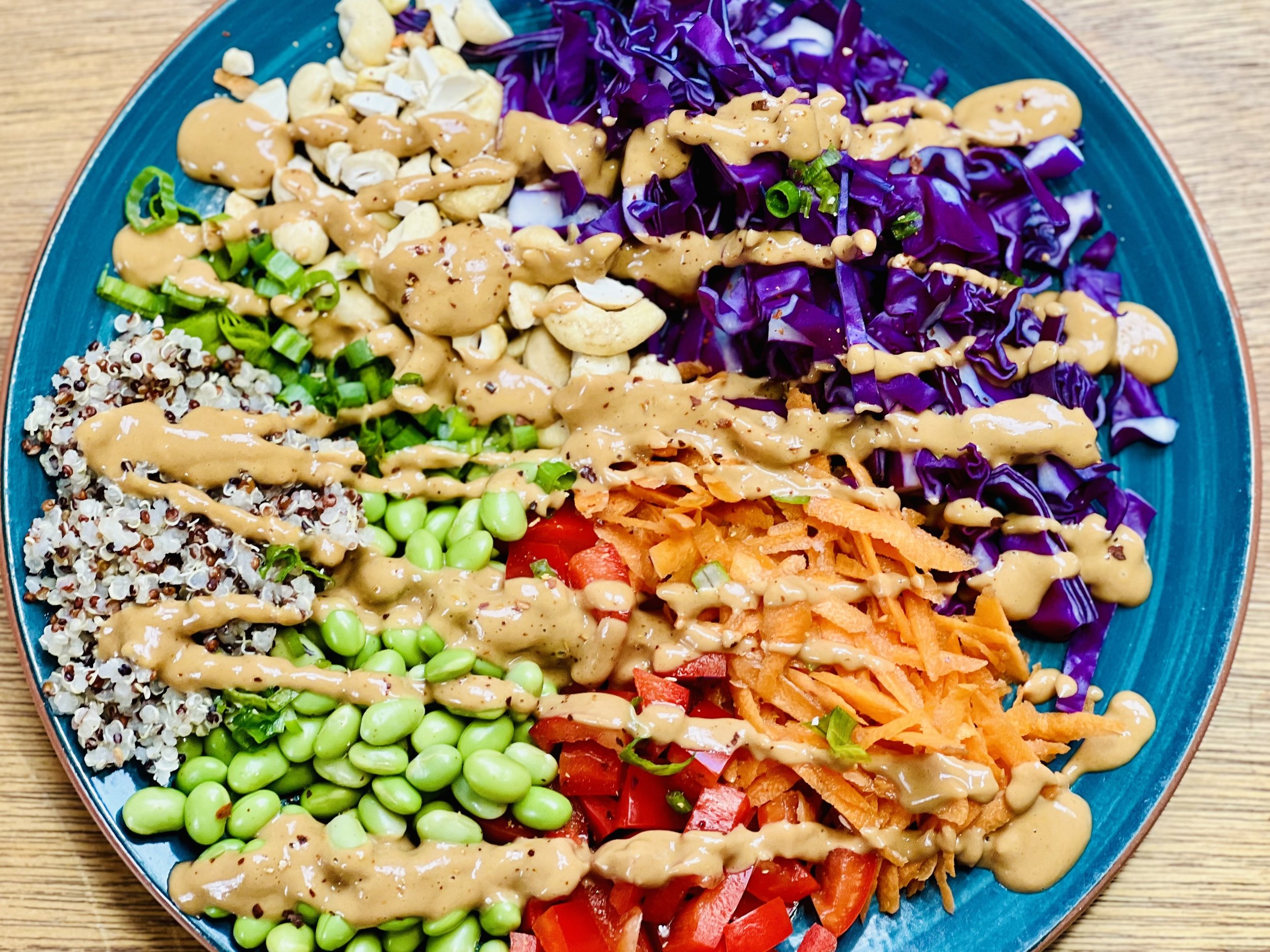
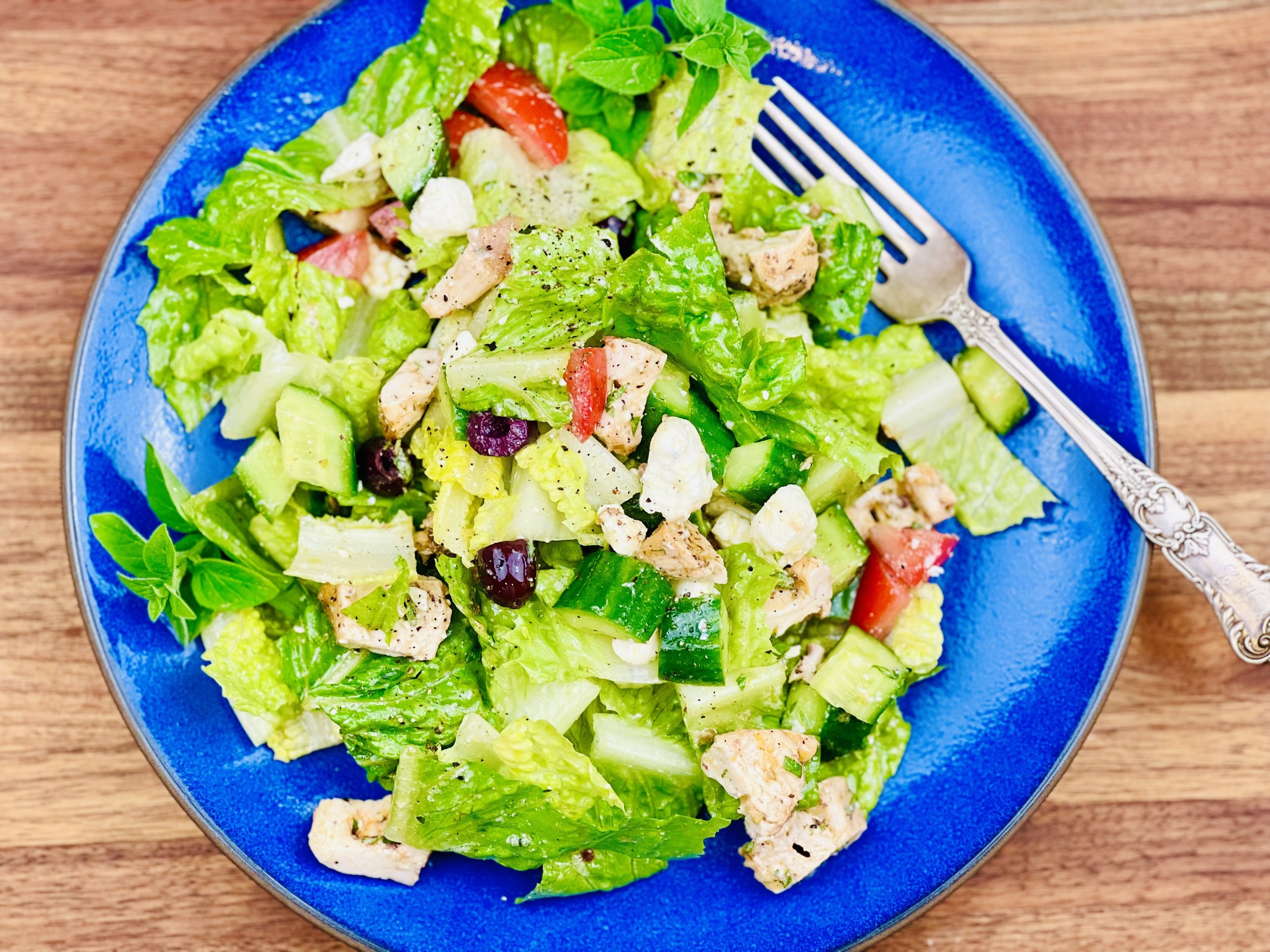
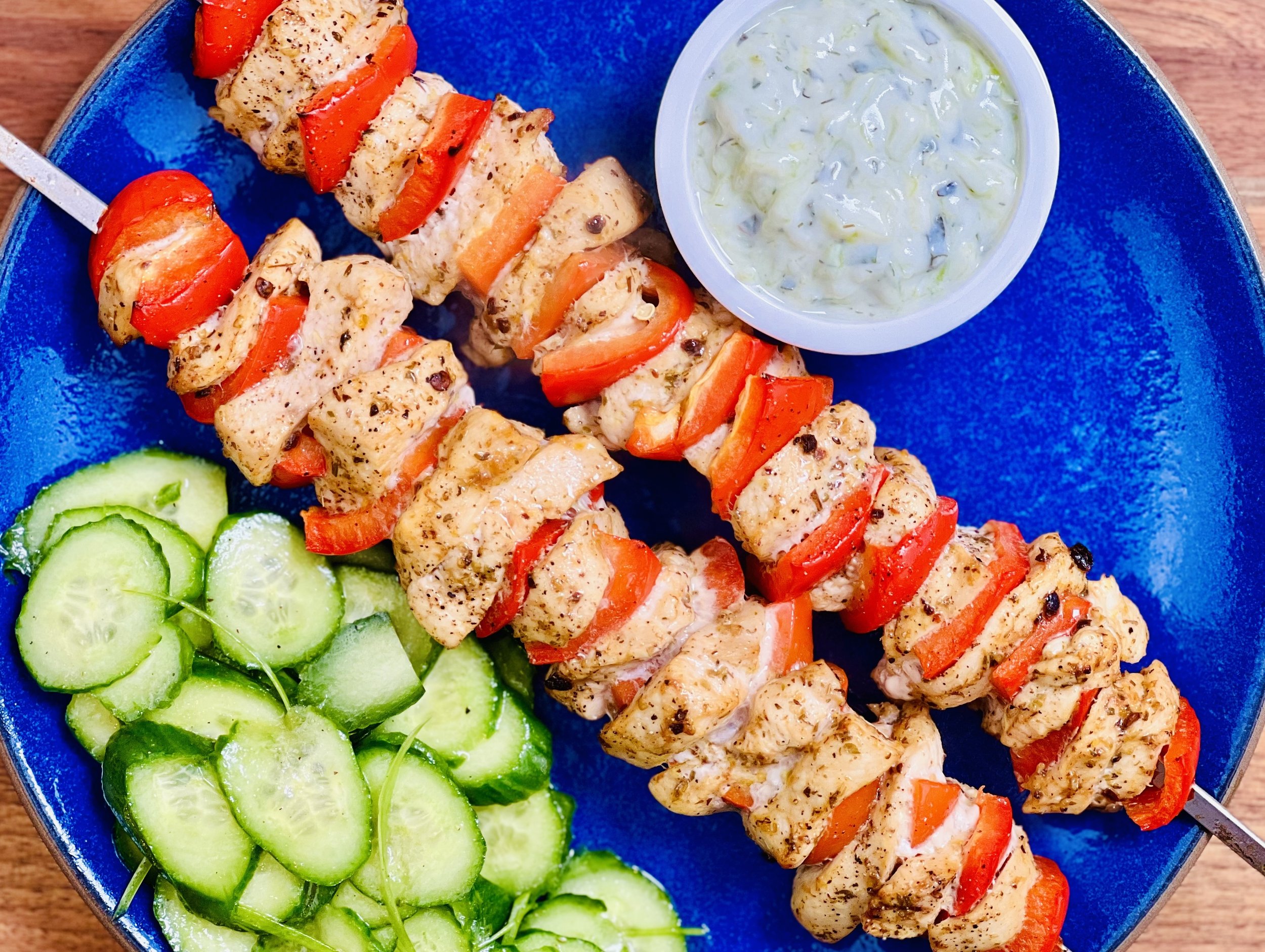
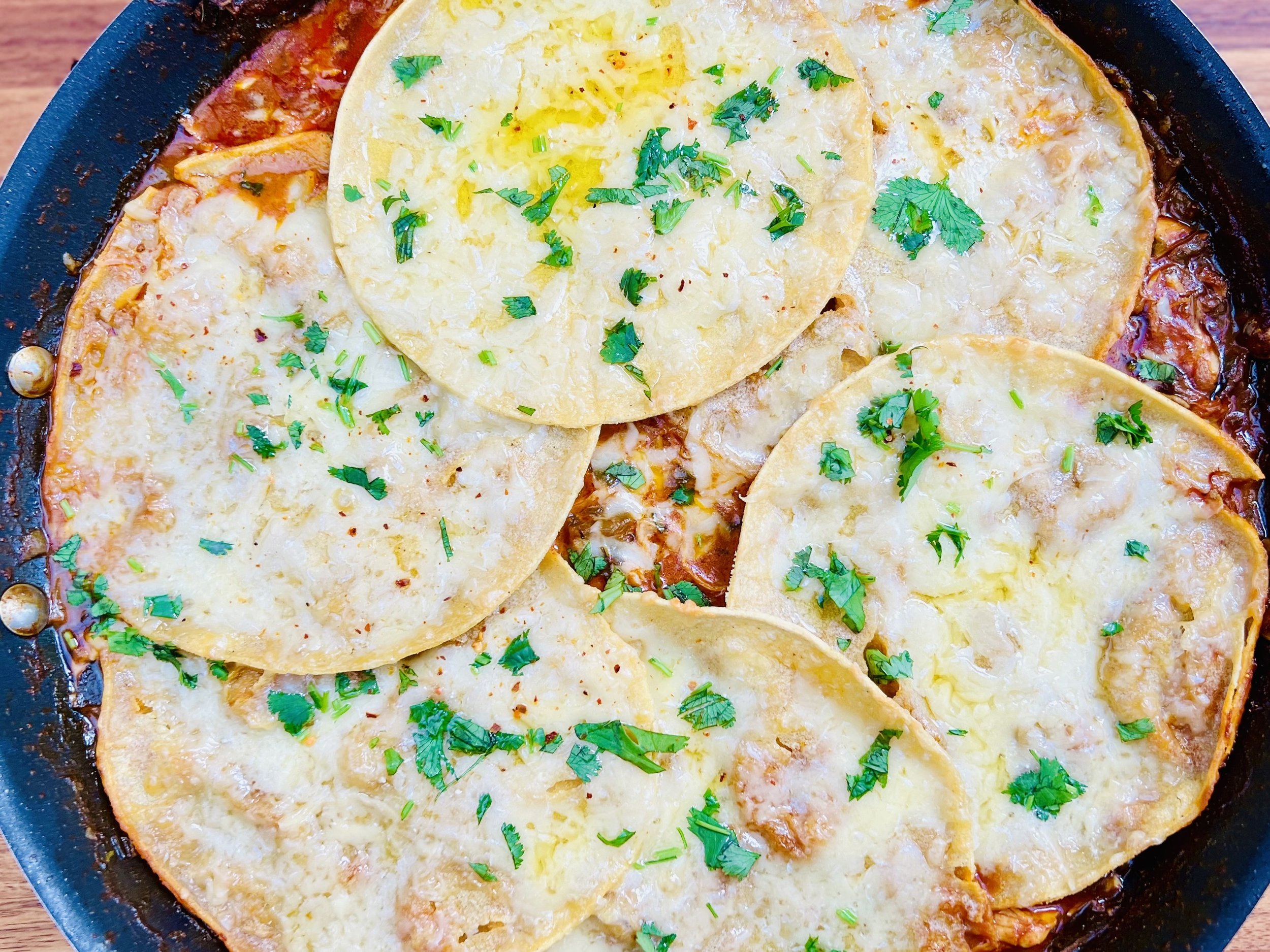

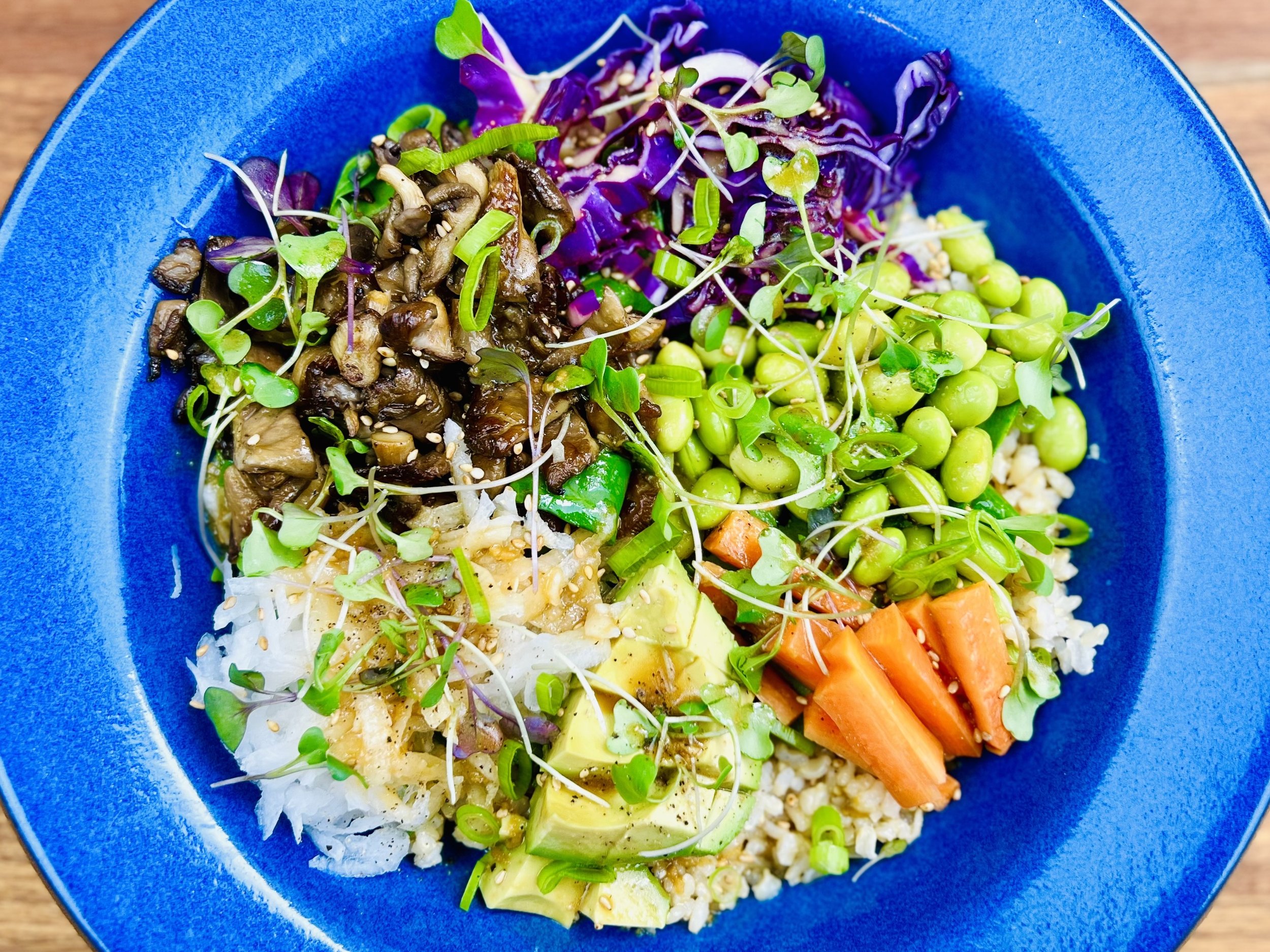
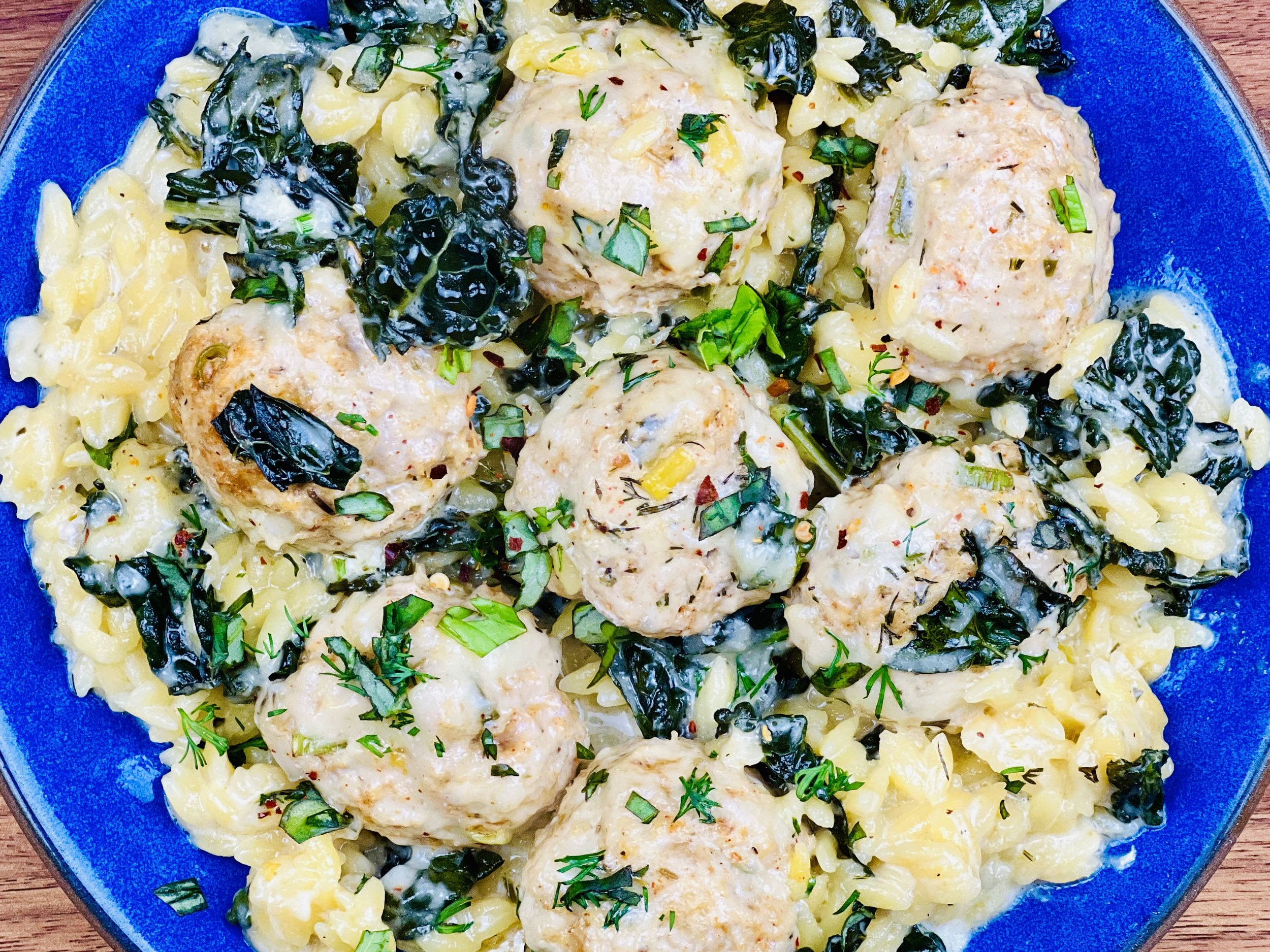





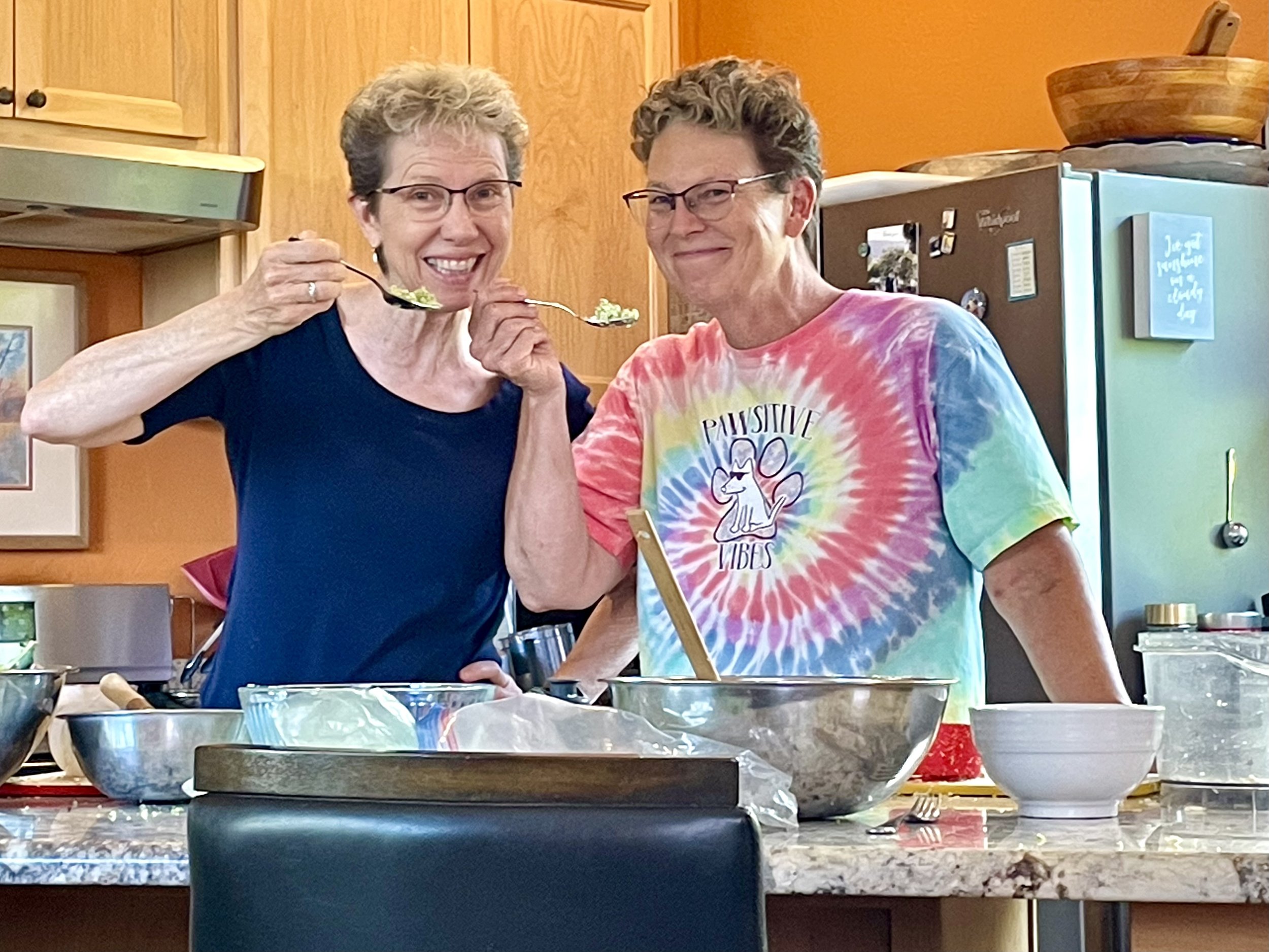


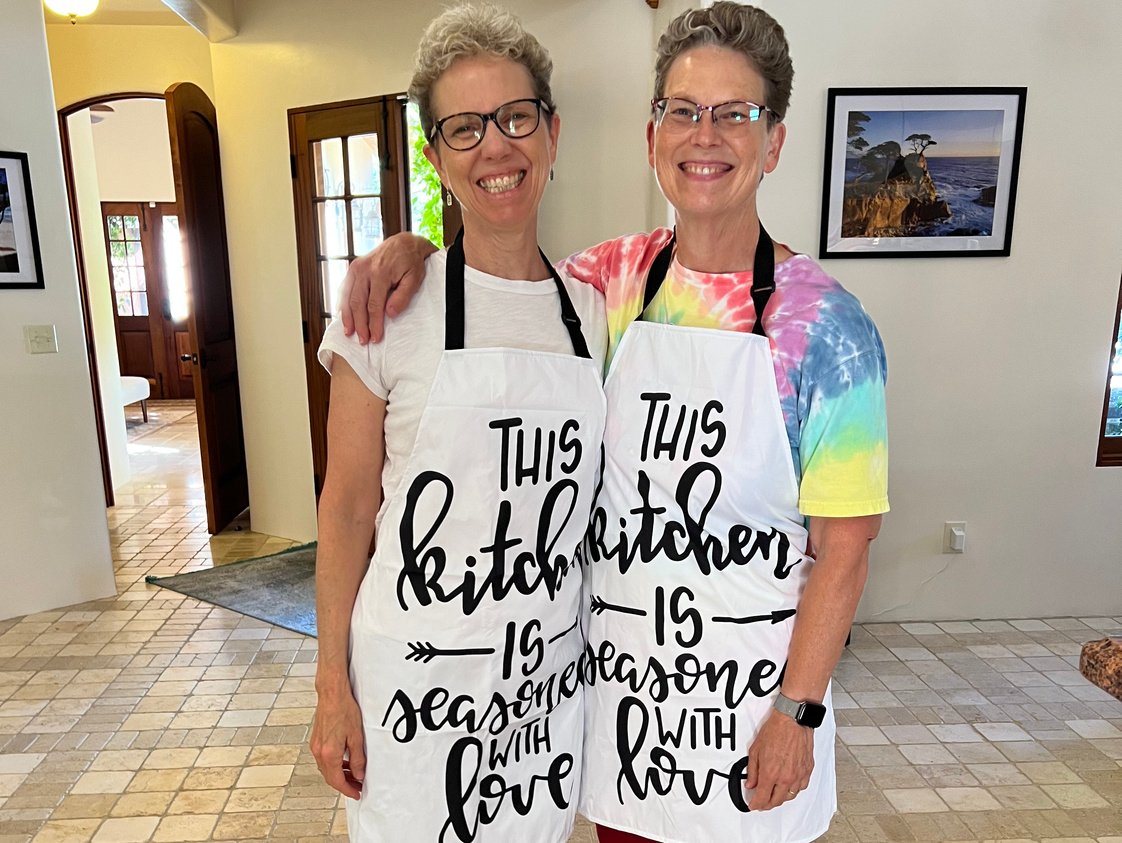

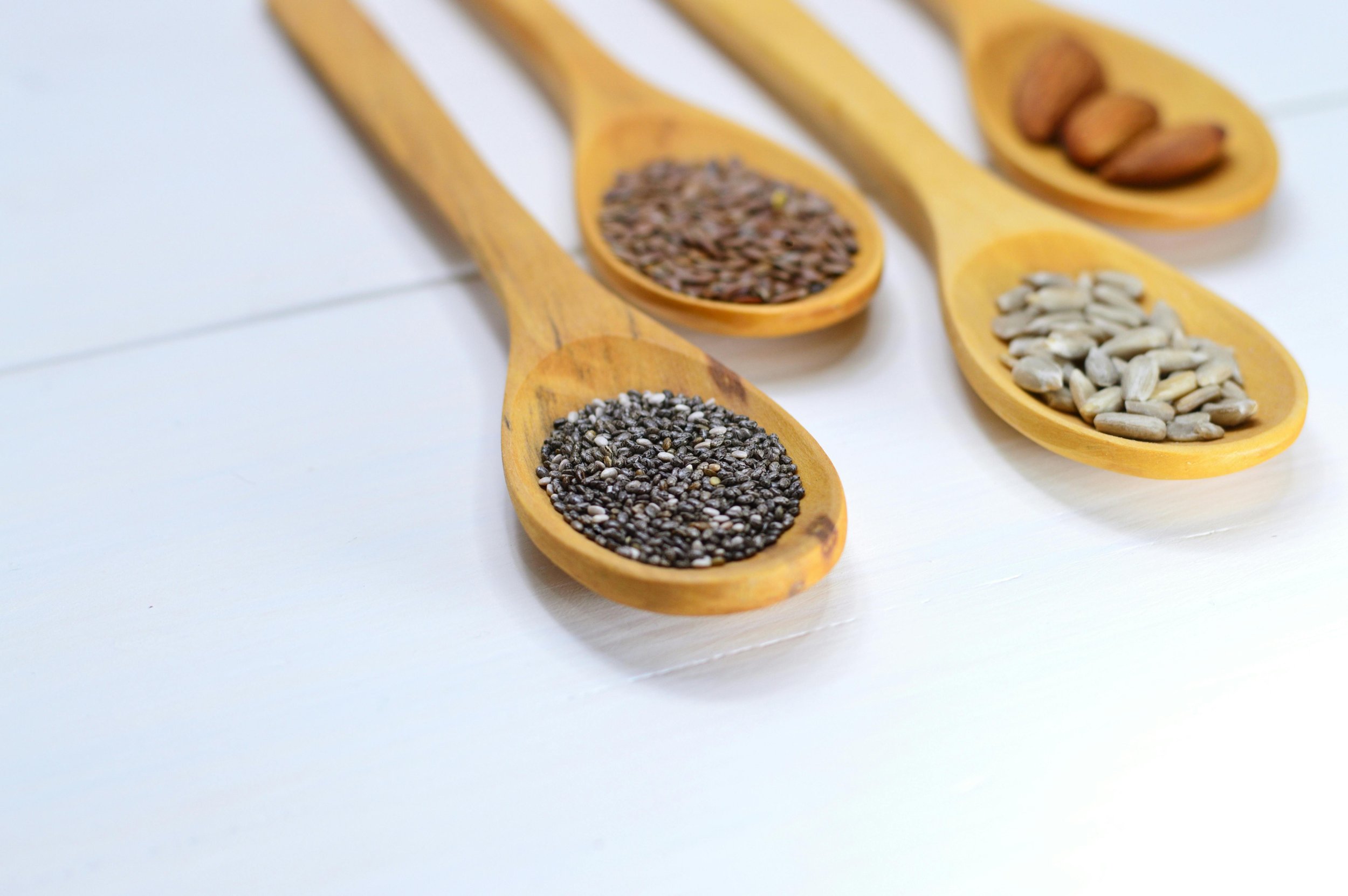
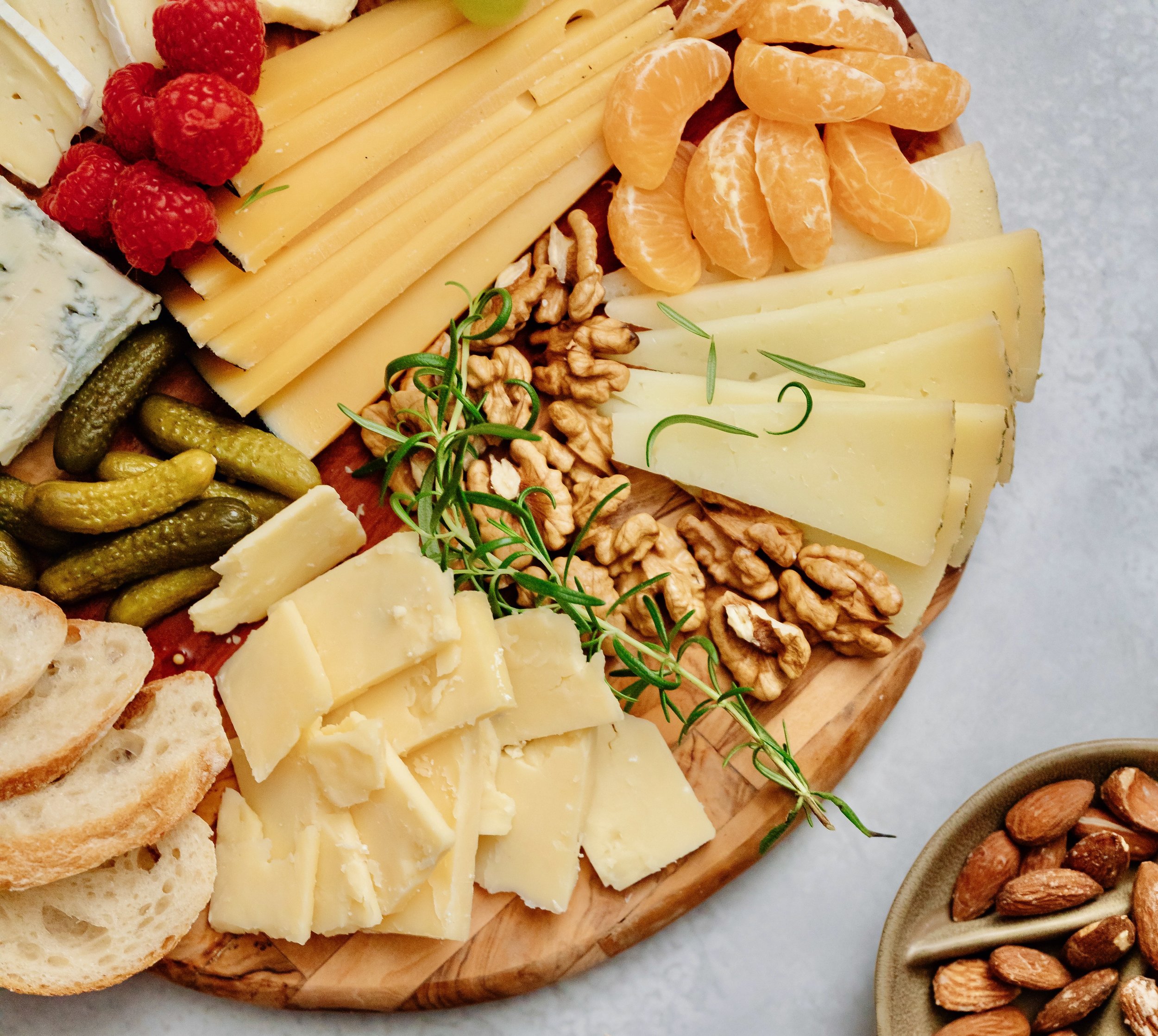
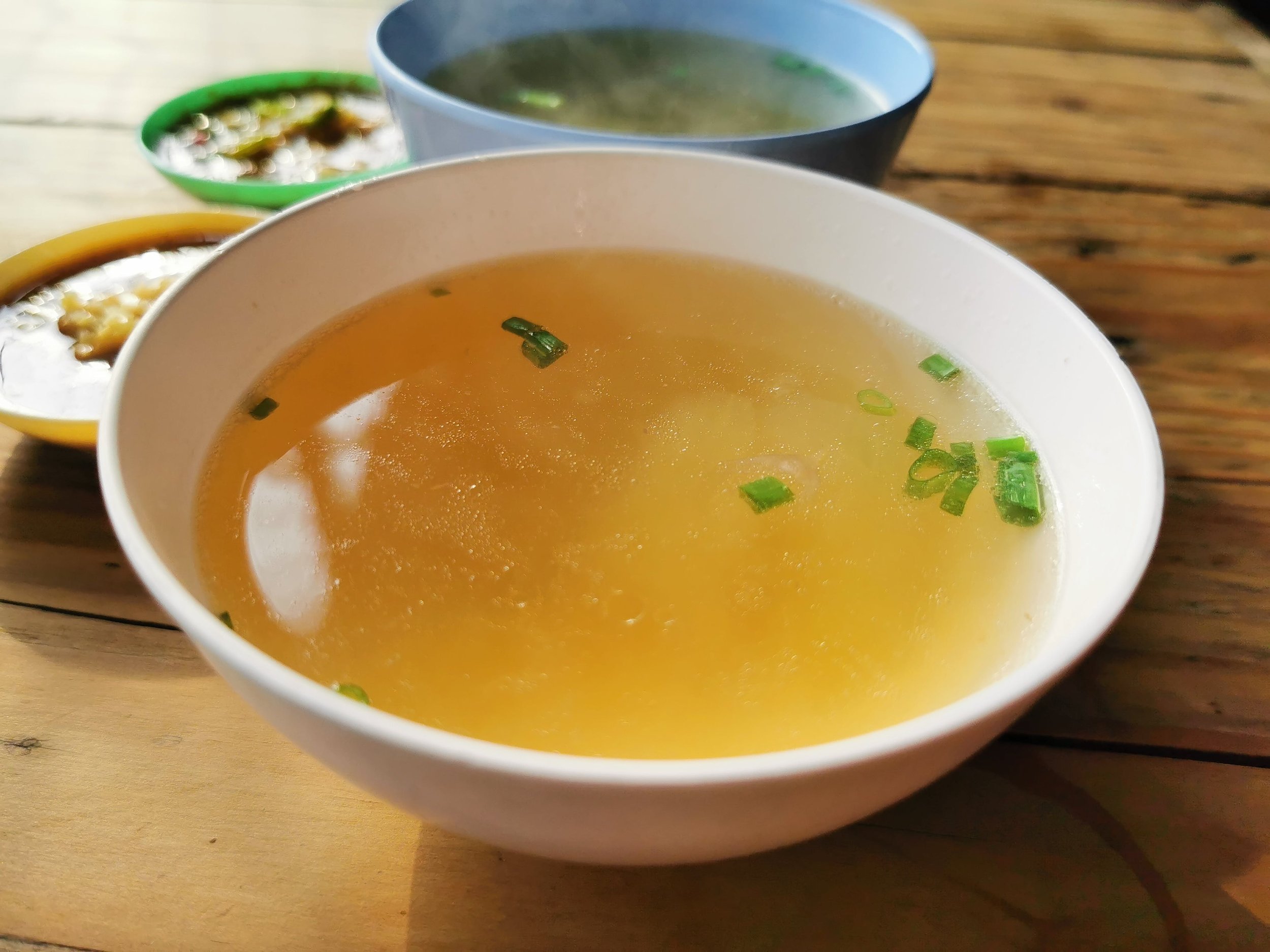



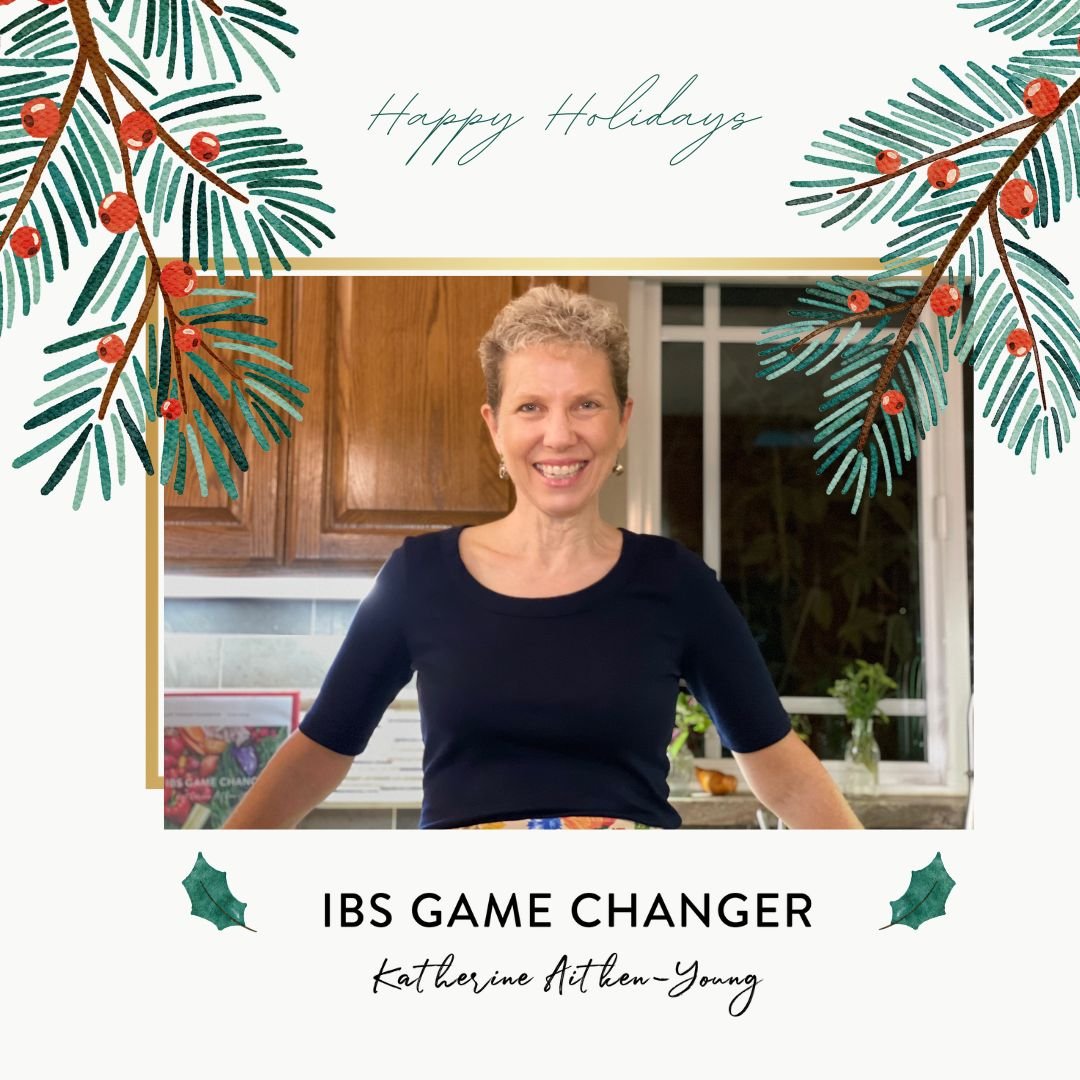



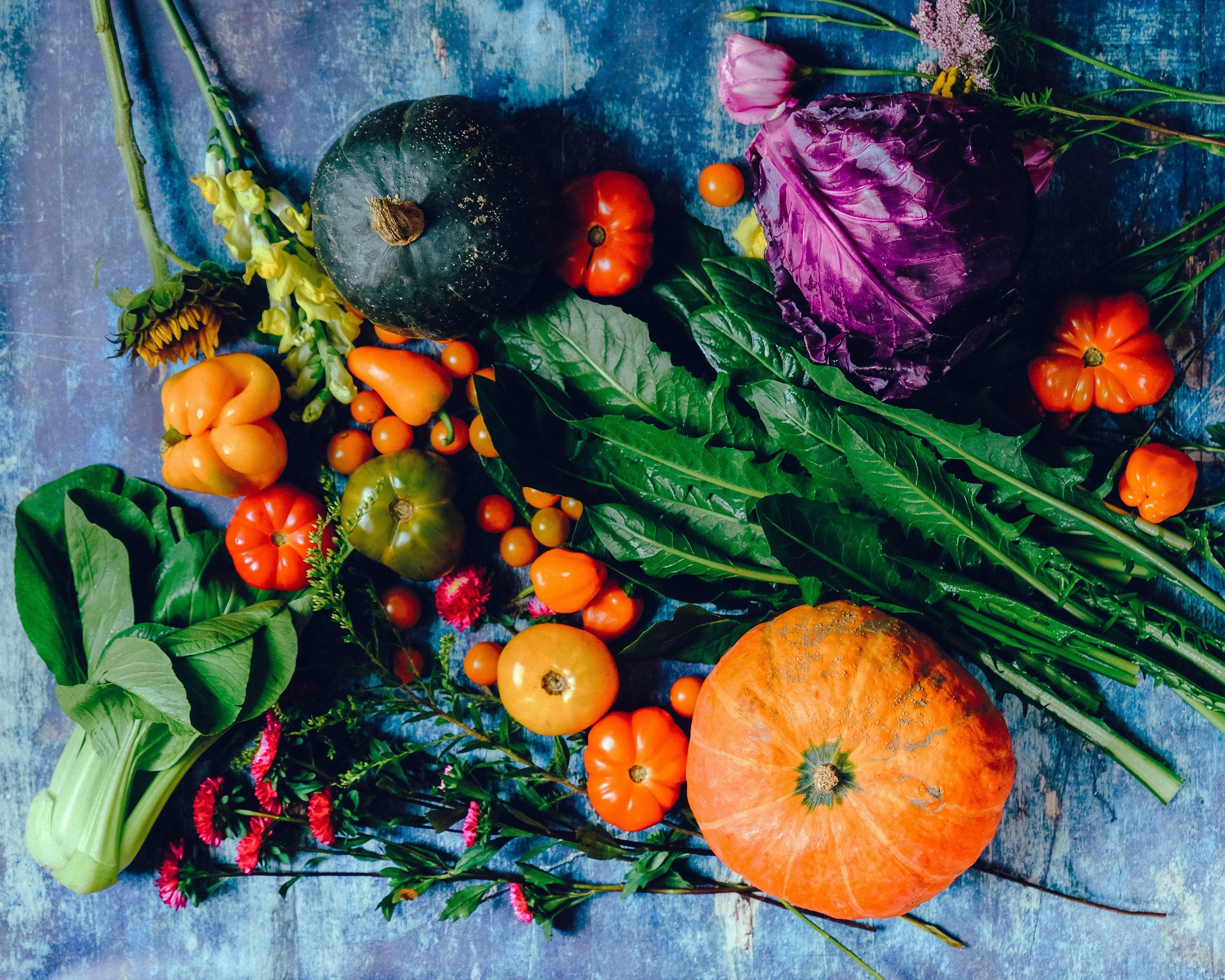




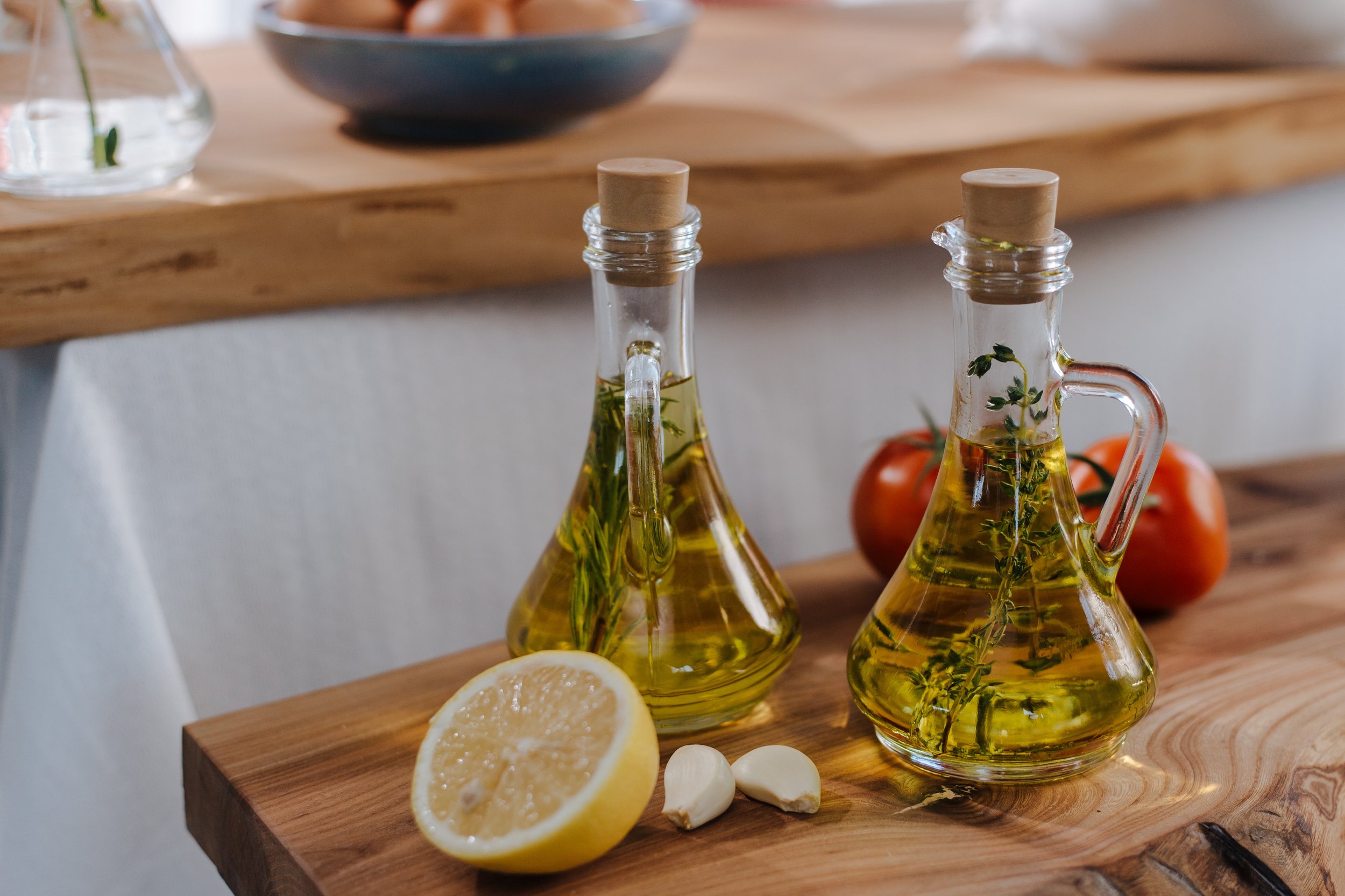
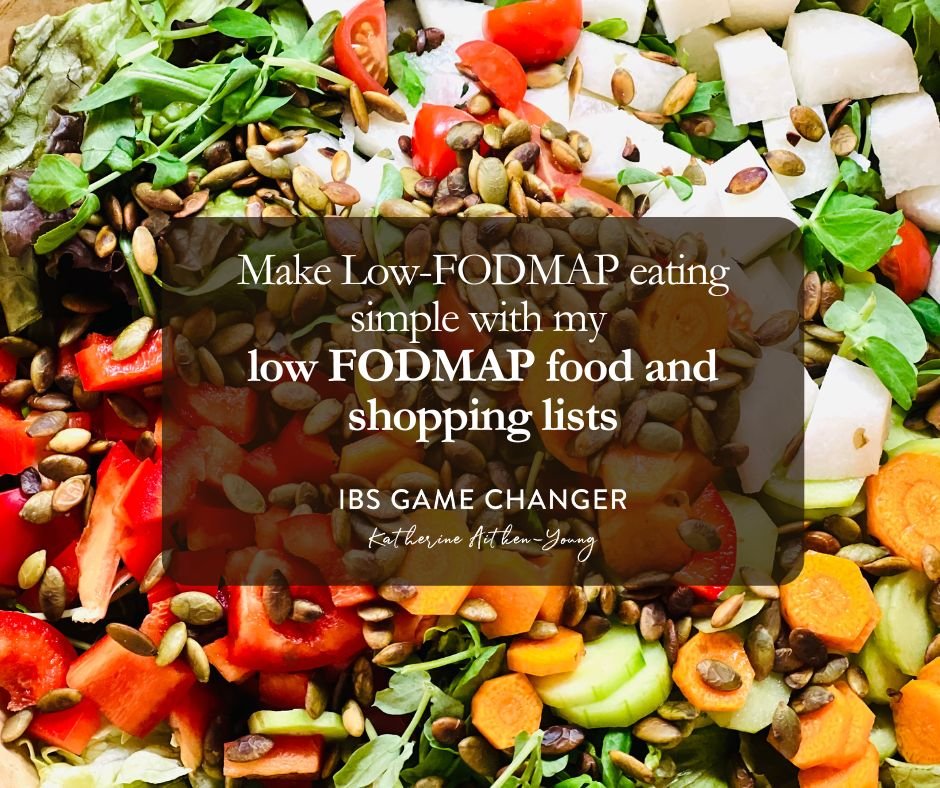


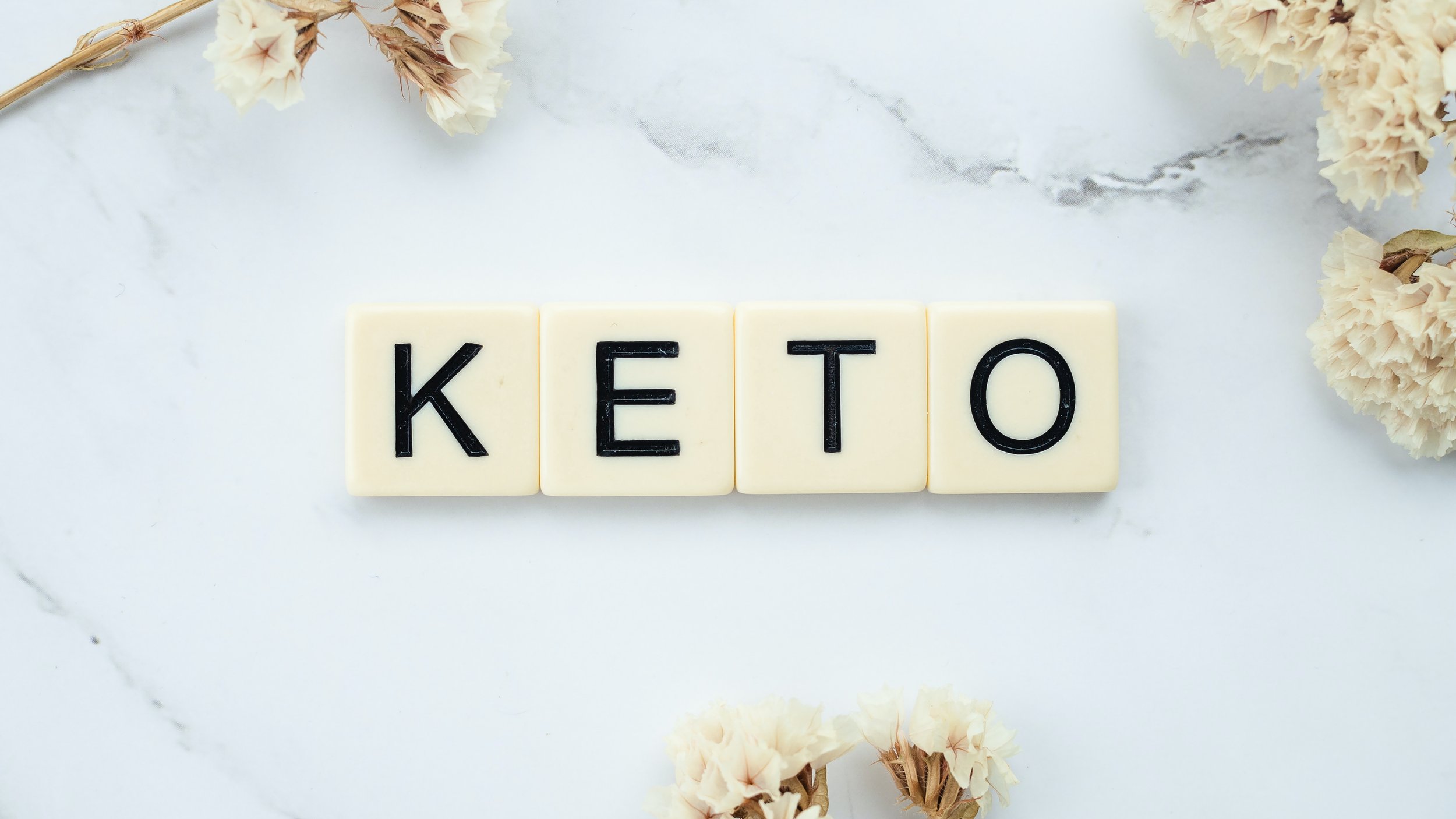


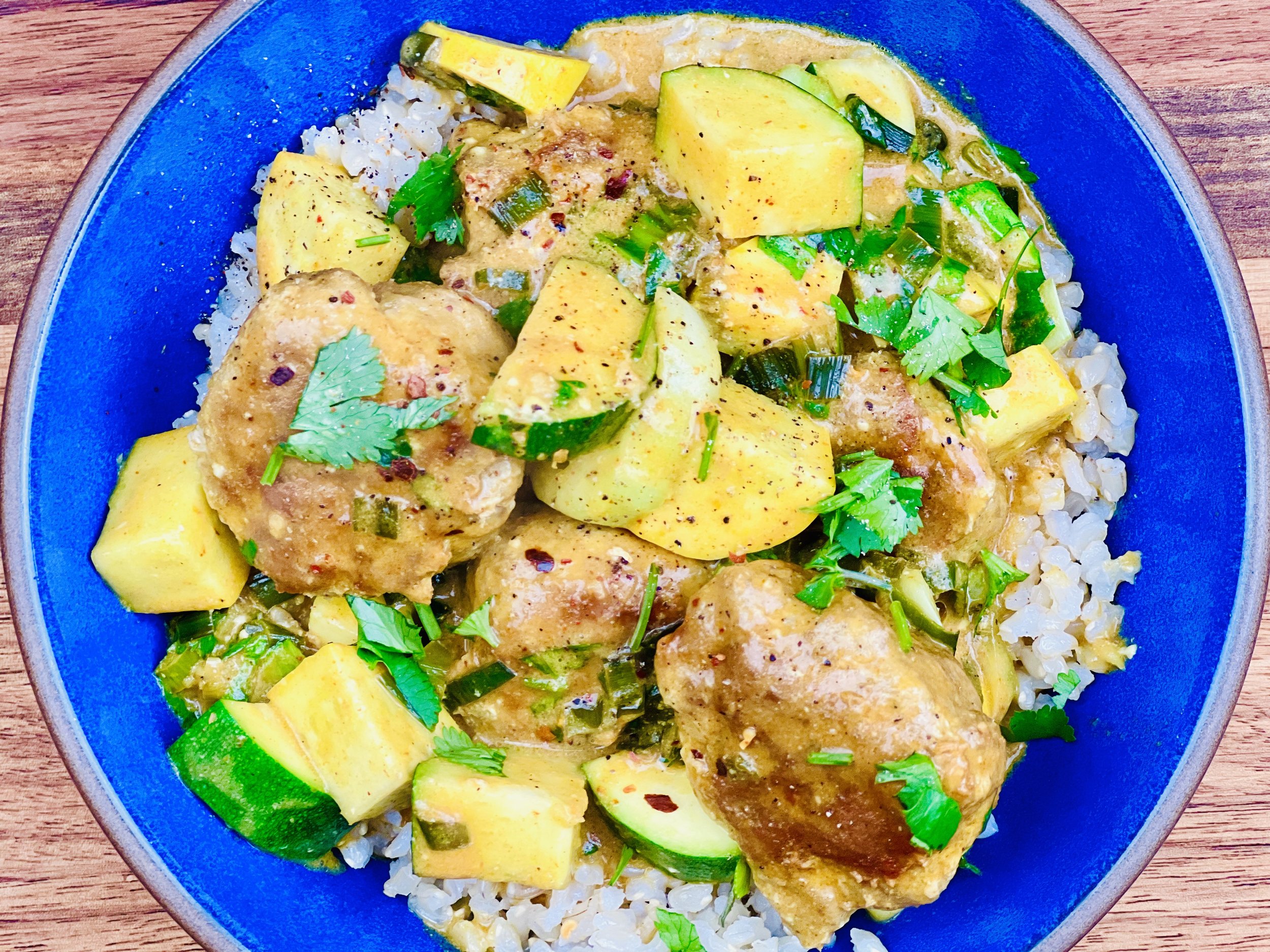
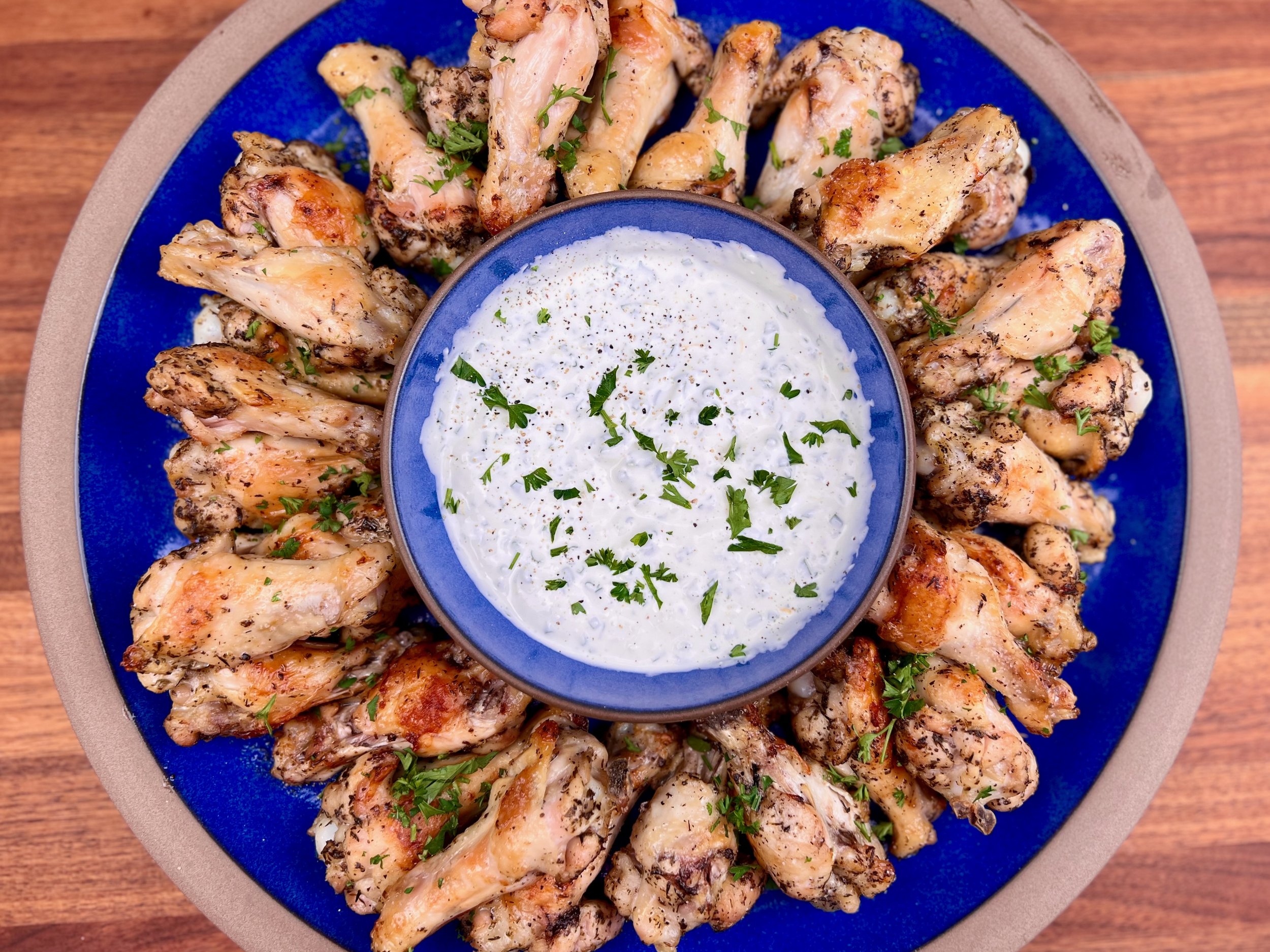
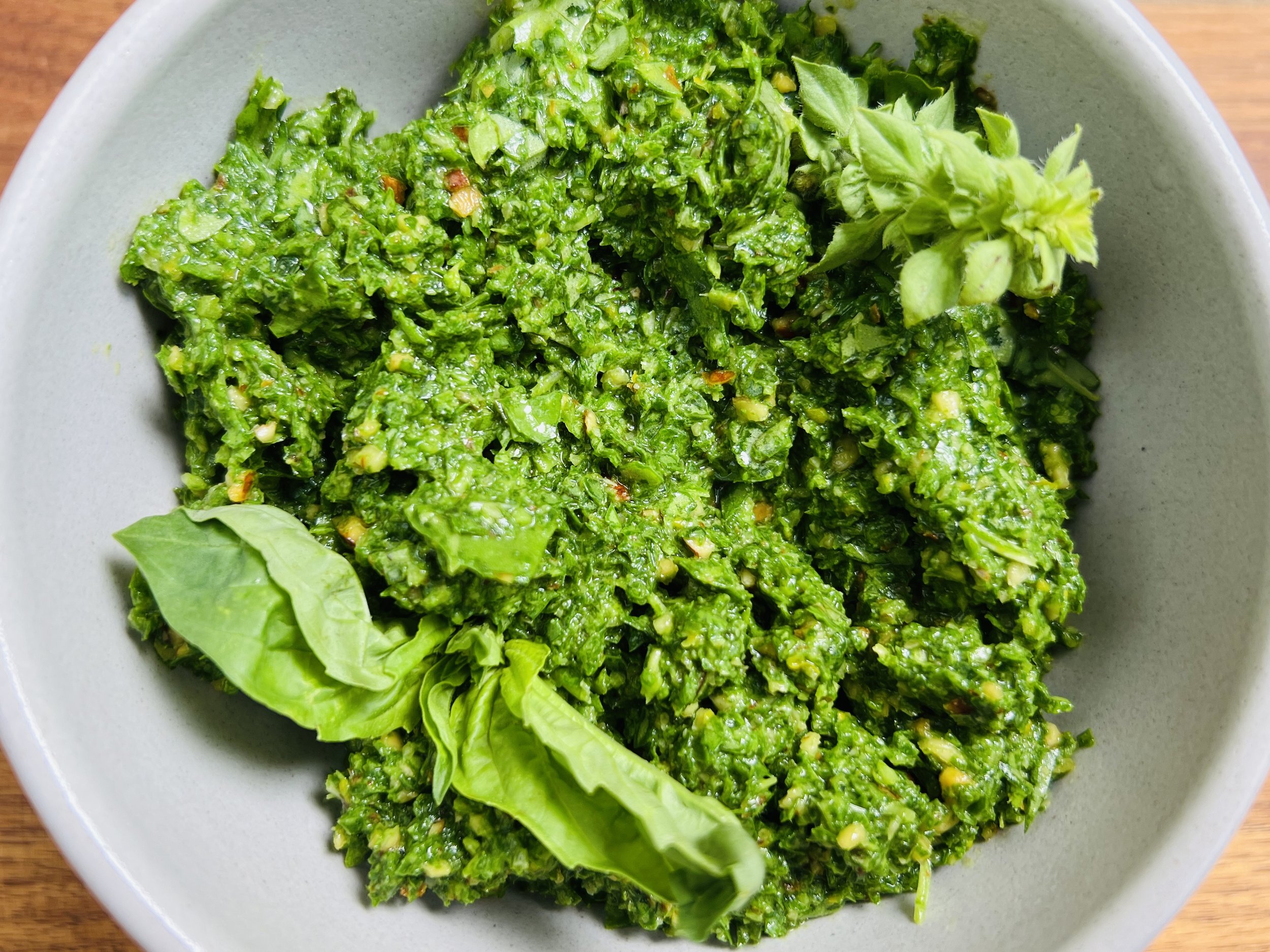

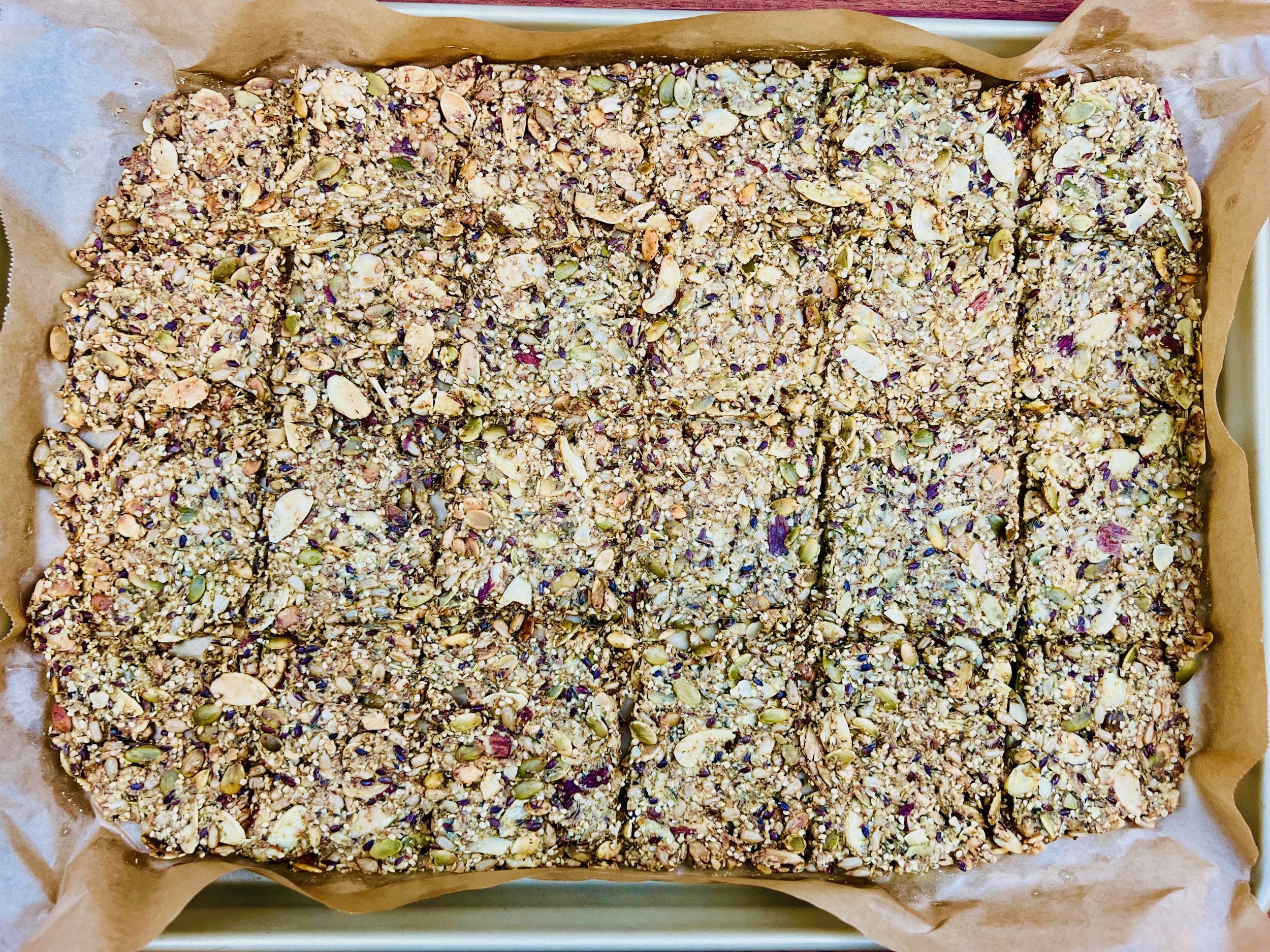
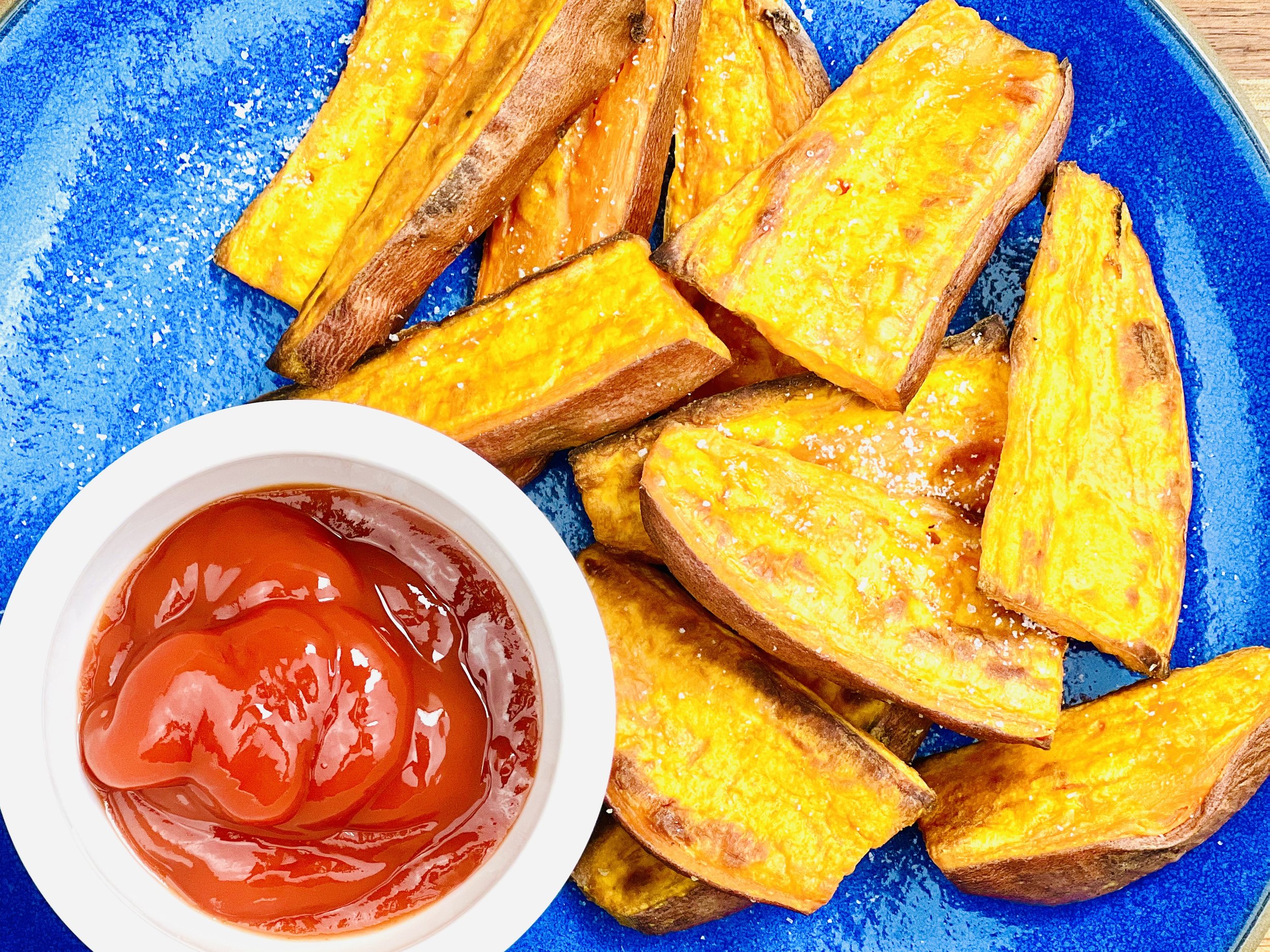
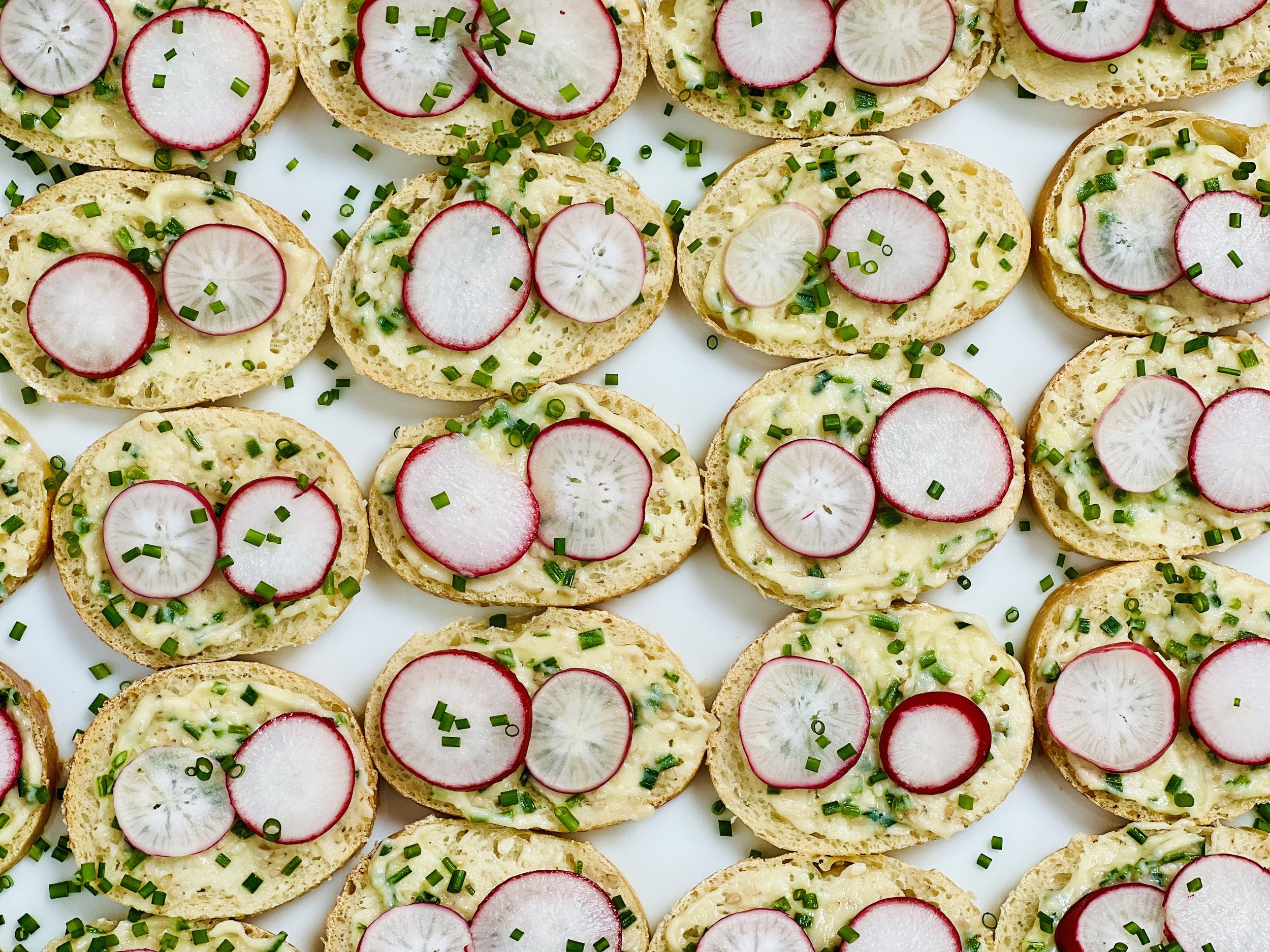
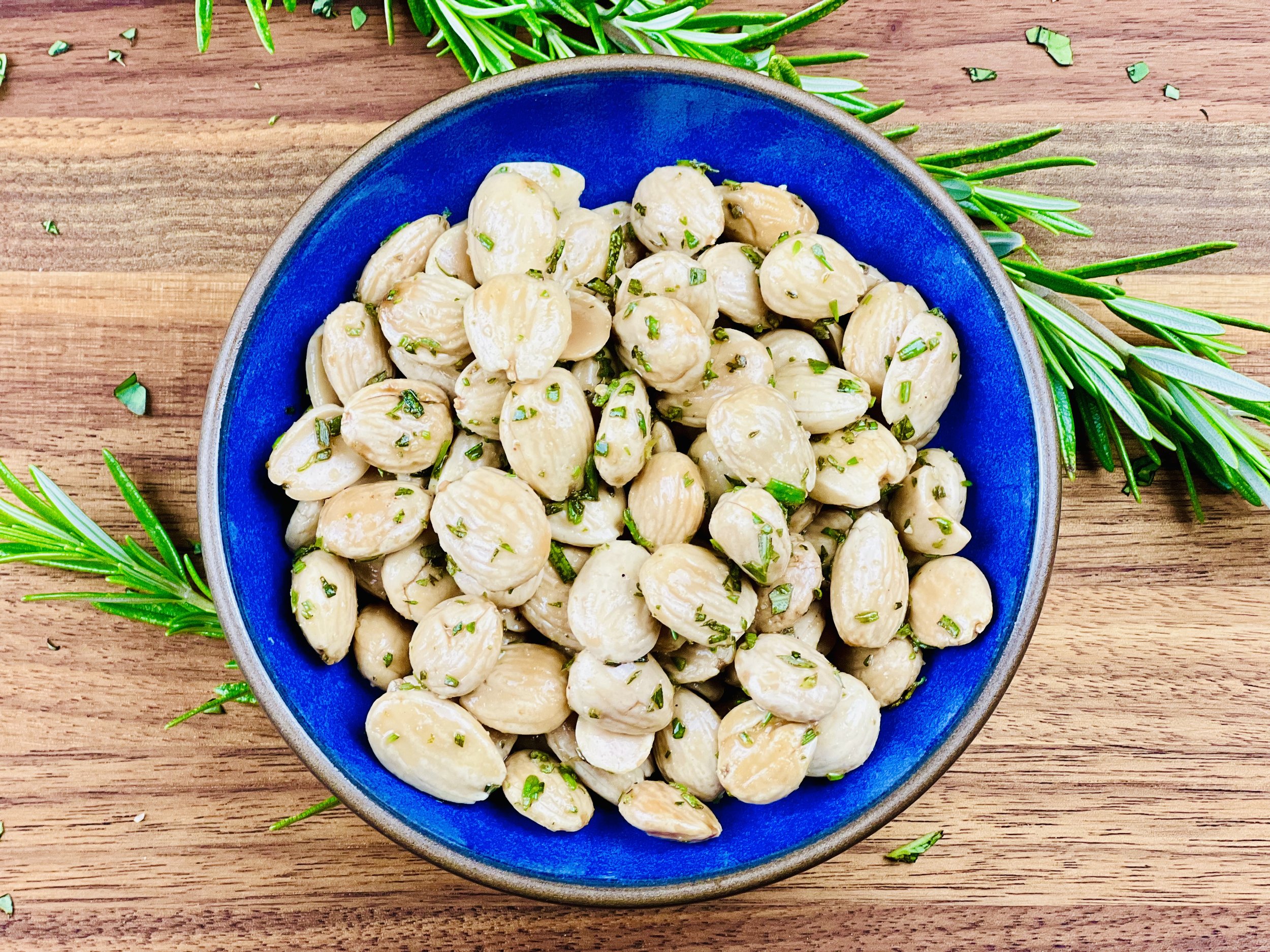
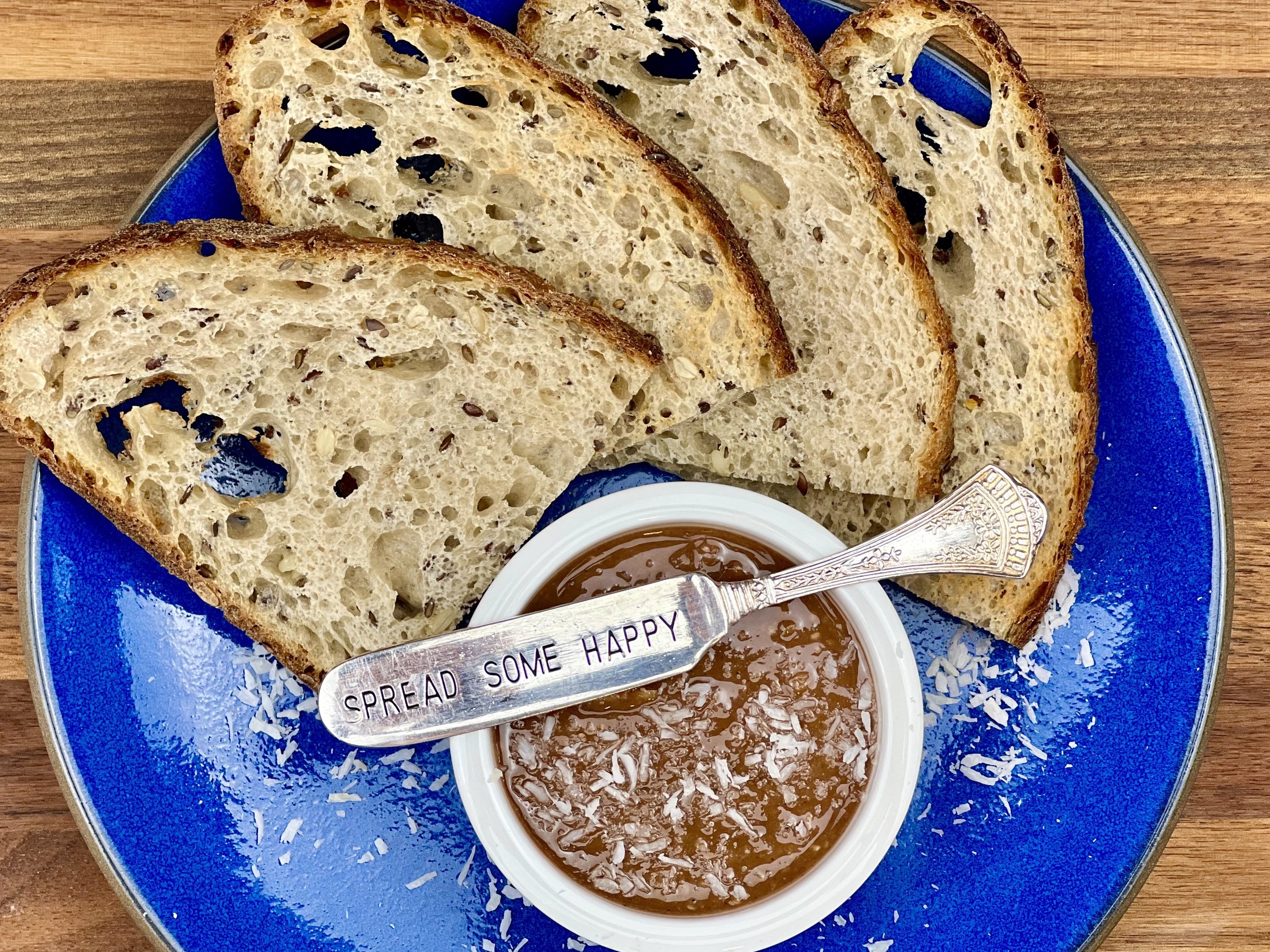
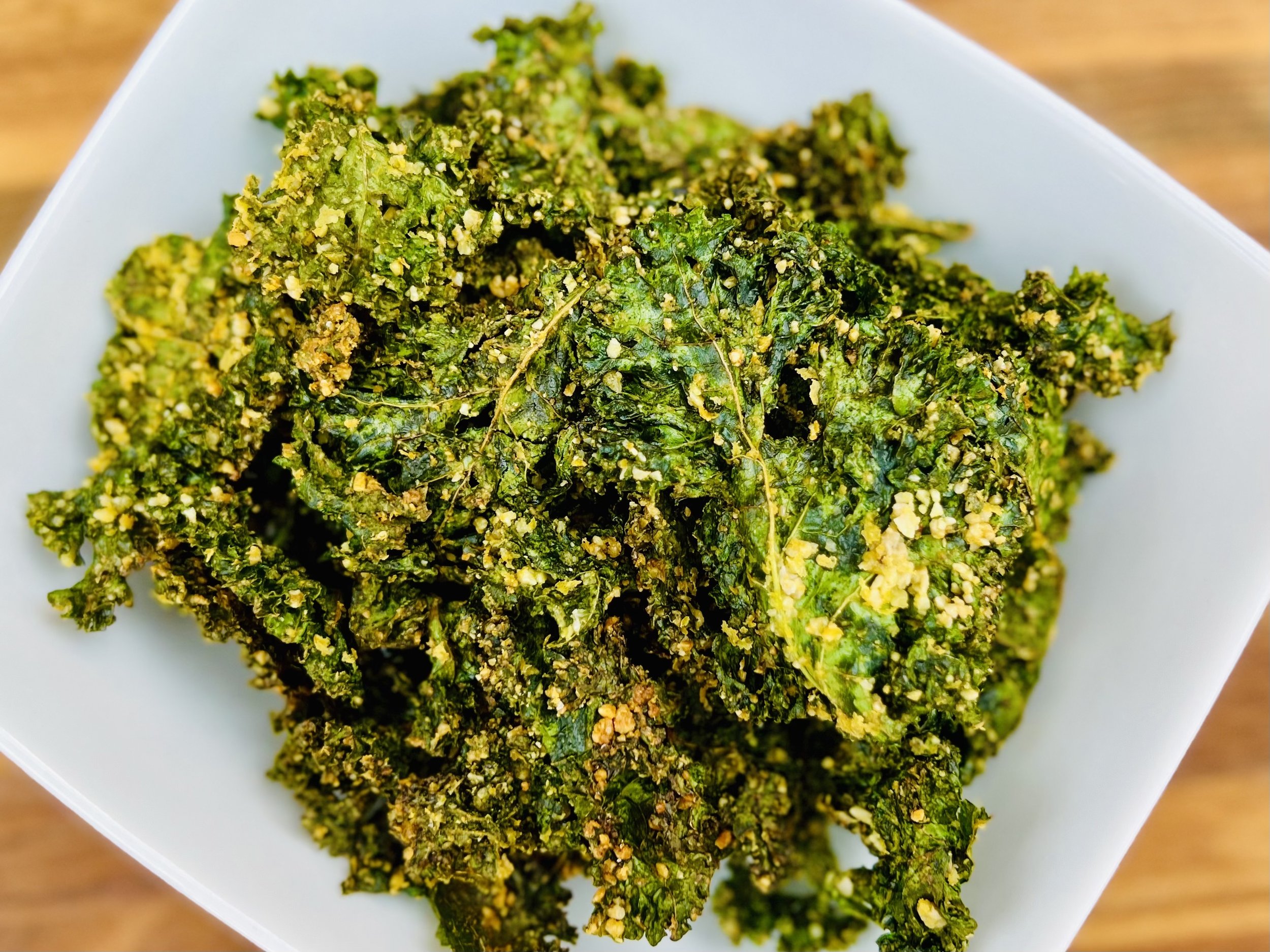

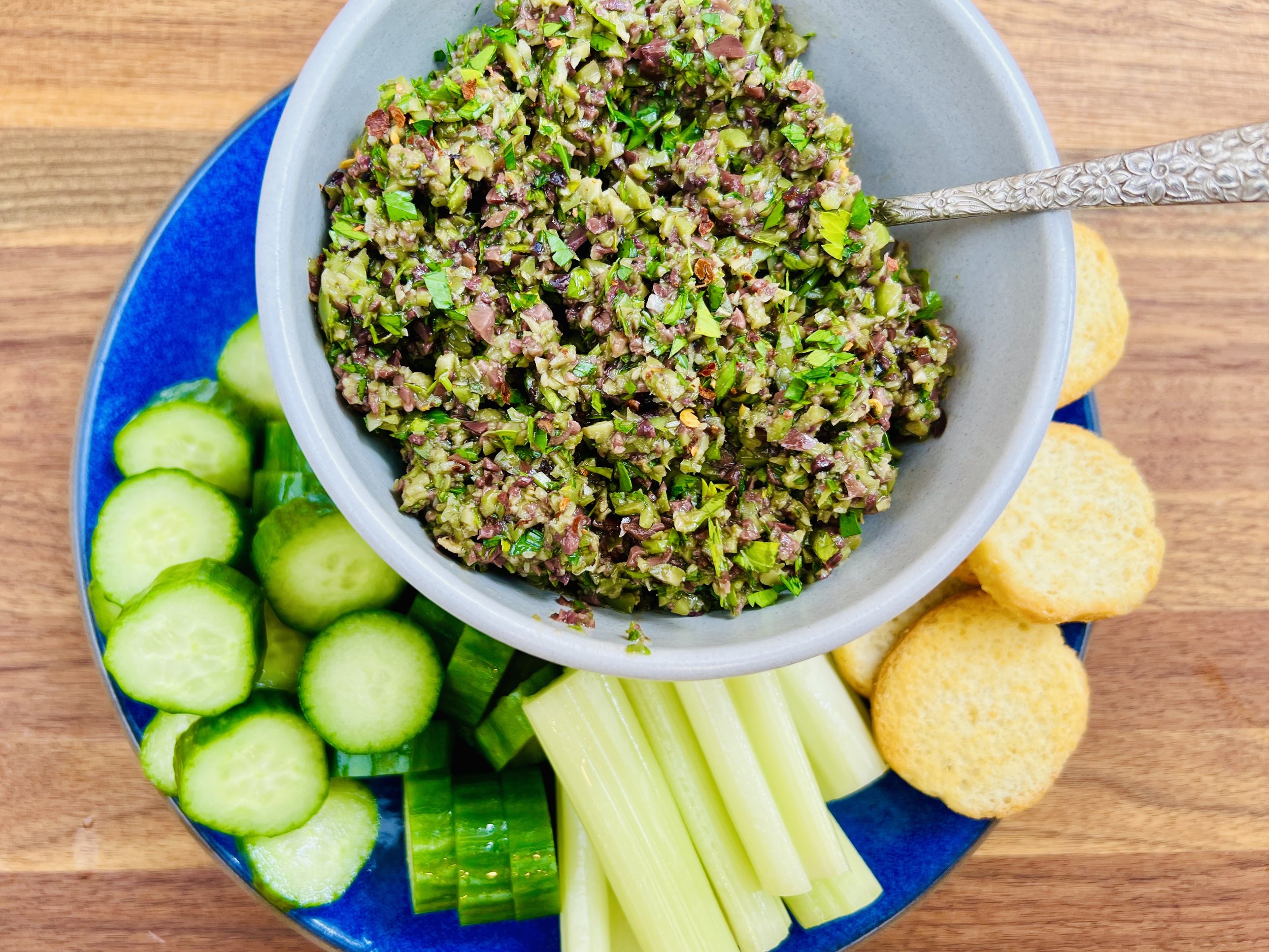
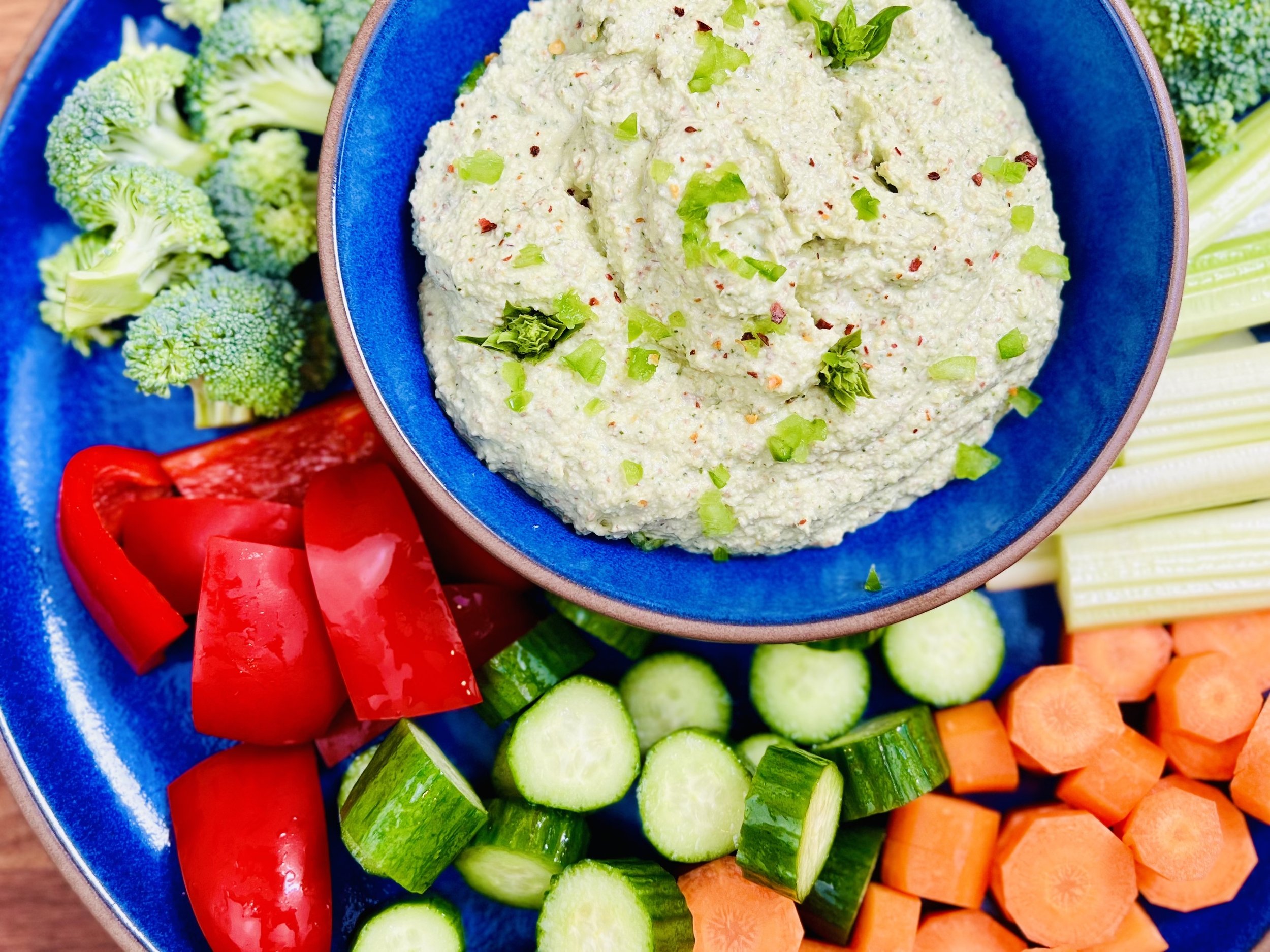
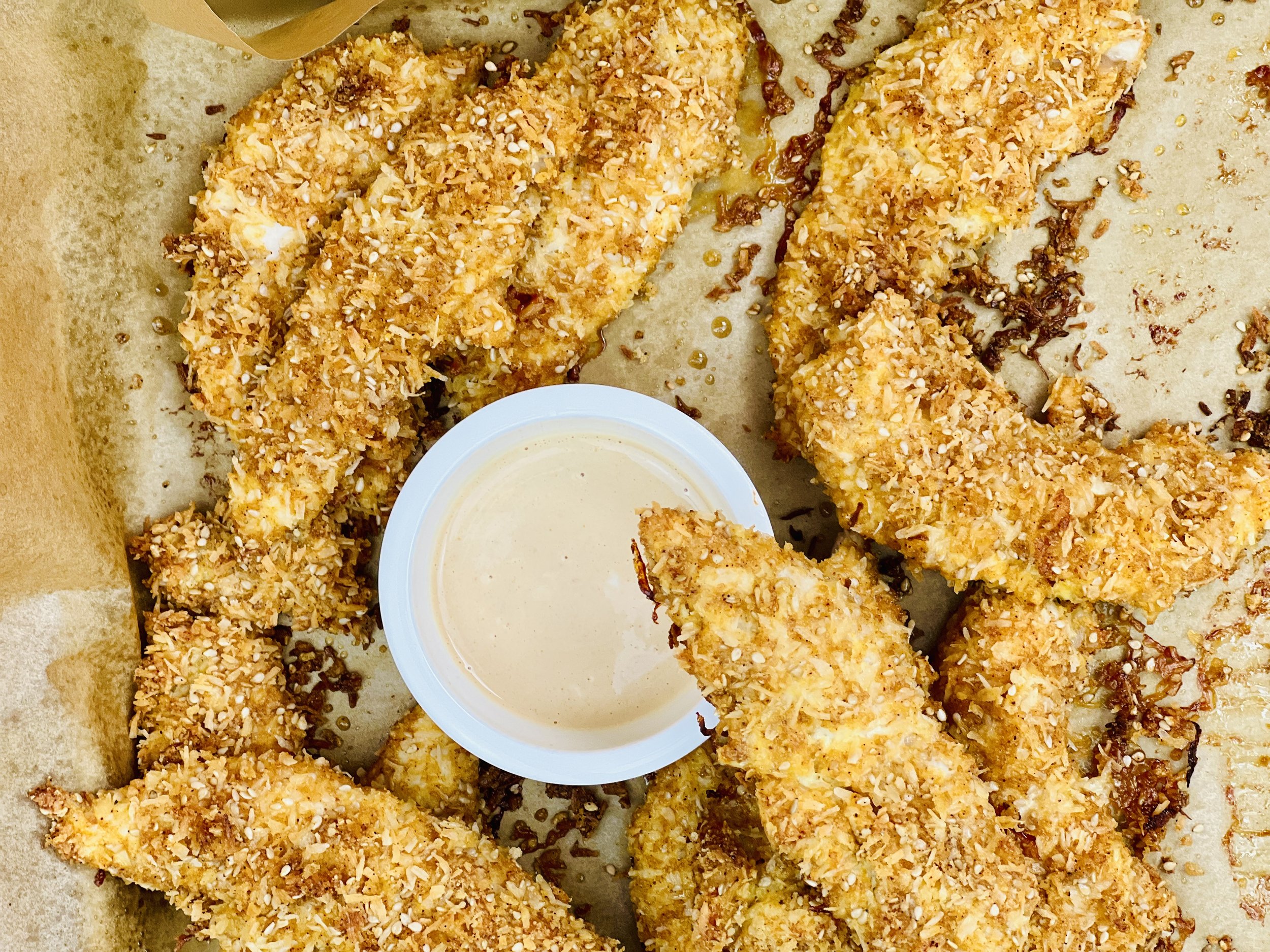
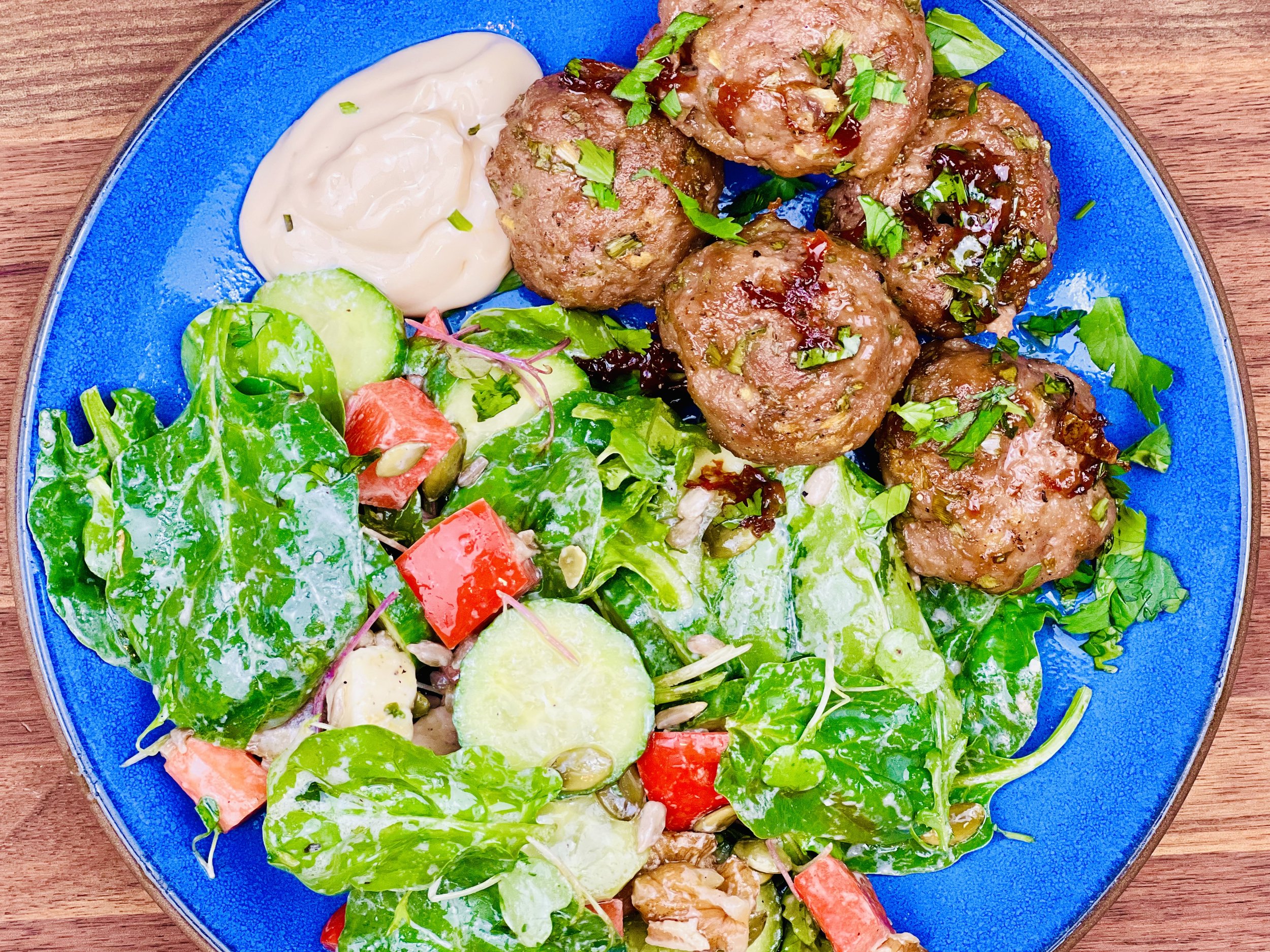
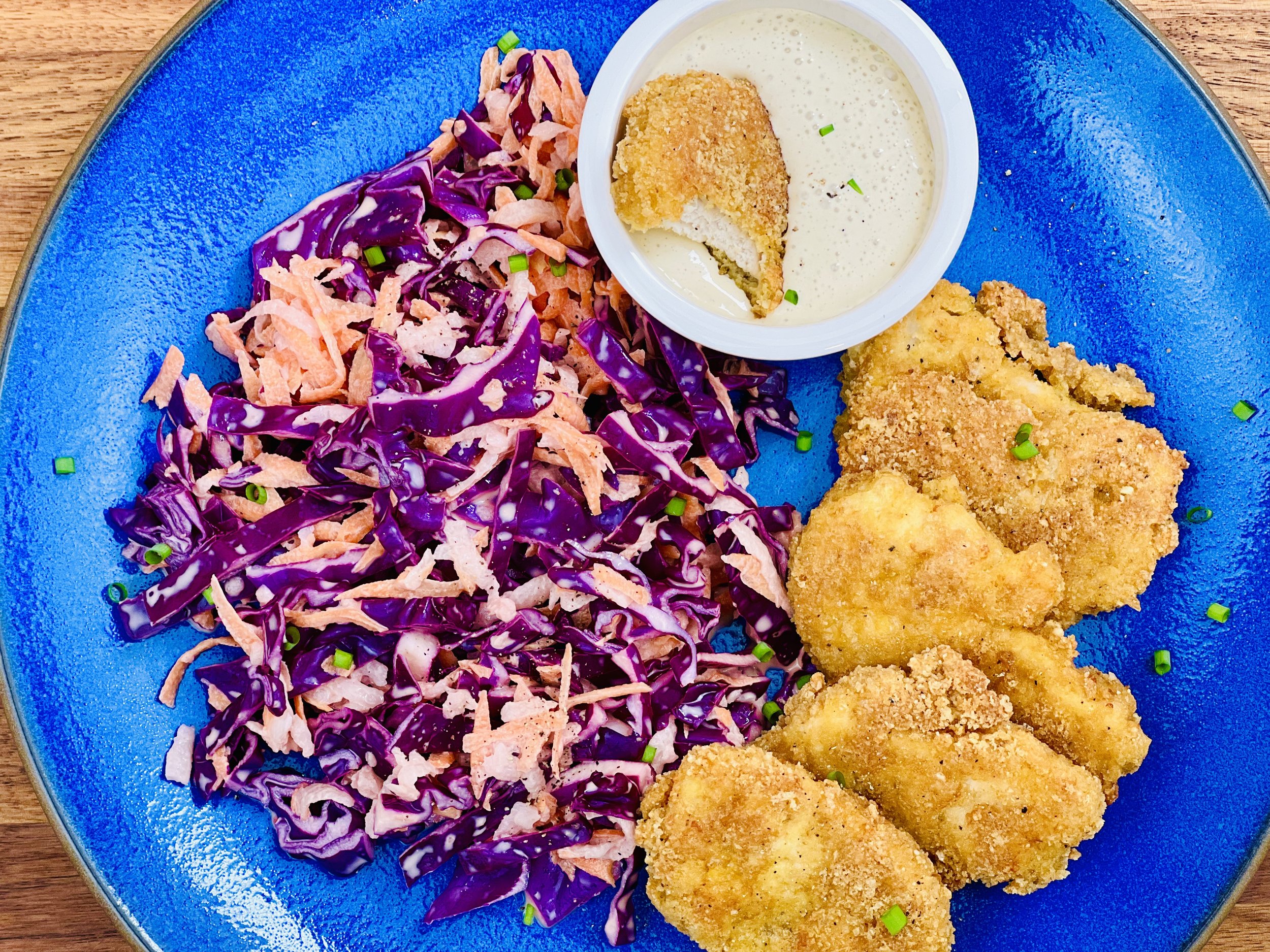

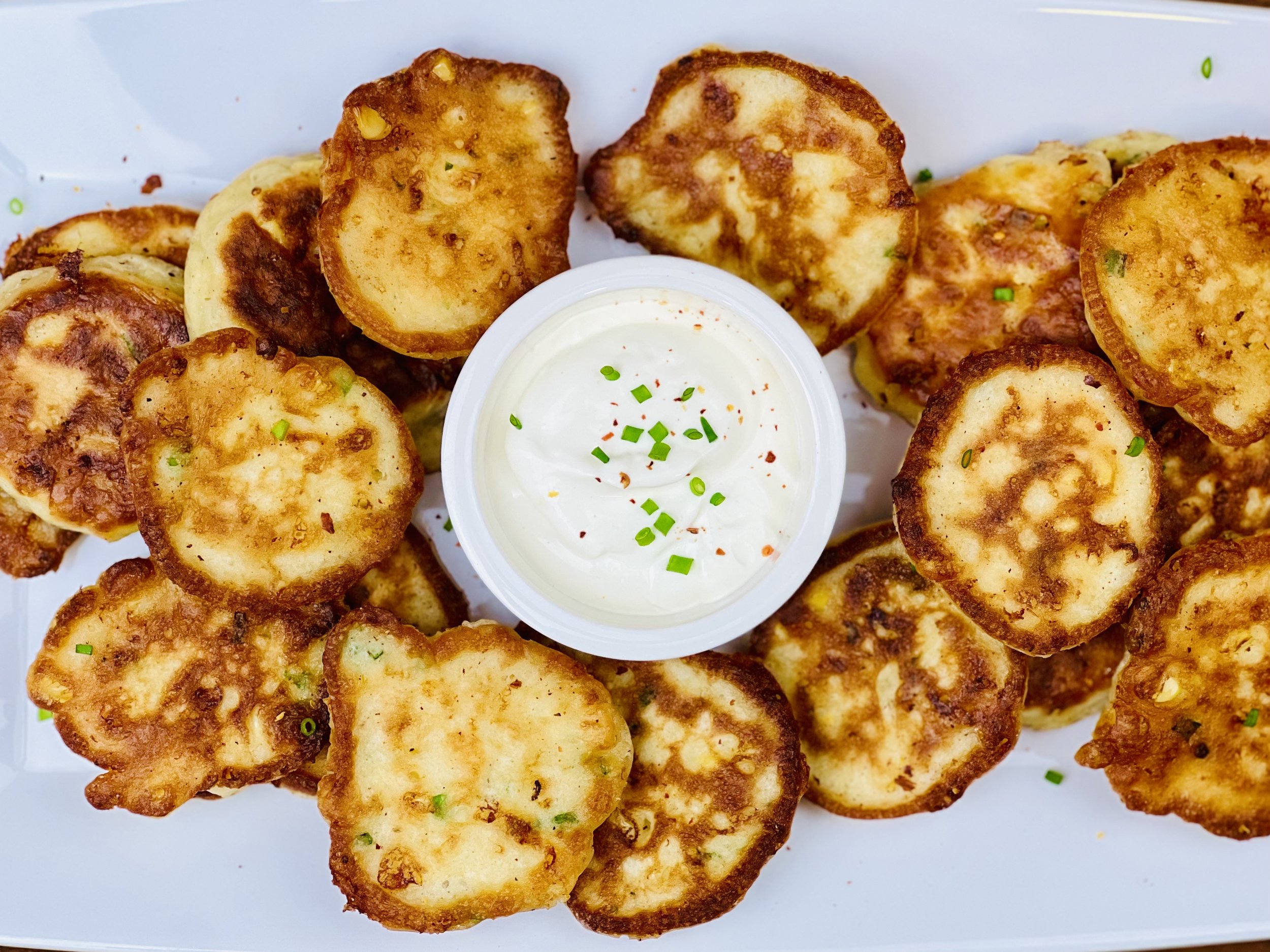
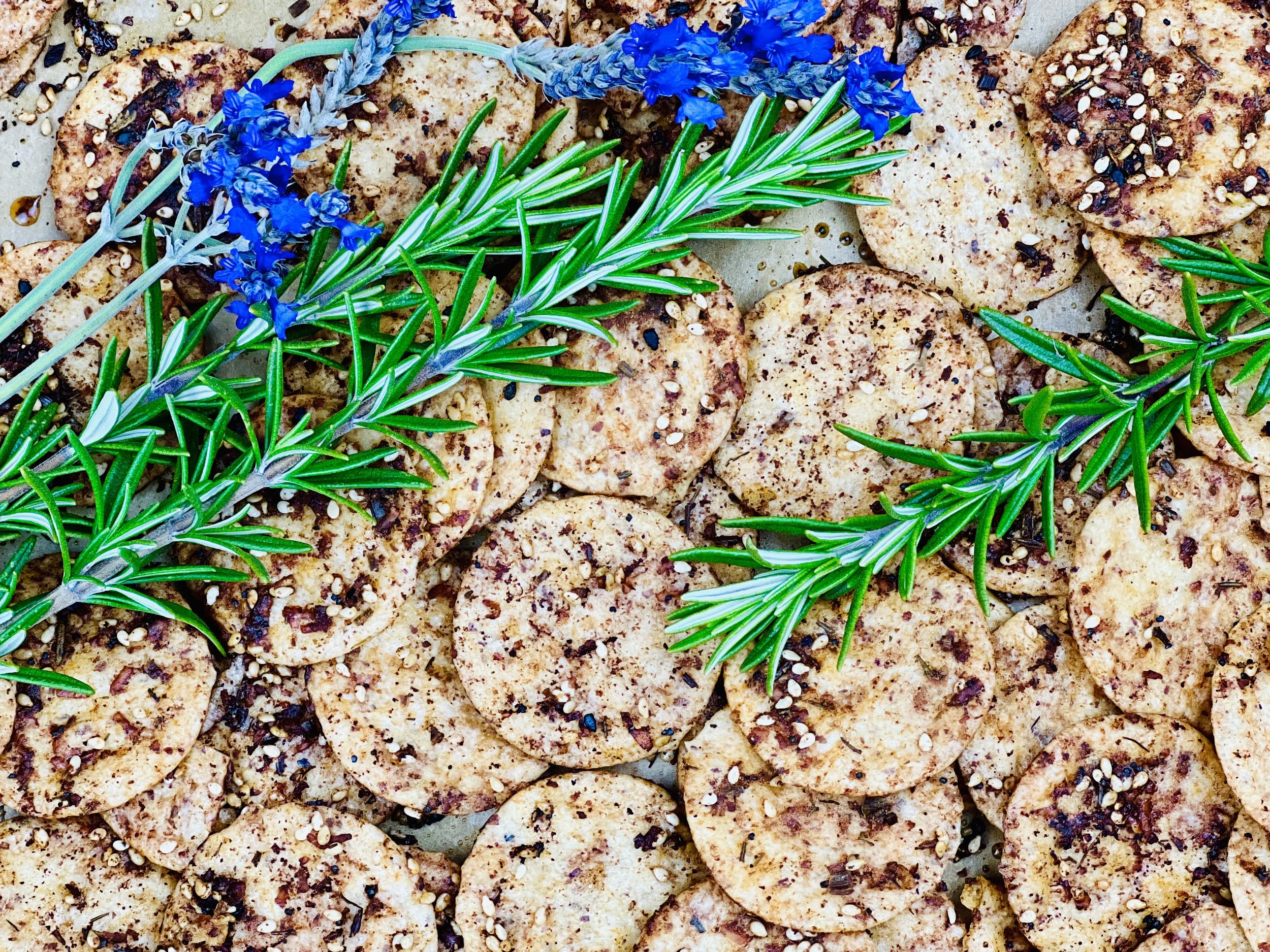
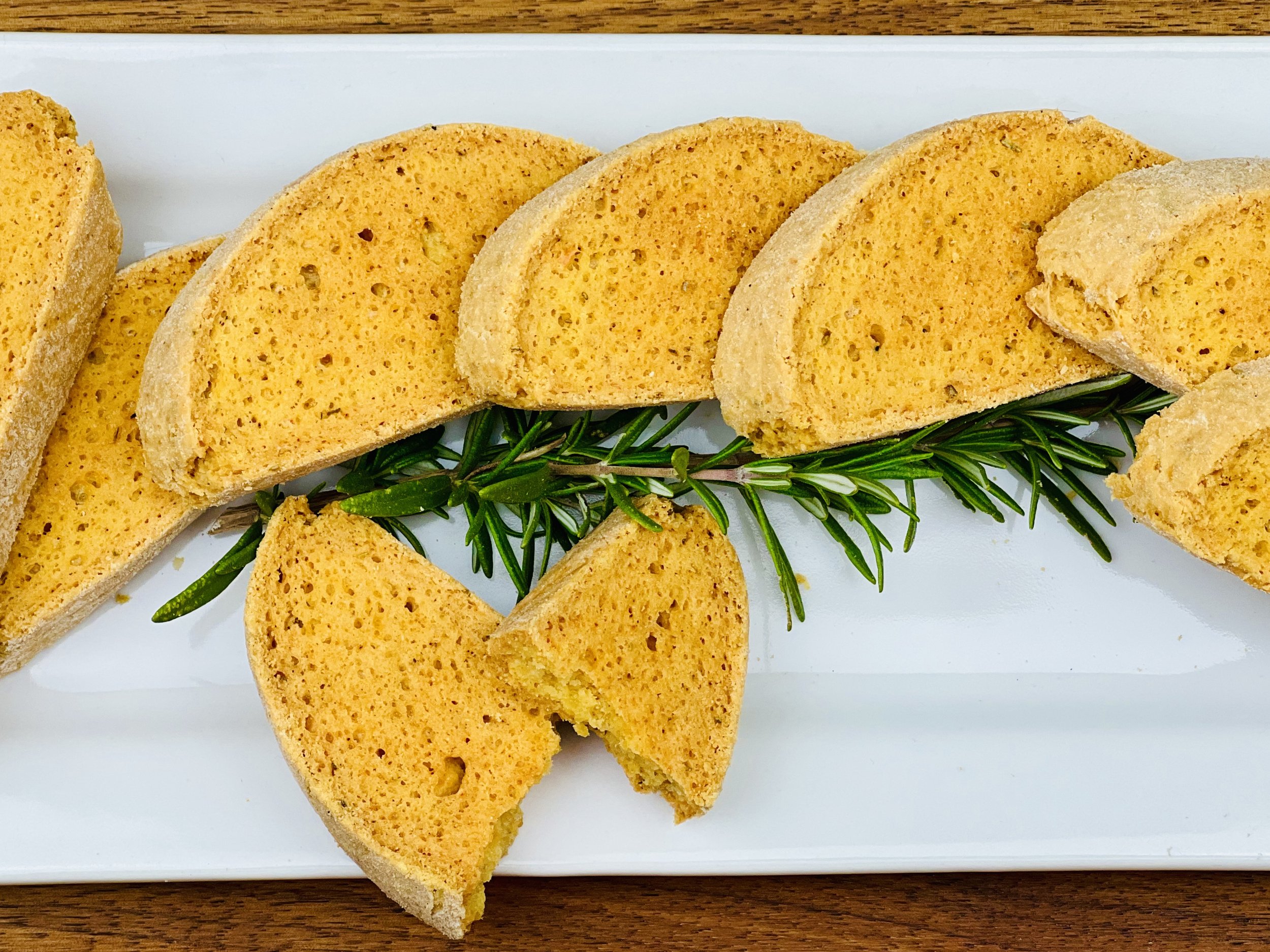
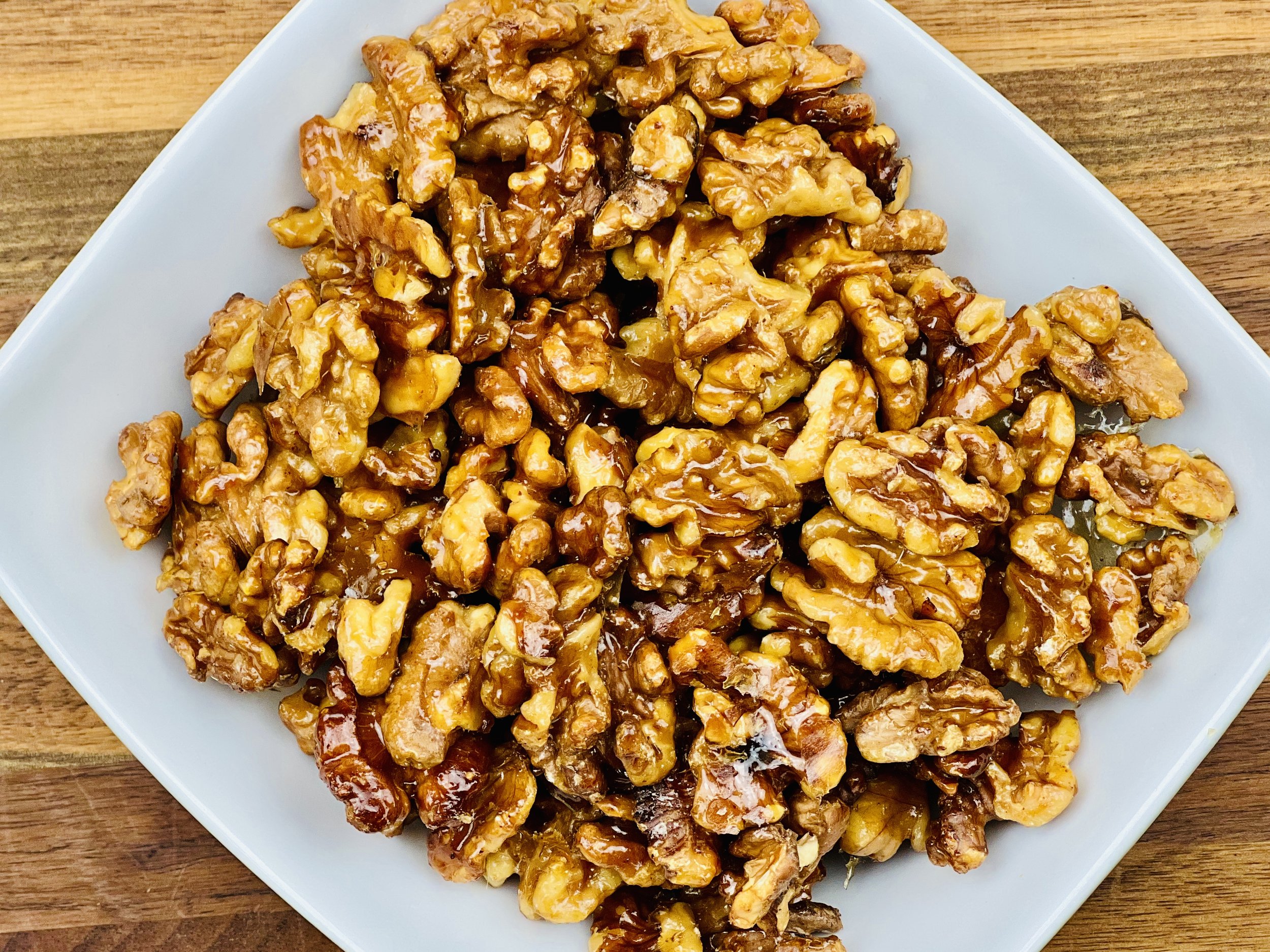
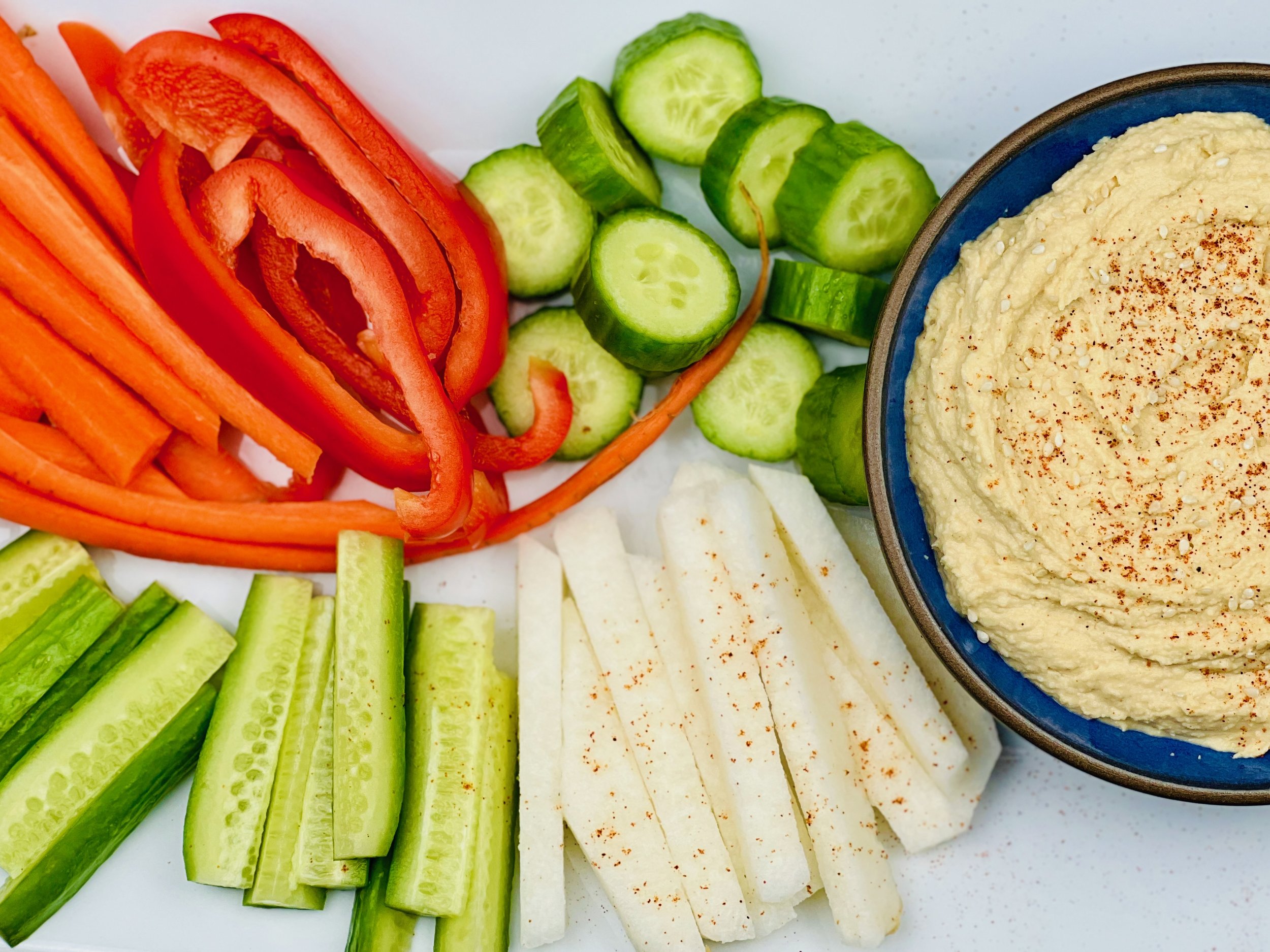
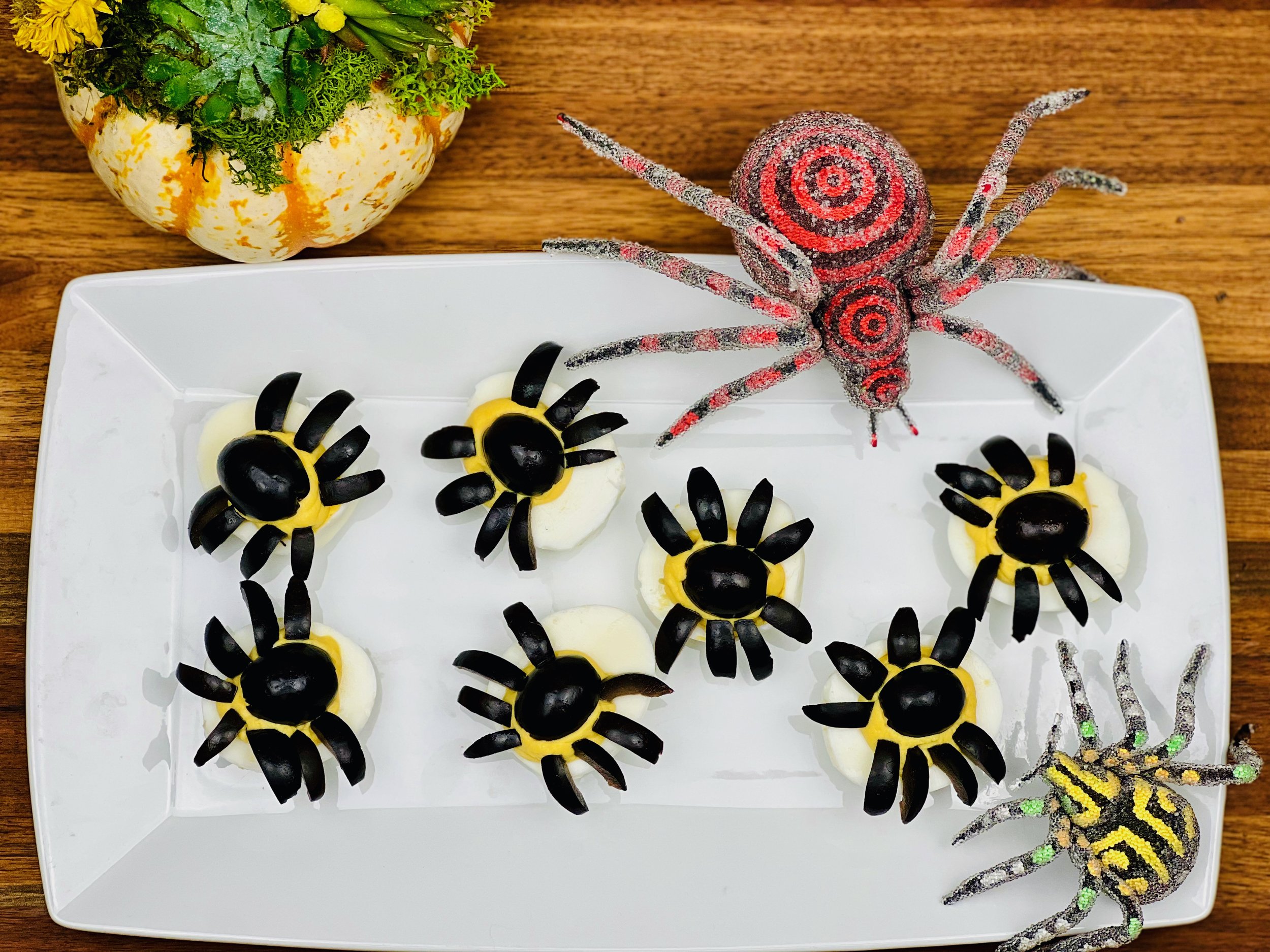
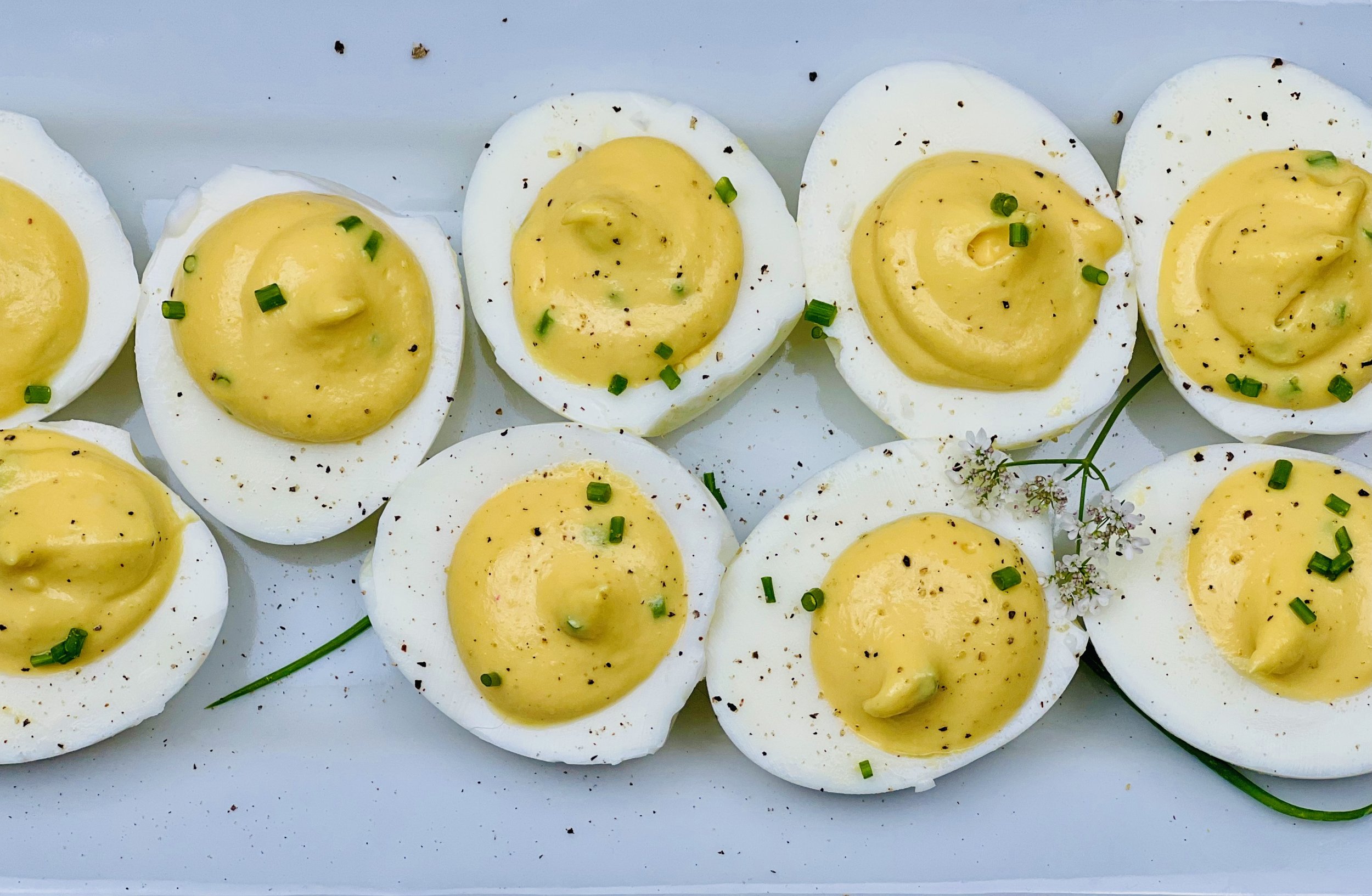
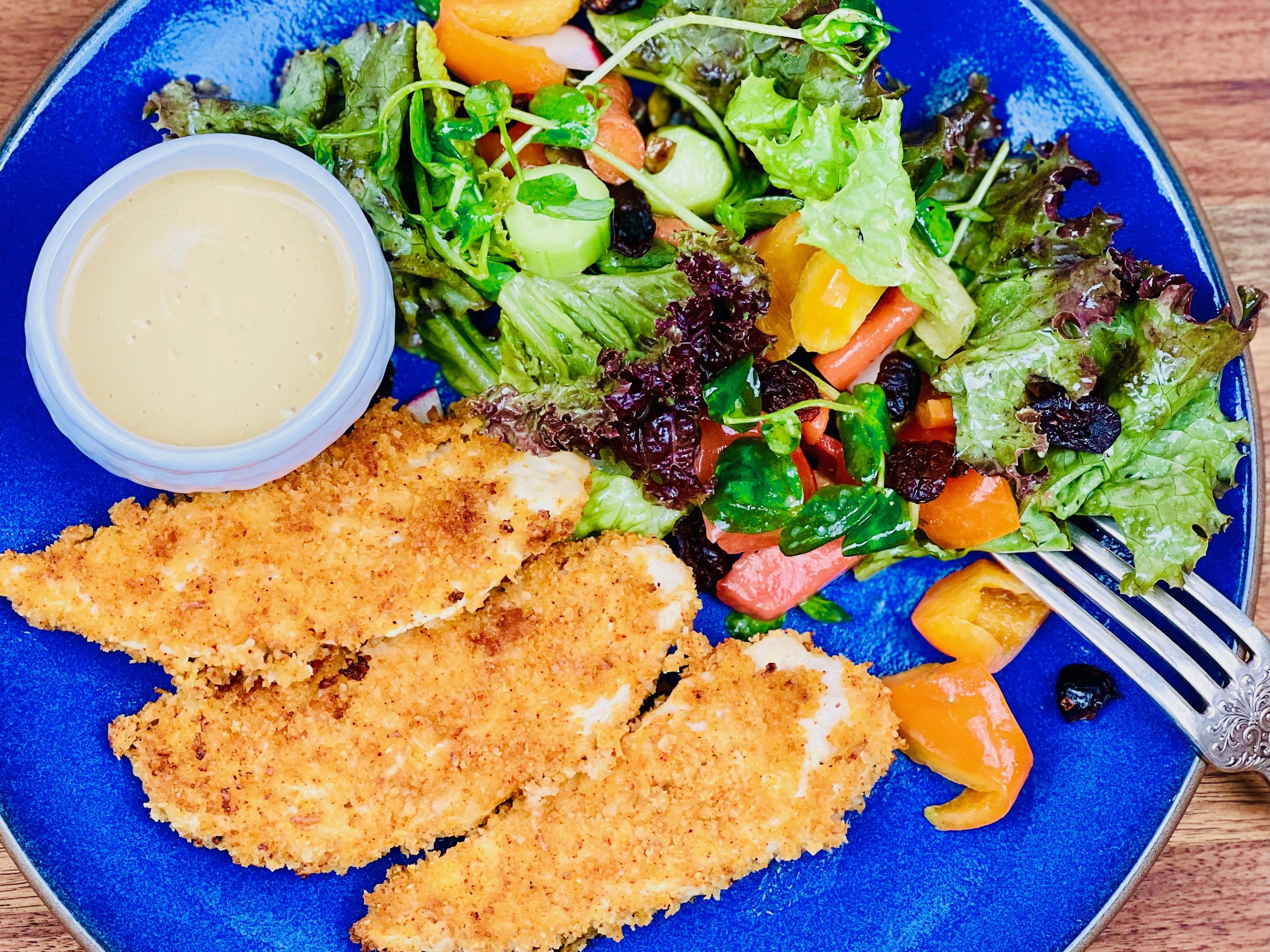
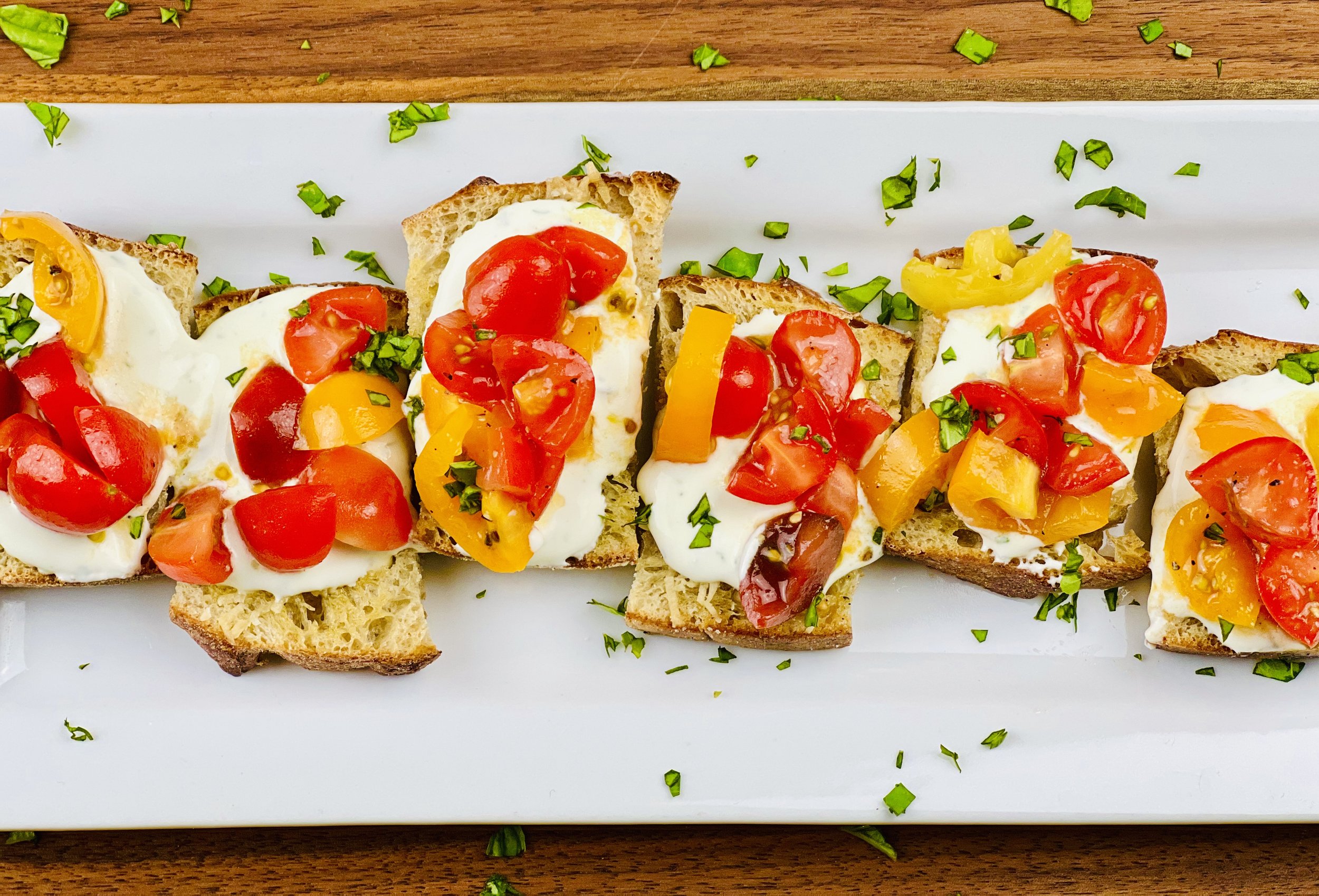
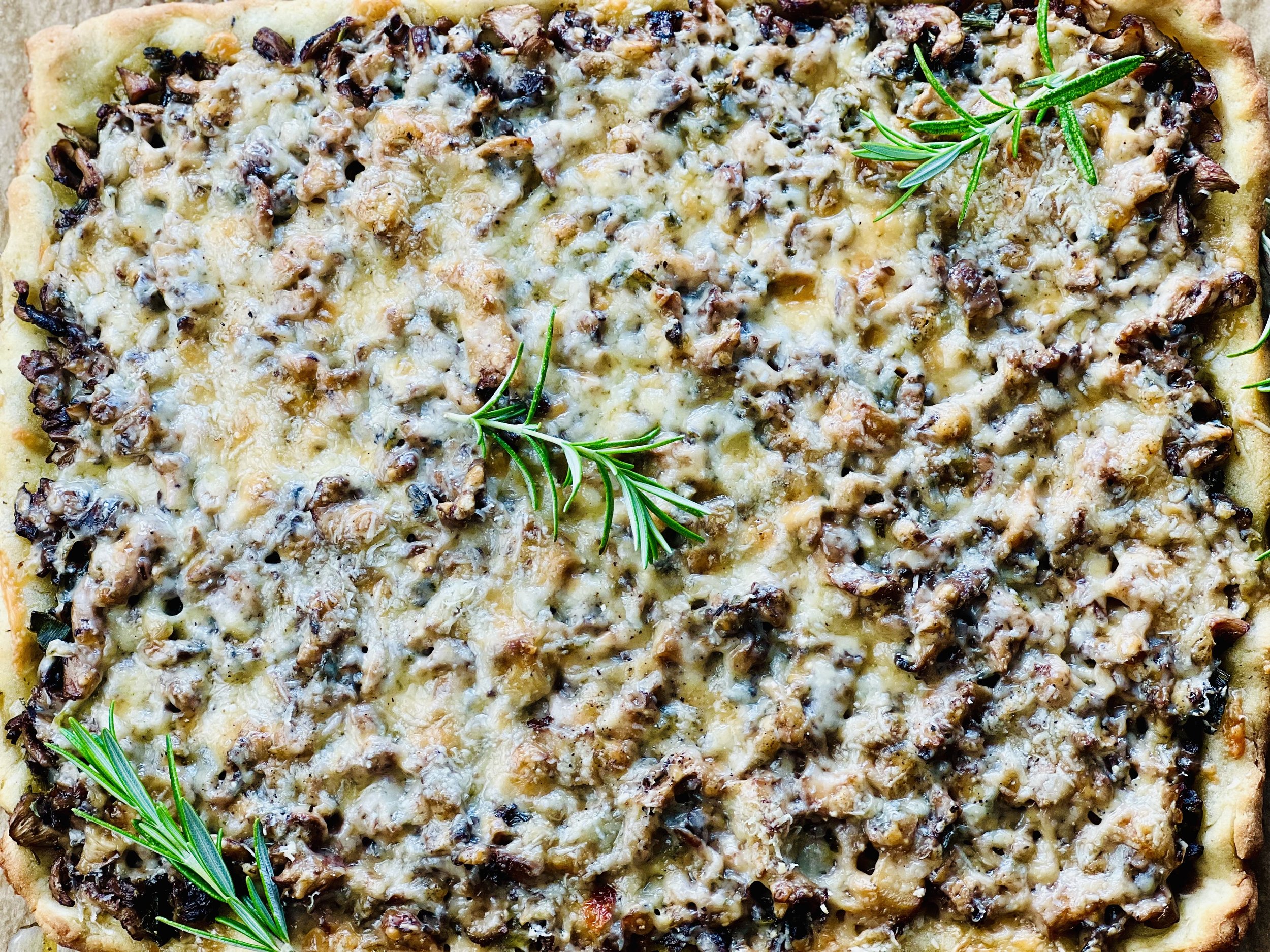
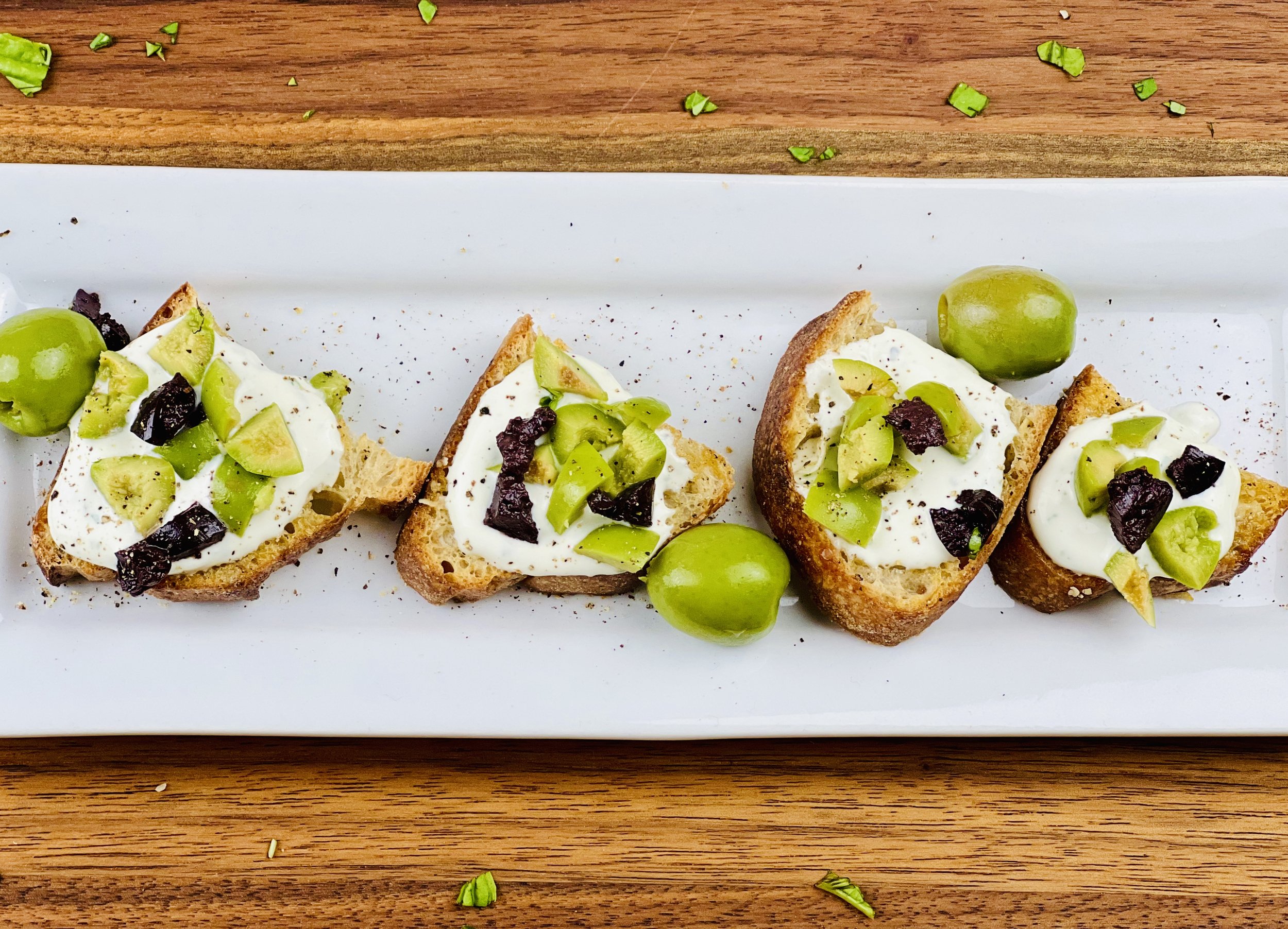
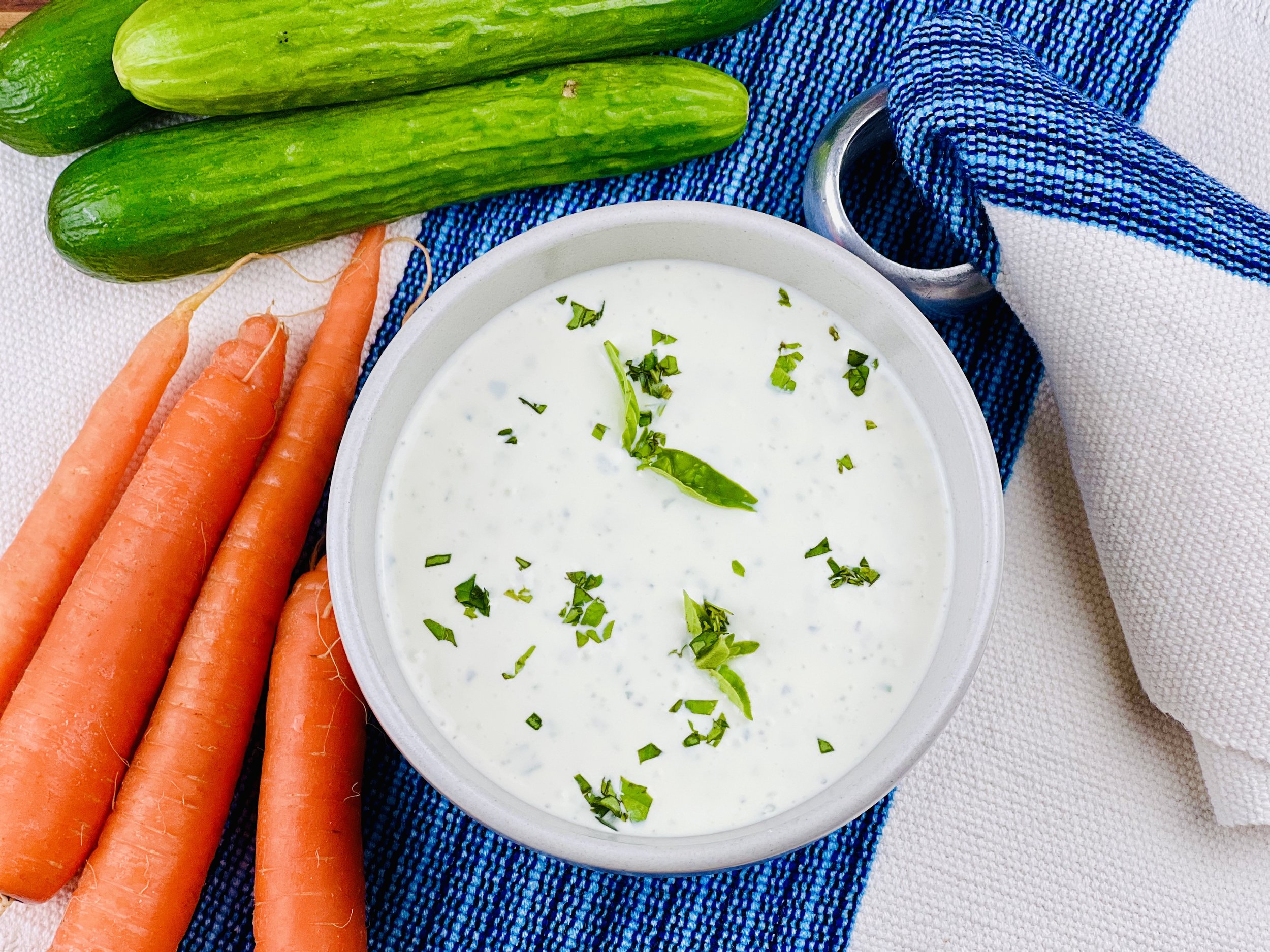
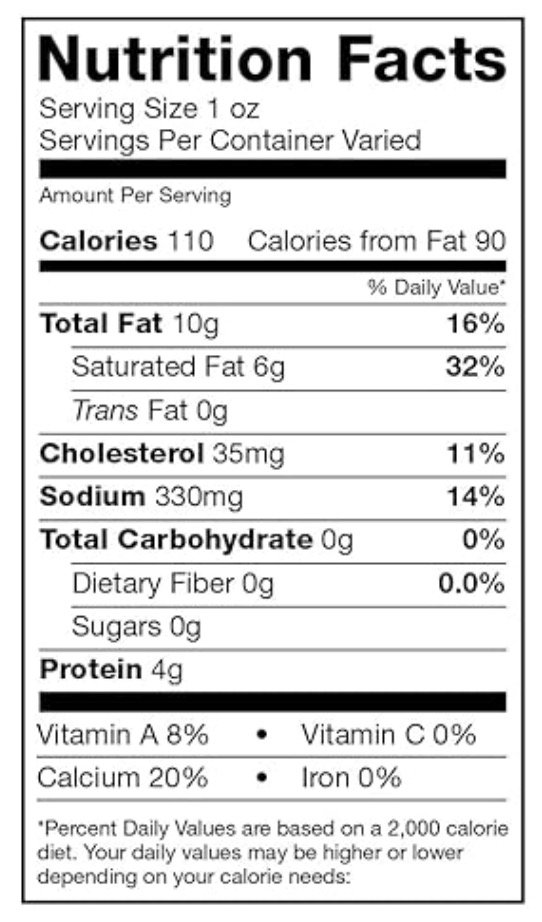
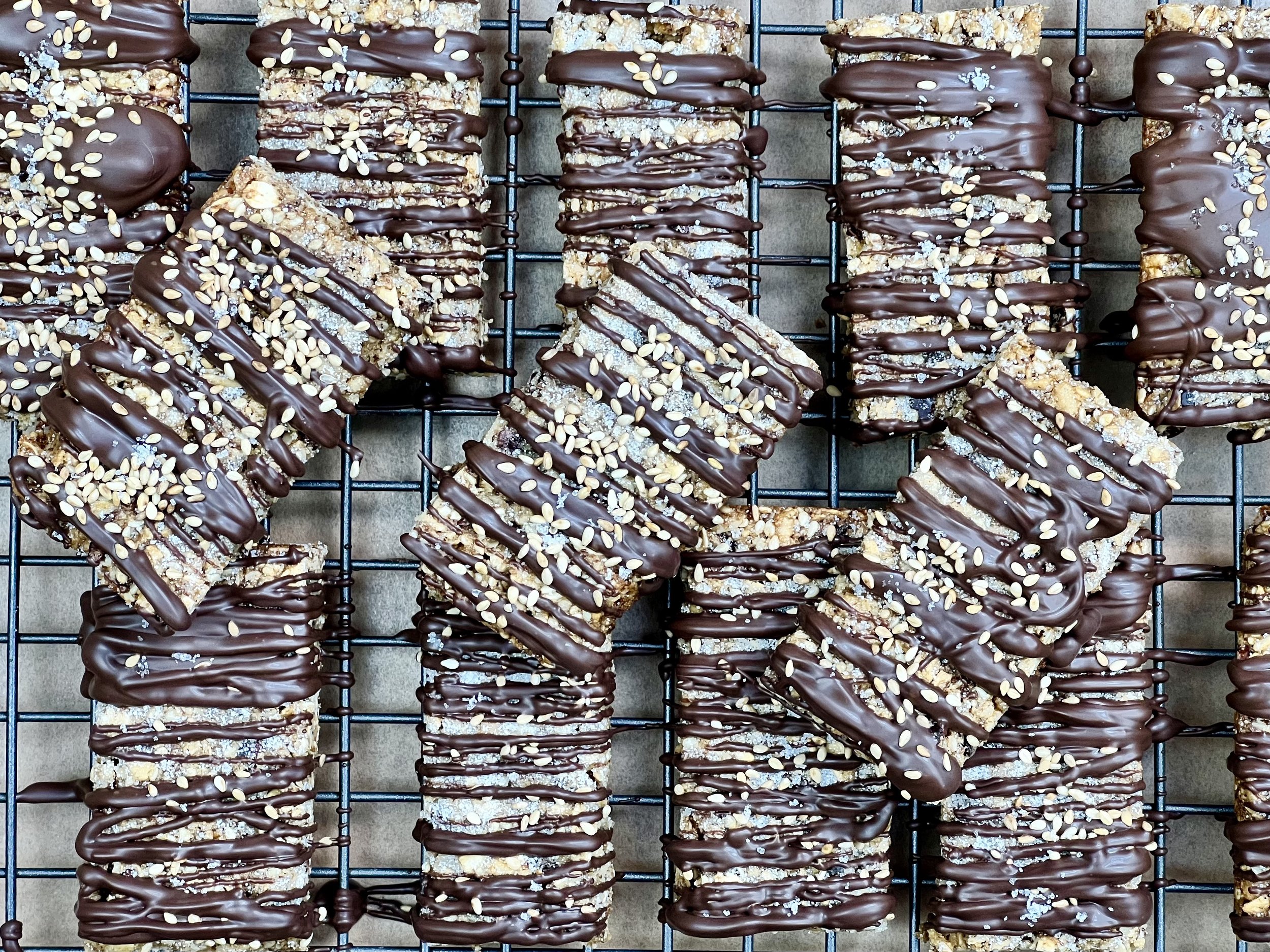

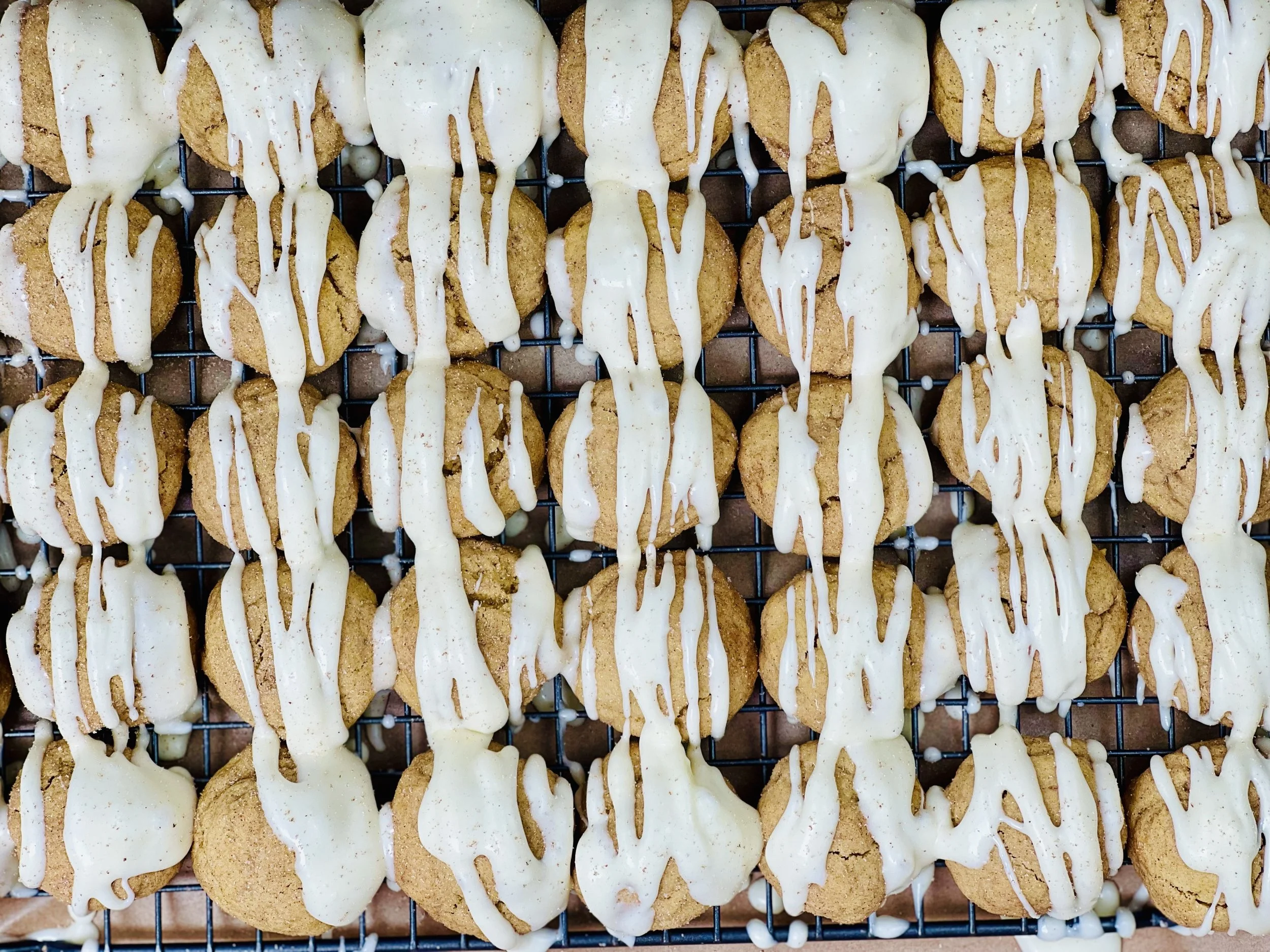
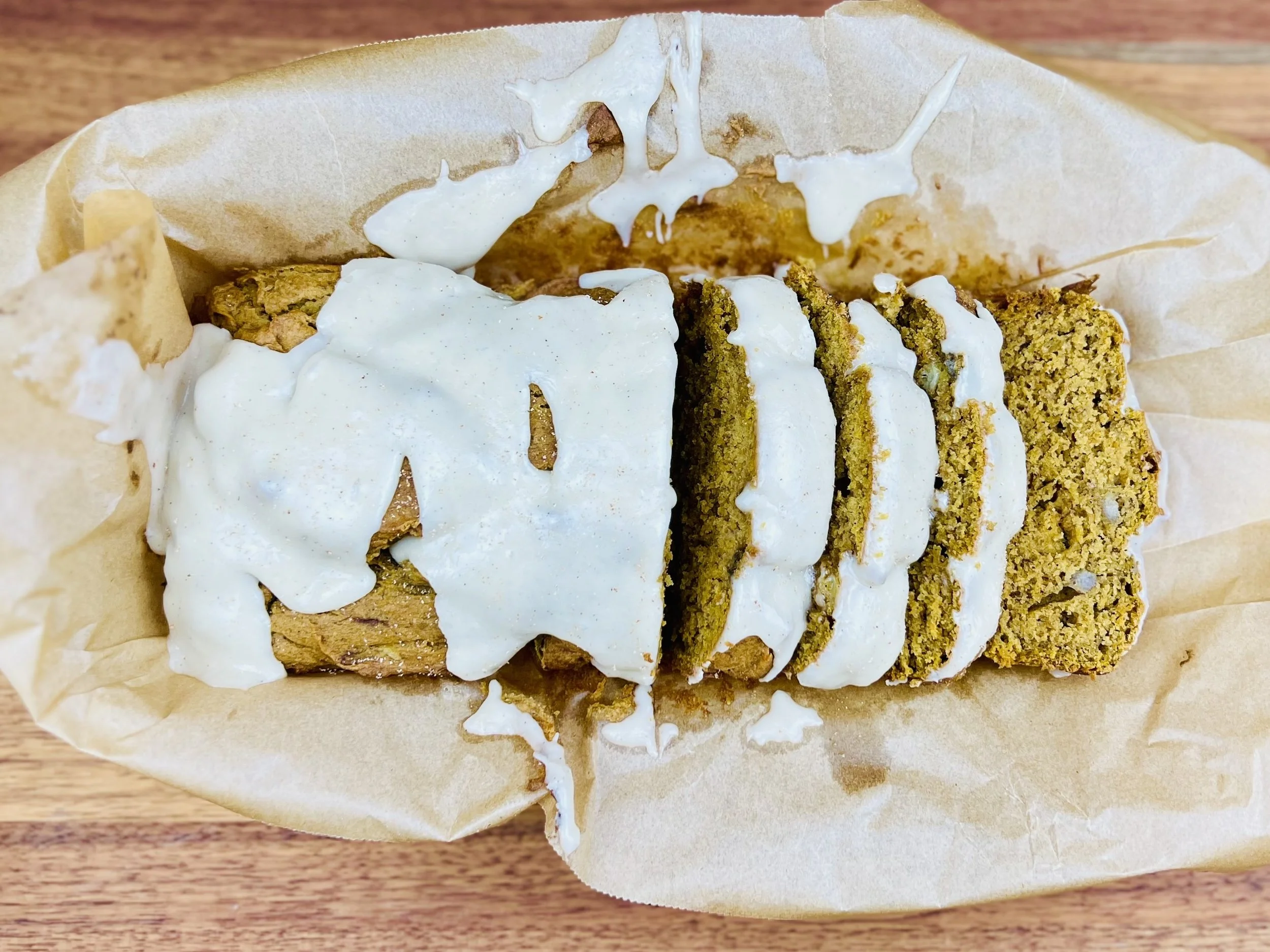
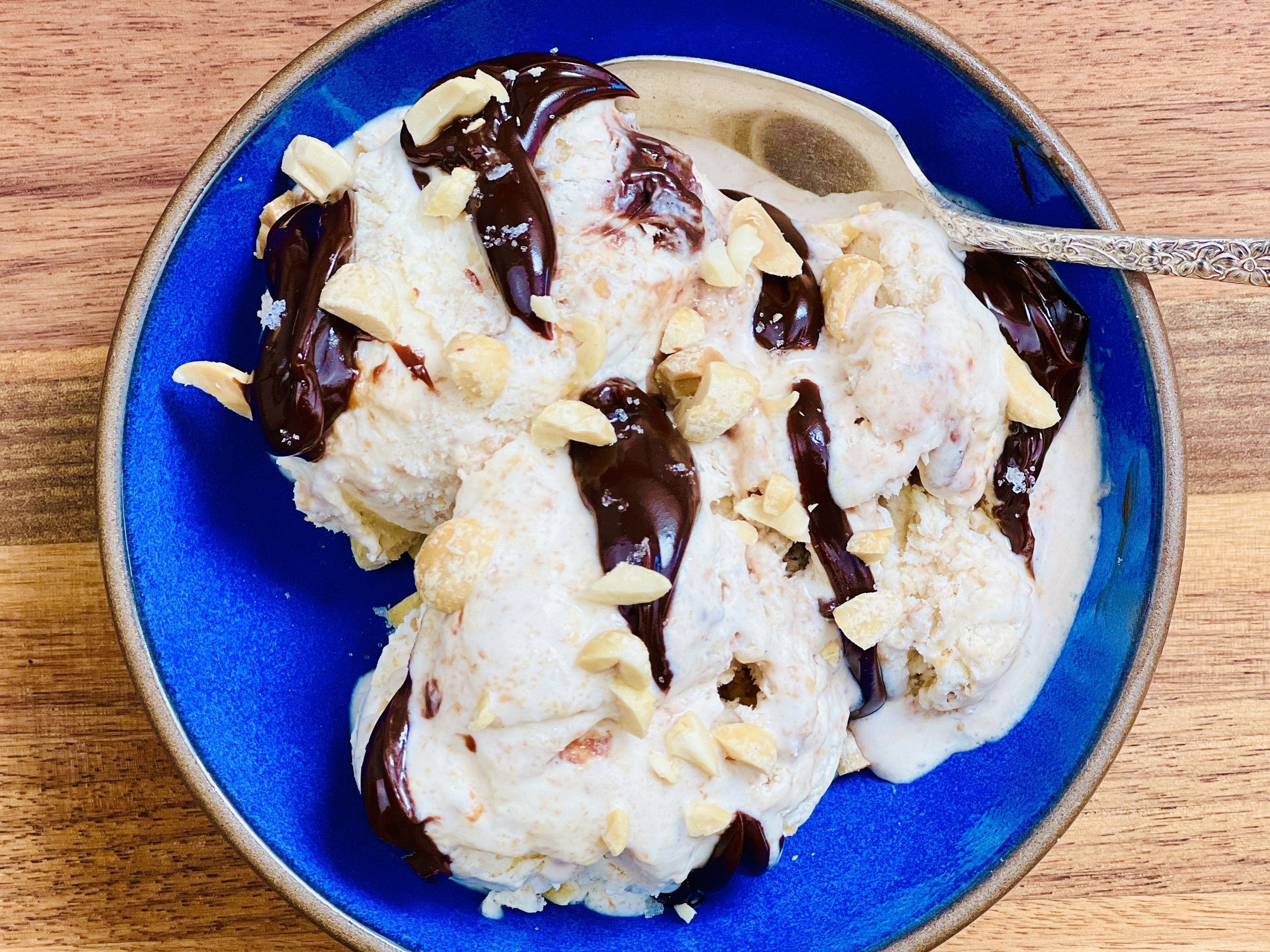
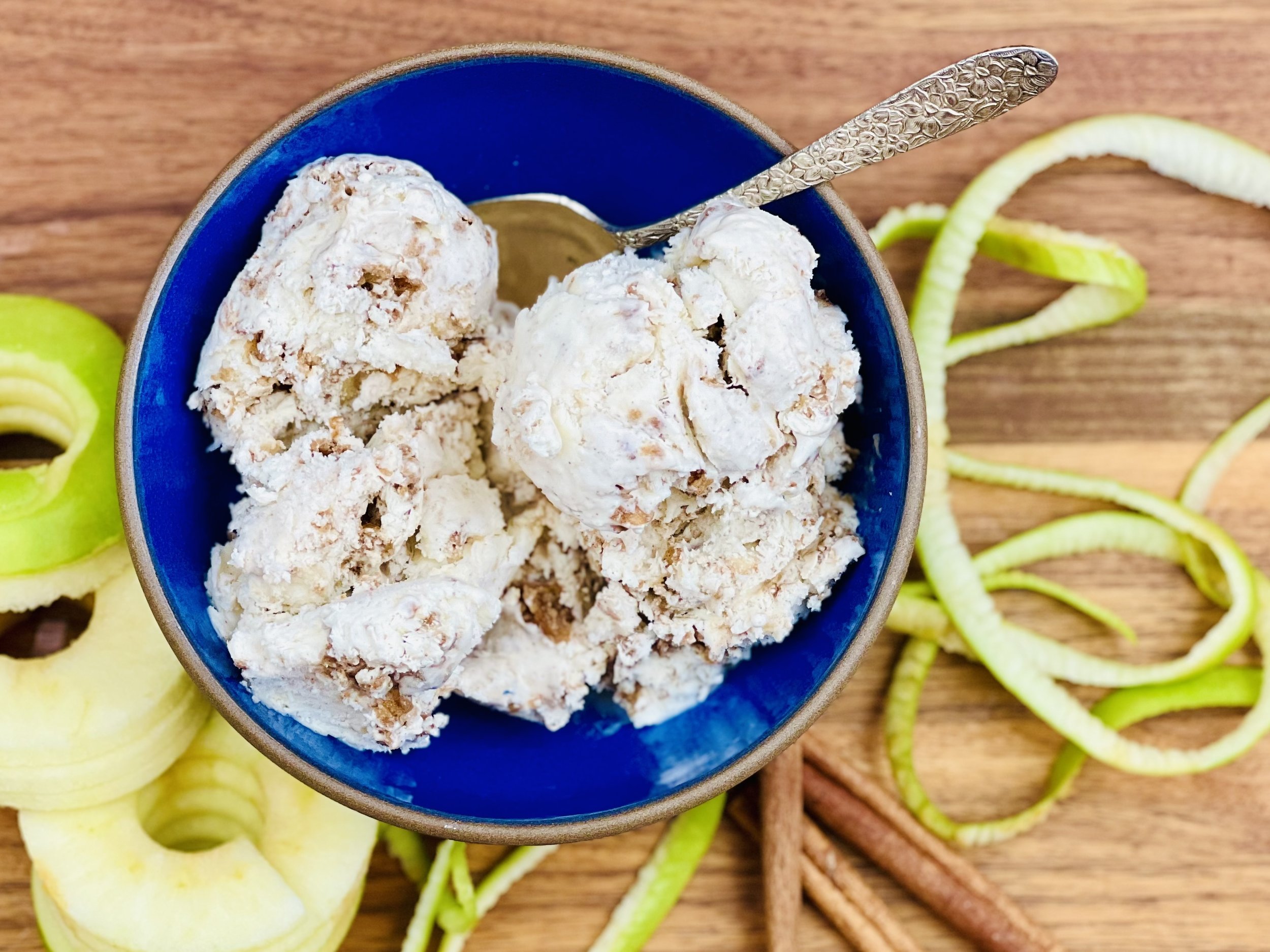
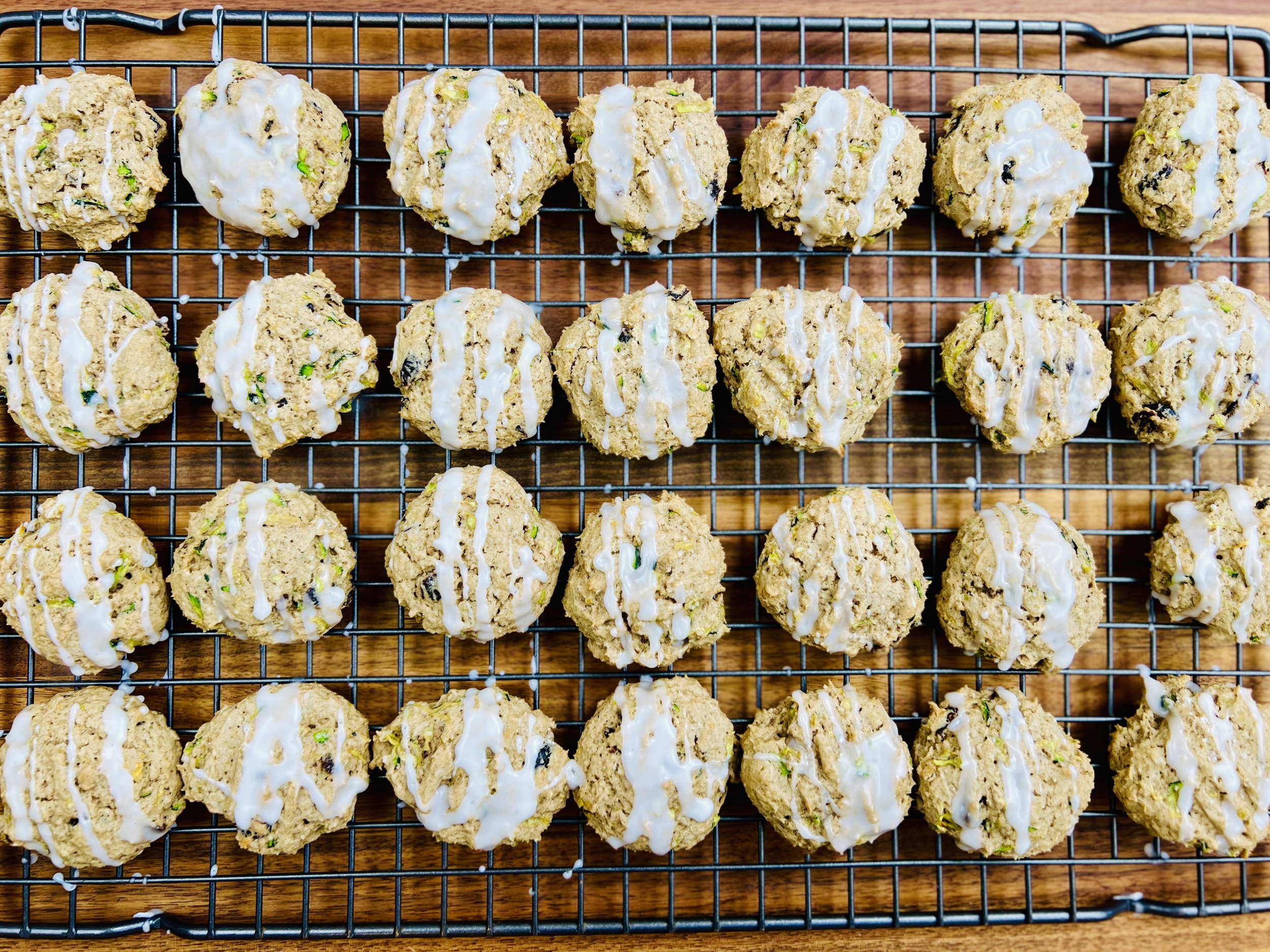
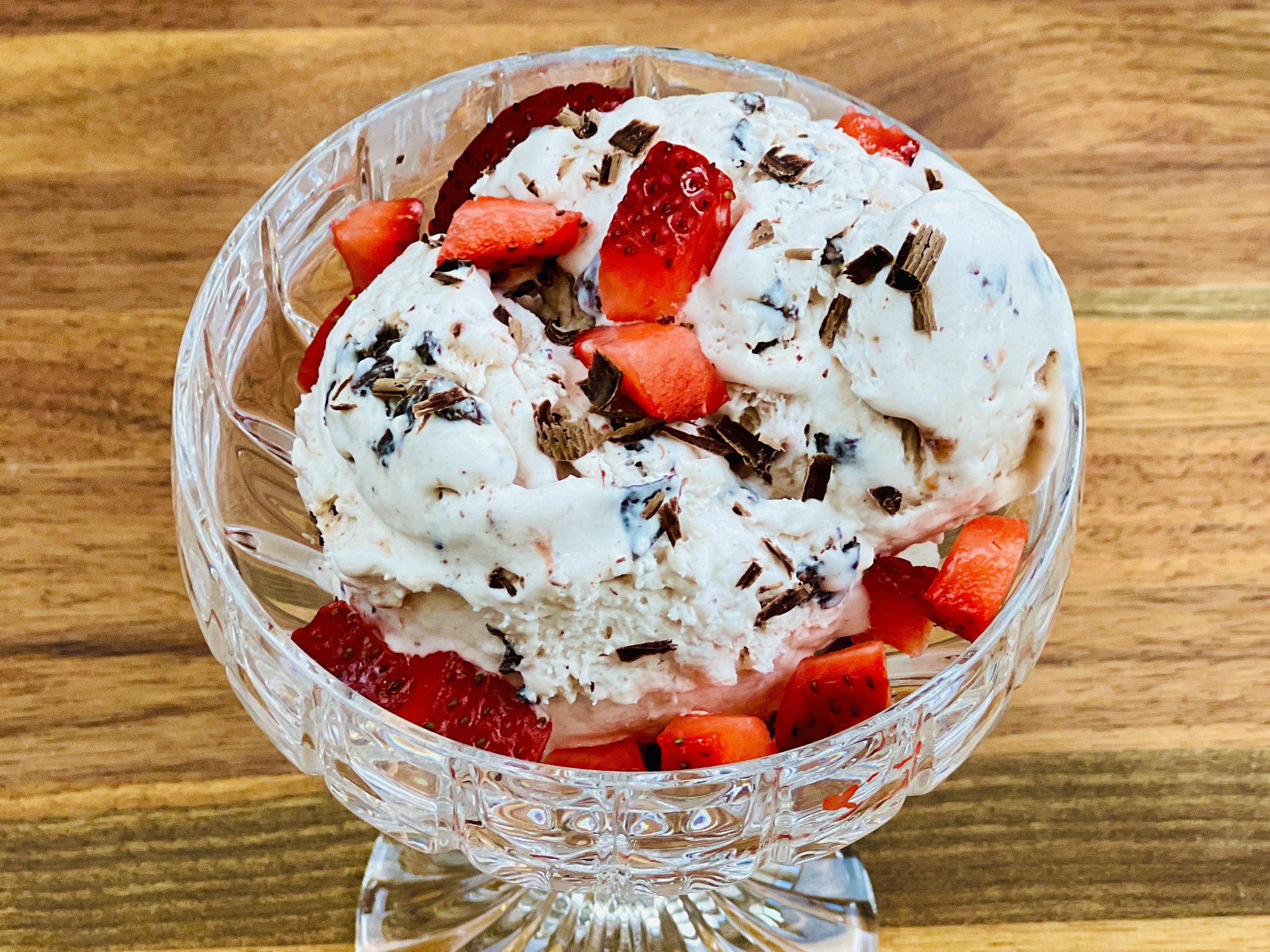
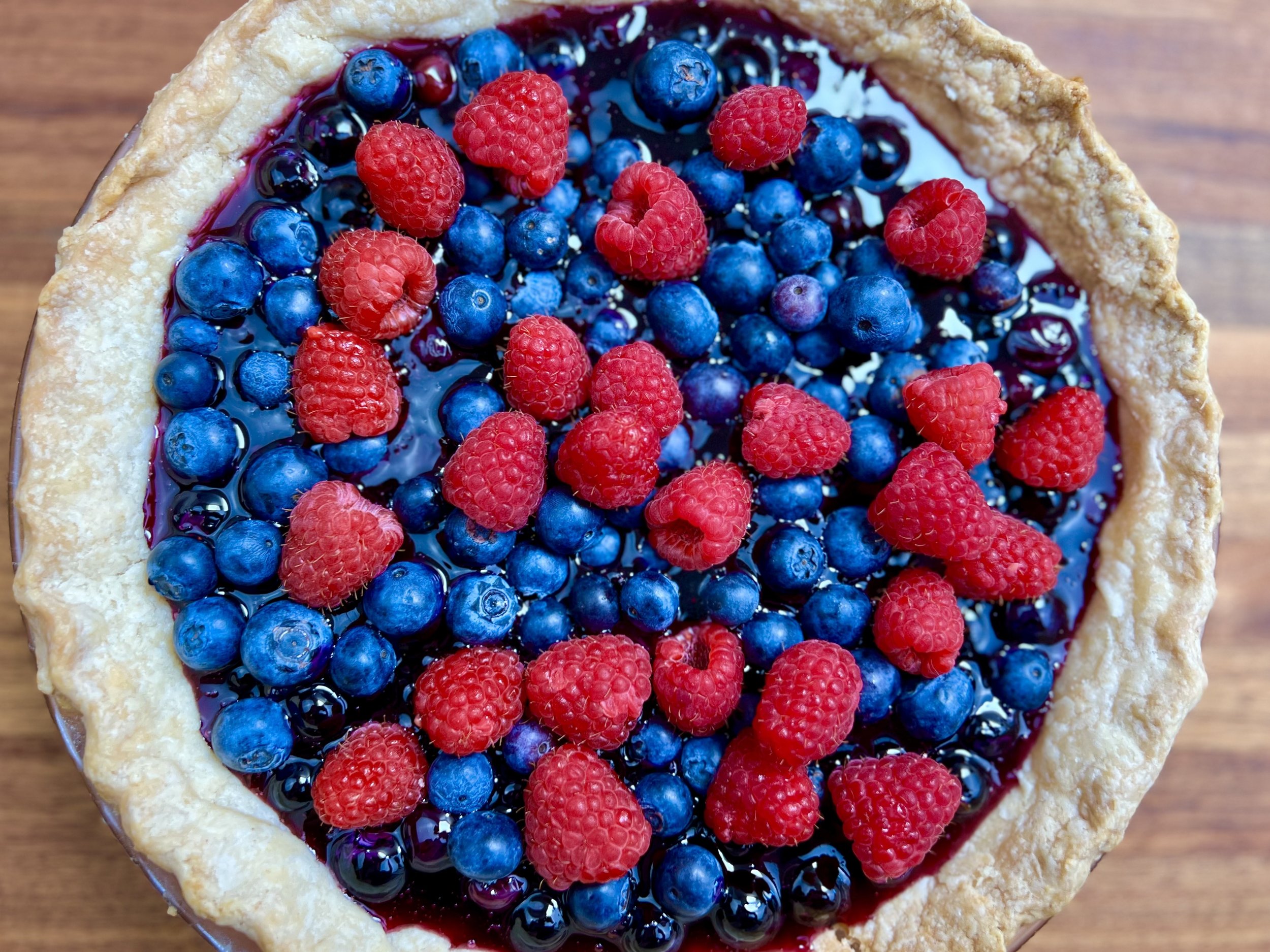
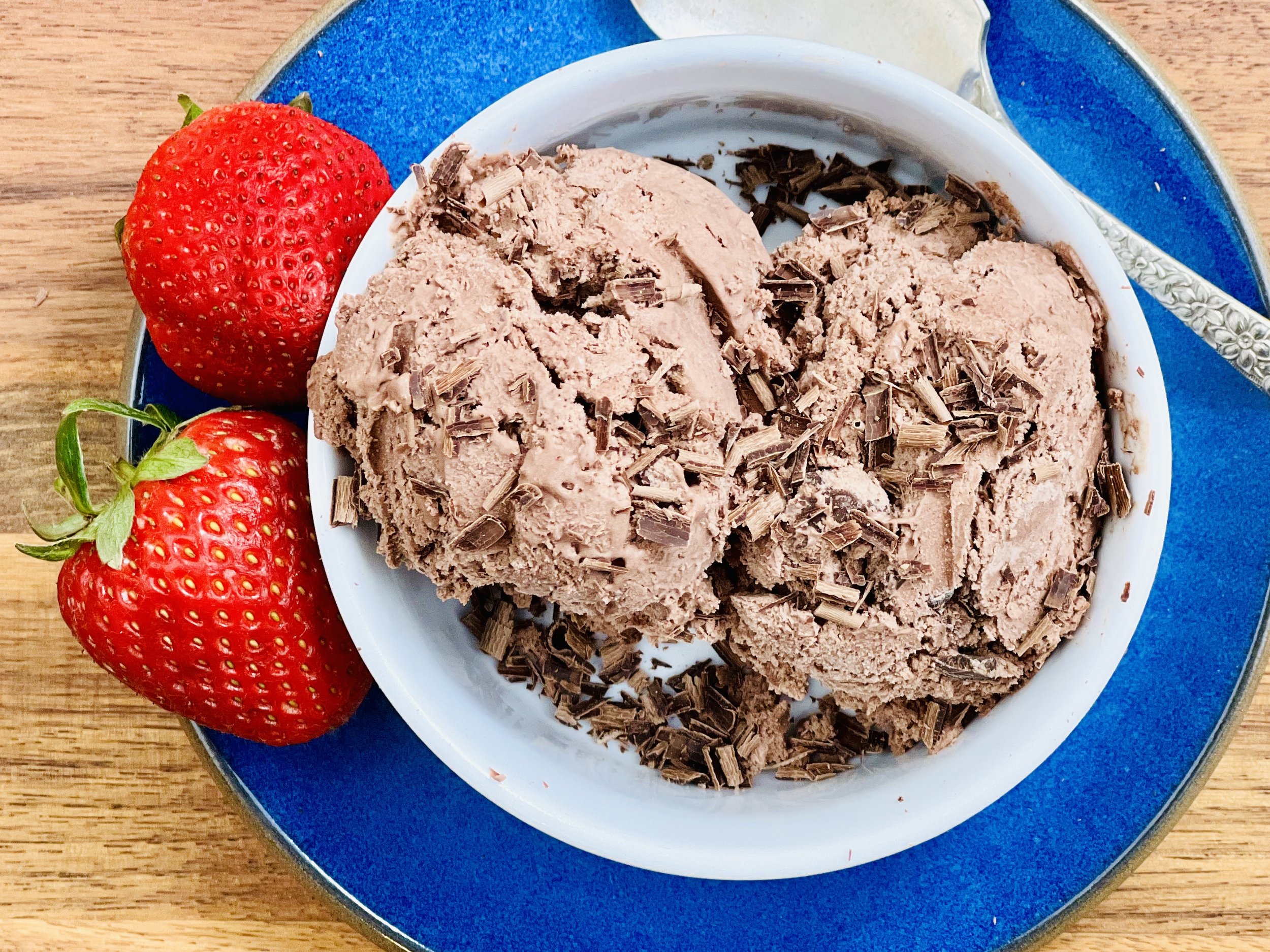
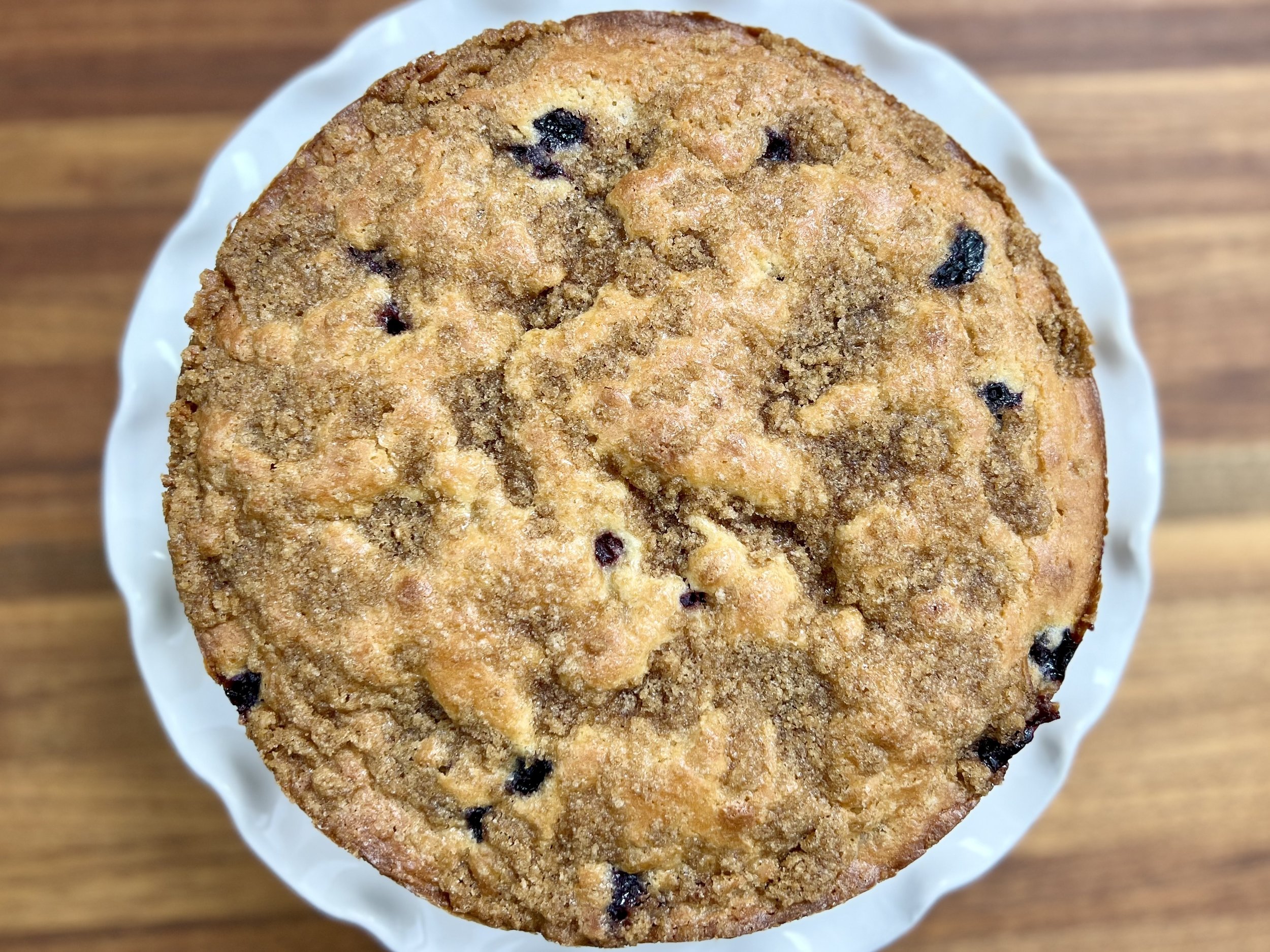
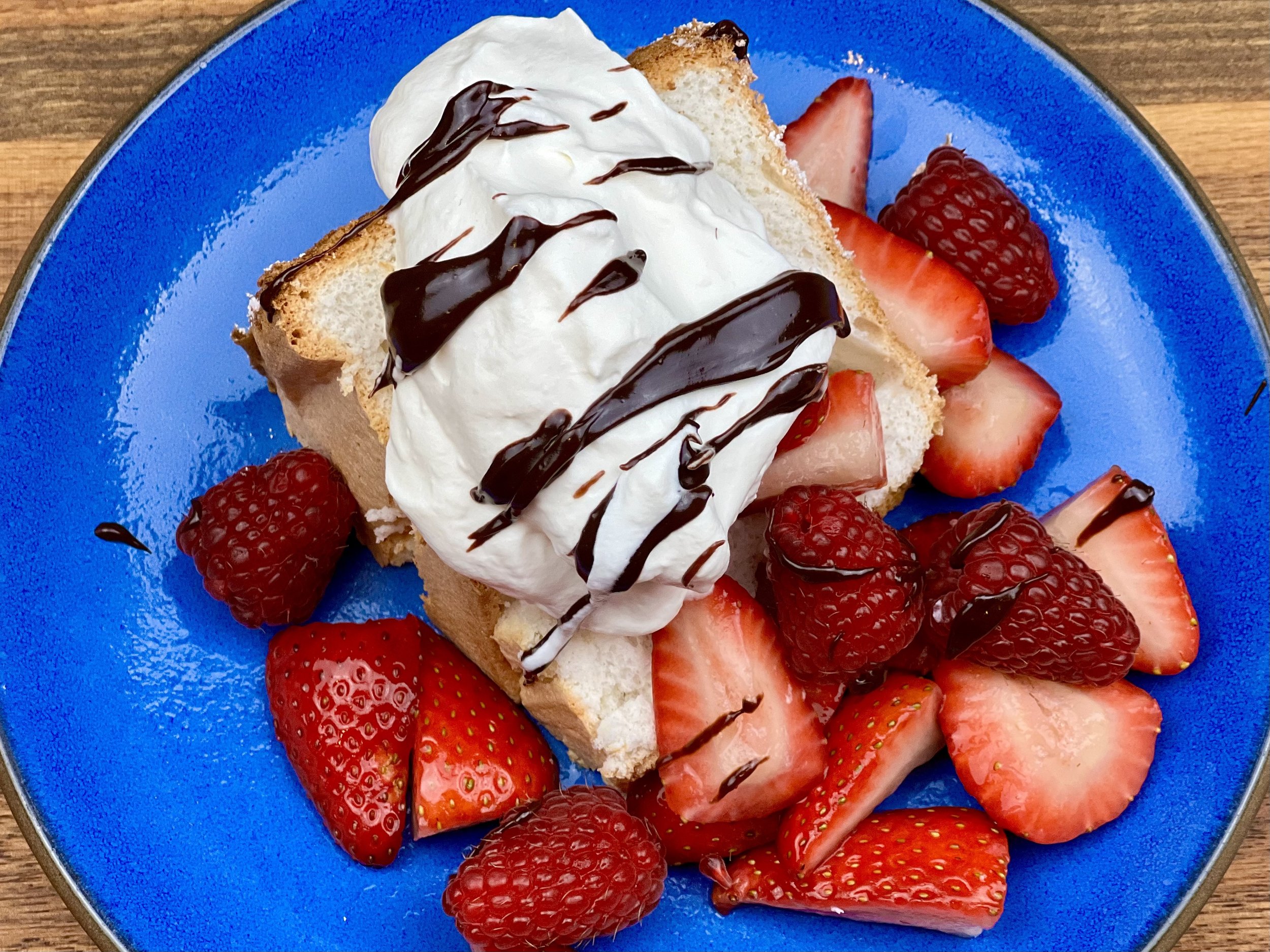
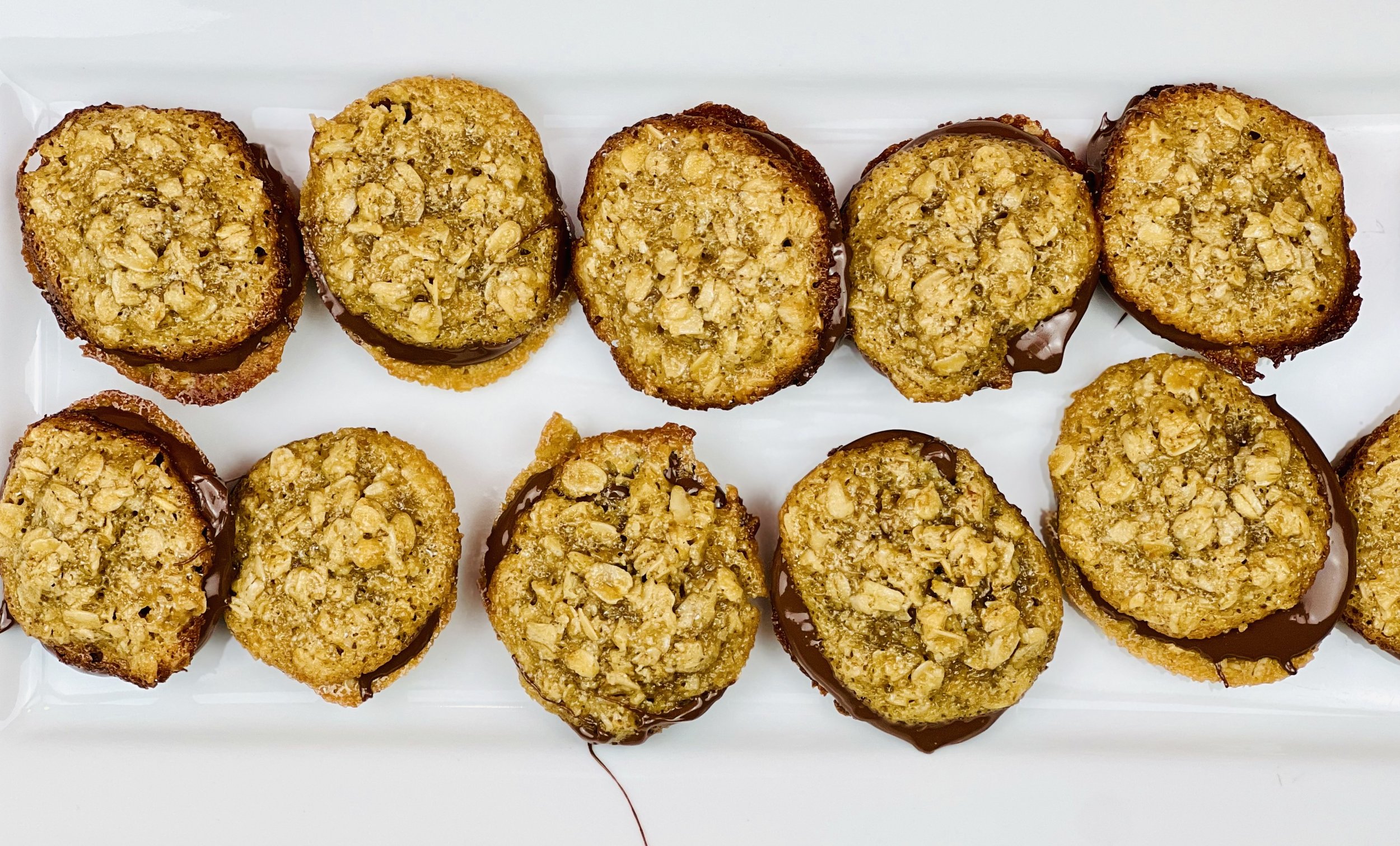




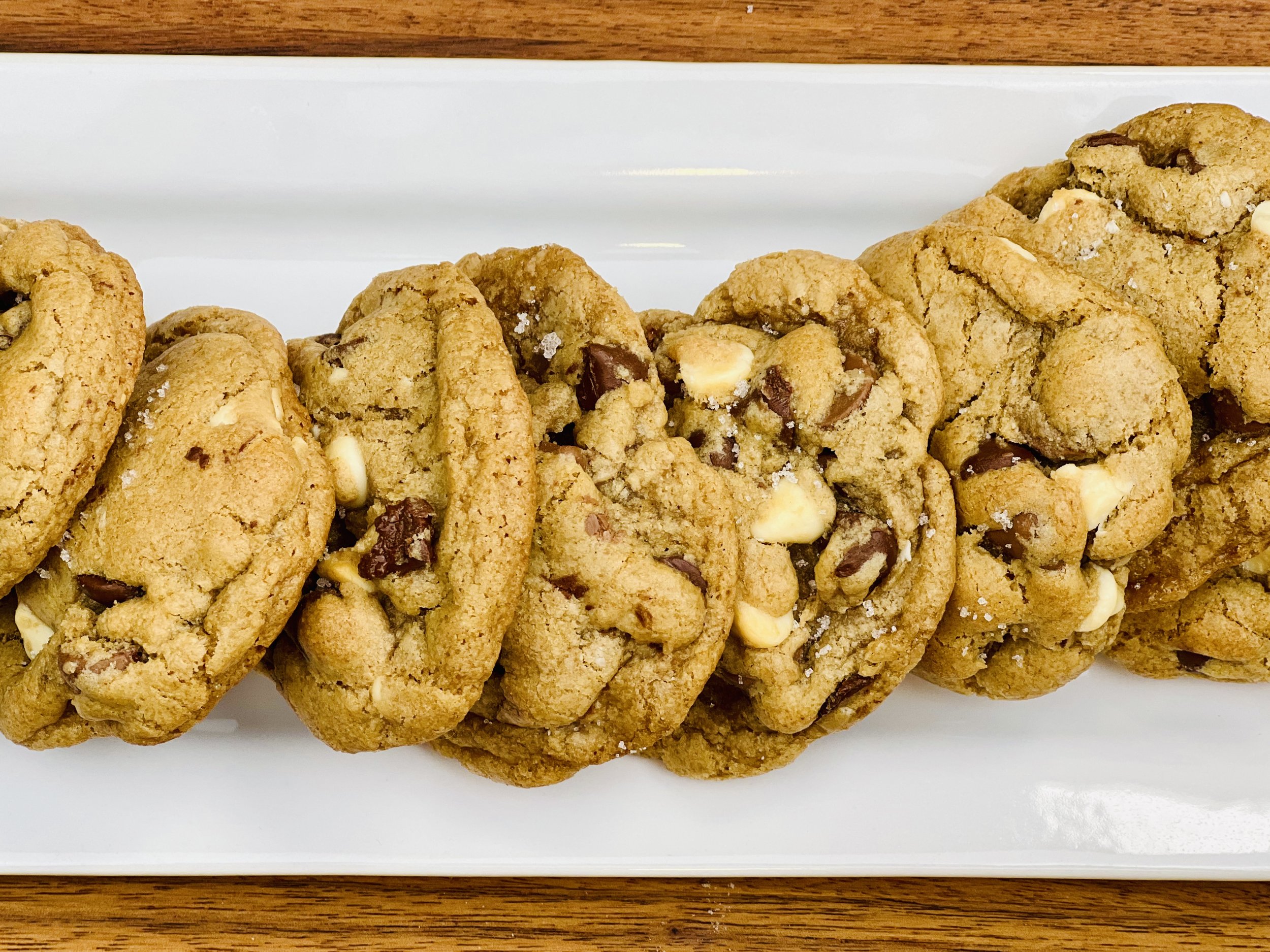
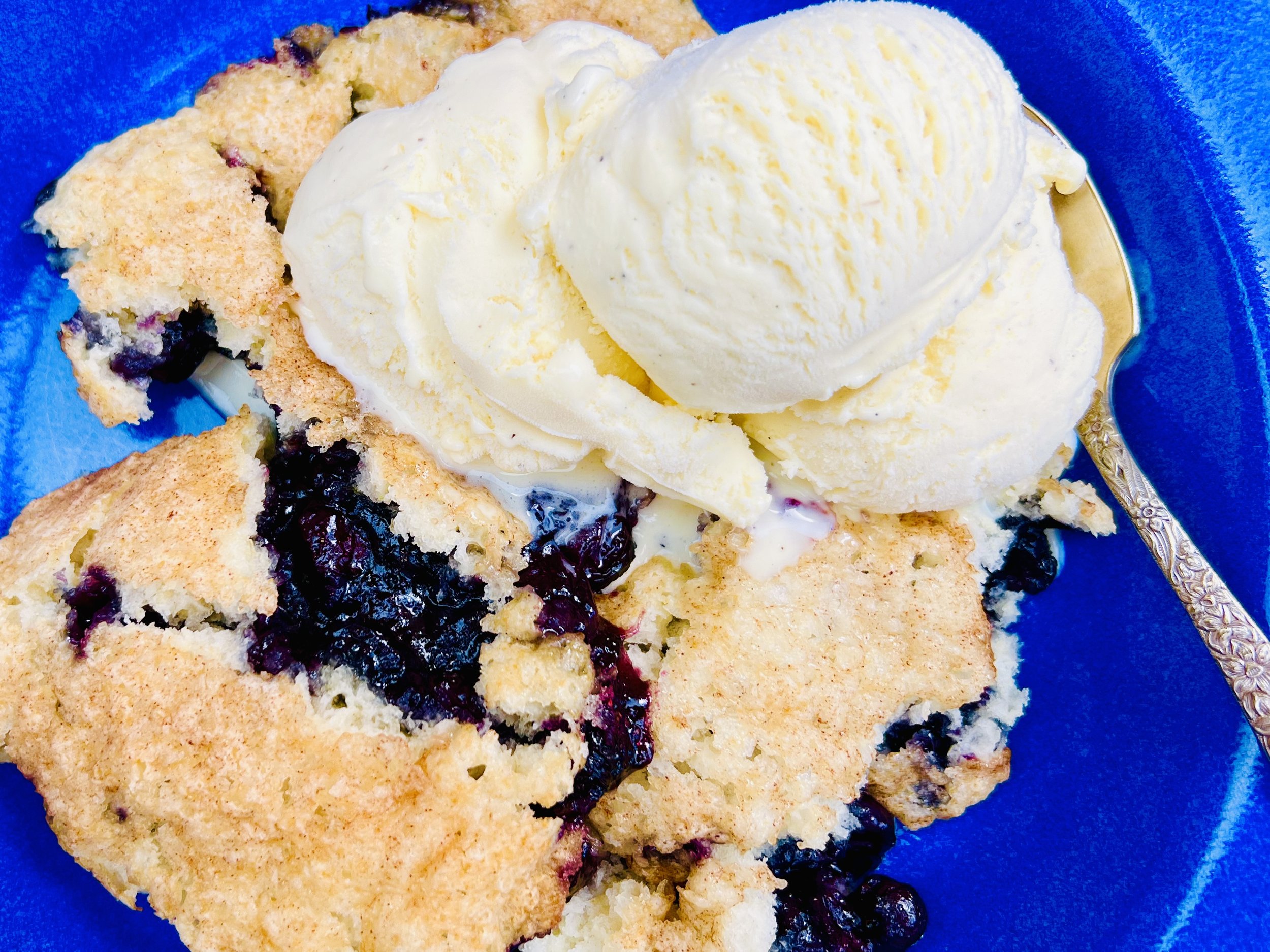
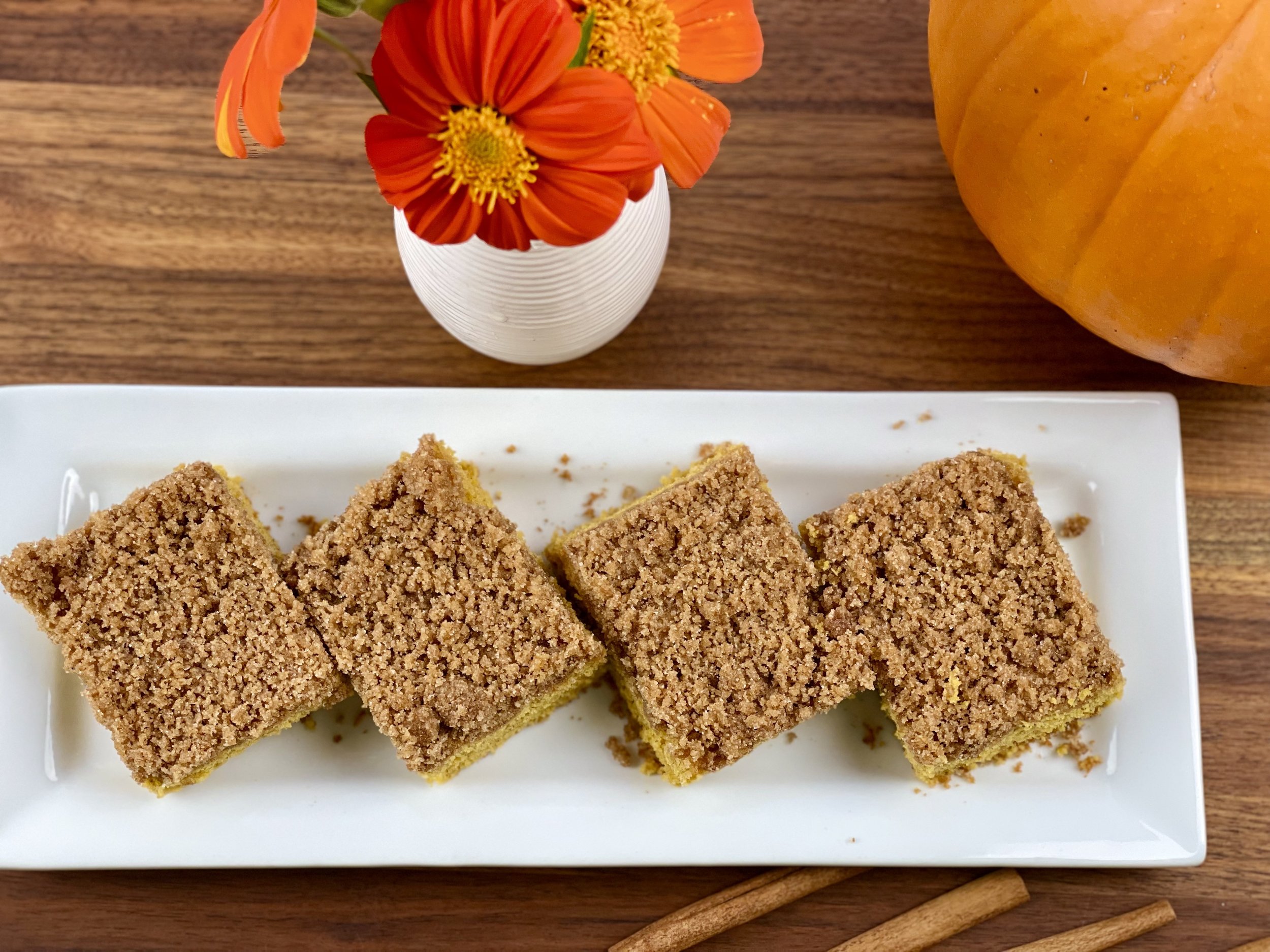
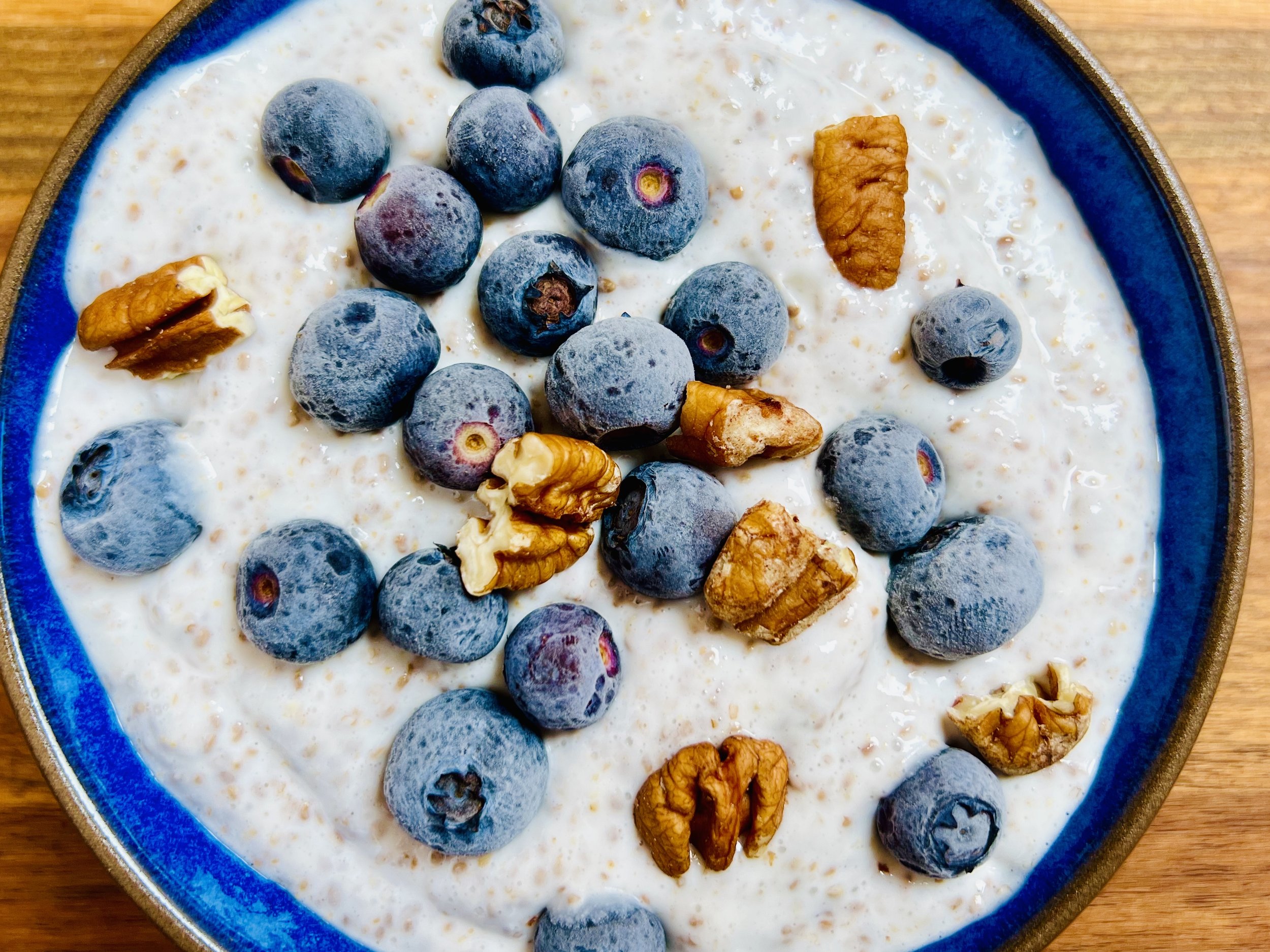
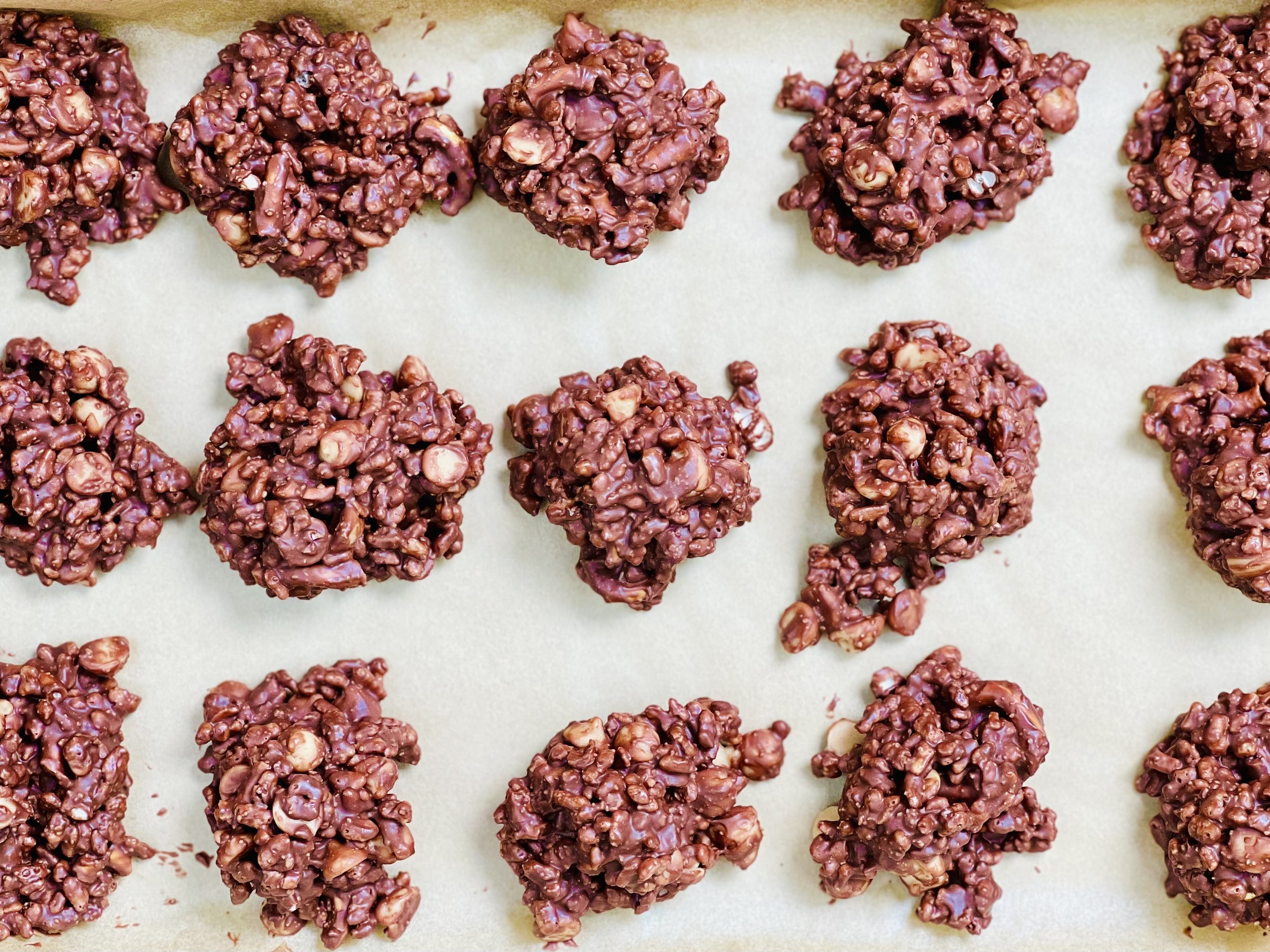
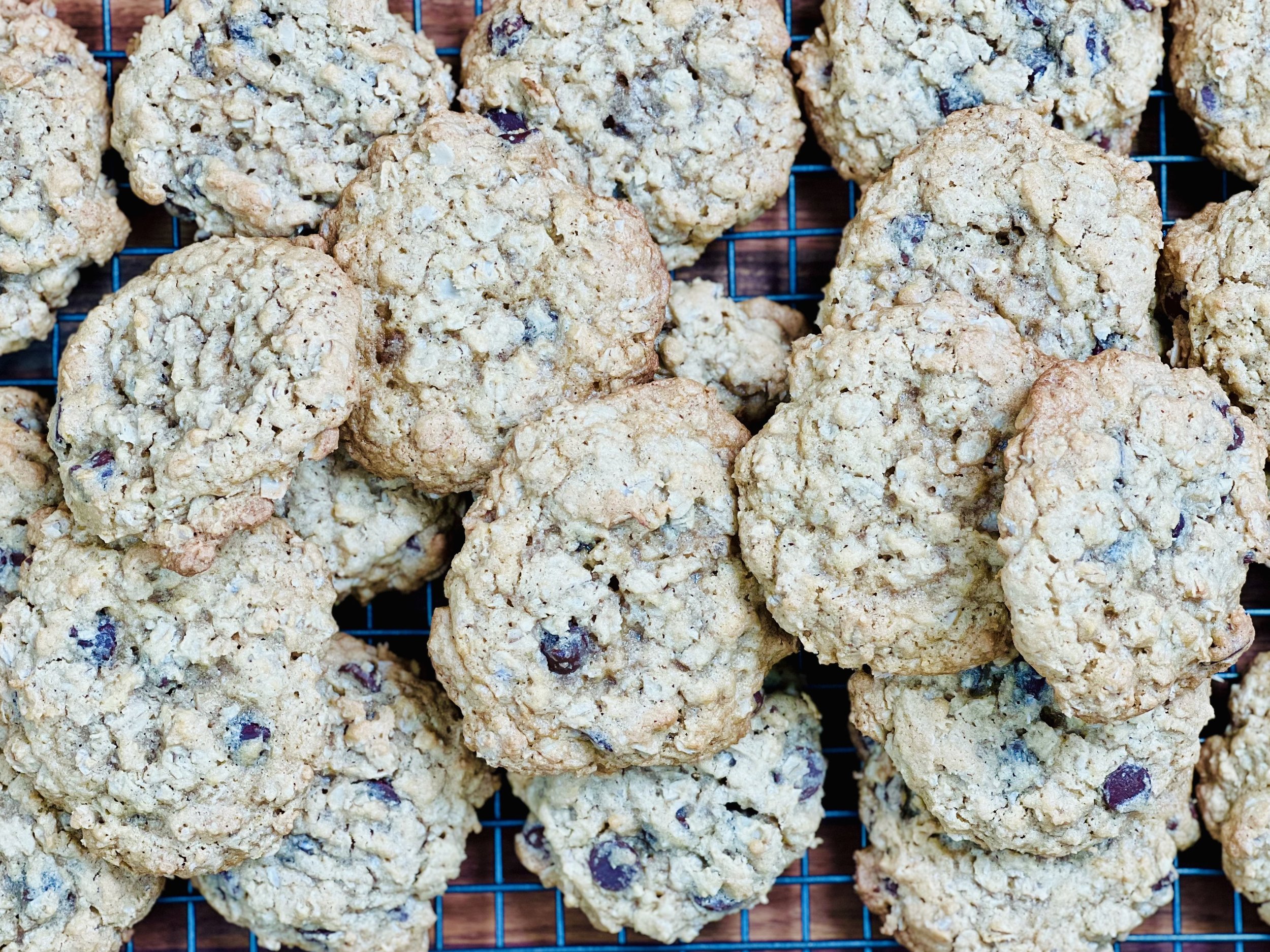
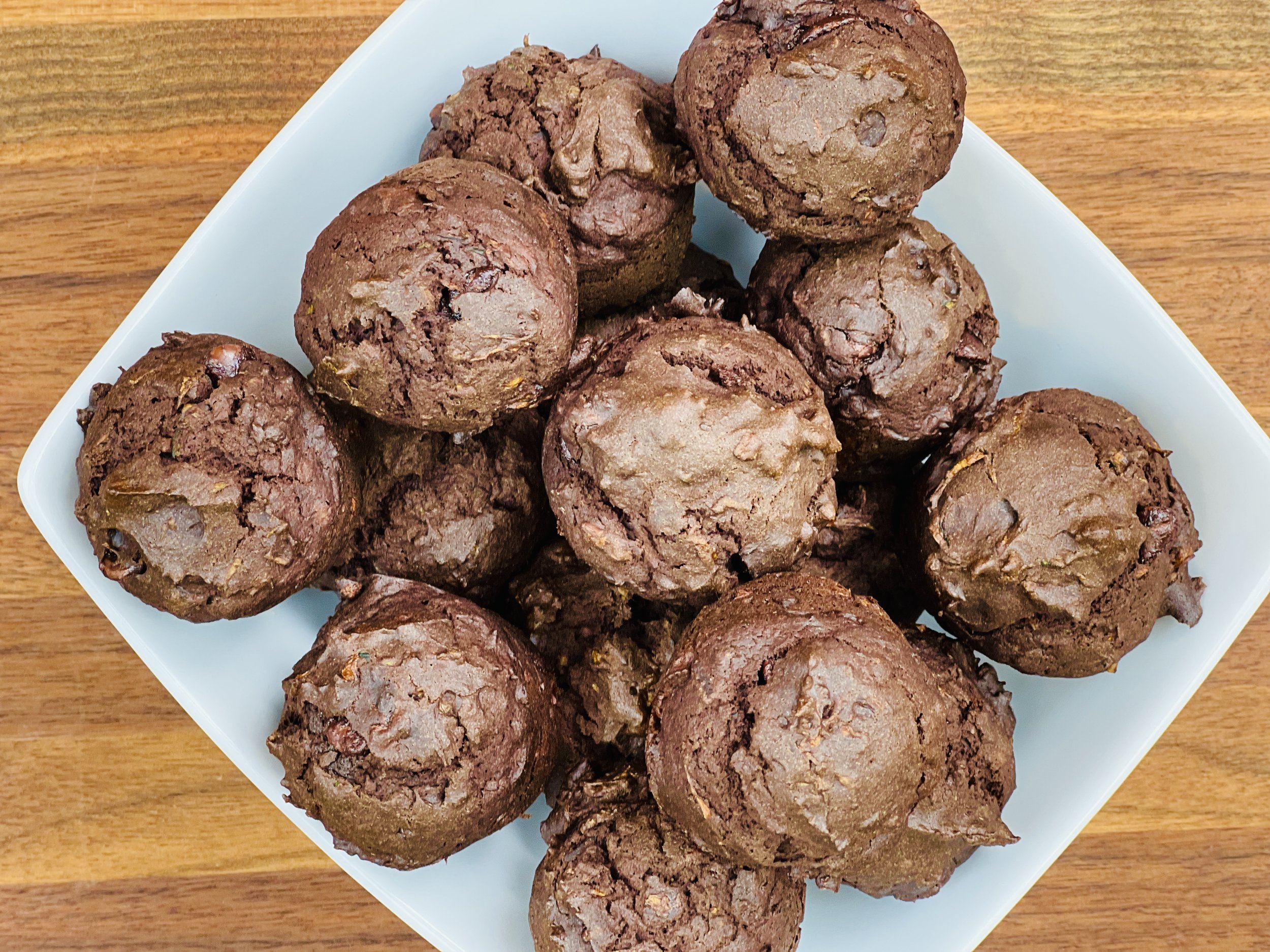
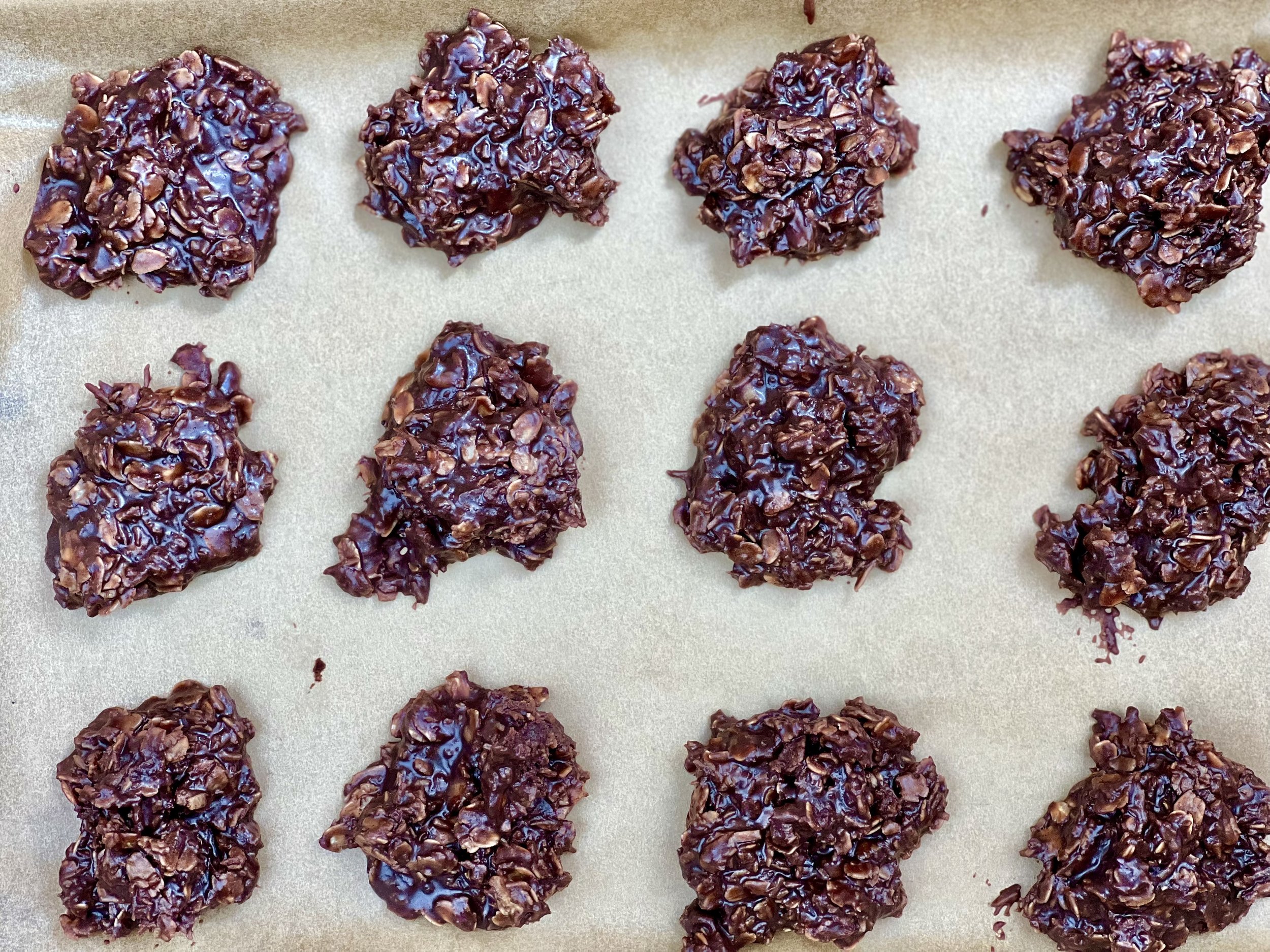
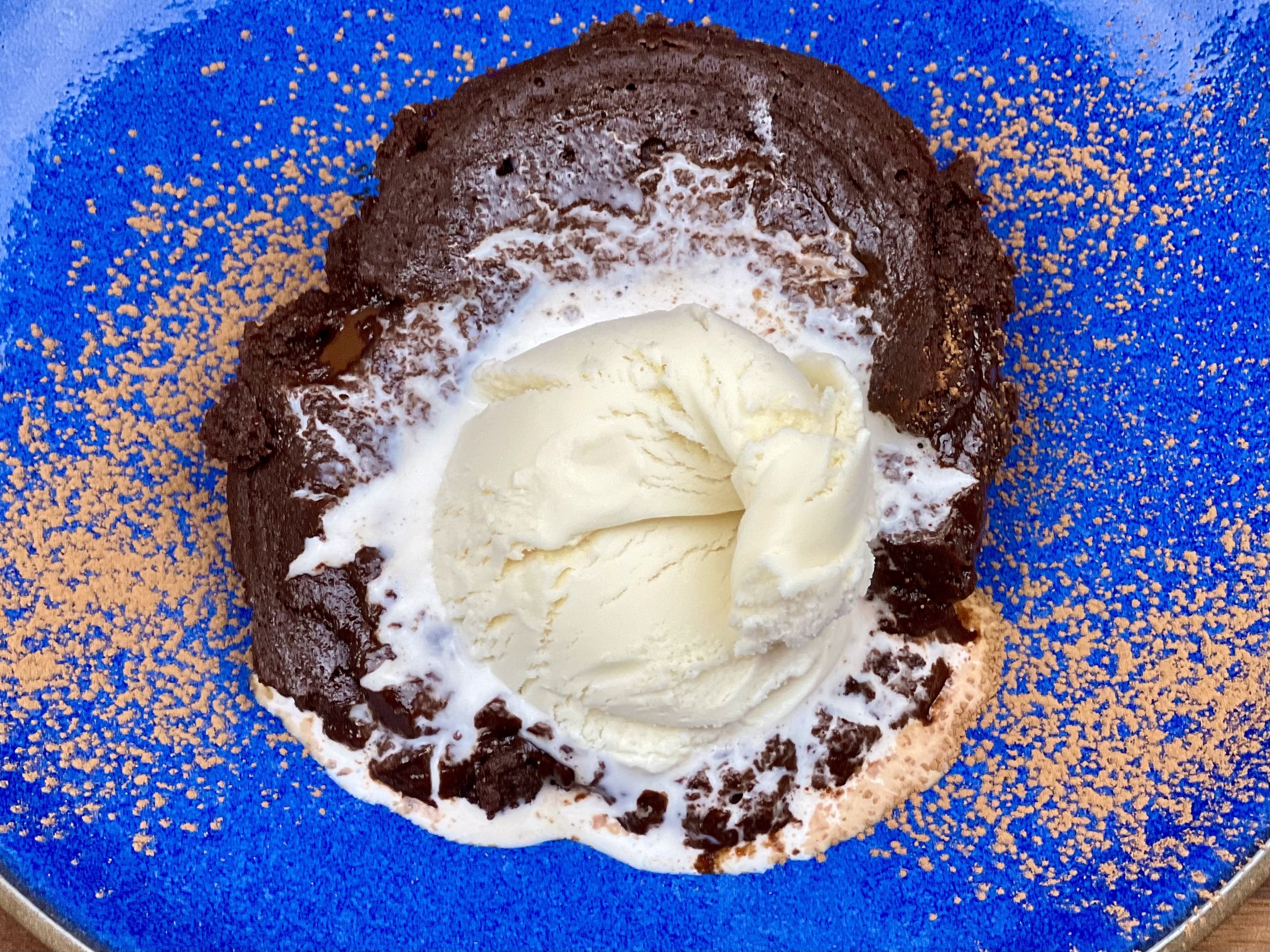
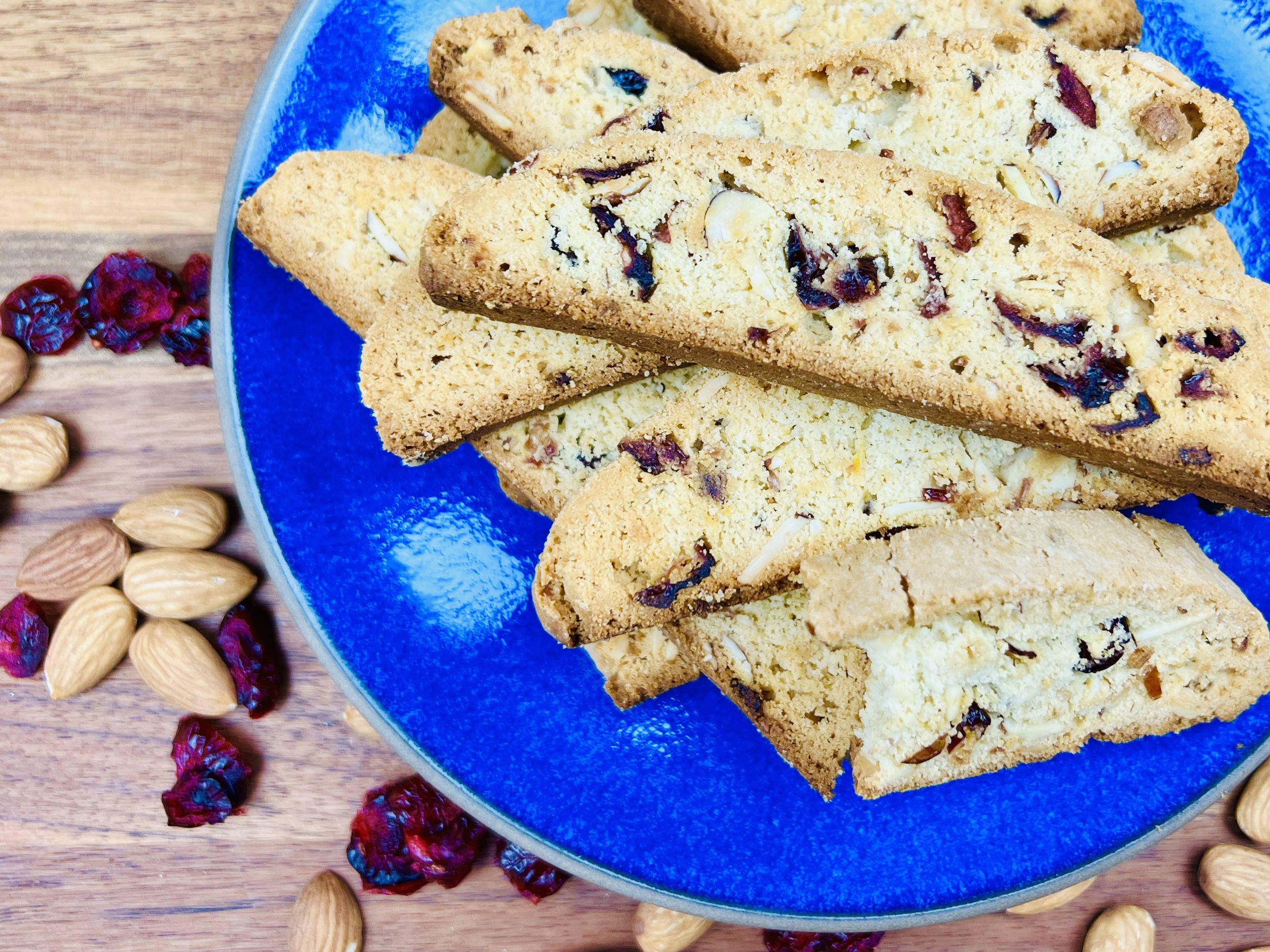
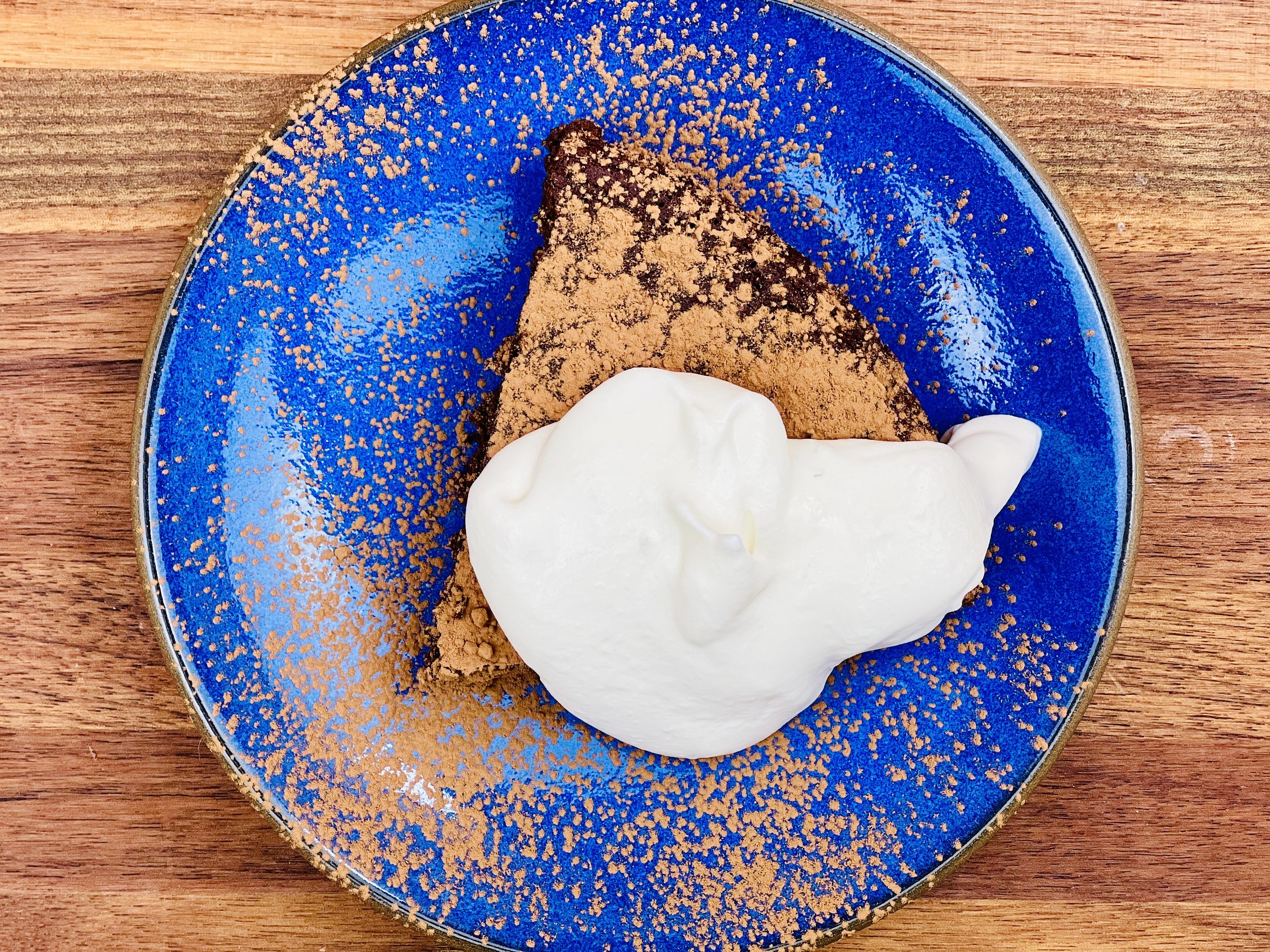
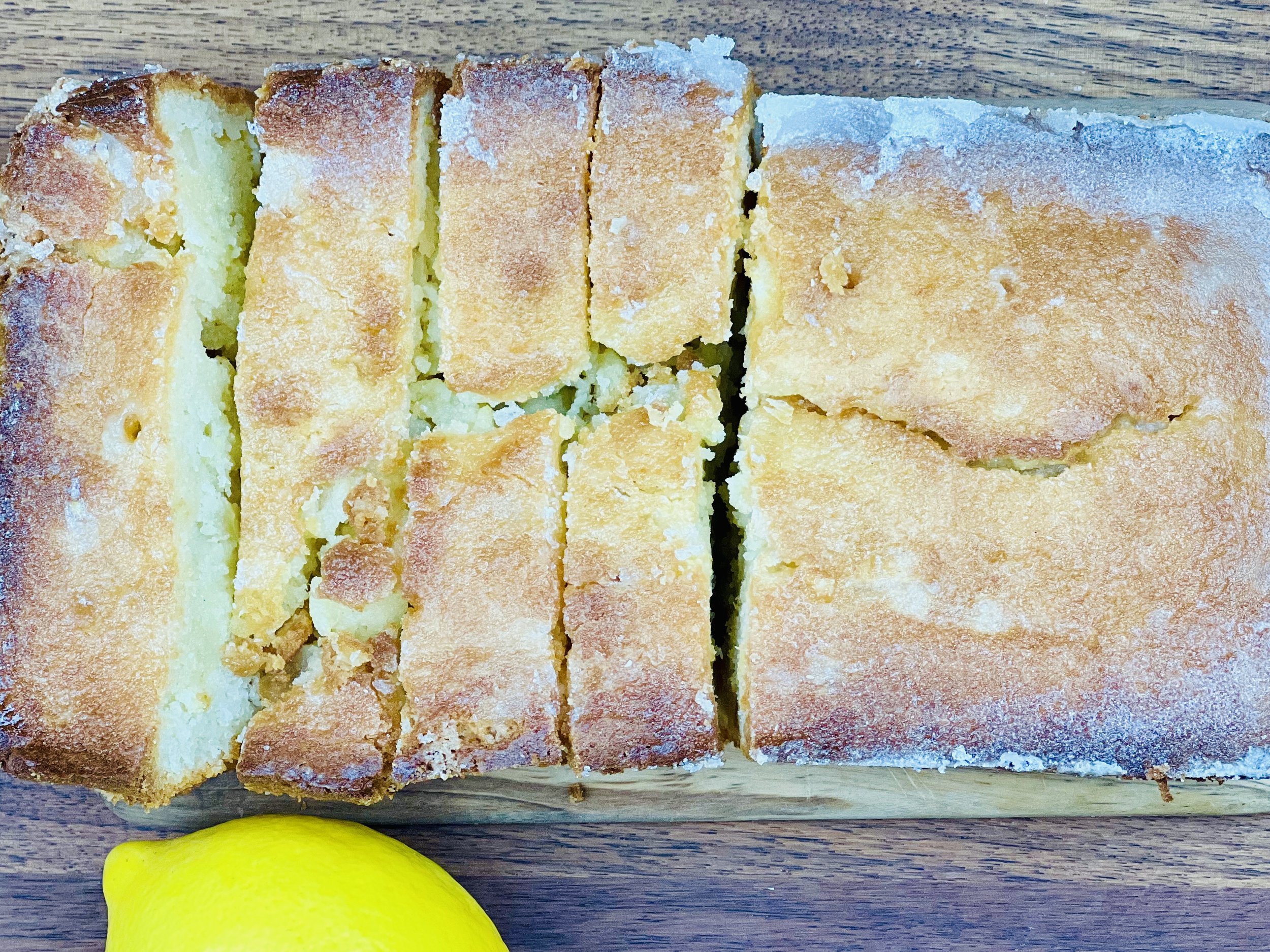
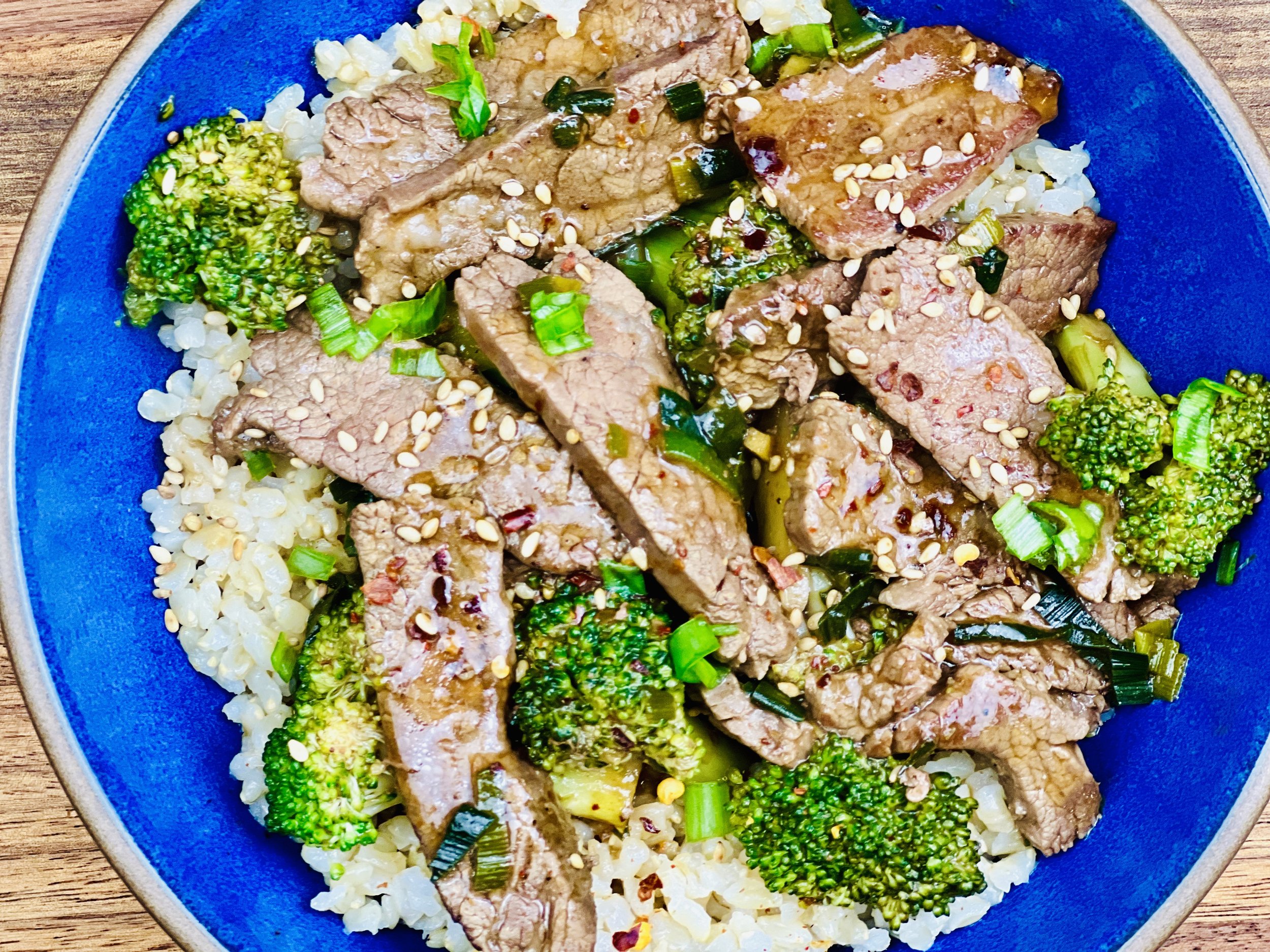
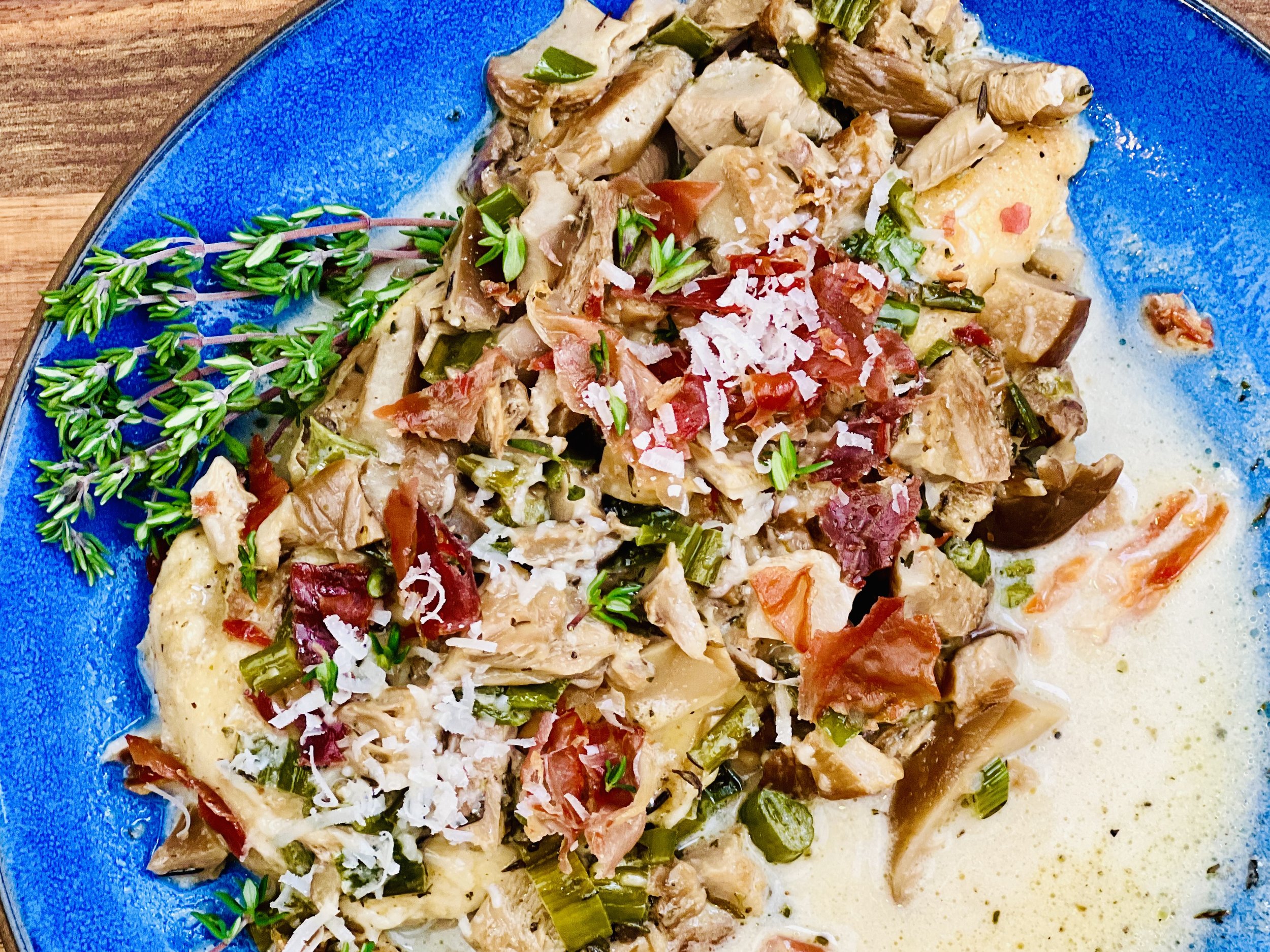
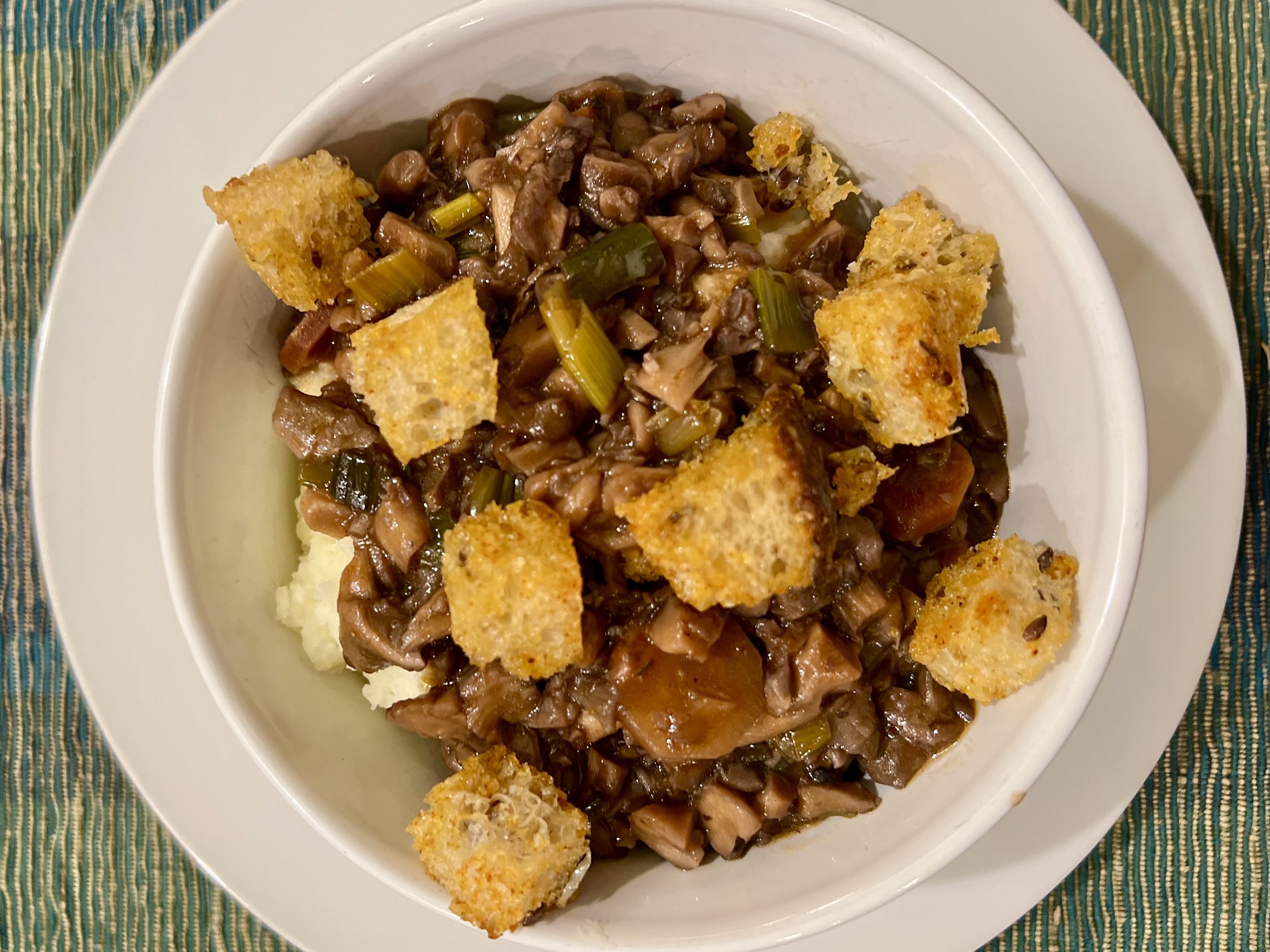

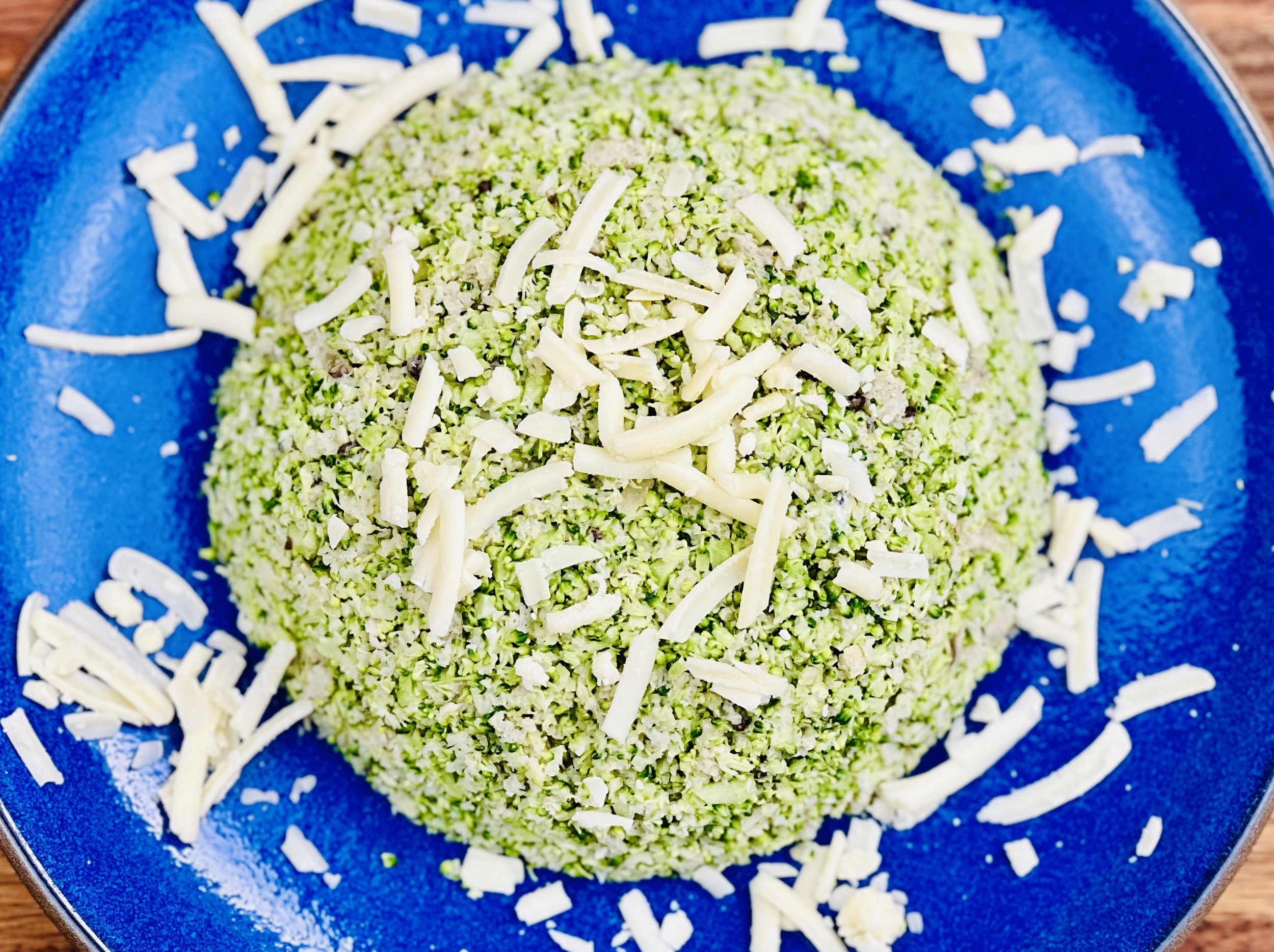
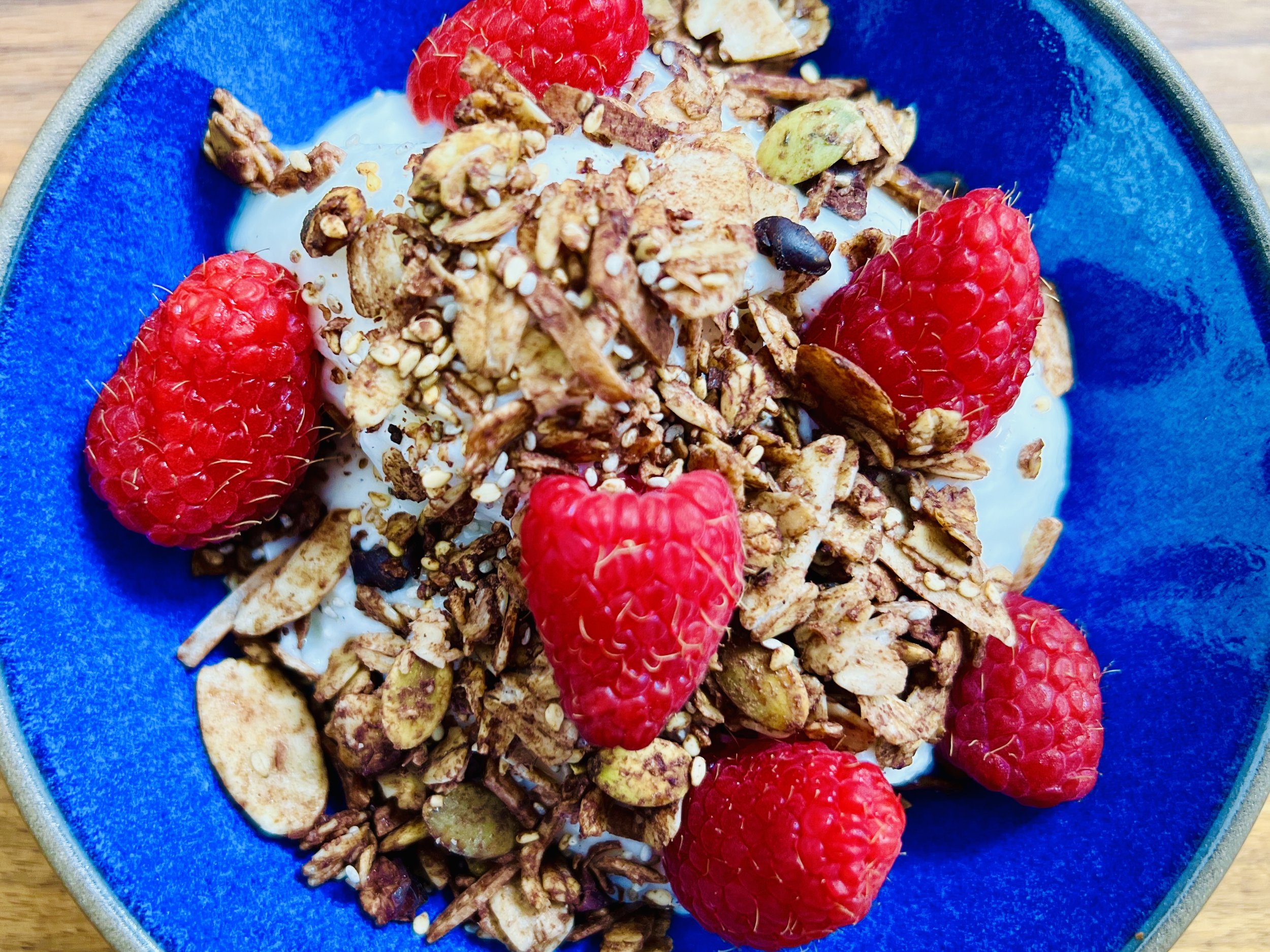
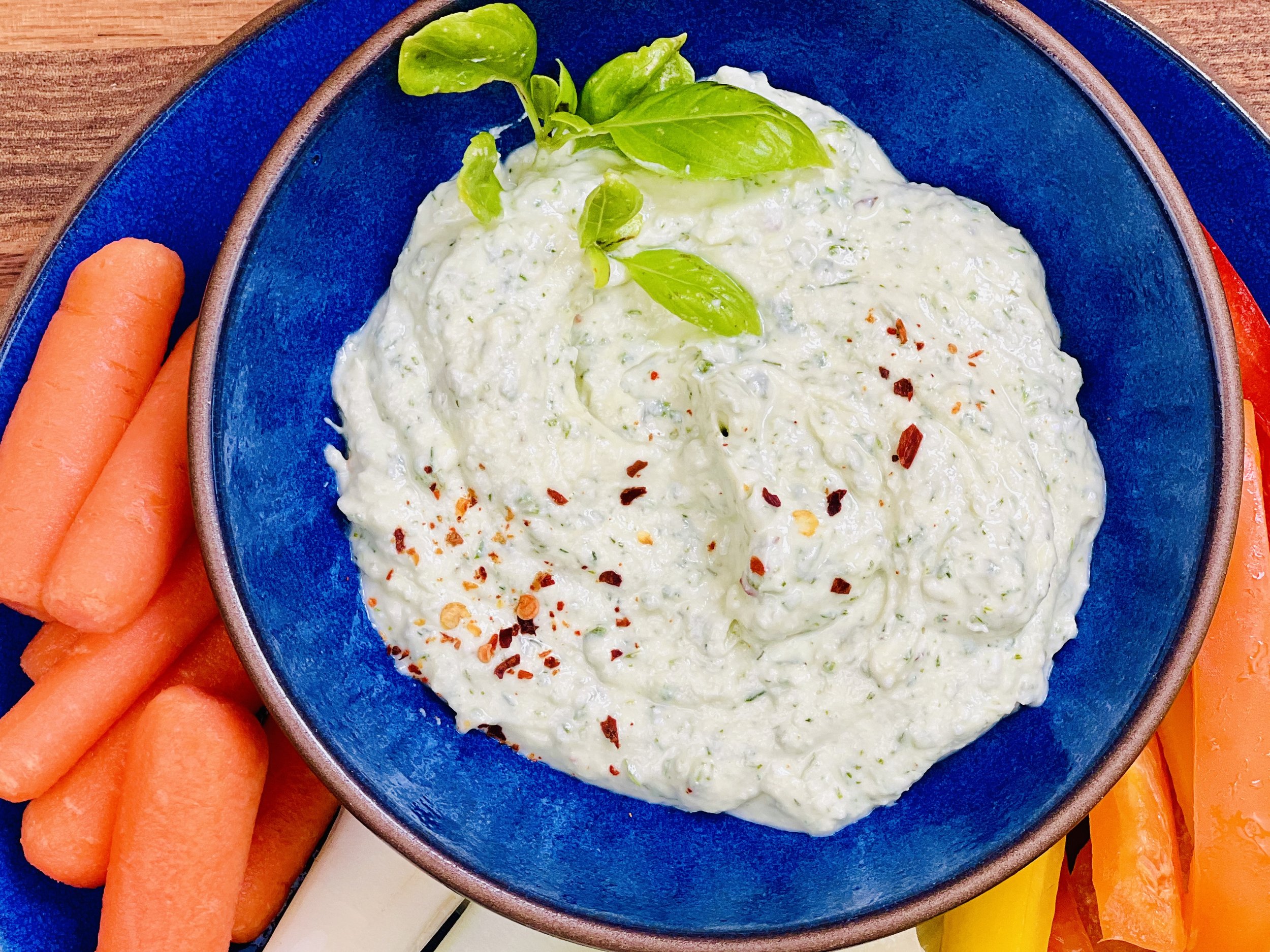
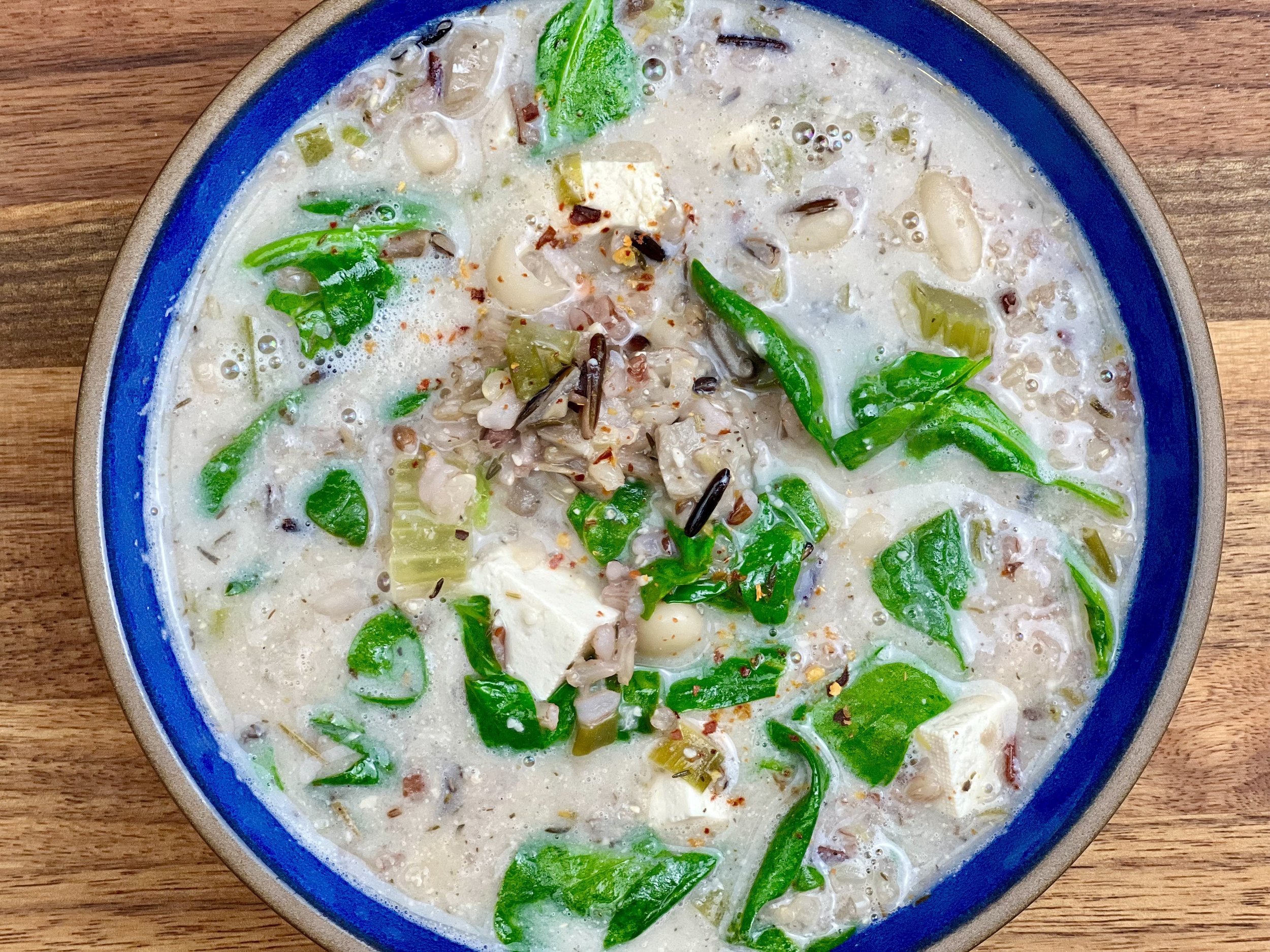
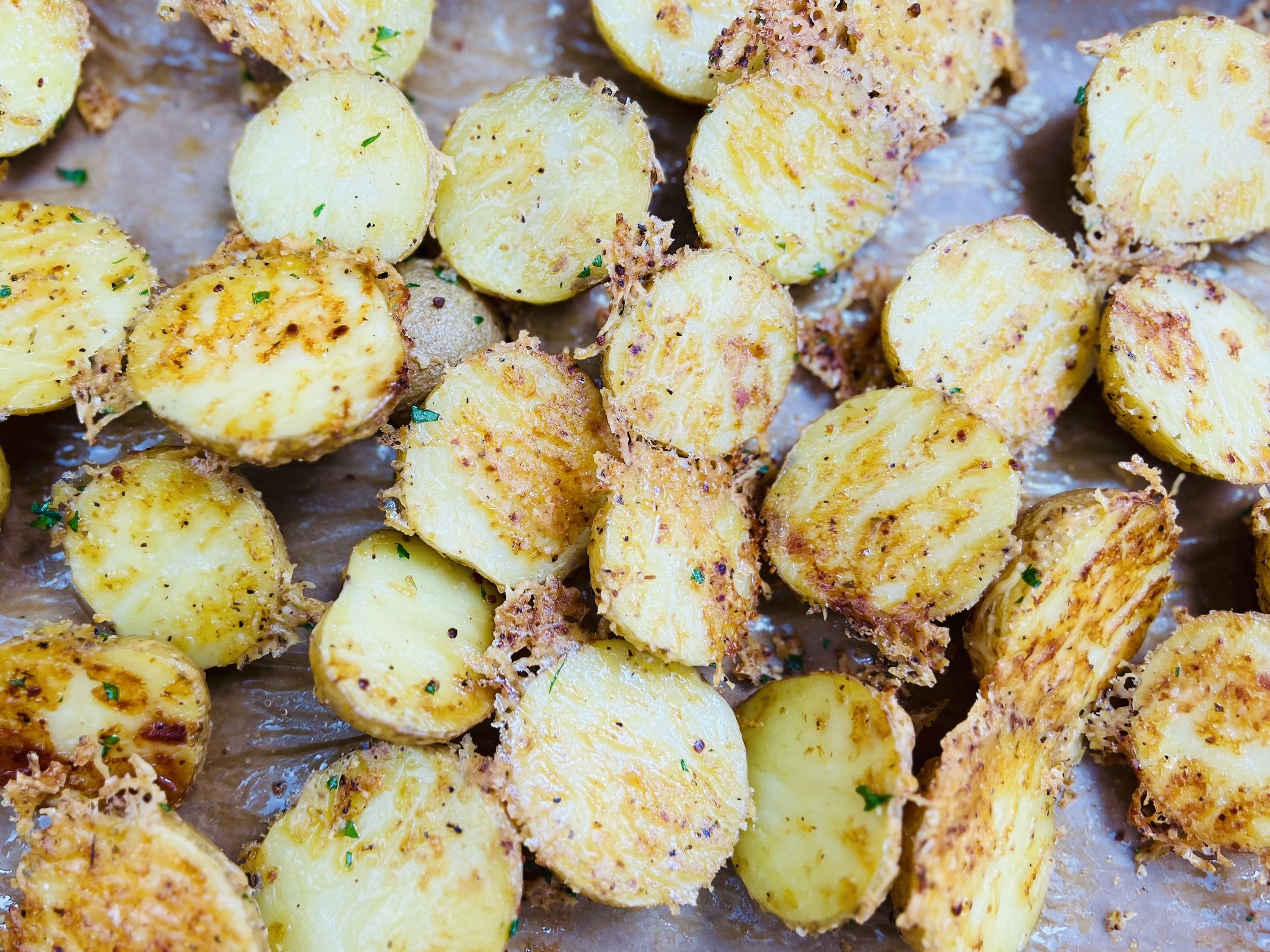
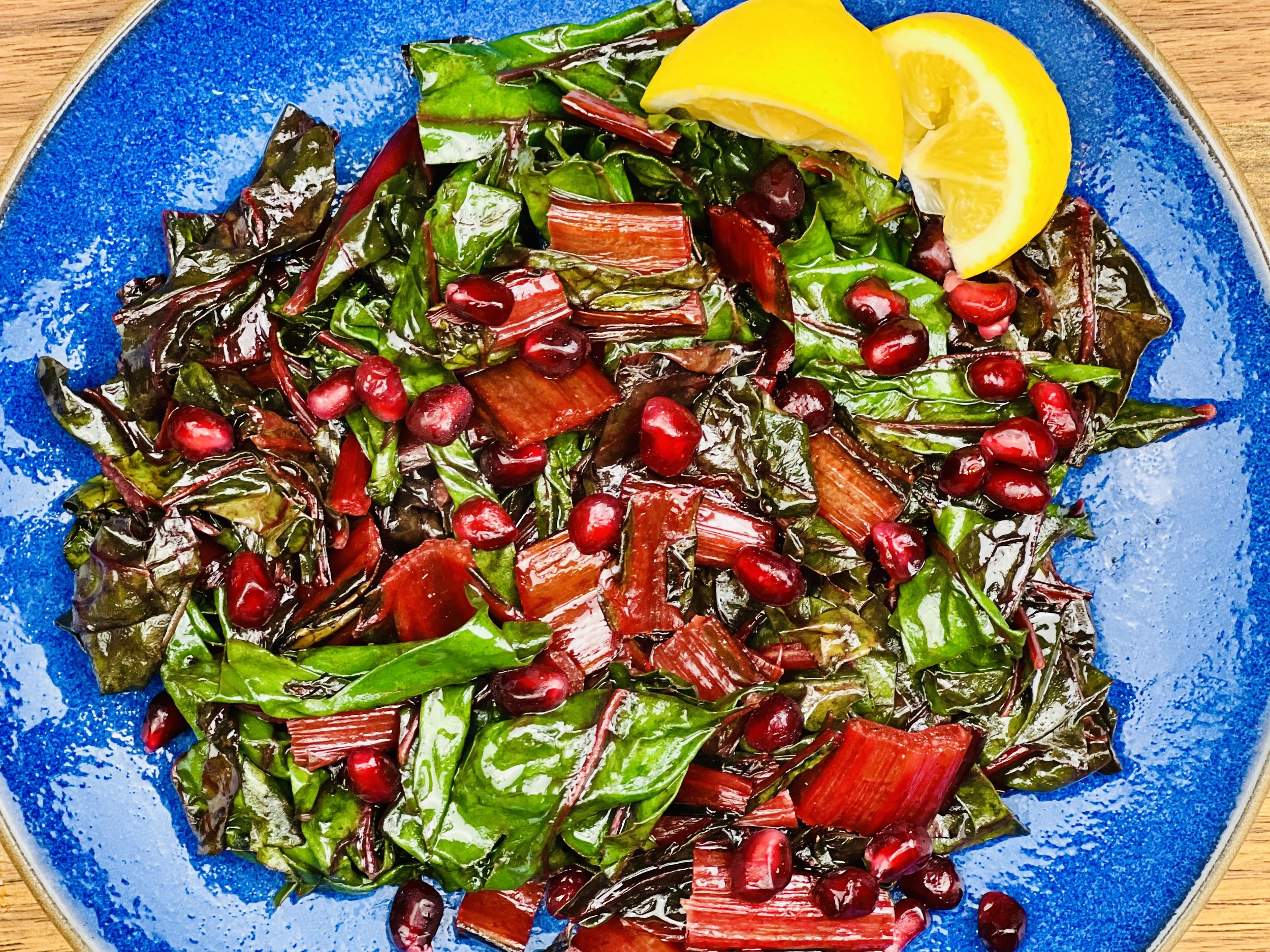
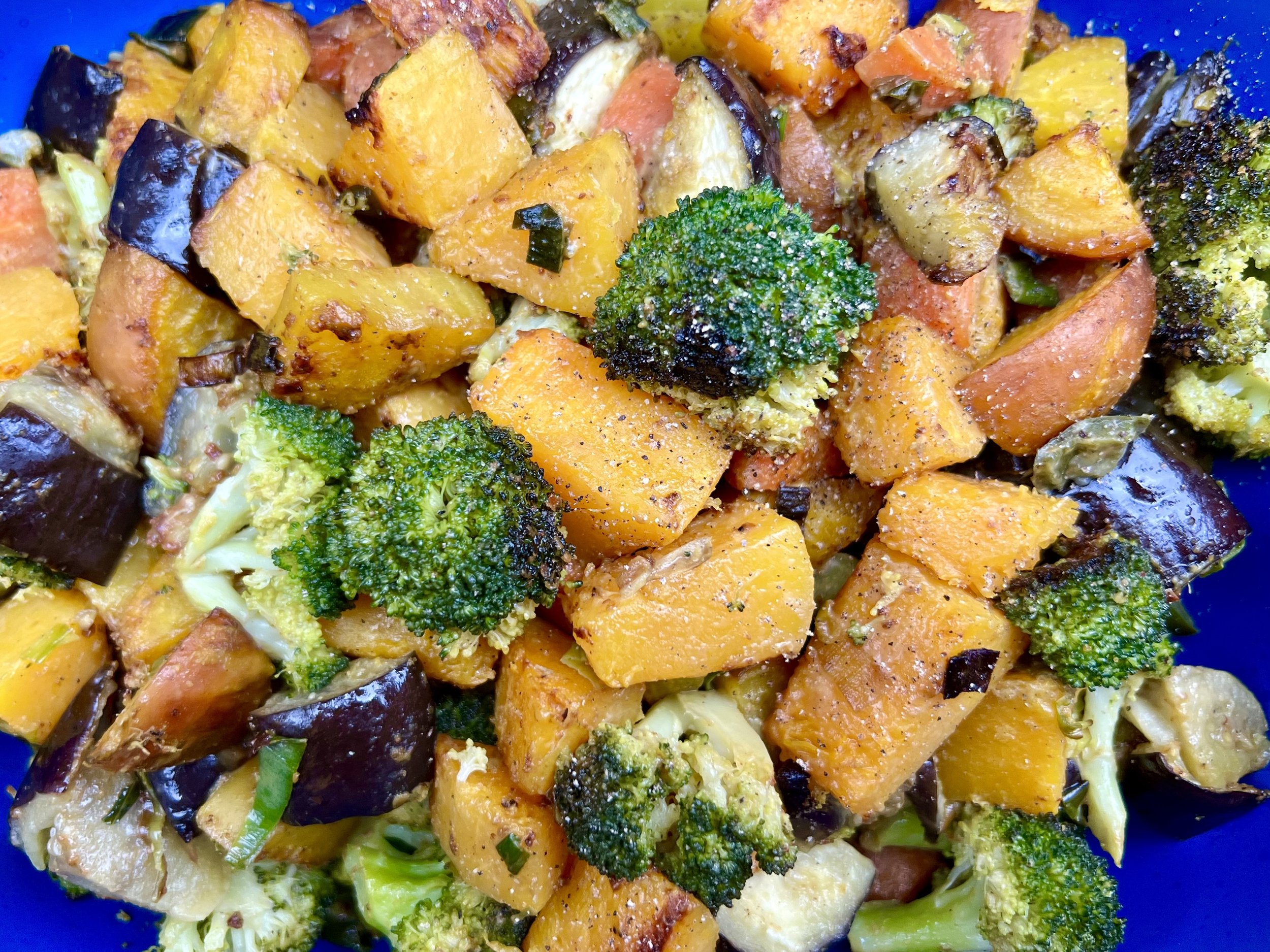
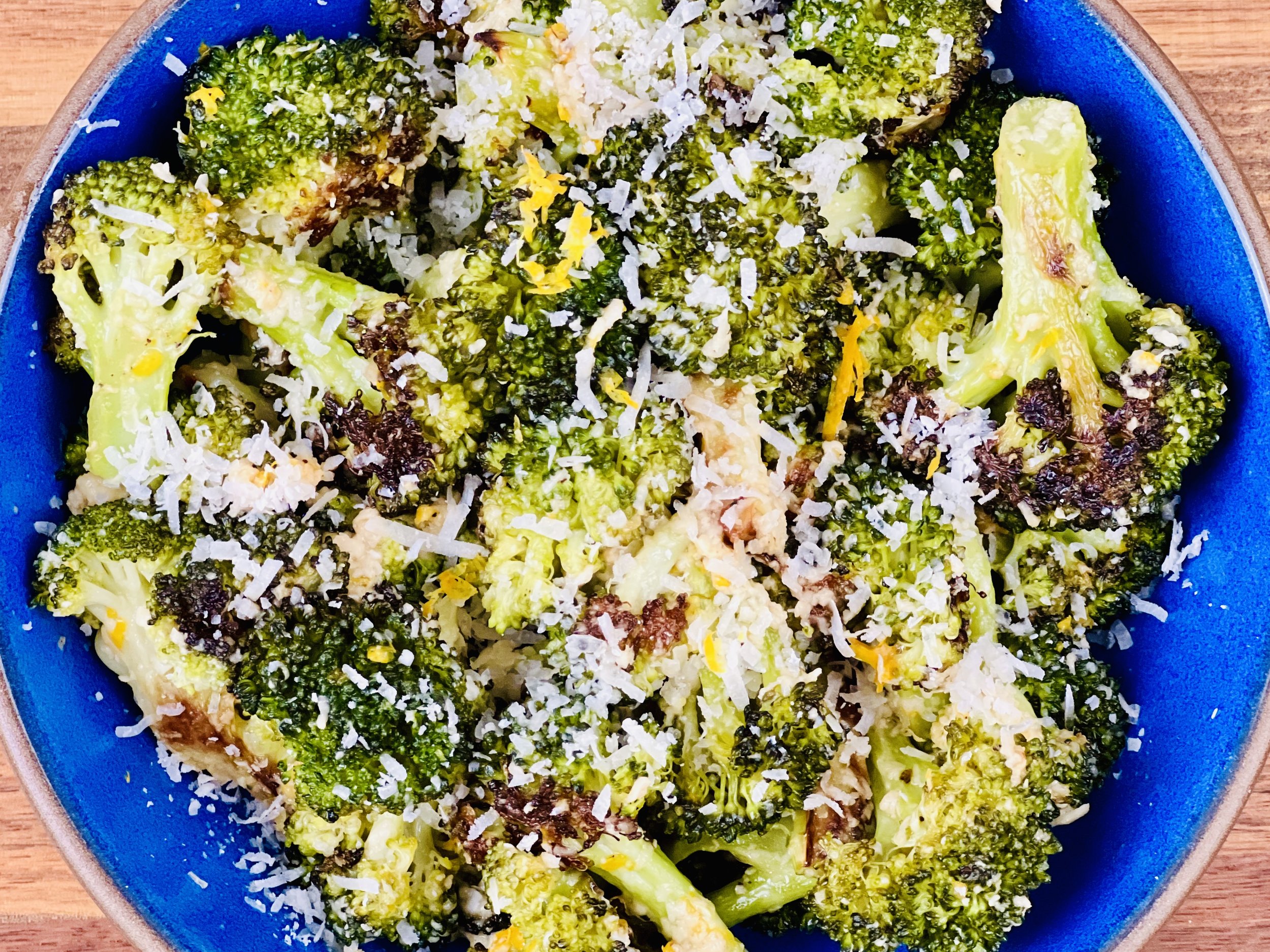
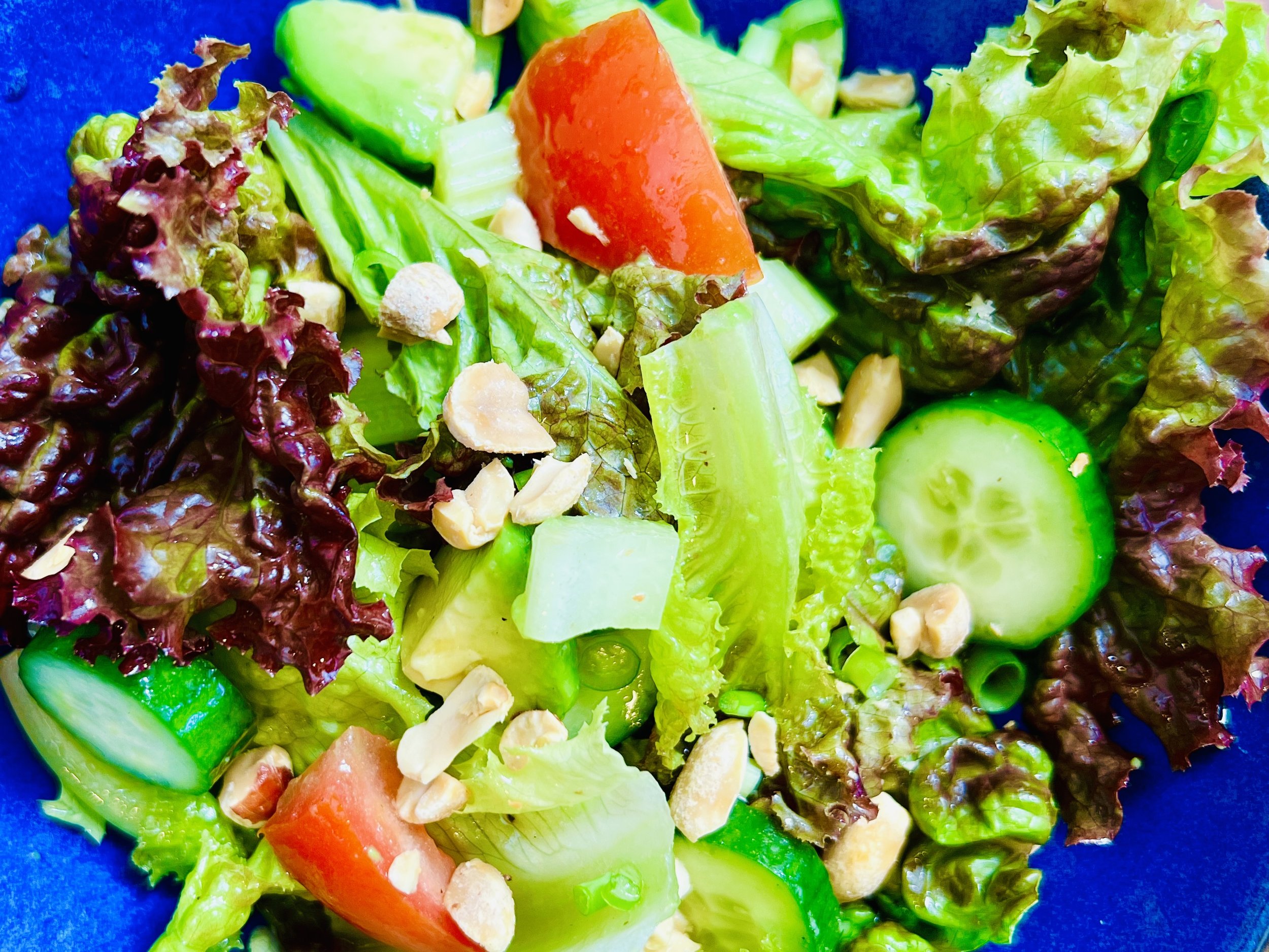
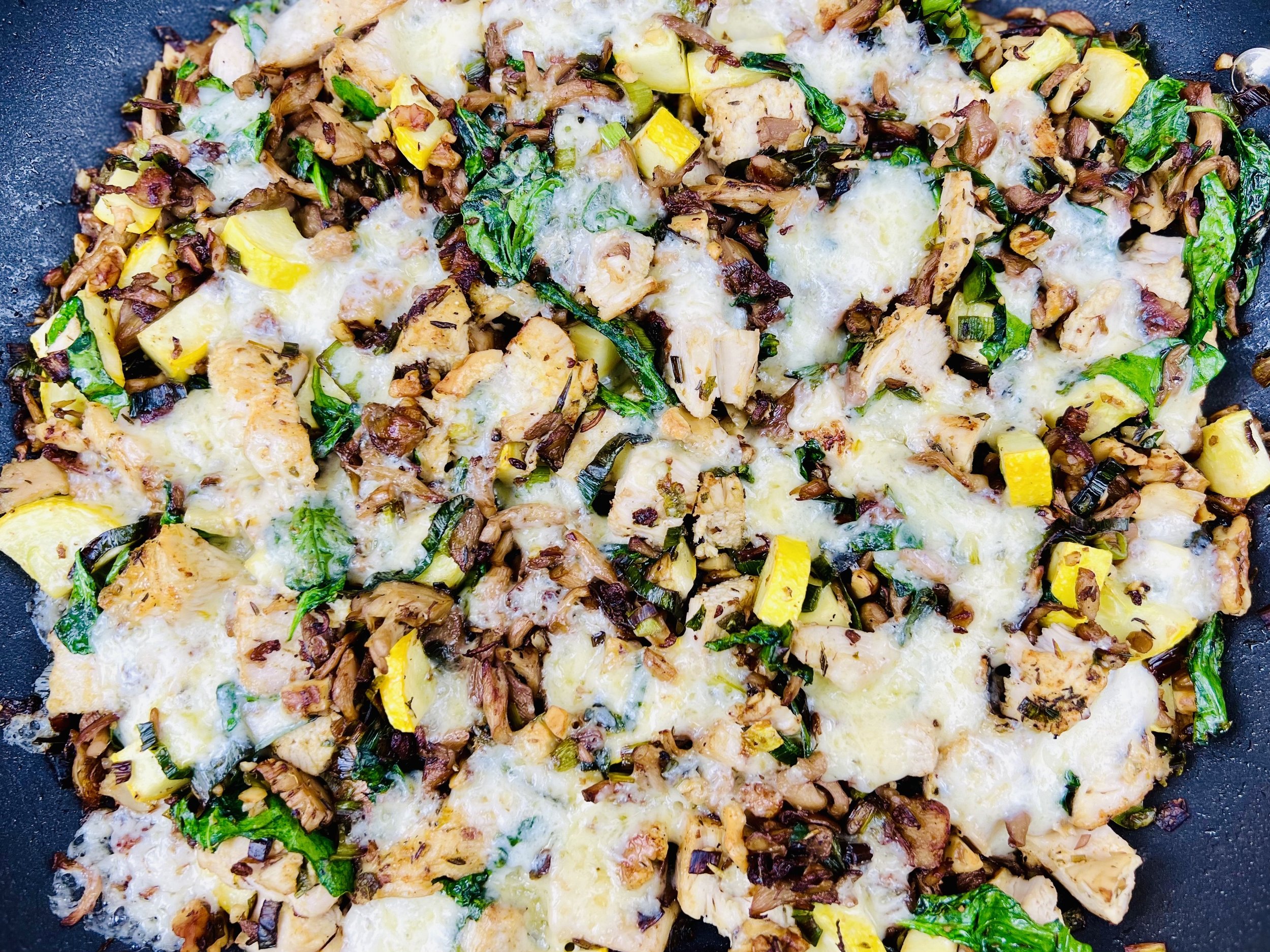
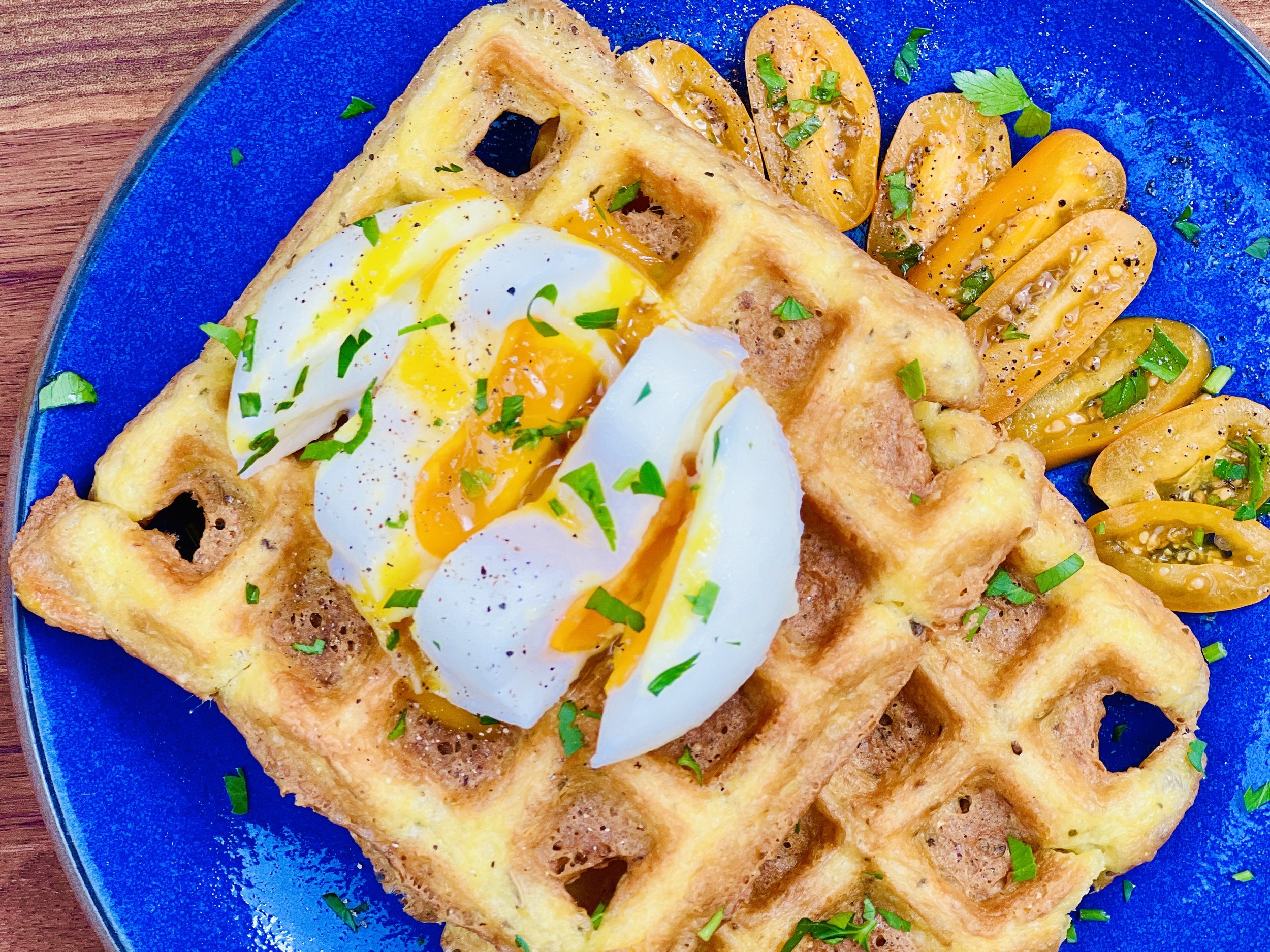
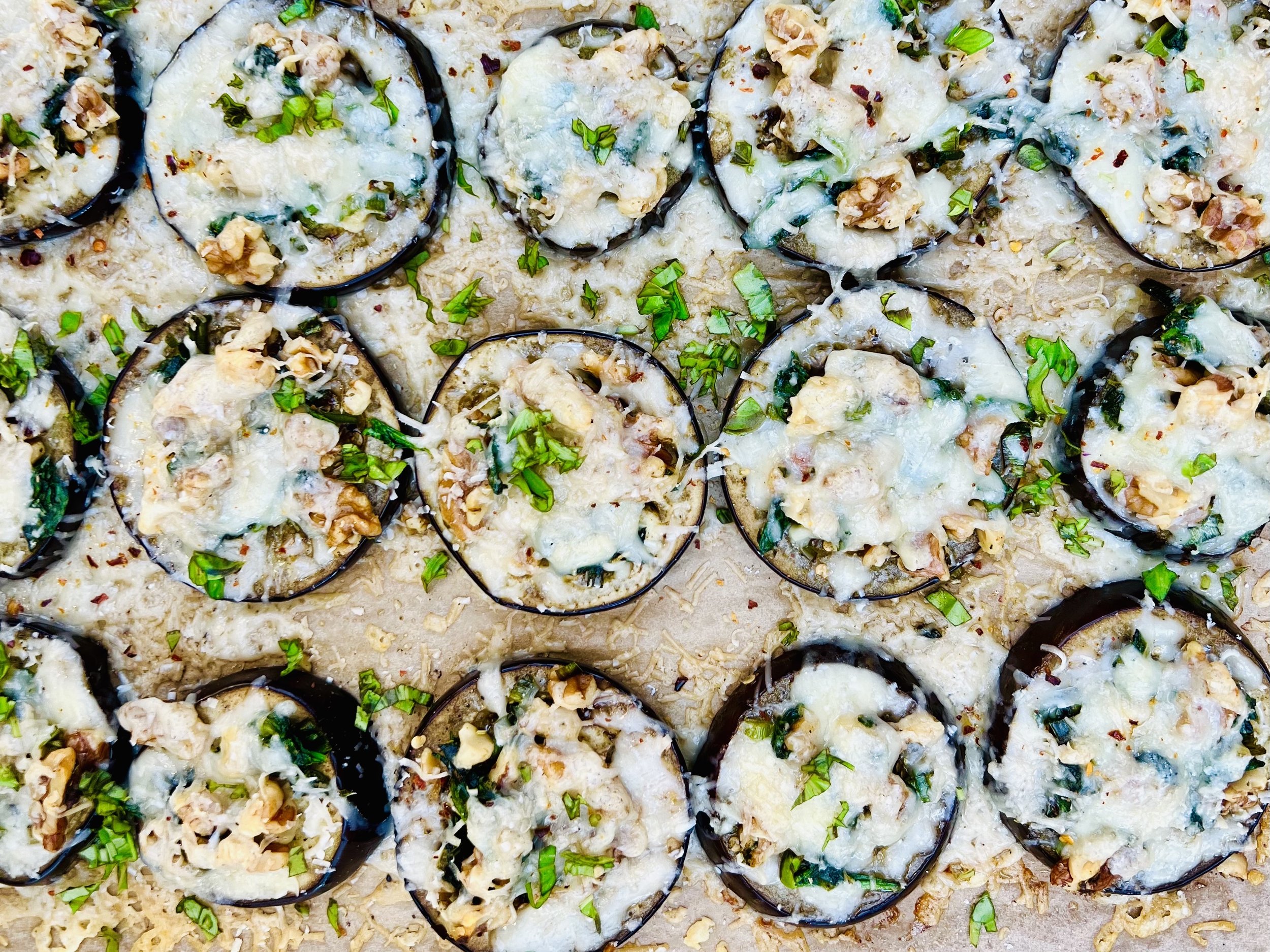
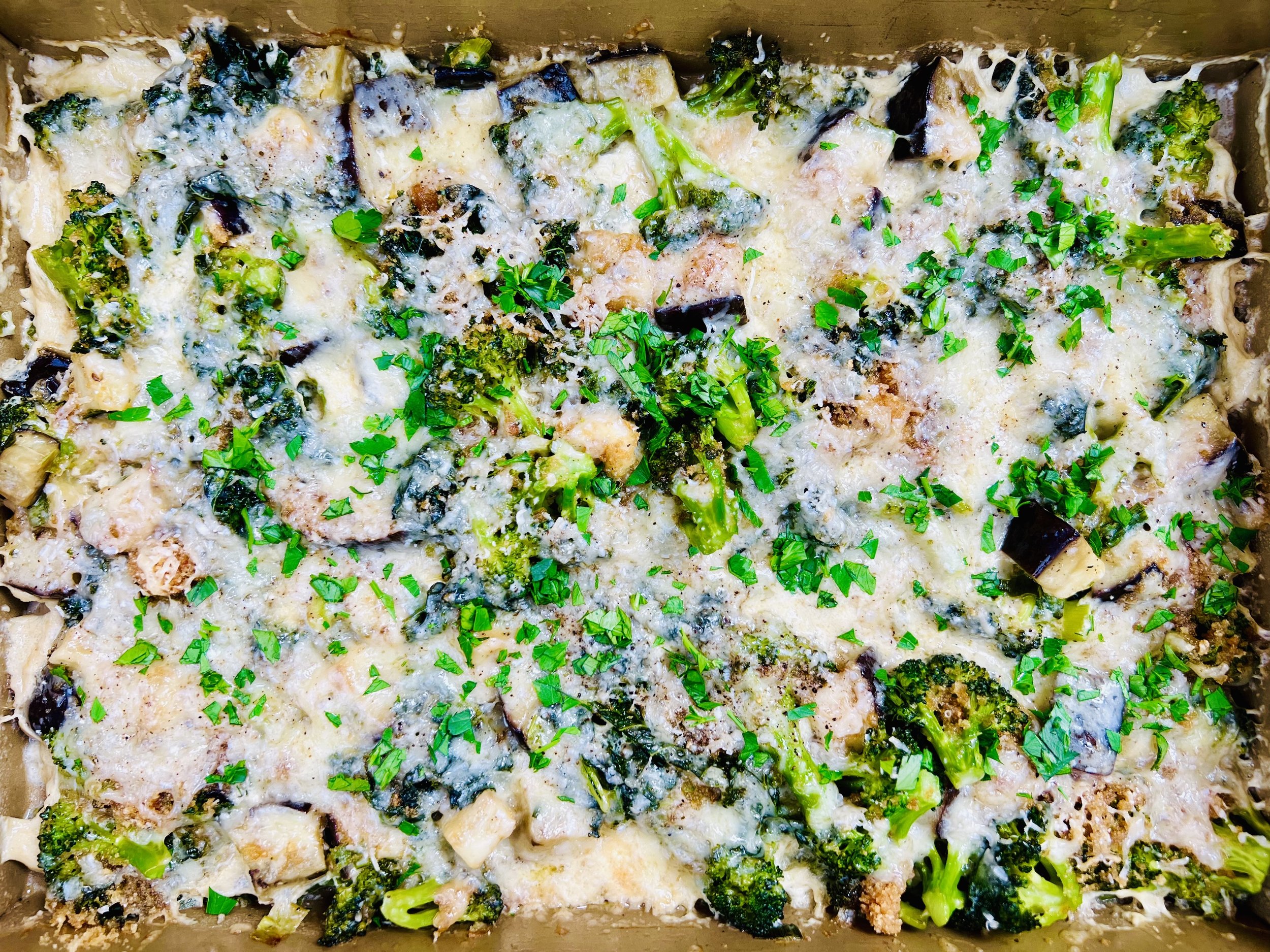
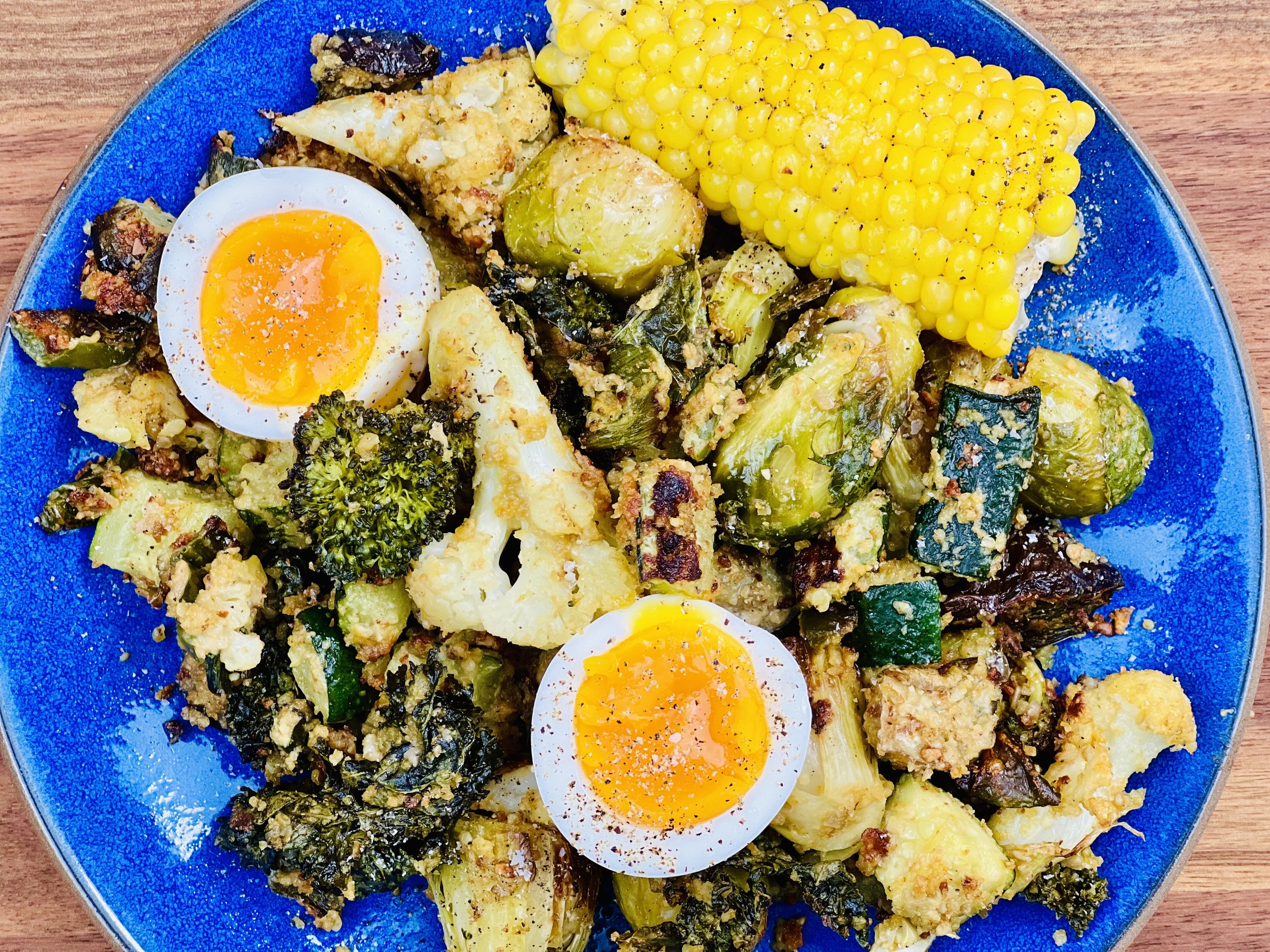
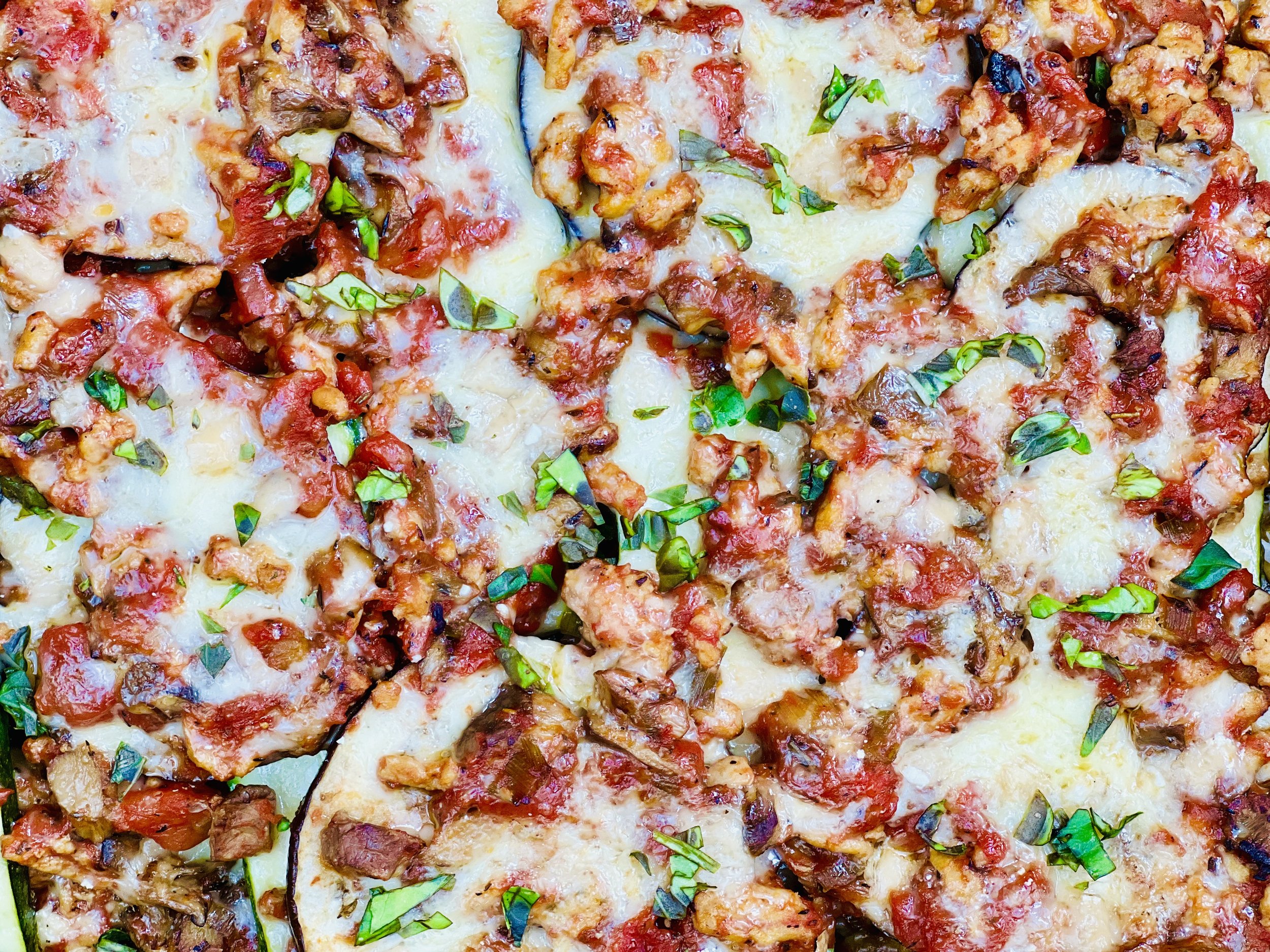
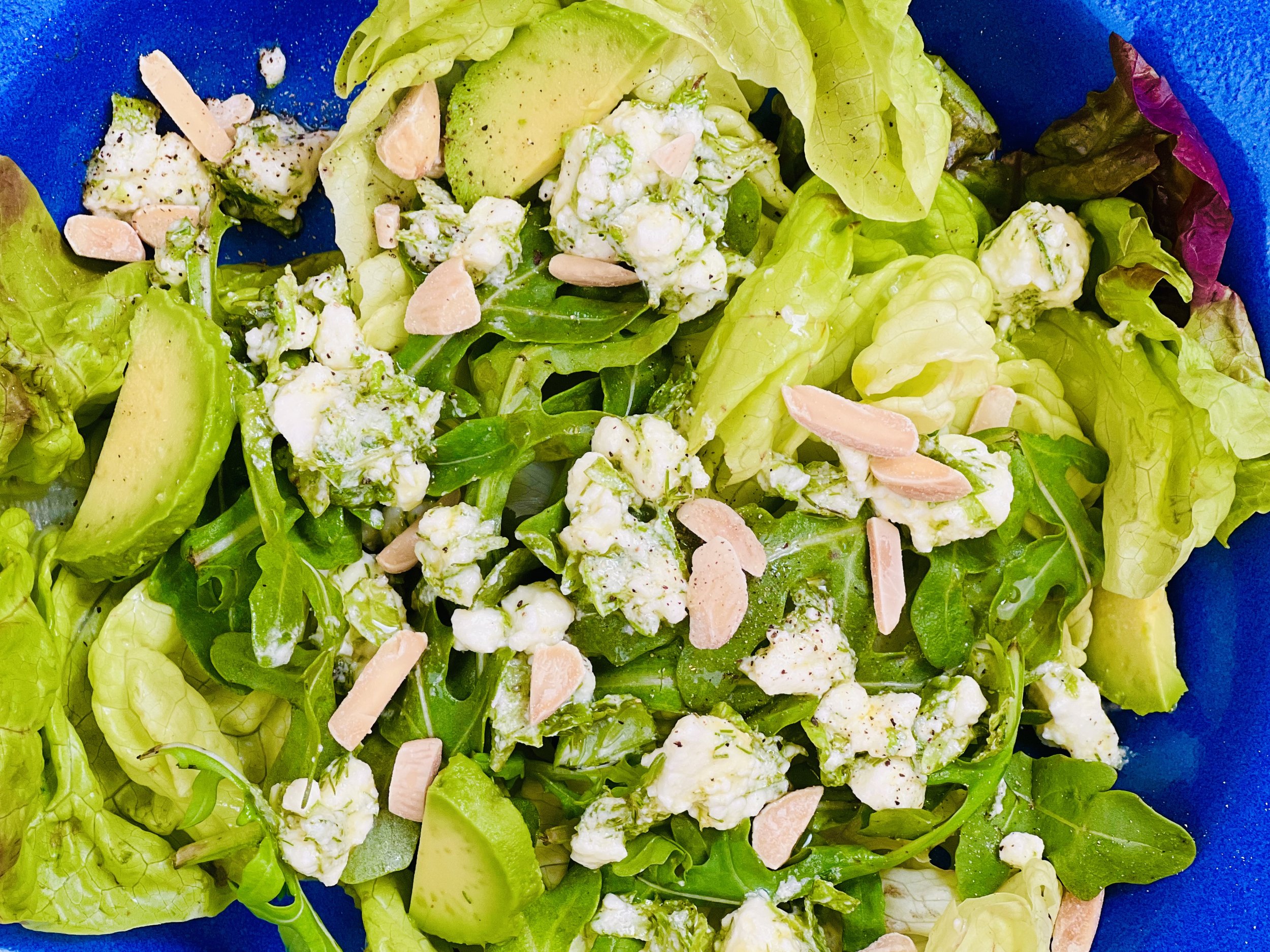
10 Minutes Prep • 50 Minutes Cook • Gluten-free • Dairy-free • Low FODMAP • Serving size 3-4 crackers